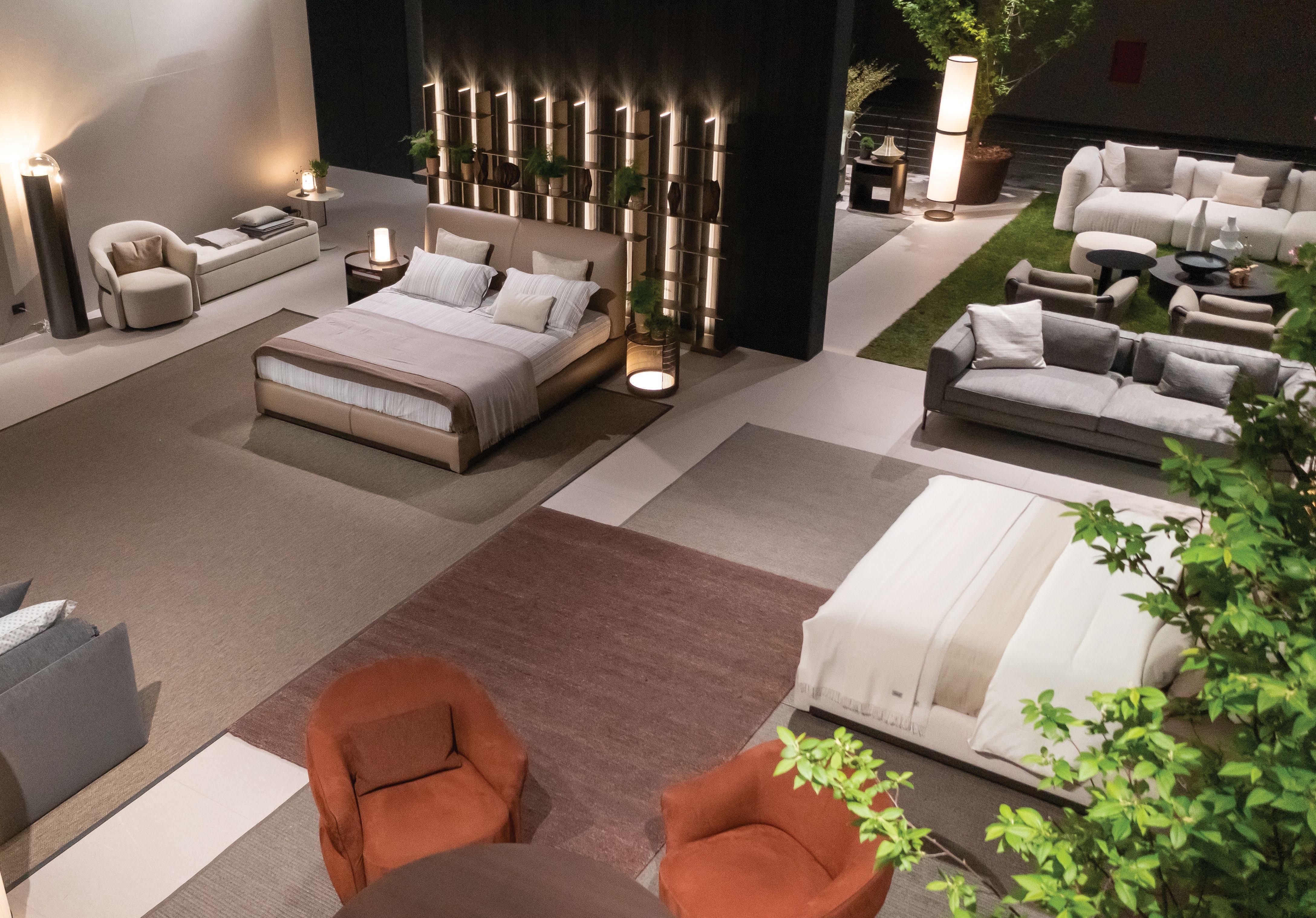
makemytrip MAN THE
Rajesh Magow on Resilience, Risk-Taking, and Building India's Travel Giant








Rajesh Magow on Resilience, Risk-Taking, and Building India's Travel Giant






Over the last few months, I’ve had the pleasure of meeting a fascinating crosssection of hotel brands and ownerships— established players, emerging stars, and everything in between. From the towering giants with portfolios that span continents to boutique hoteliers who operate under the radar, one thing has stood out across the board: their passion for the industry is undeniable. It doesn’t matter if they’re managing a sprawling chain or a single property; the zeal they bring to the table is infectious.
The larger players, naturally, get a lot of the spotlight. Their scale and reach mean they’re often the ones shaping industry trends, setting benchmarks, and leading innovation. But what struck me most were the smaller and medium-sized hotel owners. While they may not be as visible, their approach is just as powerful. Many of them are more hands-on, closely involved in every aspect of their business, and it shows in the personal touches they bring to their hotels. These owners often embody the heart of hospitality—fostering deep connections with their guests, creating intimate, memorable experiences. These smaller players also represent investments that are critical to the future of the industry. Many of them come from outside the traditional hospitality space, bringing fresh perspectives and new approaches. Their investment goes beyond
money—it’s an infusion of creativity, risk-taking, and a passion for innovation. This not only helps drive the sector forward but also elevates its stature as a key player in the economy. These businesses are creating jobs, boosting local economies, and contributing to infrastructure growth. In their own way, they’re building a foundation that is just as vital as the large chains, shaping the future of hospitality and solidifying its role as a significant employer and an economic driver.
For the industry to sustain its incredible momentum and continue on its encouraging upward trajectory, everyone must play their part—whether they’re in the spotlight or quietly working behind the scenes.
At SOH, we're committed to celebrating the intricate workings of the hospitality industry, where every cog—whether large or small—plays a vital role in keeping the entire system running smoothly. By sharing the stories and successes of all, we aim to highlight how each piece contributes to the precision and resilience of this dynamic ecosystem. As we recognise and celebrate the full spectrum of ownership and contributions, we believe the industry will reach new heights of maturity and evolution, driving economic growth and prosperity in India.

GURMEET KAUR SACHDEV gurmeetsachdev@soulinkkworldwidemedia.com
ED'S LETTER
Flight bookings = Makemytrip.
That’s the message from our cover story on Rajesh Magow, co-founder and Group CEO of a platform that has become far more than just a booking site. Its wide-ranging services make it a one-stop travel solution for all kinds of travellers. Magow shares insights into their success and what’s next for the company.
In this edition’s Consumer Insight, top experts guide hoteliers through navigating the complexities of consumer opinions and grievances, often aired on social media. A generational shift is underway—experiences and authenticity now outrank material excess. This shift affects not only accommodations but dining preferences as well. Hospitality brands must evolve to meet these changing demands.
Madhya Pradesh has steadily risen to become one of India’s top 10 destinations. We examine the key factors behind its success in our Market Intelligence feature.
Over in Nepal, the Design spotlight shines on Hilton Kathmandu. We explore its contemporary design, deeply rooted in the city’s culture and character, blending the tangible with the intangible.
India’s culinary diversity is unmatched, with cuisine evolving every 100 kms. Chef Hari Nayak, whose restaurant Jhol in Bangkok has elevated Indian coastal cuisine to a global stage, believes the future of hotel dining lies in chef collaborations and pop-ups. He shares his vision in this edition’s Culinary feature.
We also highlight the Dangayach Group, a rising force in Indian hospitality with 13 hotels, including the upcoming Waldorf Astoria Jaipur. Additionally, we engage with Kolkata’s hotel GMs on the city’s growing appeal in the travel market. Finally, don’t miss Mary Gostelow’s column, where she brings her unique perspective on the world of winery resorts.
Warm regards,
DEEPALI NANDWANI, EDITOR, SOH
Founder and Publisher
Gurmeet Sachdev
Editorial
Editor Deepali Nandwani
Managing Editor Rupali Sebastian
Contributing Editor Suman Tarafdar
Contributing
Writers
Pooja Bhulla
Rachna Virdi
Columnists
Mary Gostelow
Anjali Mehra
Vikram Achanta
Creative
Creative Director Tanvi Shah
Team Songjukta Banerjee, Shiv Soni
Contributing Artist Vishal Koul
Sales Manager
Deepa Rao
Office Manager
Deepak Rao
Accounts Head
Amey Acharekar
For queries:
editorial@soulinkkworldwidemedia.com sales@soulinkkworldwidemedia.com info@soulinkkworldwidemedia.com
Printed and Published by Gurmeet Sachdev on behalf of Soulinkk World-Wide Media LLP. Registered office: 1/2, Old Anand Nagar, Nehru Road, Santacruz East, Mumbai, Maharashtra - 400055. Printed at Silverpoint Press Pvt. Ltd., A-403, TTC Industrial Area, Near Anthony Motors, Mahape, Navi Mumbai – 400709. Editor: Deepali Nandwani. All rights reserved worldwide. Reproducing in any manner without prior written permission prohibited. SOH takes no responsibility for unsolicited photographs or material all photographs, unless otherwise indicated, are used for illustrative purposes only. Unsolicited manuscripts will not be returned unless accompanied by a postage pre-paid envelope. All disputes are subject to the exclusive jurisdiction of competent courts and forums in Mumbai only. Copyright Soulinkk World-Wide Media LLP.

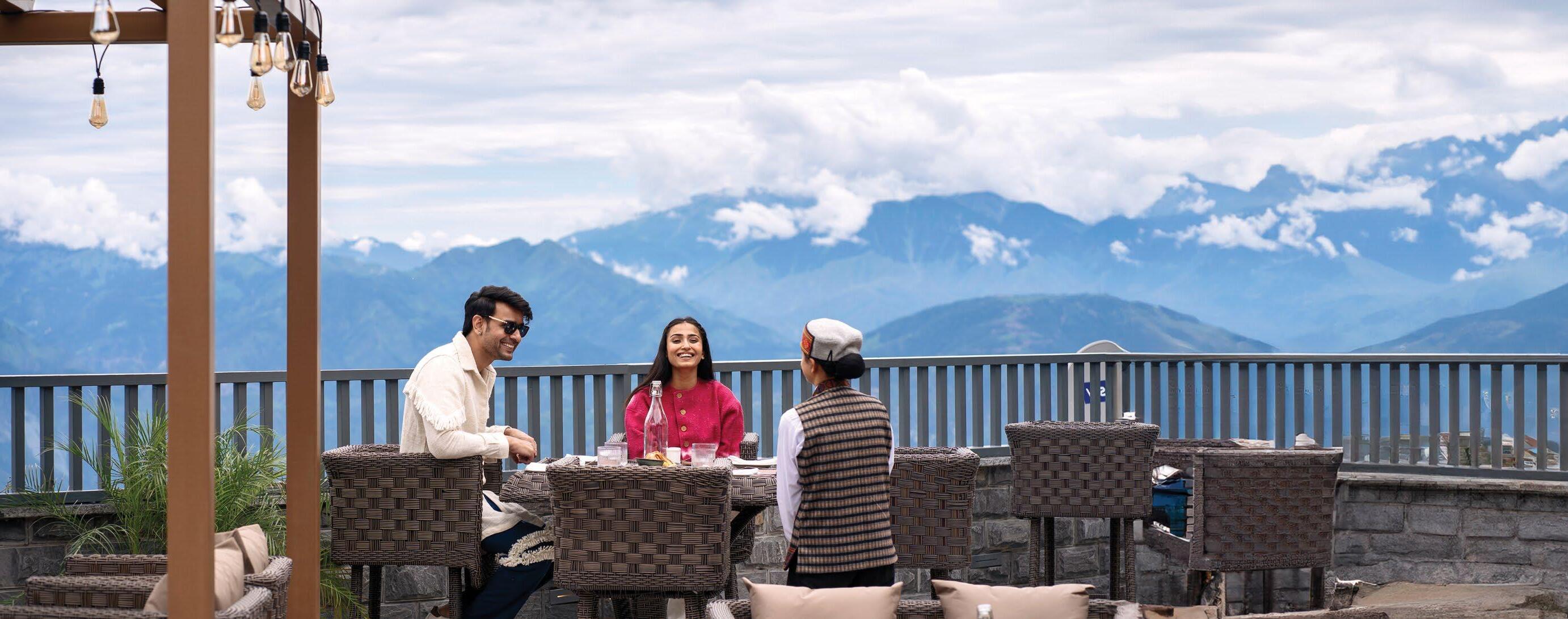








THE JOURNEY FROM START-UP TO TRAVEL SUPER APP Rajesh Magow shares insights on Makemytrip, reflecting on the highs and lows of the business journey and how the platform achieved its current scale.
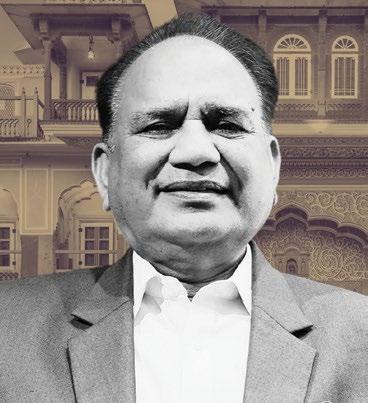
82
Segment-agnostic and successful Dangayach Group's remarkable growth and hospitality portfolio.
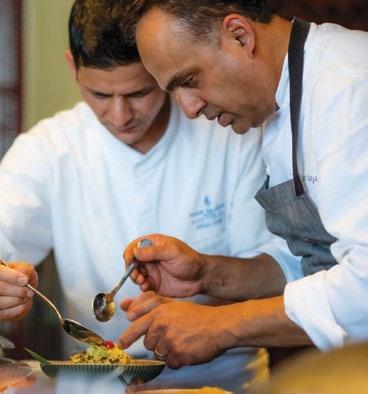
142
The path ahead for hotel restaurants Chef Hari Nayak envisions hotel dining with top chefs and collaborations.

120
Kolkata round-up
Evaluating the future of the city's hospitality sector with hotel general managers.

100 Design trend
Four experts reveal how restaurants will shape spatially.
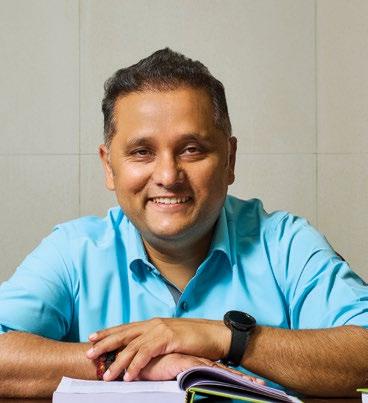
76
An author speaks How Amish Tripathi’s travels shaped his understanding of liberalism and traditions.
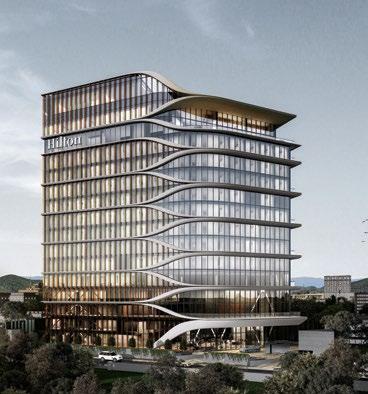
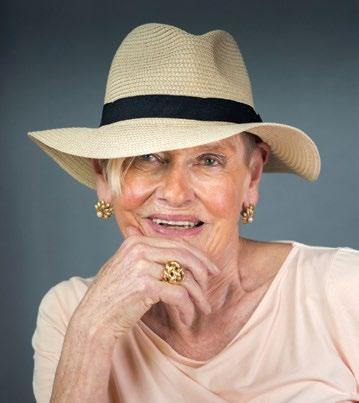
36
Expert speak Mary Gostelow delves into the business of winery resorts.
90
Hilton Kathmandu Nepal’s first Hilton blends traditional warmth with contemporary luxury and comfort.

56
Obscure no more Madhya Pradesh bags the eighth most visited state spot in Indian tourism.
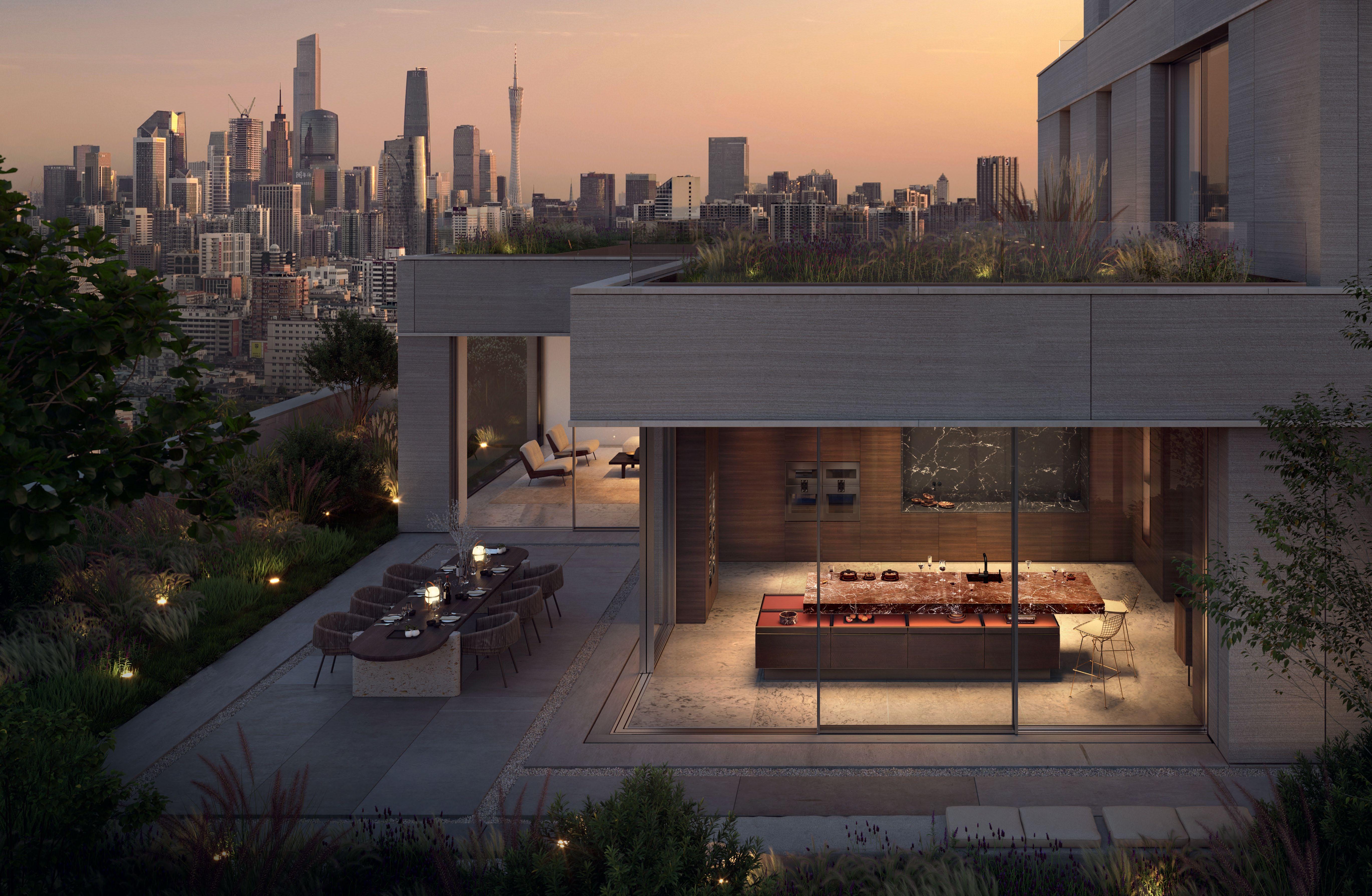
Mumbai
Ashford Chambers, Old Citylight Theatre | Lady Jamshedji Road | 400 016 Mahim, Mumbai 022 2446 7750/51/52/54 | mumbai@pluschliving.com
Bangalore No 37, 4th B Cross, 5th Block | Industrial Layout Koramangala | 560 095 Bengaluru 080 2550 4444 | bengaluru@pluschliving.com
Hyderabad
Plot No, 761, Rd Number 39 | CBI Colony, Jubilee Hills | 500 033 Hyderabad +91 82972 25491 | hyderabad@pluschliving com
Delhi
F 3/1, Okhla Industrial Area | Phase 1, Near Crowne Plaza | 110 020 New Delhi 011-41553333/6789 | delhi@pluschliving.com


Simply put, this kind of spatial design can now involve the brain as well as the eye.
Hotels and restaurants can boost well-being by exploring the fascinating intersection of neuroscience and design. Learn how neuroarchitecture can create environments that nurture both body and mind.
RUPALI SEBASTIAN
Neuroaesthetics—also called NeuroArts —is a sub-discipline of applied aesthetics, and takes the scientific approach to aesthetic judgements that are in response to art, music, architecture, or any object or scene. Simply put, this cuttingedge stream uses neuroscience to explain aesthetics at a neurological level.
Architecture or spatial design, which is so intimately connected to humans, has been traditionally preoccupied with aesthetics, functionality and a compliance-driven process. It can now add well-being to its pursuit with neuro-architecture—the synapse between architecture and neuroscience.
In her short but enlightening presentation on How Neuroarchitecture will change your well-being given under the aegis of TEDxGeneva, Fiona Beenkens, the founder of BetterAtHome and an architect who focuses on well-being, draws attention to the conscious and unconscious parts of our brain: the first which thinks and understands; the second which doesn’t think and is there to protect us. Neuro-architecture addresses the latter.
Beenkens talks about the three pillars of neuro-architecture: organising spaces differently; using colour consciously and leaving the ego behind. The first two are particularly interesting vis-a-vis hospitality design. She says our primeval need is the feeling of protection—a wall behind us, for instance, can engender a feeling of control. Extrapolating from this statement, while an open restaurant may look very nice and spacious, the sub-conscious mind is on an alert (not restful) mode because of the absence of sheltering devices for
seating configurations. Carving smaller enclosed seating—such as booths with banquettes—are better from a neuro-design point of view.
Similarly, there is focus on the ‘mindful’ use of colour—black is powerful but forbidding. A black ceiling may look beautiful, but subliminally, we associate it with a sombre grey sky. Similarly, a red cafeteria looks spunky, but the colour is associated with anger and interdiction.
In Design Hotels’ study Neuroaesthetics—Design for the Mind (written in partnership with Kinda Studio, produced in collaboration with FSB), architect Suchi Reddy elaborates on her design principle ‘Form follows Feeling’ stating that feeling is chemical, physical and situational. “Our best connections are made in amazing spaces created with certain conditions, and almost always with an emotional undertone,” she says in her interview. “We really need to understand that our surroundings are not just passive backdrops. They are an active agent in our
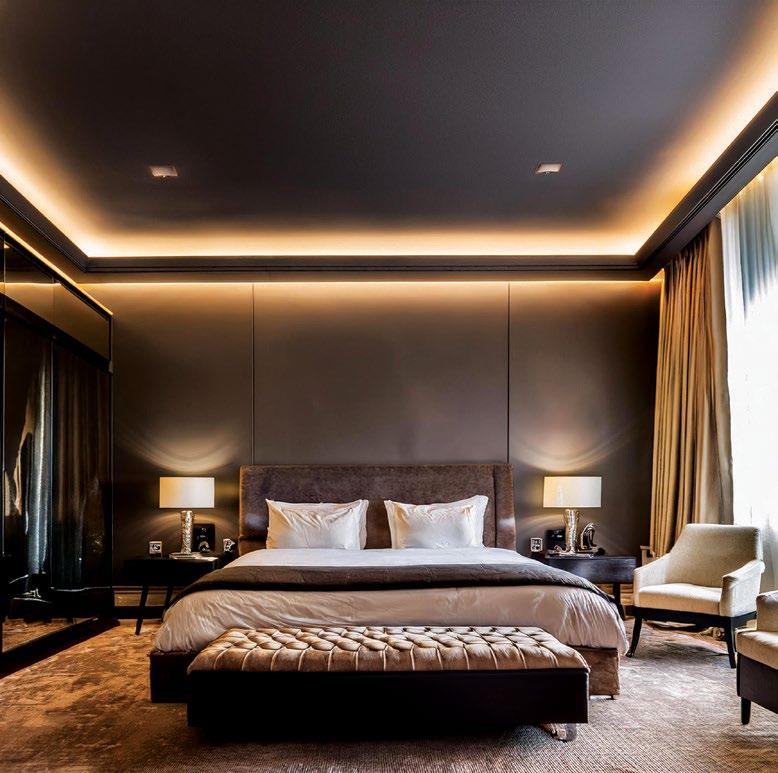
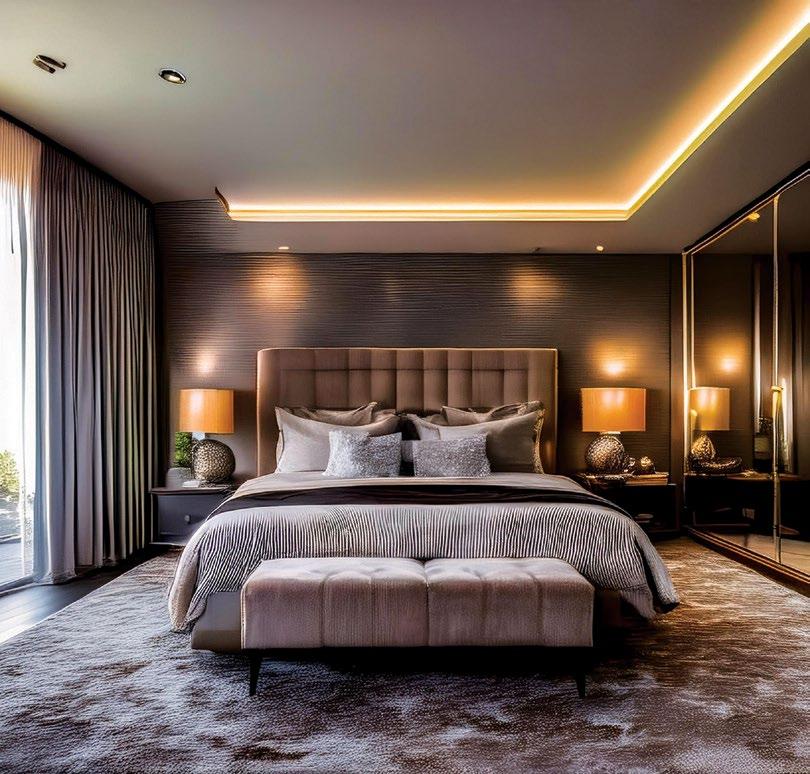
emotional, mental and physical well-being.”
Interesting insights indeed, and quite pertinent to the realm of hospitality design that can now put a guest’s sense of well-being at par with their physical comfort. By tapping into the subconscious mind and addressing our primal needs, neuro-architecture can revolutionise hospitality design, transforming mere physical spaces into emotional sanctuaries that leave a lasting impact on guests and drive loyalty.
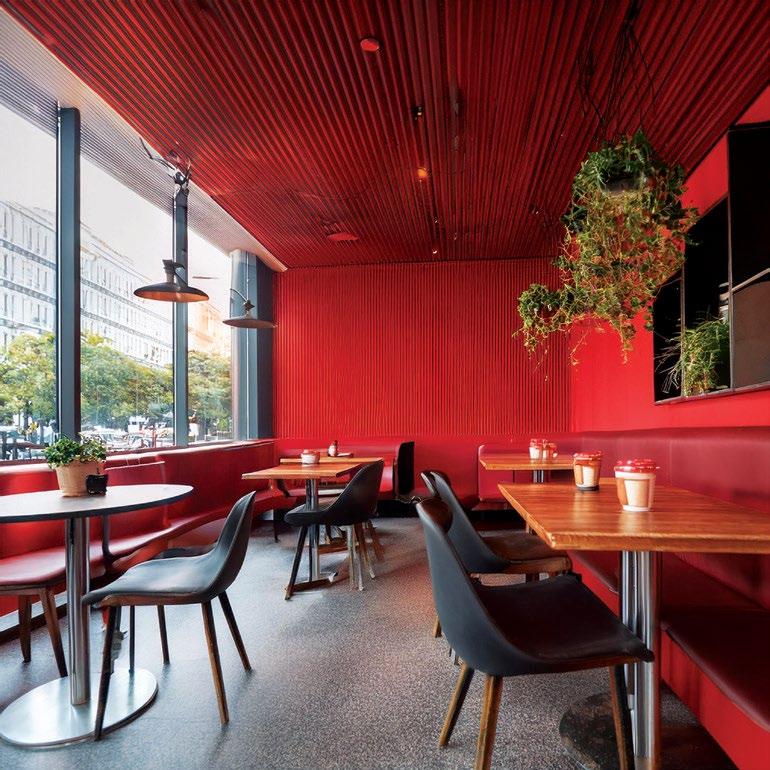
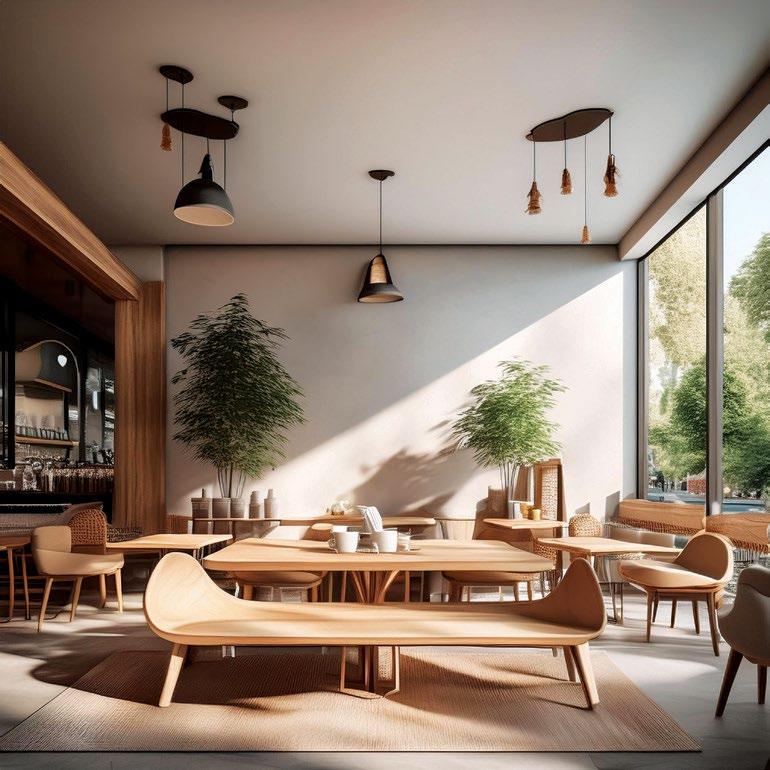
The evolutionary wiring that favours safety and security triggers a biological response. The salience network draws our attention to what matters to us; while the ‘seat of self’ reacts to patterns that are personally significant. This activates the pleasure centres to release feelgood chemicals such as dopamine, serotonin and oxytocin. These are connected to the autonomic nervous system, and communicate with the brain to guide feelings, actions and experiences.
This mechanism also involves memories, deep-seated in the hippocampus. The brains response to such an experience may also call out to this centre, resulting in ‘reliving’ in memories. It’s a compelling approach that could act as an antidote to rising stress levels and a fissured society, and bear a positive influence on individuals and the society as whole.

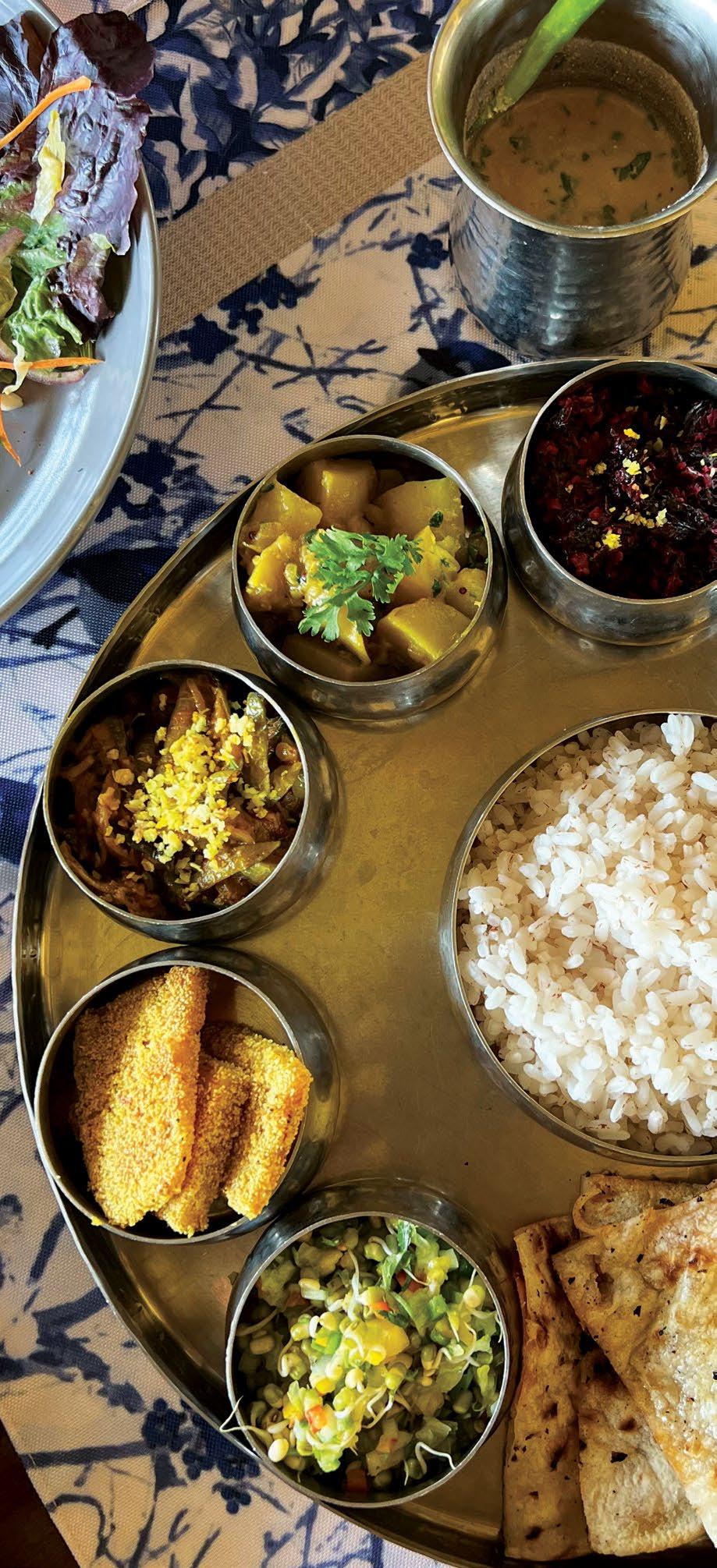

The Godrej Food Trends Report 2024 highlights the rise of the Indian gastro tourist, driven by a quest for culinary adventure. Cities such as Kashmir, Goa, and Kolkata stand out as top culinary destinations, celebrated for their unique food heritage and vibrant flavours, with other cities such as Varanasi, Indore, Agra, and Madurai not far behind.
DEEPALI NANDWANI
Travelling to eat is a rather spiritual experience for those of us who love their food, particularly when you are travelling to explore a culinary destination, rather than just a restaurant or to sample a celebrity chef’s food.
Over the years, India has thrown up destinations with a thriving, vibrant food culture that are at the fulcrum of the experiences they offer. Every year, Godrej Food Trends Report maps out the food trends that will dominate our culinary choices, and facilitate conversations about the food space.

BOTTOM: The slow-cooked Wazwan is characterised by its rich flavours, aromatic spices, and unique cooking techniques.
The Godrej Food Trends Report 2024 predicts that the Indian gastro tourist will come into his own, “driven by a desire for adventure on the plate. From the traditional kitchens of yesteryears to the modern gastronomic hubs, India’s food culture has undergone a significant transformation. Over the decades, regional cuisines have evolved, incorporating diverse influences and ingredients, making Indian cuisine a vibrant tapestry of flavours.”
Travel industry statistics predict that Indian travellers will spend more on travel in 2024; the Godrej Food Trends Report has consistently reported an increase in culinary travel since 2022. “The significant shift from the postpandemic ‘revenge travel’ mindset to a YOLO (you only live once) one, will have travellers seeking
more culture-led immersive travel experiences, and food will be a large part of the proposition,” shares Rushina MunshawGhildiyal, curating editor of the report.
The report tracks the evolution of cities such as Delhi, Lucknow, Agra, and Jaipur in the north, Madurai, Karaikudi, Hyderabad and Mangaluru in the south, Goa, Ahmedabad and Mumbai in the west, and Kolkata in the east as popular culinary destinations. According to the report, new options also come into focus every season. “The northeastern region of India has been attracting a lot of attention in recent years as have cities like Bikaner and Jodhpur in the west, which were not traditionally known for their food,” says Anubhav Sapra who conducts food walks in many other cities and is considered a pioneer in the field.
Agra is surprisingly an emerging culinary destination. “With a diverse population of
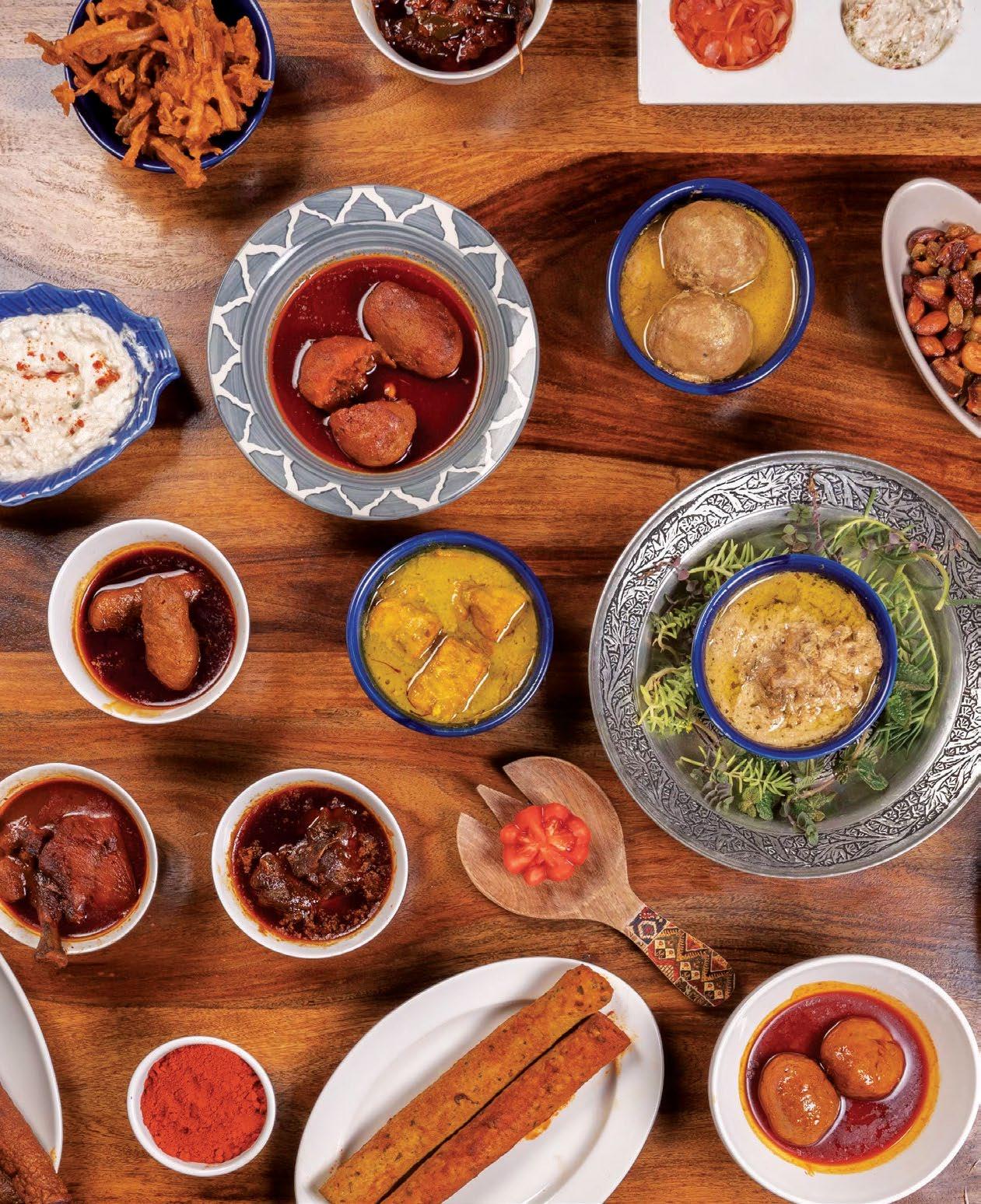
Sindhis, Muslims, Jains, and Marwaris, and food practices that go back to the Mughal era, Agra has always had a rich culinary fabric. It is only now that we are being recognised for it,” says Tahir Ahmed Qureshi of Agra Heritage Walks, who conducts food tours beyond popular food districts. Destinations such as Old Delhi, Amritsar, Lucknow, Kolkata, Varanasi and Indore offer immense opportunities for street food explorations, especially since old congested areas, with some of the best street food experiences, are being revamped. Fuelled by Instagram, several food connoisseurs and bloggers are making their way to these destinations to share their own food stories. However, the top three destinations that have perfected the art of creating a food theatre out of its immense food culture heritage, particularly its street food experience, are Kashmir, Goa and Kolkata.
The legendary and slow-cooked Wazwan cuisine is a classic. But beyond that, Kashmir is an interesting culinary destination for several reasons. The food is characterised by its rich flavours, aromatic spices, and unique cooking techniques that reflect the region's diverse cultural influences, including Persian, Mughal, and Central Asian traditions. Dishes such as Rogan Josh, Yakhni, and Dum Aloo are signature examples, often cooked with saffron, cloves, and fennel. Kashmiri breads such as sheermal, baqerkhani, and girda are enjoyed with tea. The region's historical connections with cultures such as Central Asian and Persian introduced several bread-making techniques and styles to Kashmir. Persian influences brought the art of baking leavened bread, while Central Asian and Mughal culinary practices introduced rich, flaky bread like baqerkhani and sheermal. Food in Kashmir is deeply intertwined with Kashmiri hospitality, where meals are a communal experience, symbolising warmth, togetherness, and the region's storied history of artistry and tradition. With 84.2% of experts recommending it, Kashmir tops Godrej Food Trends Report 2024’s list of culinary destinations for 2024.
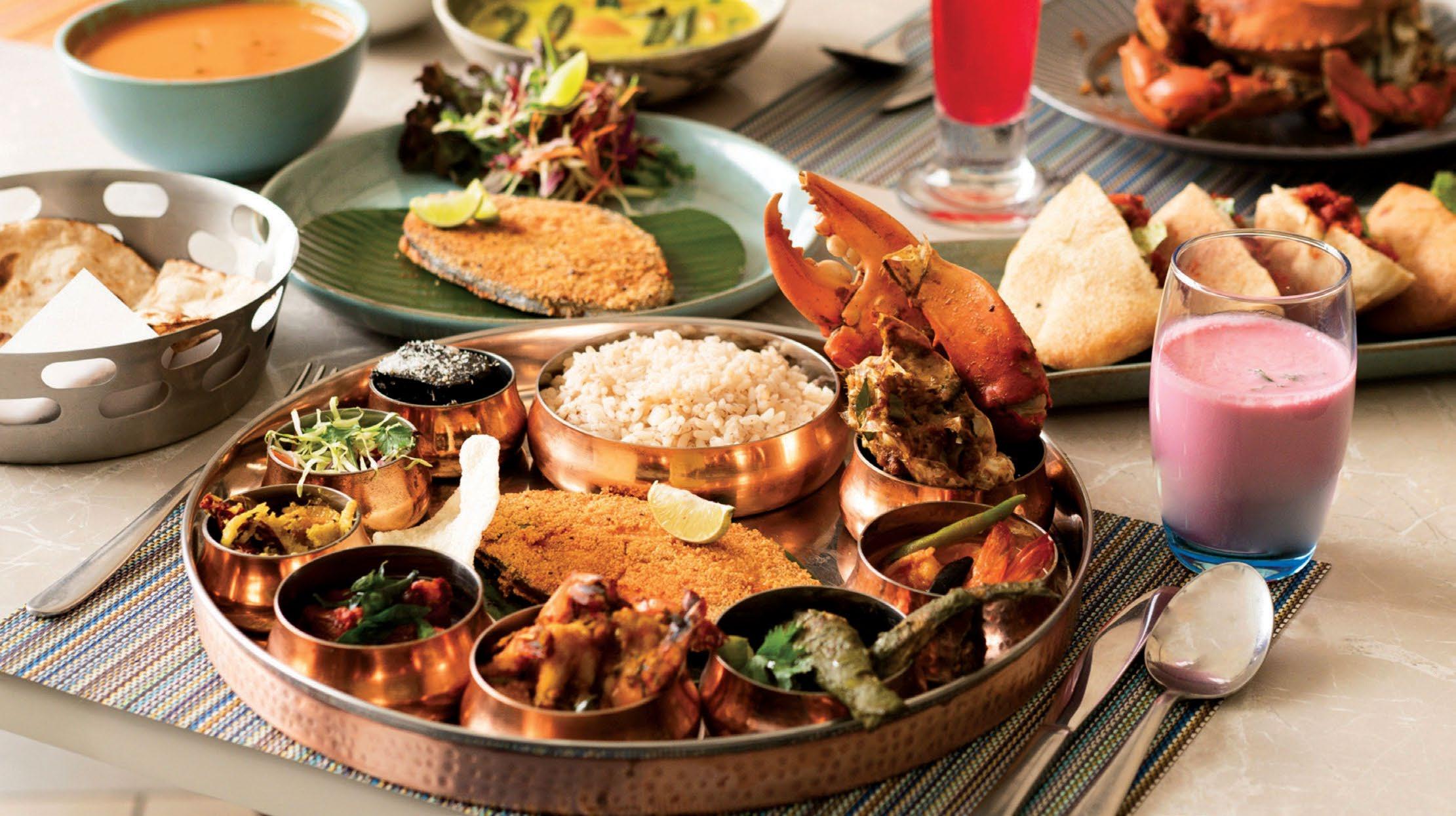
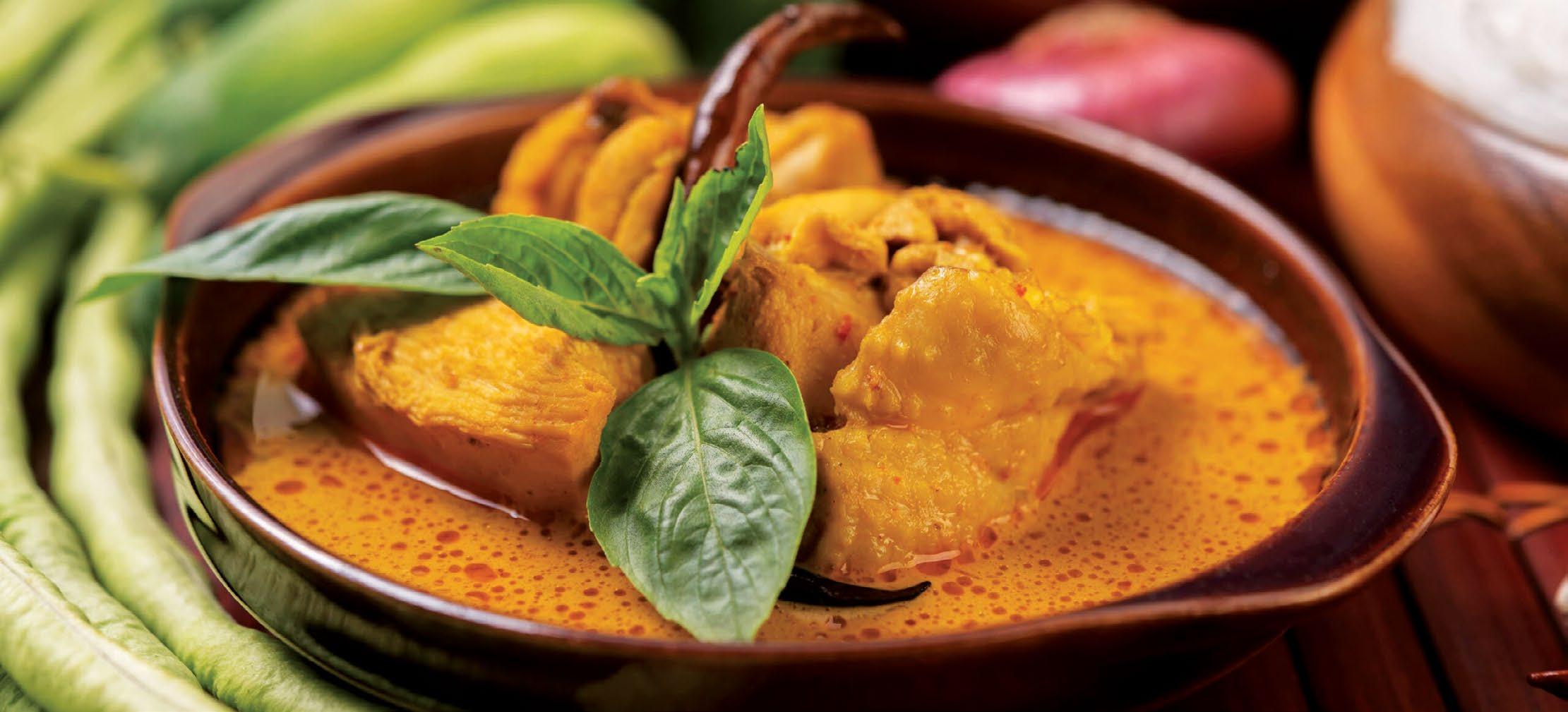
At every corner and in every Goan village stand some of India’s best restaurants. Goa is increasingly known for its vibrant food culture, its high-quality network of restaurants serving both Indian and world cuisine, and the plethora of culinary experiences that it offers. The opening of new establishments by big industry brands is expected to make Goa even more desirable in 2024, as predicted by 81.6% of experts. In 2024, travellers will also fly in to experience Goa’s native food culture, marked by two very distinct food cultures—Goan Catholic and Saraswat Brahmin. The Goan Catholic cuisine reflects the state’s Portuguese colonial influences. In its food armoury are ingredients such as vinegar (as a souring agent), pork, and chorizo, cooked into dishes made with masalas such as vindaloo, xacuti, and sorpotel. The use of spices, coconut, and seafood is prominent, creating a unique fusion of European and Indian flavours. The Saraswat Brahmin cuisine of the Hindu Saraswat Brahmin community largely has vegetarian, chicken and fish at its core. It emphasises fresh, seasonal produce and the use of coconut, and lentils. Signature dishes such as ambat, kismur, khatkhate and tondak highlight the community's focus on simplicity, health, and traditional Ayurvedic principles.
At the core of Bengali food are fresh ingredients, particularly fish, rice, lentils, and vegetables, often flavoured with piquant mustard oil and a five-spice blend called panch phoron.
Conversations in Bengal revolve around politics, cinema and food. The last, particularly, has catapulted Kolkata into the third most desirable place to visit for food in 2024, according to 78.6% of experts. Bengalis love their fish, but they also have a strong tradition of serving delicious vegetarian cuisine. Food has deep connections to tradition and culture. At the core of Bengali food are fresh ingredients, particularly fish, rice, lentils, and vegetables, often flavoured with piquant mustard oil and a five-spice blend called panch phoron. Fish varieties such as ilish and rohu are central to Bengali cuisine. Elaborate meals follow a specific order, starting from bitters and moving to sweet dishes. Is there anything better than the Bengali sweets tradition, some of which they borrow from Odisha, like rosgulla? Kolkata's vibrant street food culture often revolves around Kolkata egg roll, phuchka and jhalmuri (dry bhel). It was the only Indian city on Eater’s World Top 10 Dining Destinations in 2023, which recommended “deviled crabs at a midcentury cabaret and phuchka from a decades-old street vendor”.
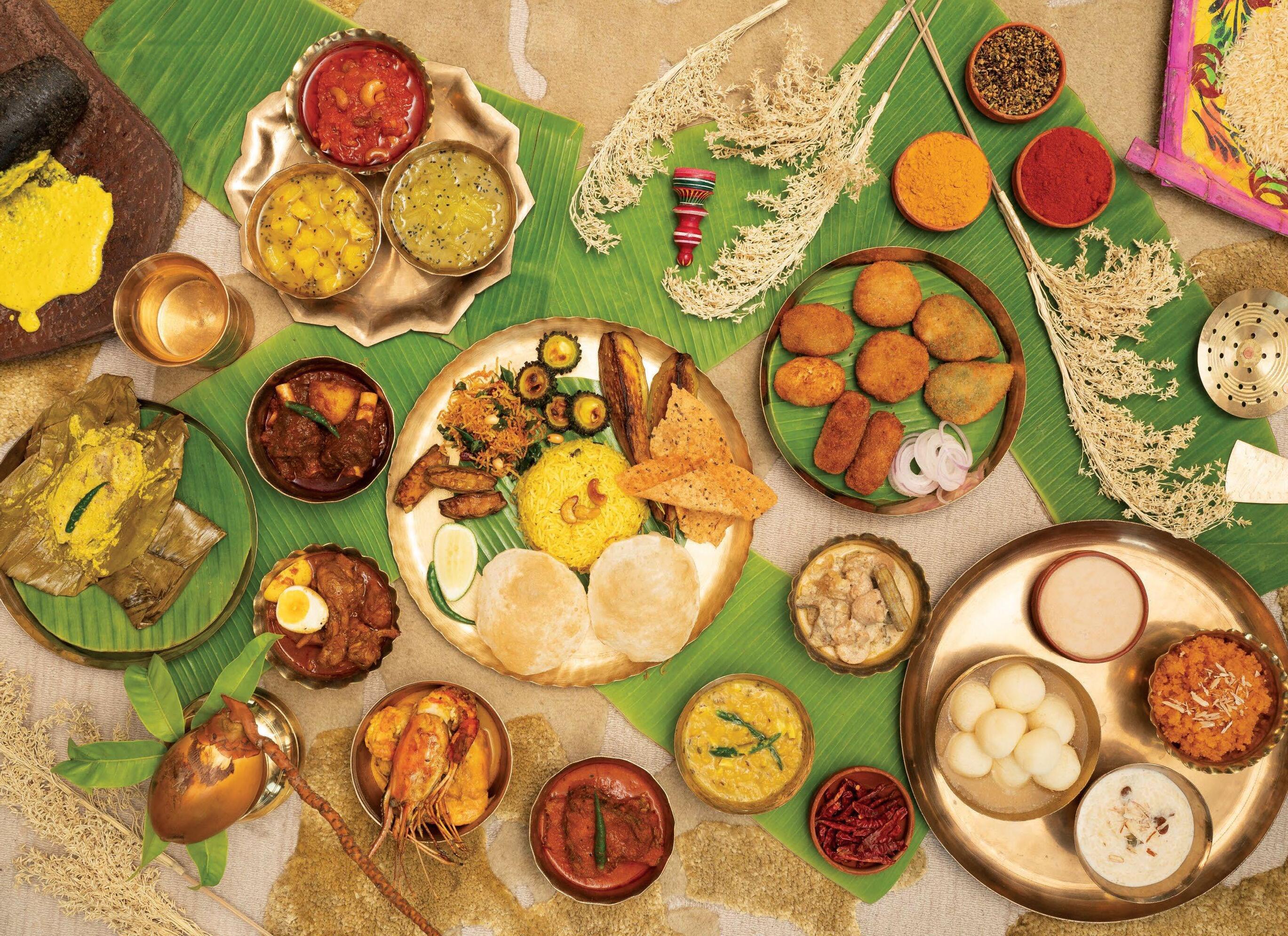
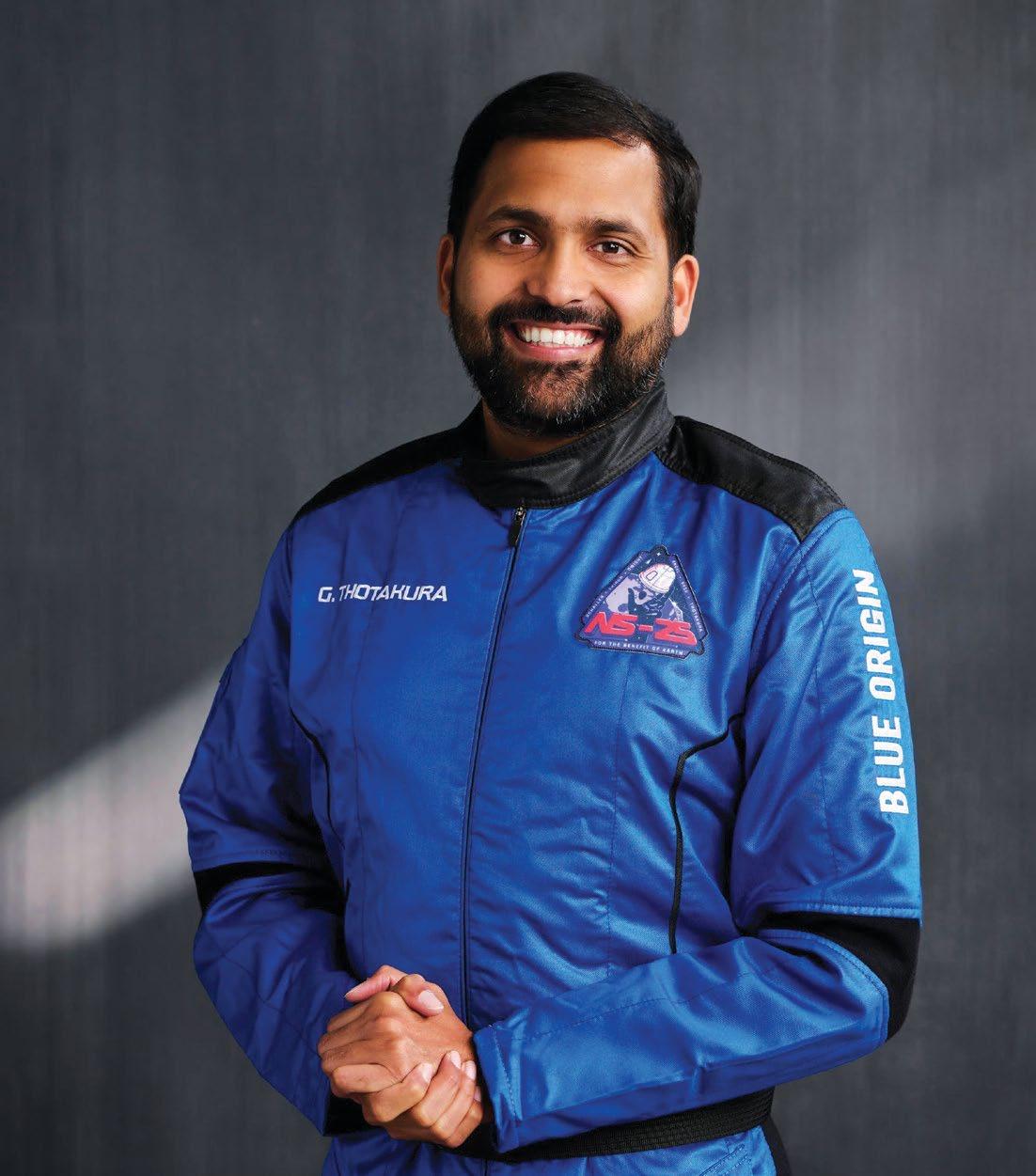
The dawn of civilian space travel is upon us, and thrill-seekers like Gopichand Thotakura, alongside visionary billionaires Elon Musk, Richard Branson, and Jeff Bezos, are transforming the impossible into an exhilarating reality. For the adventurous luxury traveller, the final frontier is now open for exploration.
Imagine hurtling through space at 25,000 miles per hour, escaping earth’s atmosphere and crossing the Kármán Line, the invisible boundary that separates our planet from outer space. As the earth spins below you and a sense of weightlessness sets in, you’re struck by the sheer magnitude of it all. At this moment of epiphany, what would you think of?
For Gopichand Thotakura, the first Indian aboard Jeff Bezos’s Blue Origin NS-25 mission, this moment of awe was life-changing. “The beauty of the majestic blue ball, as I refer to earth, is indescribable,” says Thotakura.
“At the edge of space, I realised we’re missing something profound—the understanding of just how fortunate we are to live, stand, play, and sleep on this planet we call earth. Experiencing space firsthand is essential to grasp its true significance. No movie or globe on your desk can ever convey its importance the way seeing it can."
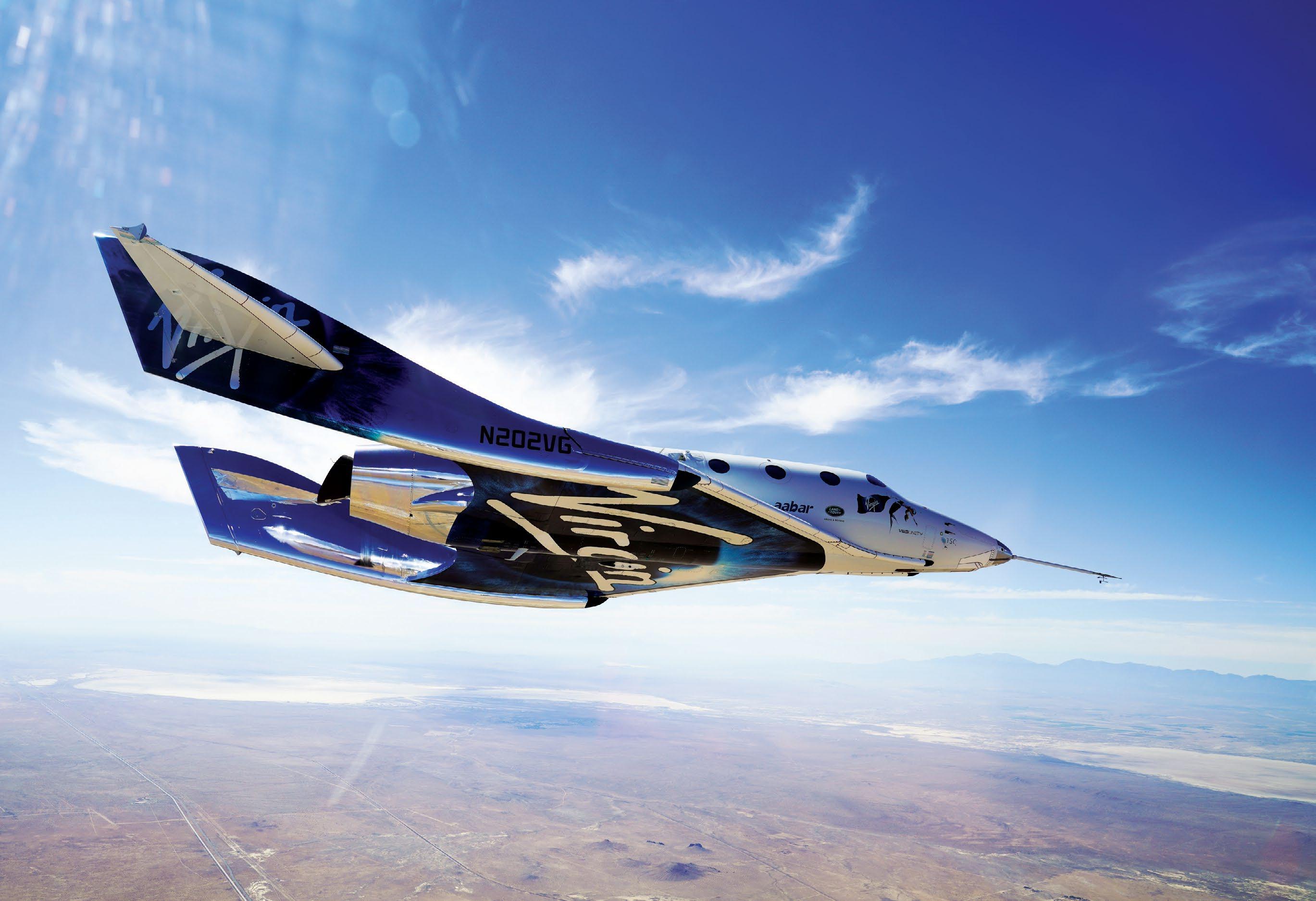
Thotakura is an Andhra-born entrepreneur, aeronautical engineer, and pilot, who moved to the US during the COVID years. He was part of a six member crew who hurtled into space aboard the NS-25 mission launched by Blue Origin, Bezos’s space travel outfit.
This was NS-25’s 25th flight under the New Shepard program, though the first with an Indian-

origin space traveller. New Shepard has, to date, shepherded 37 people into space on a fully reusable sub-orbital launch vehicle developed for space tourism. After liftoff, the sleek capsule separated from its booster, which boasts zero carbon emissions, before the rocket performed a precise vertical landing.
Thotakura is a man who knows a thing or two about flying and space—he learnt to fly before he could drive. Among his other passions is climbing mountains and serving as an international medical jet pilot, who flies live-saving drugs to those parts of the globe that are still struggling to get their medical systems at par with a more developed world.
At the close of 2021, a landmark moment unfolded in the realm of space exploration. Nearly a decade after NASA retired its space shuttle program in 2011, Japanese billionaire Yusaku Maezawa embarked on a selffunded 12-day journey to the International Space Station (ISS) aboard a Russian Soyuz spacecraft.
Joining him were veteran Russian cosmonaut Alexander Misurkin, who led the mission, and Maezawa’s production assistant and videographer, Yozo Hirano. Before the voyage, Maezawa shared, “I’m so curious, ‘what’s life like in space’? I wanted to find out on my own and share it with the world...”
However, this journey was just a prelude to Maezawa’s greater ambition: travelling around the moon. His next mission, dubbed ‘dearMoon,’ will see him journey aboard SpaceX’s Starship, a spacecraft currently in development, accompanied by eight others he has personally selected. Maezawa is part of an elite group of wealthy individuals venturing into space, a trend that began with American businessman
GOPICHAND
THOTAKURA
ENTREPRENEUR, PILOT, AND SPACE TRAVELLER
“At the edge of space, I realised we’re missing the understanding of just how fortunate we are to live, stand, play, and sleep on the planet we call earth. ”
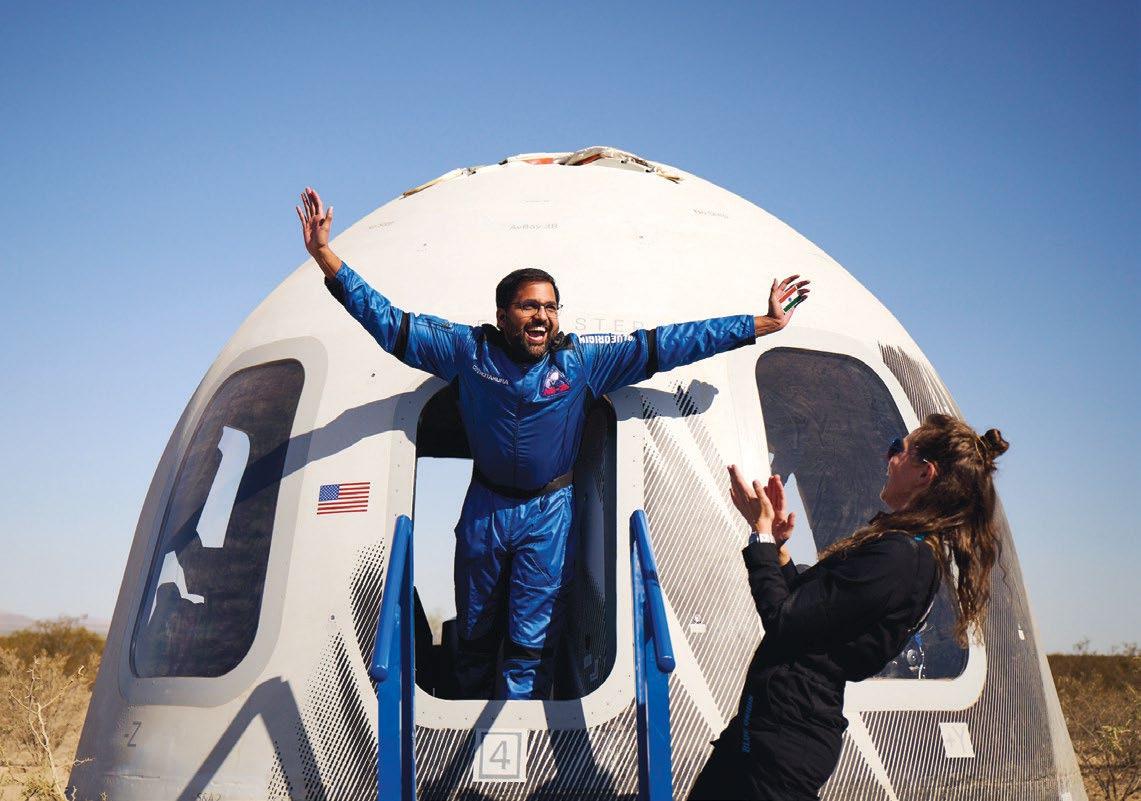
Dennis Tito’s historic 2001 trip to the ISS, which reportedly cost him $20 million.
Private space companies led by billionaires Elon Musk (SpaceX), Richard Branson (Virgin Galactic), and Jeff Bezos (Blue Origin) offer a range of space services, from satellite launches and cargo delivery to ferrying crew to the ISS.
These firms are now at the forefront of civilian space travel and have already completed several missions, with ticket prices reaching up to $50 million.
More ambitious plans are underway, including Musk's goal to land humans on the moon and Mars by 2026.
The allure of witnessing Earth from a perspective few have ever seen is fuelling the rise of civilian space travel.
The 10-12 minute experience includes weightlessness and aweinspiring views from about 360,000 ft. (110 kms.) above Earth. The training is tough, though nearly not as tough as for the astronauts: these intrepid space travellers are put through physical and mental training to take calculated risks and maintain strong physical and mental resilience.

While Blue Origins has yet to reveal the obscene price tag that comes attached to a space journey, a comparable trip on a Virgin Galactic spacecraft costs around $450,000 (approximately ₹3.75 crore). A journey to the International Space Station (ISS) is estimated to cost between 20 to 25 million dollars (about ₹160 to ₹210 crore). A recent NASA internal report states that companies such as SpaceX and Space Adventures, who have joined the space travel race, are planning to offer lunar missions for about 70 to 100 million dollars (about ₹600 to ₹850 crore).
Much like the early days of commercial aviation, space travel will initially be limited to a select few. But it’s poised to become a key part of experiential travel.

Iconic French pâtisserie Ladurée brings Parisian elegance and sophistication to The Ritz-Carlton, Pune, ramping up the café experience within a hotel.
RUPALI SEBASTIAN
The pâtisserie landscape in India is undergoing a remarkable transformation, marked by an increasing appreciation for luxurious and quality culinary experiences. The burgeoning presence of artisanal boutique entities and established brands stands testimony to the evolving and sophisticated tastes of Indian consumers, who increasingly seek highquality desserts: either new offerings or reinventions of classic creations.
Focusing on French-inspired ones alone, if home-grown Le 15 Pâtisserie represents the boutique end of the spectrum, 162-year-old Paris-based,
LEFT: Ladurée at The Ritz Calrton, Pune. RIGHT: The pâtisserie's creations add flavour and Parisian glamour to the High Tea.


CHANDNI NATH ISRANI MANAGING DIRECTOR, CK ISRANI GROUP
“The Ritz-Carlton, Pune was a natural choice as it embodies the same standards of luxury service and sophistication that Ladurée represents.”
pan-global Ladurée occupies the ‘branded’ end. The latter, a historic name synonymous with refinement and indulgence, made its debut in Delhi—in the upscale and fashionable shopping districts of Khan Market—followed by a presence in Mumbai’s luxury retail destination Jio World Plaza.
With its new café at The RitzCarlton, Pune, the pâtisserie, which invented the ‘double-decker’ macaron and whose signature macaron towers are iconic symbols of Parisian chic, is poised to elevate Pune’s culinary landscape.

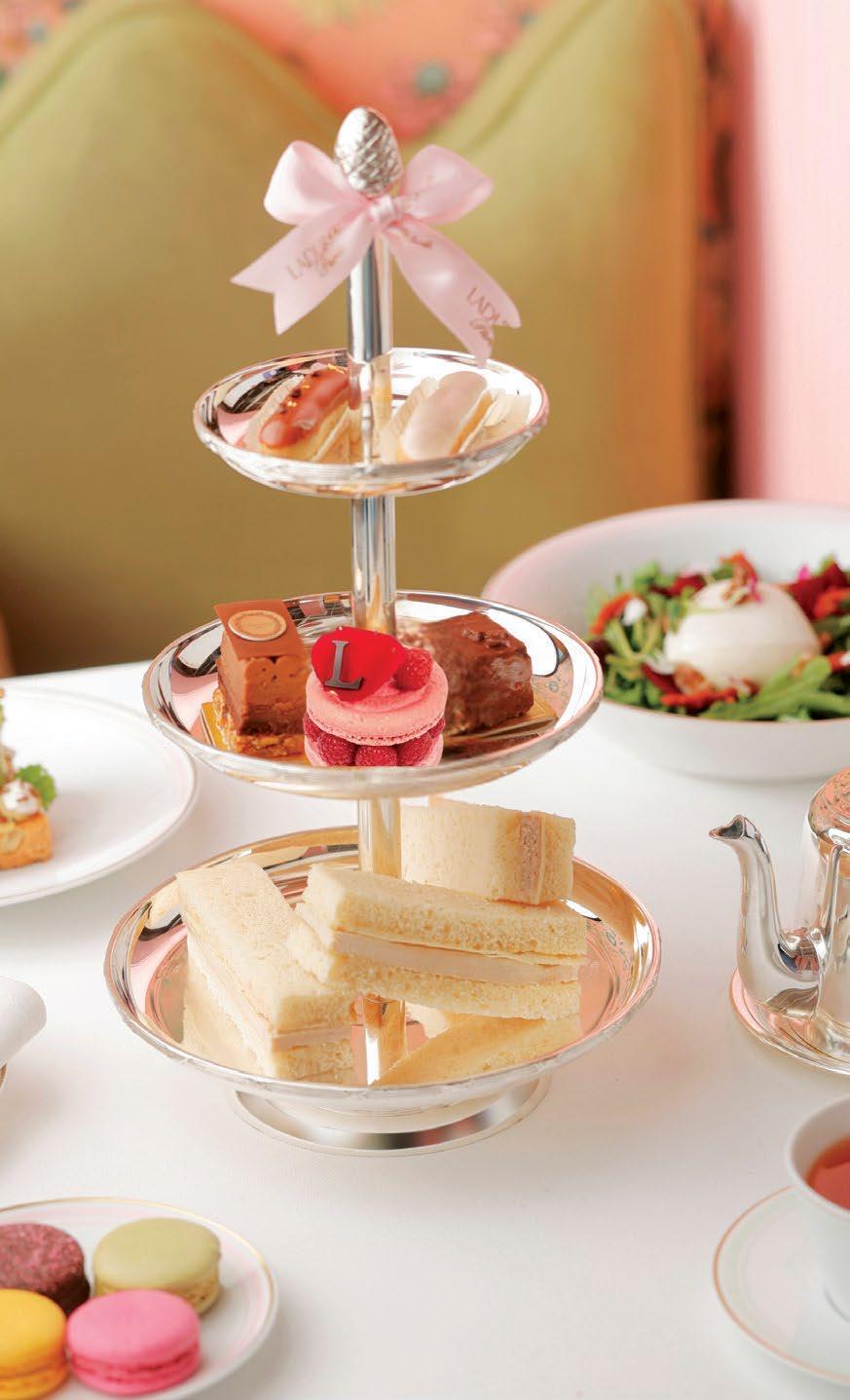

RAJ GOSWAMI
ASSISTANT
DIRECTOR – F&B, THE RITZ-CARLTON, PUNE
The location is noteworthy, as it marks a significant milestone in the intersection of luxury hotels and high-calibre pâtisseries. Chandni Nath Israni, Managing Director, CK Israni Group, who brought Ladurée to India, explains why Pune and The Ritz-Carlton were identified as the home for its third venture: “As Pune’s culinary landscape continues to evolve, so does its growing appreciation for luxury experiences. The Ritz-Carlton, Pune, was a natural choice as it embodies the same standards of luxury service and sophistication that Ladurée represents. Together, we aim to create a unique destination for the city’s discerning gourmands.”
NISHANTH VISHWANATH GENERAL MANAGER, THE RITZ-CARLTON,
PUNE
“Many of our guests come to us with a love for Ladurée’s renowned standards, which align perfectly with the upscale expectations of our clientele.”
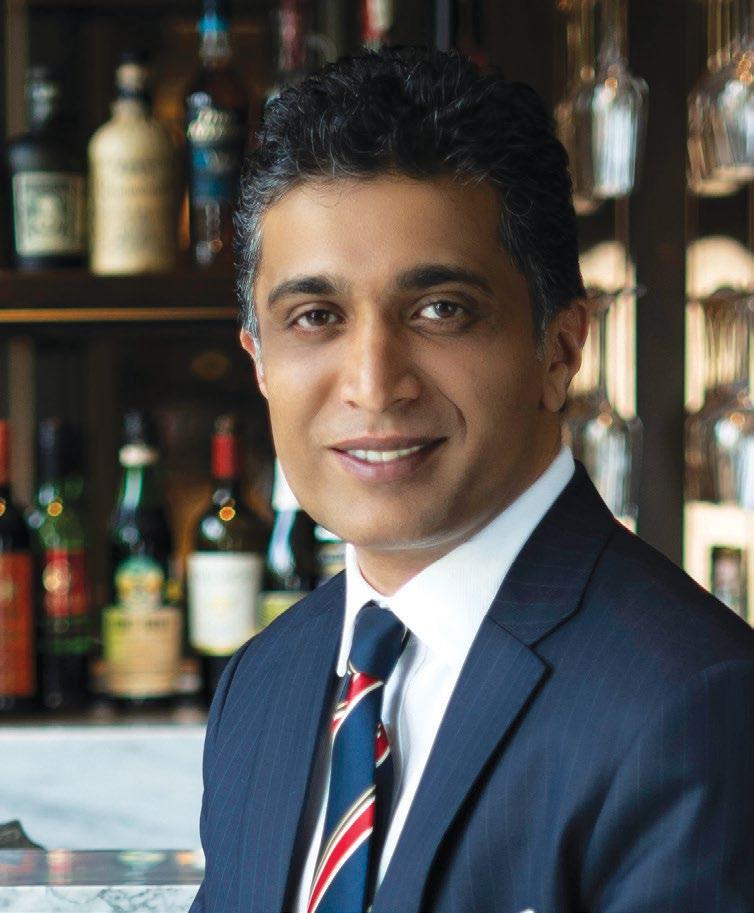
“We plan to introduce high-tea events for our corporate clients, combining Ladurée’s renowned elegance with The Ritz-Carlton’s refined ambience.”
Nishanth Vishwanath, General Manager, The Ritz-Carlton, Pune, shares Israni’s excitement for the collaboration. “Imagine stepping into a Parisian café, right here in Pune,” he says, “That’s the magic Ladurée brings to The Ritz-Carlton.” The addition of the iconic brand to the five-star property, he notes further, significantly enhances the guest experience, particularly for travellers from Europe who have a deep appreciation for high-quality macarons and luxurious cafés. “Many of our guests come to us with a love for Ladurée’s renowned standards, which align perfectly with the upscale expectations of our clientele.” Going by the significant impact on the hotel’s revenue streams—largely driven by exclusive hampers and packaging options—incorporating Ladurée's offerings (macarons, pastries and Eugénie, featuring a crisp gluten-free biscuit, a luscious core, and a crispy chocolate shell) into those of The RitzCarlton, Pune's is already paying rich dividends.
Throwing light on the mechanics of this marriage, Raj Goswami, Assistant Director – F&B, The Ritz-Carlton, Pune, points out that they have positioned dedicated team members to oversee and guide the café’s daily operations, as well as undertaken comprehensive training programs for the cafe’s staff to ensure they are well-versed in The Ritz-Carlton’s standards and offerings. There are plans to leverage this alignment further, through “exclusive high-tea events tailored specifically for our corporate clients, combining Ladurée’s renowned elegance with The Ritz-Carlton’s refined ambience,” he discloses. “Additionally, we will create special events that highlight the unique strengths of both brands.” While the pâtisserie’s delectable line-up will remain unchanged, Goswami hints at the potential for seasonal products that could reflect local flavours while maintaining the brand's signature excellence.
This partnership not only enhances the guest experience at The Ritz-Carlton, Pune, but also sets a new benchmark for the pâtisserie sector in India. As Ladurée continues to expand, it promises to bring a touch of Parisian grandeur to more cities, redefining what luxury means in the world of pastries and beyond.
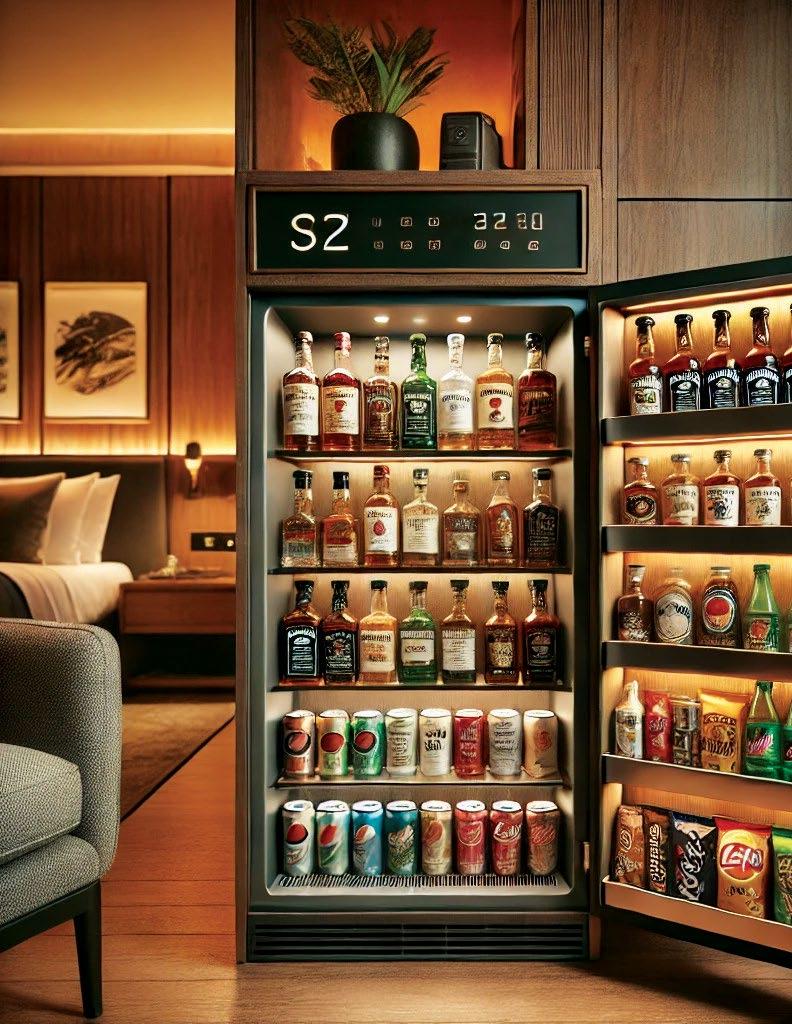
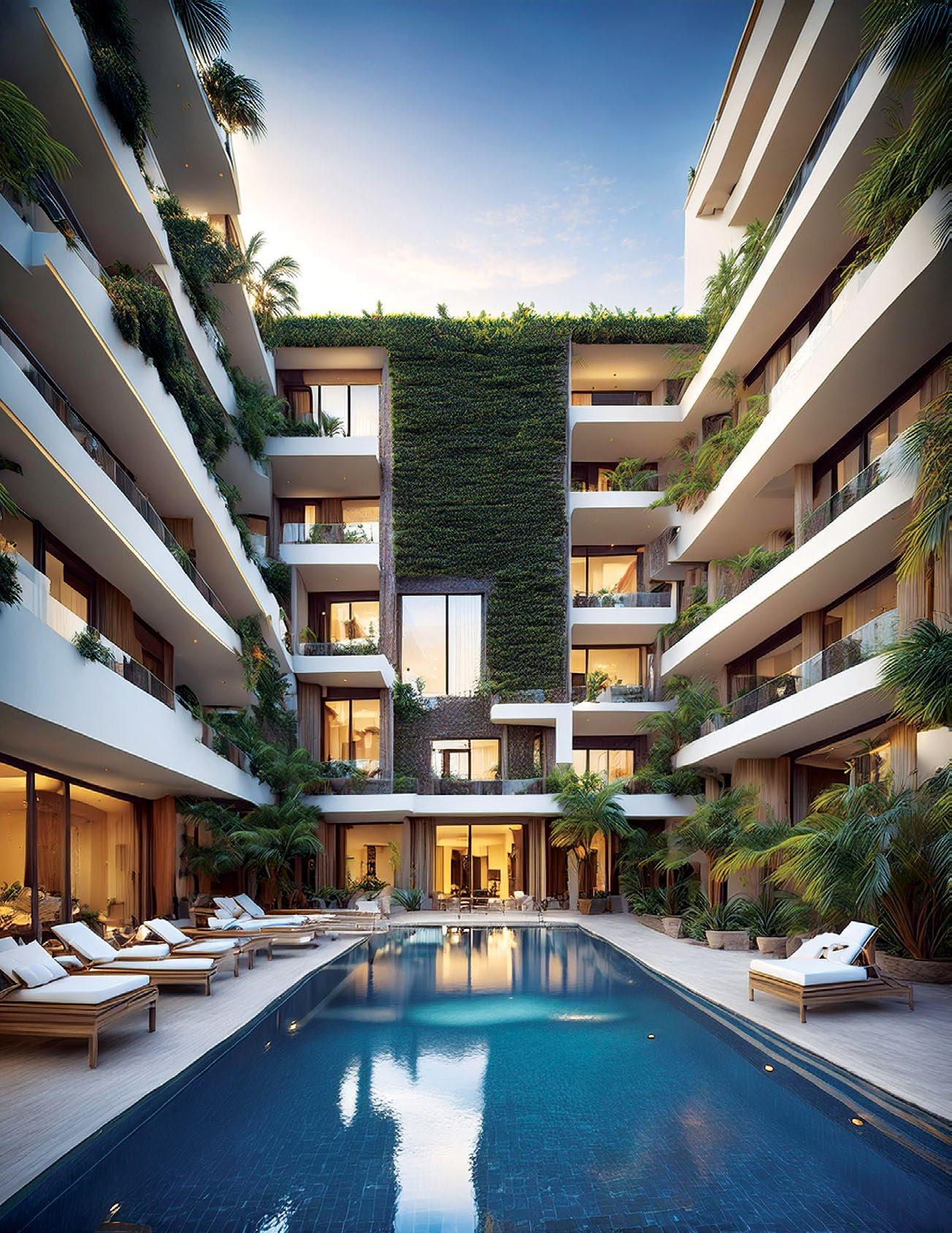
In a hyper-active digital landscape, where even the smallest grievances are aired on an unrelenting social media, customer reviews have become a cornerstone of hospitality strategy. SOH gets some of the best experts to tell us what the new guest wants.
DEEPALI NANDWANI
A recent study by Accor revealed that 97% of hotel guests consider customer reviews before booking, making feedback nearly as important as the hotel's amenities and room quality. This highlights the critical role played by customer reviews and consumer insights in shaping competitive strategies and enhancing the guest experience. The consumer insights we offer here are collated from interviews with frequent travellers, consultants and hoteliers, globally. However, I would like to begin with an unusual series of posts that I stumbled upon while conducting some online research for this article.
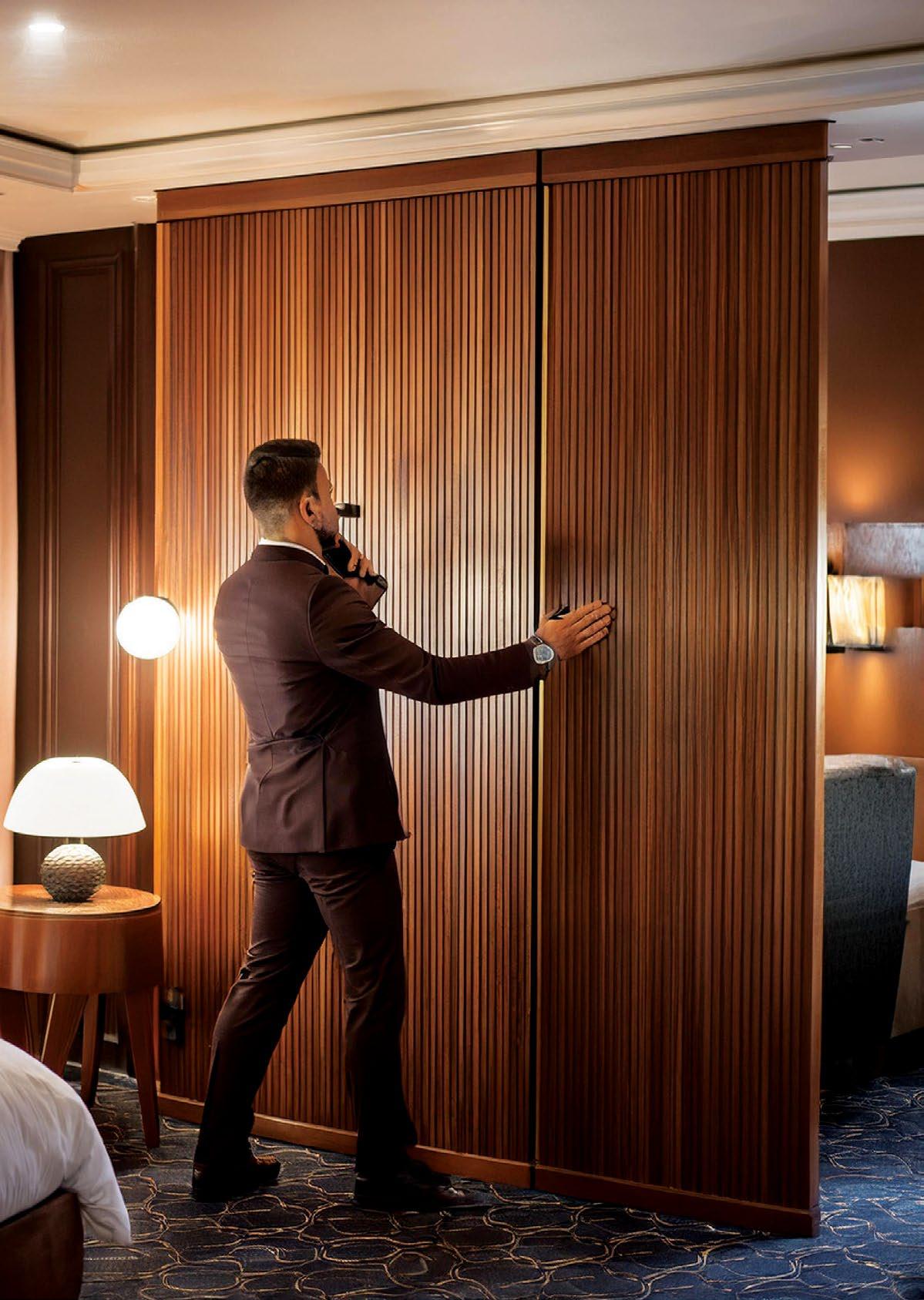
Freddy Birdy, Instagram influencer, content creator and ad man, had created quite a stir on social media platforms a while ago when he decided to tell hotel brands what he thinks frequent travellers like him, who stay in premium and luxury hotels, desire.
Among the gems he put up:
The room should have something delicious for me when I check in…something local, like a few of those fabulously melt-inyour-fingers Pastel de Natas when in Goa.
Or rosagullas in Odisha?
You should be allowed to redecorate your room. At the fabulous Rosewood in Phuket, I called them at midnight to say
that I did not like the huge wooden room divider in my room. No problem, sir, I was told. In exactly three minutes a small army arrived and whisked away the divider, no questions asked.
One of my pet peeves is the minibar. Hotels don’t charge you per swim. Hotels don’t charge you for an apple you take from a buffet or a bowl near the receptionist. Then why do they charge for a minibar? A packet of wafers on top of the minibar will be fairly priced only if you are in an episode of Black Mirror!
You know those 45 hotel toiletries that come individually packaged in plastic? Scrap those and give us a free chocolate bonbon.
Birdy’s light-hearted suggestions as a frequent traveller, perhaps, articulate what frequent travellers have questioned over the years.
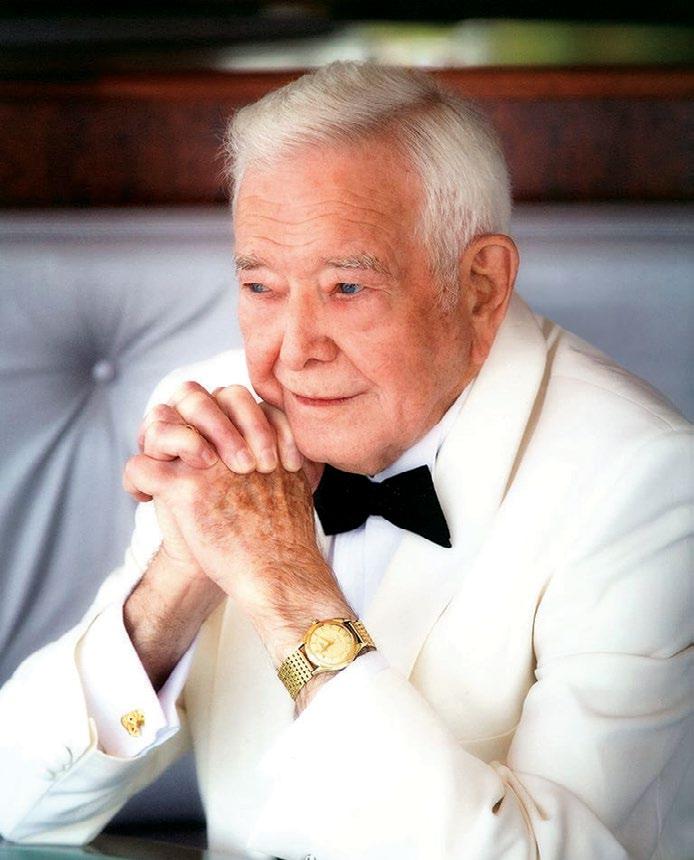
MATTHEW D. UPCHURCH FOUNDER, CHAIRMAN AND CEO, VIRTUOSO
“The true essence of luxury is in understanding how a customer wants to feel during and after their trip, and delivering an experience that exceeds those
expectations.
”
Matthew D. Upchurch, Founder, Chairman and CEO of the luxury travel network Virtuoso would know a thing or two about what today's luxury consumers want. According to Upchurch, luxury travel is defined by the traveller, with five generations currently travelling, each with distinct needs that vary based on their life stage and trip type—whether group, family, or ‘bleisure’. As other segments improve in areas such as hyperpersonalisation, it’s the emotional impact that sets luxury apart. The true essence of luxury is in understanding how a customer wants to feel during and after their trip, and delivering an experience that exceeds those expectations. This, more than anything, defines what a traveller (and not just a luxury traveller) is looking for when he or she travels.
As travel source markets evolve, while traditional ones remain influential, regions such as India and Southeast Asia are becoming significant contributors to outbound tourism. The destinations attracting future travellers might not be the same as those topping the charts at the moment. Alongside long-time favourites, lesser-known locations are finding innovative ways to attract international visitors and establish themselves on the global tourism map.
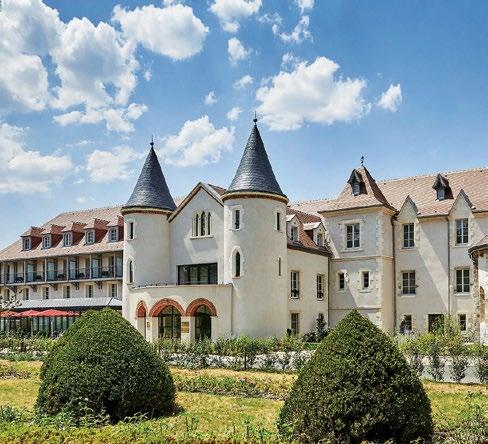
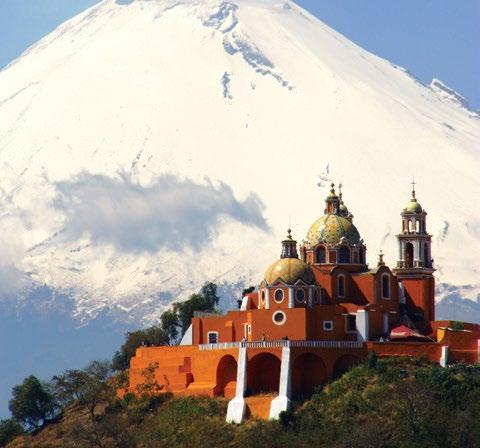
The destinations attracting future travellers might not be the same as those topping the charts at the moment. Alongside longtime favourites, lesserknown locations are finding innovative ways to attract international visitors and establish themselves on the global tourism map.
There is a generational shift in values— experiences and authenticity trump material excess. This shift affects not only accommodations but also dining preferences, reflecting a broader trend towards valuing unique, local experiences over traditional luxury. There is a need for hospitality brands to evolve and cater to new preferences to stay relevant.
One of the most significant consumer insight reports has been published by McKinsey & Co., which offers a bird's-eye view of what travellers and those booking hotels are looking for. The report, through insights gained from extensive interviews across various segments of travellers, reveals that travellers are seeking experiences on their terms. Here are some of the findings:
While interest in travel is at an all-time high, the demand for personalised experiences is stronger than ever.
“Although it’s not always feasible to offer individual customisation, industry leaders can enhance their value propositions through segmentation and strategic testing. Failing to define and cater to specific customer segments could leave some businesses trailing behind,” it states.
The report compares India and China and talks about how travellers in both countries have contributed significantly to growth in domestic tourism. “This shift has significantly boosted domestic destinations like Changchun in China, which saw a 160% Y-o-Y increase in visitors in 2023, thanks to attractions like the Changchun Ice and Snow Festival. In 2024, domestic travel during the Lunar New Year surpassed pre-pandemic levels by 19%. India, the world’s sixthlargest domestic travel market by spending, is also experiencing a domestic travel boom, driven by the country’s expanding middle class.”
Travellers are eager to explore lesserknown cultural landmarks and hidden treasures closer to home. Destinations, hotels, and transportation providers can create offerings, which appeal to tourists who like to uncover local gems. For example, in France, Relais & Châteaux promotes historic properties such as Château Saint-Jean in rural Auvergne, which offer a serene escape from the hustle of Paris. Similarly, Mexico's Pueblos Mágicos programme has successfully drawn domestic tourists to ‘magical towns’ that highlight Mexican heritage.

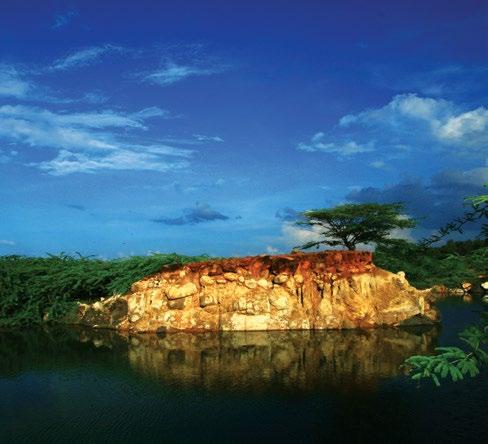
Travellers appreciate curated experiences which integrate multiple destinations into a single journey. Stakeholders can collaborate to create thematic travel routes that connect domestic attractions. In the U.S., Route 66 offers a classic road trip experience, drawing visitors to local attractions. In India, road trips across the Himalayan region, particularly from Kashmir to Ladakh, or from Chennai to Tranquebar along the East Coast Road offer similar experiences. Mexico has expanded its Pueblos Mágicos concept into ‘magical routes,’ encouraging visits to multiple villages. In France, vineyards and local tourism boards have partnered to promote wine routes that appeal to enthusiasts and curious travellers alike.
Today's travellers are eager to share their journeys, and their stories often influence friends and family more than traditional marketing. Tourism providers should tap into this by offering shareable experiences such as photo booths in hotels, and memorable souvenirs. “Simple gestures, such as sending anniversary photos of a trip, can rekindle memories and encourage future bookings. With the right incentives, guests can become powerful marketers, sharing their experiences on social media and driving engagement through contests and promo codes. This approach is especially effective with younger travellers, who crave experiences that fit within their budgets but still offer style and social opportunities,” states the report.
To attract younger travellers, providers can offer affordable alternatives to traditional tourist activities, such as outdoor fitness classes instead of spas or street food crawls instead of fine dining. Familiar destinations can be reinvented by focusing on unique experiences, such as a street art tour in Paris, rather than typical attractions such as the Eiffel Tower. In Mumbai, experiential tours of neighbourhoods such as the heritage enclave of Khotachiwadi and Byculla, and the atmospheric and food enclave of Matunga can be promoted, rather than the Gateway of India.
For older travellers, who remain a significant source of travel spending, the McKinsey Report suggests that providers should emphasise human interaction and family-oriented activities. This can include in-person visitor centres, personalised touches like remembering favourite meals, and creating experiences for lower-occupancy periods such as autumn wellness retreats. As travellers increasingly seek personalised and creative experiences, new technology and innovative approaches—combined with strong management and service—enable providers to tailor offerings to meet individual needs.
Understanding customer segments is essential for offering personalised travel experiences. Rather than relying on a one-size-fits-all approach, tourism providers can use data to segment customers by behaviour, identifying opportunities to tailor their offerings. Even simple strategies such as look-alike analysis and hypothesis-driven testing can make a significant impact. McKinsey’s survey states that personalisation doesn’t have to target individuals but can focus on specific segments, such as families interested in summer vacations, leading to more compelling and relevant offers.
Brandwatch, the world’s largest archive on consumer intelligence and social media management, offers some crucial insights into what hotel consumers find disturbing about their stay in the best hotels, and what is essential to make their stay comfortable. Exceptional customer service, quality food, and quiet rooms are essential for guest satisfaction, the report states. However, it's crucial to recognise that different guests—business travellers, families, or group bookings—have unique needs. Addressing these individual preferences will help set your hotel apart from the competition.
Noise control is crucial
I remember staying in an uber-luxe pool suite at The Westin Goa, in which the storeroom was next door to the suite. Throughout half the night I could hear associates opening and shutting the store door, a sound that completely ruined the experience of the luxurious suite and my night. For hotel guests, noise disturbances are a top complaint, especially during the early hours when negative feedback peaks around midnight. The importance of noise management cannot be overstated; it's a critical issue that demands immediate attention.
To mitigate noise-related complaints, investing in soundproofing measures— such as double-glazed windows or providing complimentary earplugs—can significantly enhance guest satisfaction and reduce online grievances.
Business travellers are more critical of their hotel experiences, notably regarding sleep quality and overall comfort. They are twice as likely to express dissatisfaction in these areas compared to other guests. Additionally, 39% of customer servicerelated mentions from business travellers are negative, reflecting the high demands of work travel. To better accommodate this segment, hotels should consider offering more amenities aimed at helping business travellers unwind after a long day.
–
Breakfast plays a pivotal role in guest satisfaction. Online discussions about hotel breakfasts are twice as likely to be positive compared to other aspects of a stay. This trend, consistent since Brandwatch’s first 2020 research, highlights the importance of food in enhancing the guest experience. By focusing on breakfast offerings, room service, and dining experiences, hotels can encourage more positive online reviews.
Understanding your guests' online activity can improve customer service response times. For instance, tweets about hotels are most frequent between 3 pm and 5 pm. Having dedicated staff manage your brand's Twitter account during these peak hours can lead to quicker resolutions and higher guest satisfaction.
The McKinsey Consumer Survey reveals the choices made by different groups of travellers when they set out on a trip. Percentage is from the groups of people surveyed.
Preferences
Relaxation and family time.
Easy-to-reach sun and beach destinations, non-stop flights.
Preferences
Authentic experiences without overspending. Priorities
Interest Authentic and immersive experiences.
Budget-conscious, willing to trade conveniences such as non-stop flights for savings.
Preferences
Familiar destinations, value for money. Priorities
Budget and familiarity, often repeat visits. Culture and Authenticity Seekers
Preferences
Sightseeing, unique and high-budget experiences.
Priorities
New destinations, willing to spend over $150/day or ₹12,000 a day. Less Interest
Familiarity when choosing destinations. Trend-Conscious Jet-Setters
Preferences Popular and trendy destinations, luxury stays.
Preferences: Active and remote holidays, small-group adventures.
Adventure, physical activities, meeting new people, sustainability.
Preferences
High-quality, exclusive travel experiences.
Social media influence, hotel brands, spending over $150/day or ₹12,000 a day.
Priorities
Prestige, design, amenities, sustainability, and celebrity influence.
Preferences
Experiences over possessions.
Spending Focus
Willing to save on transport and shopping, not on experiences.
Social Media Influence
92% motivated by social media, with ‘Never stop exploring’ tagged in nearly 30 million Instagram posts.

Comarch, a global hospitality consulting firm’s recent Hospitality Loyalty Trends
Report states a crucial fact: subscriptionbased loyalty programs are growing in popularity, as they create a deeper emotional connection with customers and offer ongoing value. The data suggests successful hospitality brands are those that can seamlessly integrate convenience with loyalty programs, a marriage that not only enhances customer satisfaction but also encourages repeat business and brand loyalty. The key findings:
Ensuring convenience remains central to customer experience. A good strategy is crucial for minimising friction points. Customers should have easy access to digital menus without the need to download an app and the ability to place click-and-collect or click-and-deliver orders seamlessly. Additionally, features such as paying at the table should be integrated into loyalty programs.
Subscription-based loyalty programs have gained popularity as they foster a stronger emotional connection with customers. While this approach may not fit every brand, it’s an effective strategy for delivering value and offering an exclusive customer experience. Globally, some of the biggest hospitality groups such as Marriott and Accor have aced their loyalty programme game.
The importance of takeaway services, which proved essential during the pandemic, will persist. However, there is a growing consumer preference to support local businesses, leading to a shift from delivery aggregators to direct brand orders. To stay competitive, ensure your takeaway technology is up to date, but be mindful not to let it disrupt in-person dining experiences or the ambience for table diners.
Market research analyst Euromonitor’s report, Top 10 Consumer Trends offers some revealing insights. As per its analysis, hotels must adapt to evolving trends by embracing automation while ensuring a balance with human interaction, shifting marketing strategies to storytelling, addressing diversity issues, and focusing on sustainability. Meeting these expectations will be crucial for attracting and retaining diverse and discerning travellers.
To craft a hotel experience that meets today's traveller expectations, Euromonitor report's suggestions to hoteliers include:
The need for high-touch service is diminishing due to labour shortages and increased automation, with the hotel workforce expected to halve. Mobile apps are becoming crucial for bookings and enhancing on-property experiences. However, this isn’t going down too well with travellers. Only 19% of consumers are comfortable with automated bots for customer service. Gen Z is more influenced by storytelling than traditional advertising, and values authenticity.

A lack of diversity in top roles within the travel industry has impacted progress and guest satisfaction. It is essential for modern hotels to increasingly focus on diversity in their workforce.
Future travellers are expected to prioritise environmental responsibility. To appeal to eco-conscious consumers, hotels should offer eco-friendly experiences and highlight their sustainability efforts in marketing communications. A recent Booking.com study reveals that nearly 8 out of 10 travellers are eager to adopt sustainable practices, despite the impact of rising costs on their travel budgets. The research underscores the significance of price in guest reviews, with value for money influencing satisfaction more than any other factor, except WiFi.
Modern travellers seek personalised experiences that make them feel special, driving guest satisfaction and loyalty. To meet this demand, hospitality businesses are leveraging data and technology to understand guest behaviour and preferences. However, simply having a database isn’t enough; tech solutions must offer flexibility and dynamic customisation to uncover patterns and optimise guest satisfaction and operational efficiency. Integrating AI, machine learning, and other technologies is crucial in achieving this level of personalisation.
Staying ahead in the premium or luxury hospitality industry requires constant evolution.
“Today’s discerning guests have more options than ever, leading to a growing demand for experiential and locally immersive travel that shows no sign of slowing down. Luxury hotels and resorts must continuously refine their services to meet these evolving guest expectations,” claimed Jay Schwartz, Executive Creative Director at Once Upon a Time Hospitality, a full-service agency involved in branding and advertising of hospitality giants such as Mandarin Oriental.

JAY
SCHWARTZ
EXECUTIVE CREATIVE DIRECTOR, ONCE UPON A TIME HOSPITALITY
“Today’s discerning guests have more options than ever, leading to a growing demand for experiential and locally immersive travel that shows no sign of slowing down.”
Category
Increased Interest in Travel
Travel Plans for 2024
Consumer Spending on Travel
Reducing Travel to Save Money
Top Splurge Categories
Average Number of Trips in 2023
Percentage of Income Devoted to Travel

Statistic
66% of surveyed travellers are more interested in travel now than before the COVID-19 pandemic.
Majority plan more trips in 2024 compared to 2023.
Travel spending in countries like U.S., India and China rose 6% over a recent 12-month period (adjusted for inflation).
Only 15% of respondents are reducing trips to save money.
33% of consumers plan to splurge on travel (3rd most popular splurge category).
Millennials and Gen Z: Nearly 5 trips; Gen X and Baby Boomers: Less than 4 trips.
Millennials and Gen Z: 29%; Gen X: 26%; Baby Boomers: 25%.
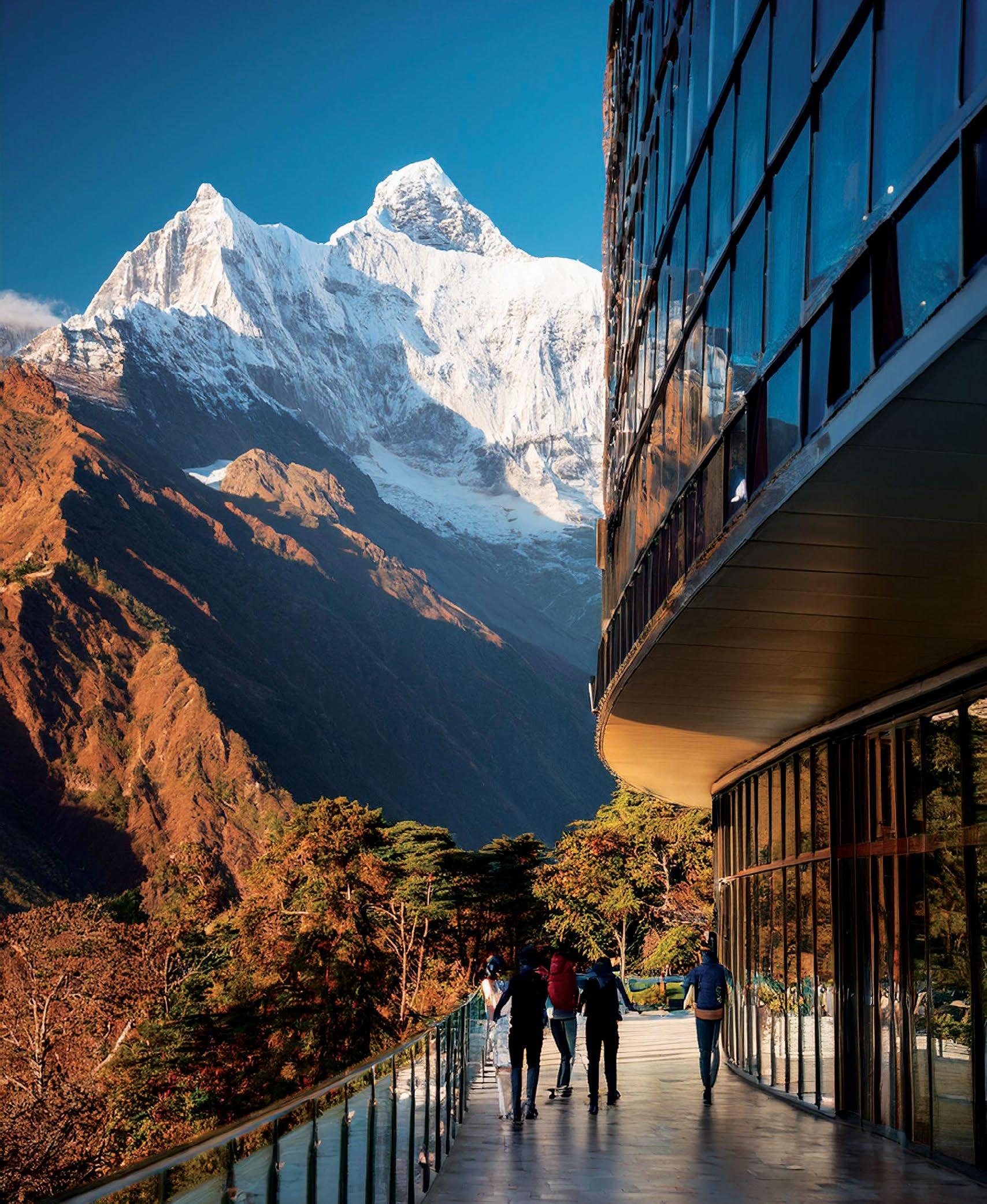

There is a shift in what consumers expect from hotels. The axis has moved from traditional opulence to modern simplicity and experiential value. The past focus on grandeur and excess has given way to the present-day emphasis on comfort, autonomy, and local experiences. Traditionally, luxury was synonymous with grandeur: imposing entrances, spacious guest rooms, elaborate multicourse dining, and highly attentive service. “These elements often emphasised a property’s heritage, its iconic guests, prestigious name, and historical significance. This was the luxury that guests once sought. But the times have changed, and hospitality brands must adapt to these new expectations,” Schwartz has written in his article in the blog, Hotel Dive.
Modern luxury travellers often prioritise simplicity and comfort over opulence. “With technology providing easy access to transportation, reservations, and other essentials, luxury guests are more independent and less reliant on traditional services like butlers or concierges. They seek autonomy in their travel experiences, a trend that has contributed to the rise of platforms like Airbnb, though luxury travellers still prefer the refined experience that hotels offer,” reveals data from market research firm Savanta.
Contemporary travellers— according to Forbes magazine— value experiences over material possessions. “This shift has significant implications for the luxury hospitality market. While guests still desire comfort, high-quality amenities, and exceptional service, they are less concerned with room size. They’re willing to compromise on space if the property offers unique, beautiful, and comfortable public areas. Spaces designed for work,
PricewaterhouseCoopers (PwC) Consumer Insight report states that hotels must adapt by integrating technology, sustainability, and personalisation into their offerings.
flexibility, or activities that align with the brand can create a stronger connection between guests and the property,” claims Schwartz.
Gen Z travellers are shaping the future of travel with their strong desire to explore the world, and according to a recent McKinsey report, will account for 46% of all travellers by 2028. Unlike older generations, who tend to favour domestic travel, Gen Zers and Millennials are planning an almost equal number of international and domestic trips in 2024, regardless of where they live.
This generation's thirst for novelty drives their urge to cross borders, with the primary motivation being the desire to experience new places. In contrast, older generations prioritise factors such as cost, ease of getting around, and accommodation quality, placing the desire to visit new destinations much lower on their list.
For Gen Z, international travel feels more accessible than ever, both in terms of cost and convenience. They are adept at finding affordable destinations with favourable currency exchange rates, and take advantage of low-cost airlines, which now account for 35% of the world’s booked seats. Advances
in translation software, cheaper mobile connectivity abroad, and streamlined visa processes are also making it easier for them to navigate international travel.
As the most enthusiastic generation of travellers, Gen Z is not only redefining travel trends today, but is also likely to shape the future of global tourism. Whether this mindset will persist as they age remains to be seen, but their early influence is already significant.
The hospitality industry stands at a fascinating crossroads. It's a time when traditional markers of luxury are being redefined, and guest experience is taking centre stage. Brands that listen closely to their customers, adapt swiftly to their evolving desires, and innovate to exceed expectations, will emerge as the true leaders in this new era.
Much of these findings from surveys are reflected in most other consumer surveys we laid our hands on. PricewaterhouseCoopers (PwC) Consumer Insight report states that hotels must adapt by integrating technology, sustainability, and personalisation into their offerings. Embracing these trends will not only meet current demands but also position hotels as leaders in the future of travel, catering to both experiential and eco-conscious travellers while enhancing overall guest satisfaction.
Anti-chain and anti-same—that’s how Small Luxury Hotels of the World defines itself as it seeks to expand its footprint in India, attracted by its strong domestic travel market.
SUMAN TARAFDAR
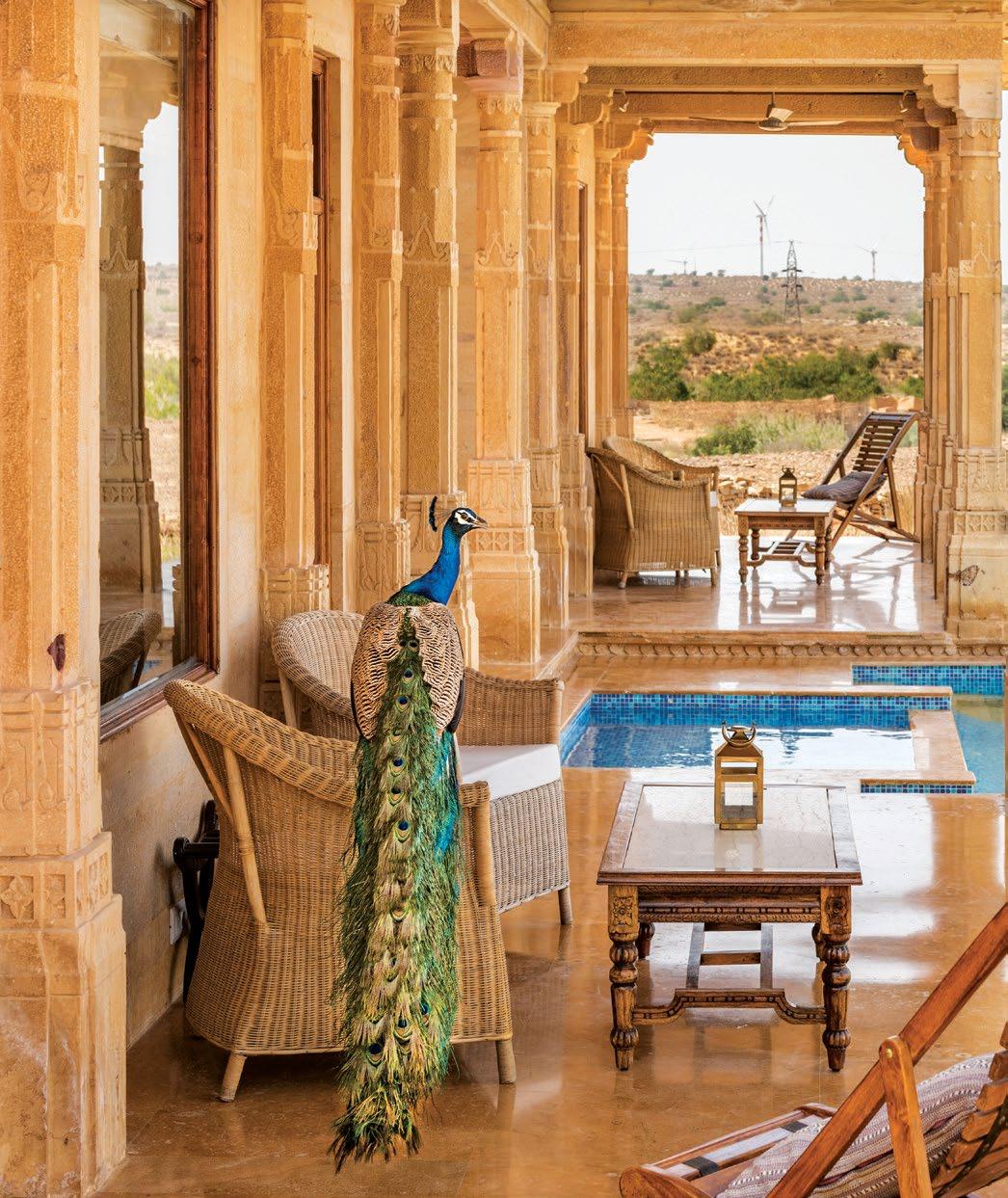



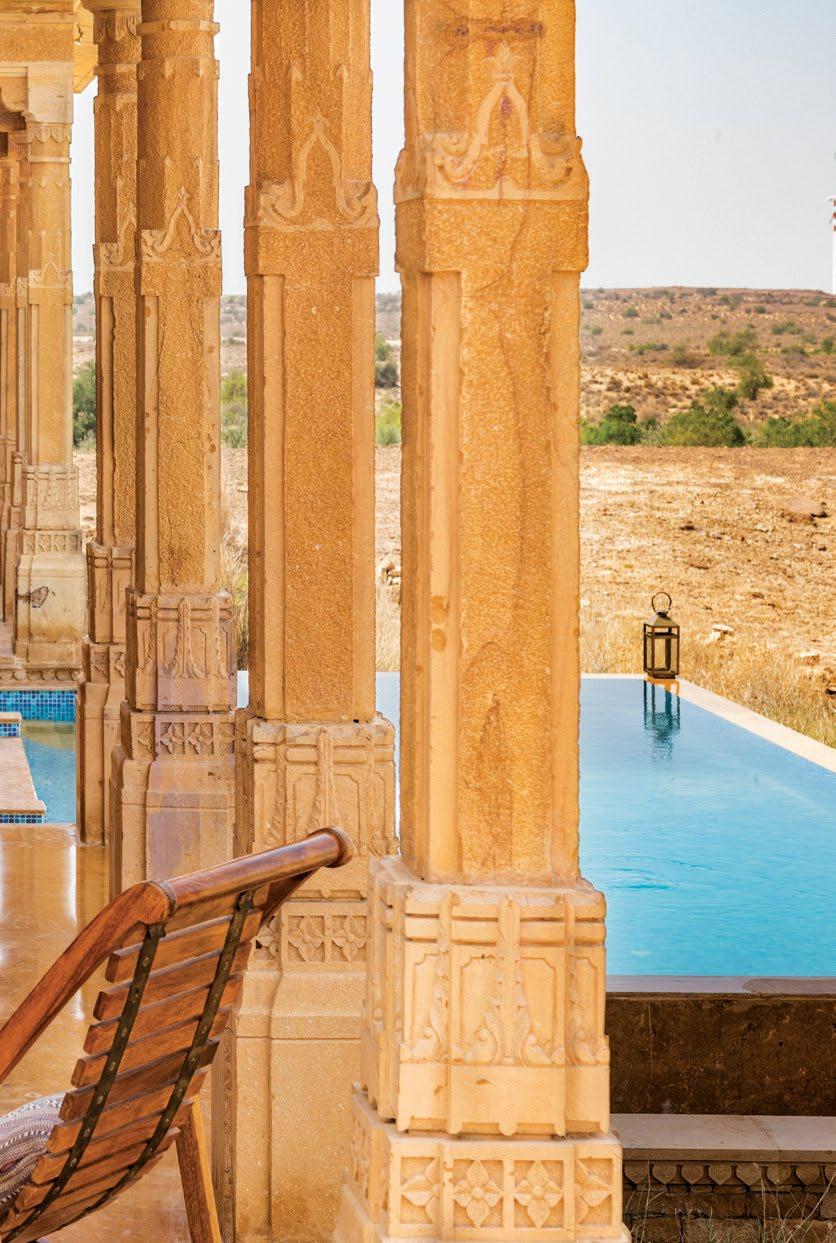

VICE PRESIDENT, ASIA PACIFIC, SMALL LUXURY HOTELS OF THE WORLD
“We changed our strategy after the pandemic to look into the domestic markets as well, because that’s a key market that most of our hotels are looking into.”
Small is beautiful. And luxurious. In the rather crowded world of hotel platforms, Small Luxury Hotels of the World (SLH) has just made its entry into India, even as it recently tied up with one of the largest hotel chains in the world, Hilton, globally to join its luxury portfolio.
A community of independent hotels and travellers that aims to give independent hotels the visibility and marketing resources they need to compete with larger hotel chains, SLH has a portfolio
of about 570 hotels worldwide. It is debuting with three hotels in India, and looking to add more, says Mark Wong, Senior Vice President Asia Pacific during a recent visit to India. The first tie-up is with the MRS Group of Hotels, with its hotels Suryagarh (Jaisalmer) and Narendra Bhawan (Bikaner) already listed on the site, and Mary Budden Estate (Binsar) expected to come online soon. Also on the portfolio already is Raj Palace (Jaipur) while Brij Lakshman Sagar (Pali) is expected to be listed soon.
SLH began in 1991, starting as a small group of consortia of independent hotels. Now 33, it is one of the older hotel platforms in existence, along with Relais and Chateaux, Preferred Hotels, Leading Hotels and Design Hotels, taking on newer players such Select Hotels, Hand Picked Hotels, Mr and Mrs Smith and closer home, Rare Hotels.
“We tend to go for intimate, small personalised hotels with character, explains Mark Wong, Senior Vice President Asia Pacific. “They are all independent, or at least independently owned,” he points out. “Our criteria is more holistic; we look at the hotel as a whole, as in what kind of facilities and services they offer and the product itself. So that's more encompassing into our standards. We don’t need to have a restaurant, for example.”
Of SLH’s portfolio, about 300 hotels are in Europe, while APAC has about 130 hotels, and North America has another 100 hotels. While the largest hotel in the portfolio is Sukhothai Bangkok, with just over 200 keys, the sweet spot for the group is 50 to 100 keys. “We have a range of hotels—anything from city centre hotels in Bangkok, Singapore and Hong Kong. We also have a lot of beach resorts in Thailand such as in Phuket, Koh Samui etc. Then we also have a lot of country houses in the UK and Italy.”
From its member hotels, SLH charges a fixed annual fee and a transaction fee, besides a commission ranging from six to 10% of every reservation. Membership fee for the first 20 rooms is about £18,500 annually.
Sameer Mehra, Chief Commercial Officer of The MRS Group of Hotels, says it is “incredibly proud to be the first independent hotel chain in India to partner with SLH, a brand synonymous with luxury and exceptional hospitality. This alliance not only highlights our dedication to reimagining hospitality in India, but also amplifies our mission to offer travellers thoughtfully designed experiences that are rooted in our rich heritage and distinctive service.”
Incidentally, it is a sort of return to India for the London headquartered SLH, which once had a tie-up with The Oberoi Group that ended just before the COVID-19 pandemic caused a halt to travel. Post-COVID, there’s a lot of demand for travel in India, not just outbound, but also domestic travel, points out Wong.
The membership-based platform, which had hitherto focussed on international travel, has now adapted its business to include domestic travel as well. “We changed our strategy after the pandemic to look into the domestic markets as well, because that’s a key market that most of our hotels are looking into. So actually, that’s why we have a sales team in India in place for the domestic market, and are not focussing only on travellers coming to India.”
Wong says that while Indians who are already travelling abroad are familiar with the brand, “I want to grow the brand awareness a bit more because we have not been in the market for a while. So, I am sort of reintroducing the brand to everyone in a post-COVID scenario. With that, I need to have more hotels within India to give guests the opportunity to travel within India. The market for luxury was relatively small till now in India. It's only just expanding.”

TOP: Mary Budden Estate is a luxury boutique property nestled amongst the Himalayas in Binsar, Uttarakhand.
RIGHT: Located in Jaipur, the Raj Palace is an imposing mansion originally built in 1727.
OPPOSITE: Brij Lakshman Sagar, Pali, is a reinterpretation of a quaint 19th century hunting lodge.
The tie-up with Hilton is coming at an opportune moment for SLH’s foray into India. “Just as we exited our partnership with Hyatt (which has acquired Mr and Mrs Smith, the reason for the end of SLH’s partnership), Hilton stepped up with a very good offer
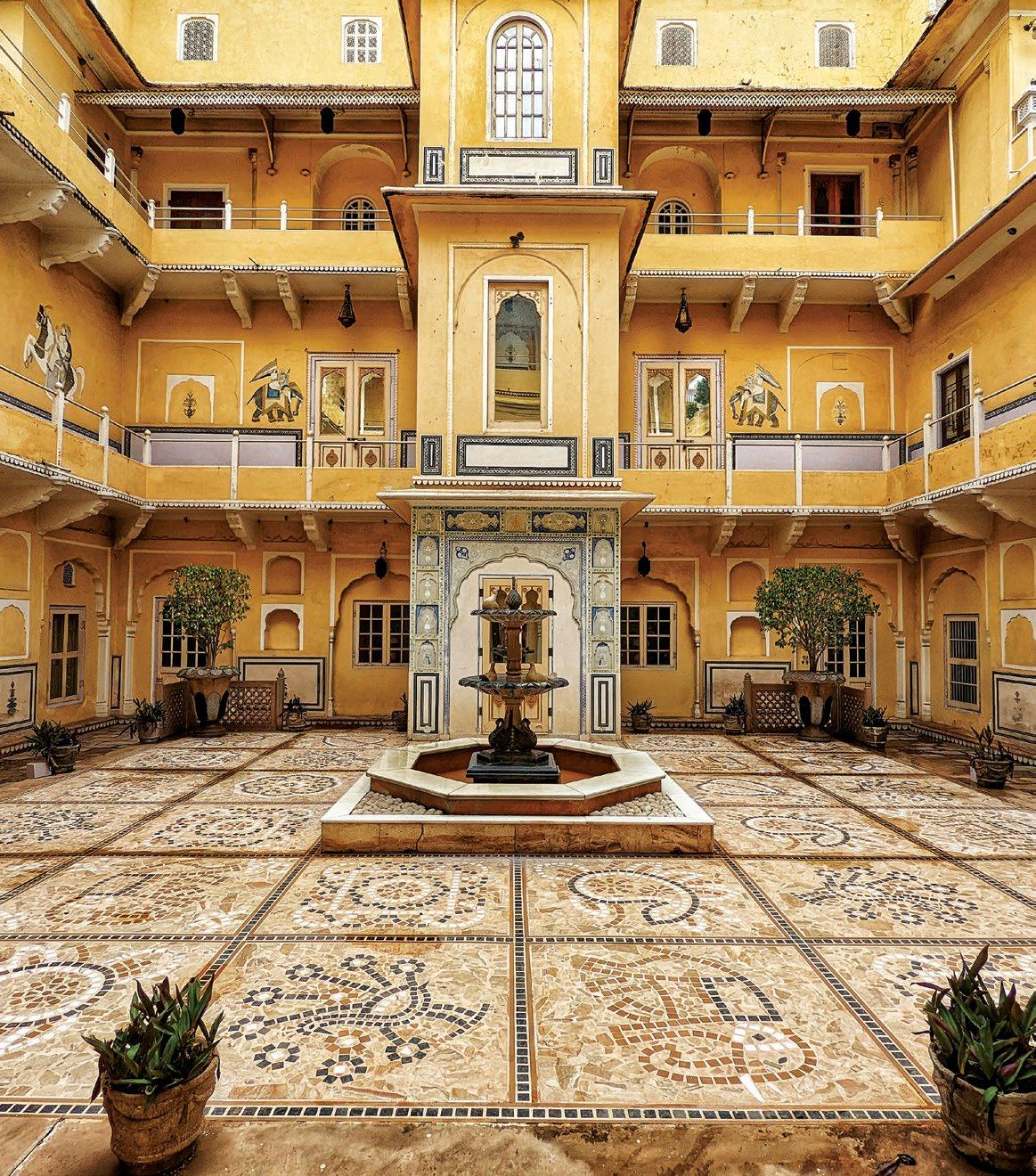



Each SLH member hotel is said to be exclusive. However, even with the 570-odd hotels, some are more exclusive, putting them in an even more select category. The group prides itself on quality assurance, with an inspection programme for all member hotels. Mystery inspectors visit each property every year to inspect the hotel. Hotels are given a ‘very thick’ report at the end of the process and a score. All member hotels have to pass the inspection. If they fail the inspection twice, their contracts are terminated.
SLH has three categories that they designate as most special.
Launched in 2021 to help travellers narrow the search for greener getaways, the Considerate Collection celebrates the environmentally-led efforts made by the group’s actively sustainable luxury hotels and has since doubled in members.
Designed for those who want to ‘get away from it all' to a place of refuge and relaxation, the group has 240 SLH villas— with the promise of all of the perks and services of a boutique hotel.
These handpicked hotels are often elevated, exclusive escapes offering extraordinary experiences—selected by experts.
and decided that they have a gap in their portfolio,” explains Wong. Hilton, in the luxury category, has Waldorf, Conrad and LXR. “They don't have any sort of boutique or independent range. So, we fit right in.”
Of course, it benefits SLH too, as it gets access to Hilton’s 190 million members around the world. “For us, we would have to pay a lot of attention to SEO or Search Engine Optimisation and marketing to get that sort of eyeballs online. However, we have no ownership with Hilton, which was a similar arrangement we had with Hyatt as well. It's purely a marketing partnership. The tie-up is going to give their members more variety in terms of choices. And for us, they are providing us with a huge market to tap into.”
SLH’s strength comes from its wide array of accommodations across 90 countries. Often in locations Indians frequent, such as Pattaya. Chadakarn Pensuk of La Miniera Pool Villas says the resort is popular with those who want privacy, and expects more Indians, especially those looking for intergenerational or group travel to come to the resort. Stathis Alexopoulous of Secret Hotels, Santorini, Greece, says that being a member of SLH provides access to a wider base of potential guests than what the hotel could get for itself, especially in a competitive tourism destination with a range of hotels.
How Indians like to travel: A notable feature of Indians staying at SLH properties is that they often travel in groups. “They usually take up three, four rooms at our hotels. Many of our hotels are small, so it's almost like a group fills half of the hotel.” He is quick to point out that properties are not designed for weddings, admitting though that Suryagarh may be an exception.
SLH works directly with owners: “There's a lot of personal touch and that translates to the guests as well. A lot of our hotels are passion projects for their owners—handed down by families, often on land that's inherited down generations,” underscores Wong. “Frequent guests of SLH have turned into owners of their properties. We, as a group, help these individual hotels as they might not have such a big voice. With our sales, marketing, and PR team, we are then able to sell them in a more global market. We offer a plugand-play solution because we have the distribution technology. We have to set up for sales, marketing and PR as well as social media.”
Eight hotels in India by the end of 2024? SLH is hoping to expand rapidly in India. Wong says with a broad smile, “I am going to Goa, and then I am planning to start looking at the southern part of the country. With Hilton's partnership, I am working very closely with our development team as some of the leads that come through from some properties, or properties such as Brij Hotels, for example, just don't fit into the Hilton brands. So, I am tapping into the Hilton development pipeline as well. I think that's a win-win situation for all of us.”
SLH is literally defined by its name. Wong says, “We have our own niche because of our size. I can’t get away from the small, so the size is limited to 200 rooms. The average hotel size is 50 keys. I can’t run away from luxury because it's in our name. So, I can’t do anything mid-market.” He points out the each of the competing platforms has the leeway to expand beyond ‘small’ and ‘luxury’.
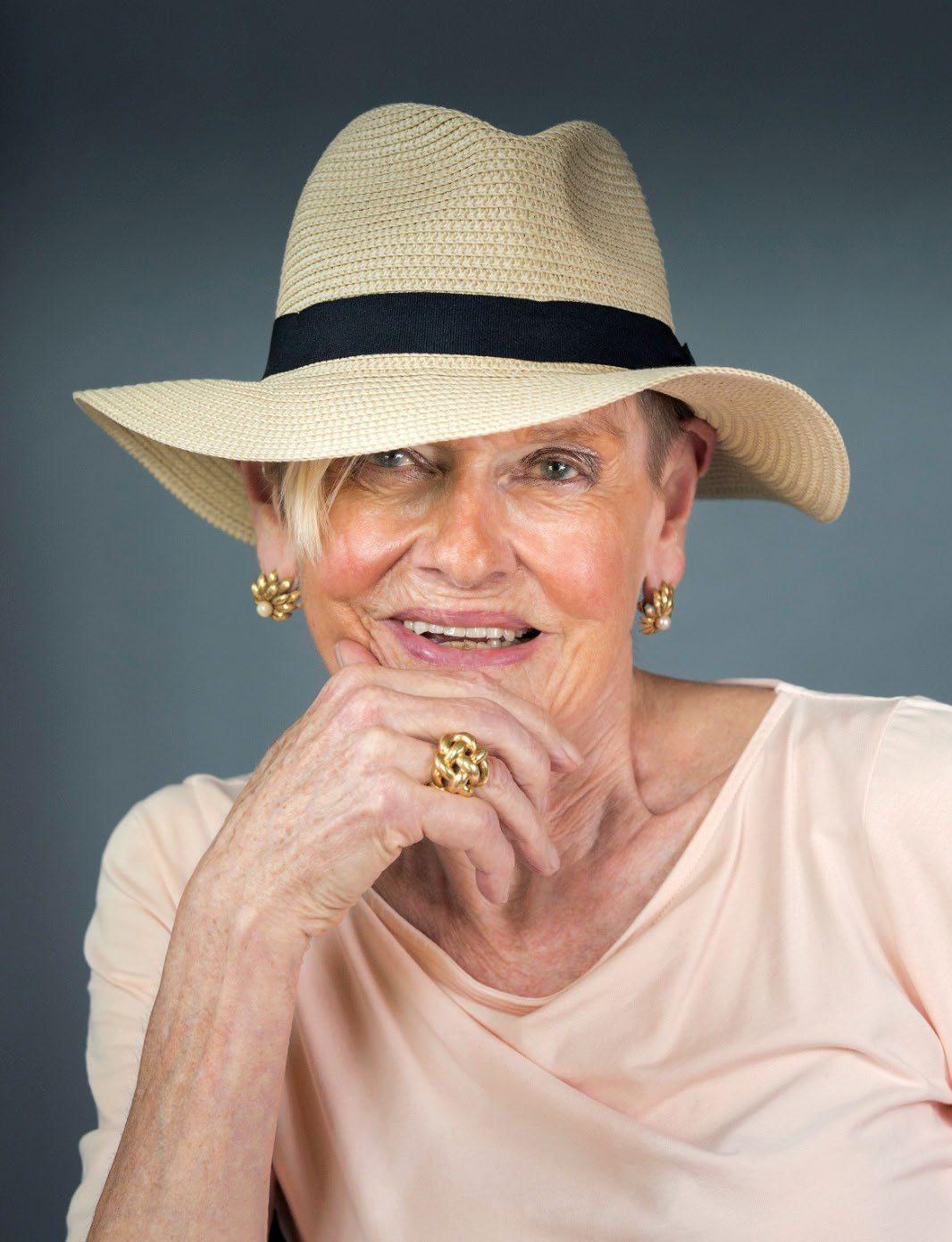
MARY GOSTELOW TRAVELS ABOUT 300 DAYS A YEAR, ASSESSING WHAT IS NEW AND WORTH WATCHING IN LUXURY HOSPITALITY TRENDS.
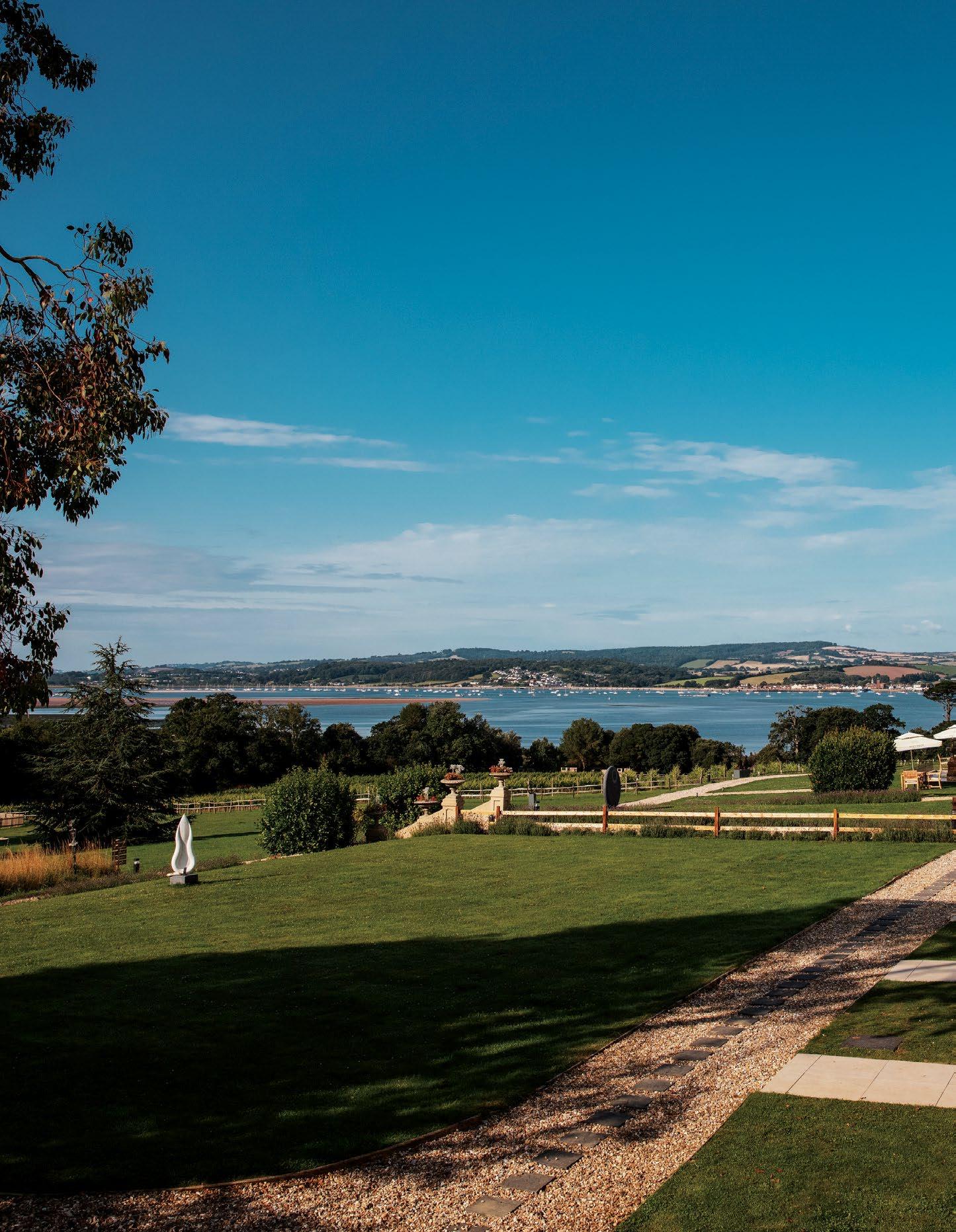
Having a few rows of vines does not guarantee business success. The best winery resorts serve up experiences beyond the wines.
Take winery resorts. What?
The classification includes somewhere to stay with an integral working vineyard, but just having a few rows of vines does not guarantee business success. A vineyard also comes with continuing skilled responsibility.
In the USA, a benchmark in luxury hospitality ever since it opened in 1975 has been Meadowood in Napa Valley’s St Helena. You might stay in one of the charming villas—among the trees—without seeing a grape, but Meadowood is immersed in the world of wine. Book a bespoke
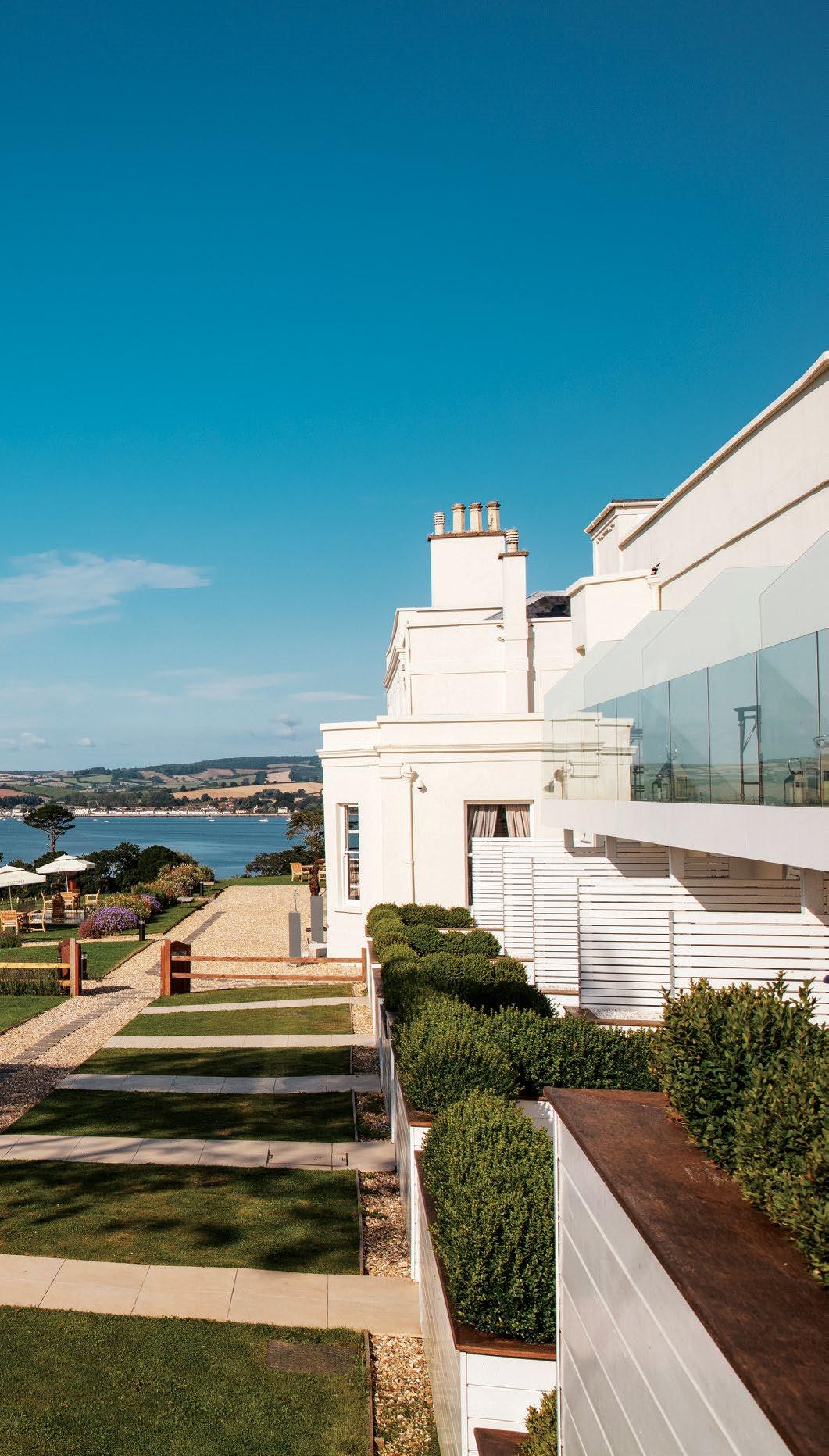

session with a sommelier to learn what you want, and take a tour of other wineries.
Uniquely, Meadowood has an integral private members club, the adjacent Napa Valley Reserve. With 80 planted acres, nearly all Cabernet Sauvignon, it was set up in the 1960s by the respected wine name Bill Harlan. Its nearly 300 global members get own-label Cabernet Sauvignon bottles from ‘their’ dedicated vines, events, and any-time access to a superb clubhouse.
The highly social two-yearold Four Seasons Resort and Residences Napa Valley, in

Calistoga, hosts Elusa Winery on its 23-acre estate, and it works with winemaker Thomas Rivers Brown, an economist who diverted to viticulture as an initial hobby. Stay in a two-floor villa (the upper suites have the best vineyard views). Two pools, excellent fitness and plenty of space for, say, winery weddings give this resort a community flavour. It’s also foodie feasting.
A massive all-American barn holds an intimate Michelin-starred Auro and the jovial inside-outside Truss, named for its roof beams. Truss’ kitchen has big windows for close-up viewing and it produces
comfort food with panache, say roast chicken with truffle fries. Add Nehlik 2015 Cabernet Sauvignon in Riedel glasses. England’s top winery resort, Lympstone Manor, in Devon, is the creation of one man, dynamic Michelin chef Michael Caines. In 2017, he bought a 1760s manor house on 28 acres of rolling pasture leading down to the beautiful River Exe. With professional help, he immediately planted 11 acres with Chardonnay, Meunier, and Pinot Noir (he bottles at nearby Lyme Bay Winery). The Manor has 21 rooms, all named for local birds—such as the Kingfisher—
A winery resort classification covers an accommodation that has an integral working vineyard, but just having a few rows of vines does not guarantee business success. A vineyard also comes with continuing skilled responsibility.
Let’s look at three new entrants to the world of winery resorts. In the USA, Four Seasons Resort and Residences, Napa Valley, in Calistoga CA, hosts the Elusa Winery on its 23acre estate. It works with winemaker Thomas Rivers Brown, an economist who diverted to viticulture as an initial hobby. The 85-room hotel’s exuberant GM, Robby Delaney, has also progressed. His wine passion now adds to using vineyards to attract more business. Pools, fitness and plenty of space for, say, winery weddings give this resort a community flavour with endless potential revenue channels.
The resort’s also foodie feasting. A massive allAmerican barn holds an intimate Michelin-starred Auro and the jovial insideoutside Truss, named for its roof beams. Truss’ kitchen produces comfort food with panache, say
roast chicken with truffle fries. Add an outdoor cook school, which transforms into a sushi counter at weekends. For a twonight weekend stay, 1 to 3 October, booking.com rates start at US$5,343.
England’s top winery resort, Lympstone Manor, in Devon, is the creation of one man, dynamic Michelin chef Michael Caines. In 2017 he bought a 1760s manor house on 28 acres of rolling pasture leading down to the beautiful River Exe. With professional help, he immediately planted 11 acres with Chardonnay, Meunier, and PinotNoir (he bottles at nearby Lyme Bay Winery). The Manor has 21 rooms, all named for local birds— Kingfisher, #24, has great views.
There are also six double-sized shepherds’ huts which guests with young kids particularly like. For visitors this
place is continuous bliss. Stroll the now-mature plantings, dotted with sensational modern sculptures. For Caines, it's a continual challenge. He oversees the kitchen—the three-room restaurant is packed for lunch and dinner, mostly with locals. He has a General Manager, but he is often seen pacing the restaurant, checking and planning. He hosts an annual festival of old cars. Events spread over several days, with lots of opportunities to separate participants from their cash. There are, as yearround, well-displayed card boxes holding bottles of wine—red, white and sparkling—to buy. For a two-night weekend stay, 1 to 3 October, booking.com rates start at £2,122.
Spain’s Priorat wine region, 90 minutes’ drive from Barcelona, is home to Mas d’en Bruno, a yearold beauty that’s already in Travel+Leisure’s 10
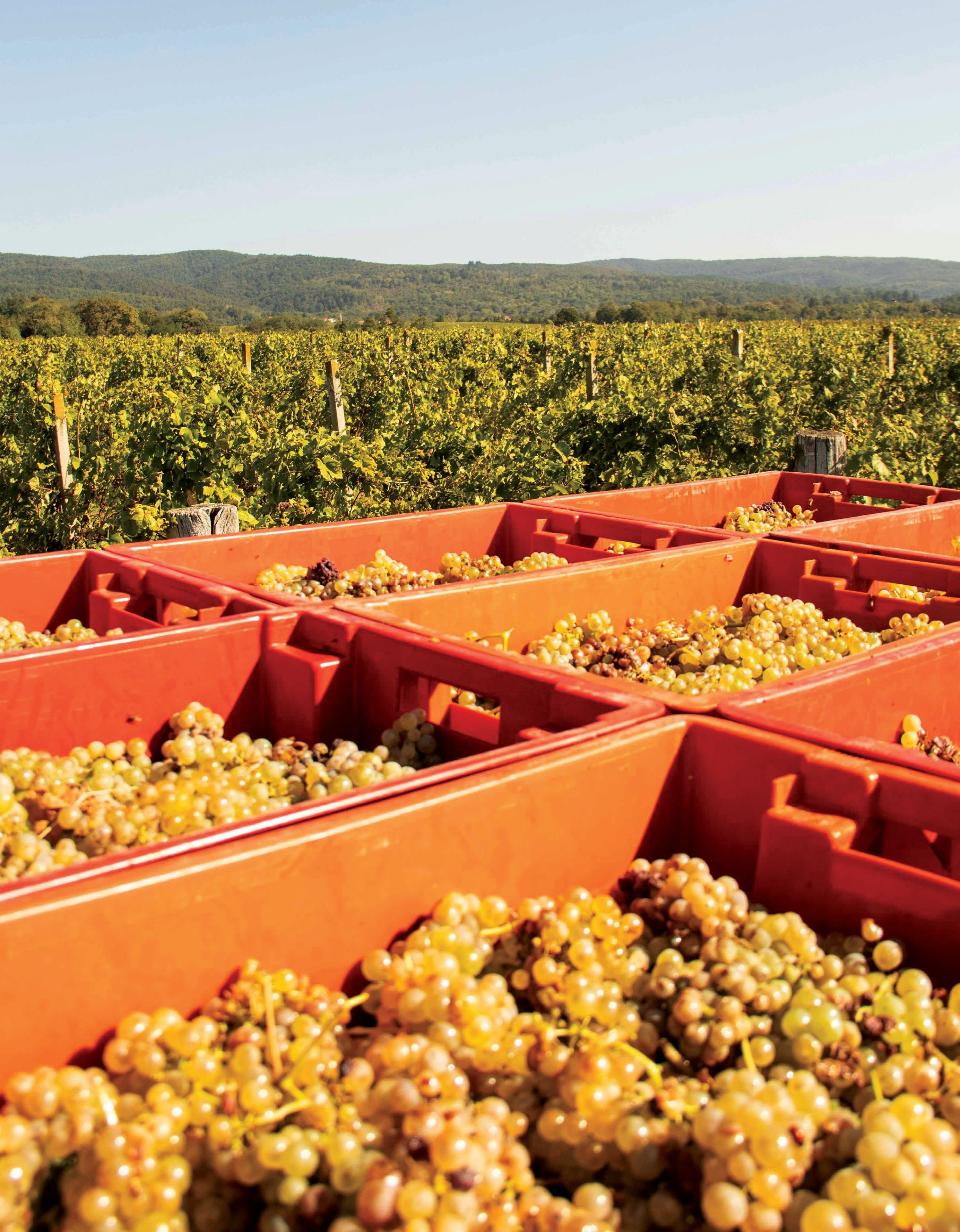
best hotels in the world.
Hands-on owner David Stein has converted an old farmhouse and adjacent buildings to give 24 rooms. Genuine David Hockney and Frank Stella art works and books galore give ambience. Two restaurants, an underground tastinglecture room with bottle sales, and a respected spa and gorgeous pool attract business, as dovines right up to bedroom windows. And that business is needed: costs include an experienced Relais & Chateau General Manager and a staff-count of 50. For a two-night weekend stay, 1 to 3 October, booking.com rates start at €1,866.
As with any hotel, city or rural, being in the industry is hard work. It’s essential to have a high-profile leader, and successful winery resorts have an added advantage— vineyards.

CLOCKWISE FROM RIGHT: Les Sources de Caudalie, near Bordeaux, is integral with 193 acres of Smith Haut Lafitte vineyards; Marques de Riscal is designed by architect Frank Gehry as a multi-coloured, adultsized Hobbit house; Meadowood in Napa Valley’s St Helena is immersed in the world of wine; book a bespoke session with a sommelier to learn what you want; At Mas d’en Bruno, hotelier David Stein has converted an old farmhouse and filled it and adjacent buildings with David Hockneys and other art, and books galore.
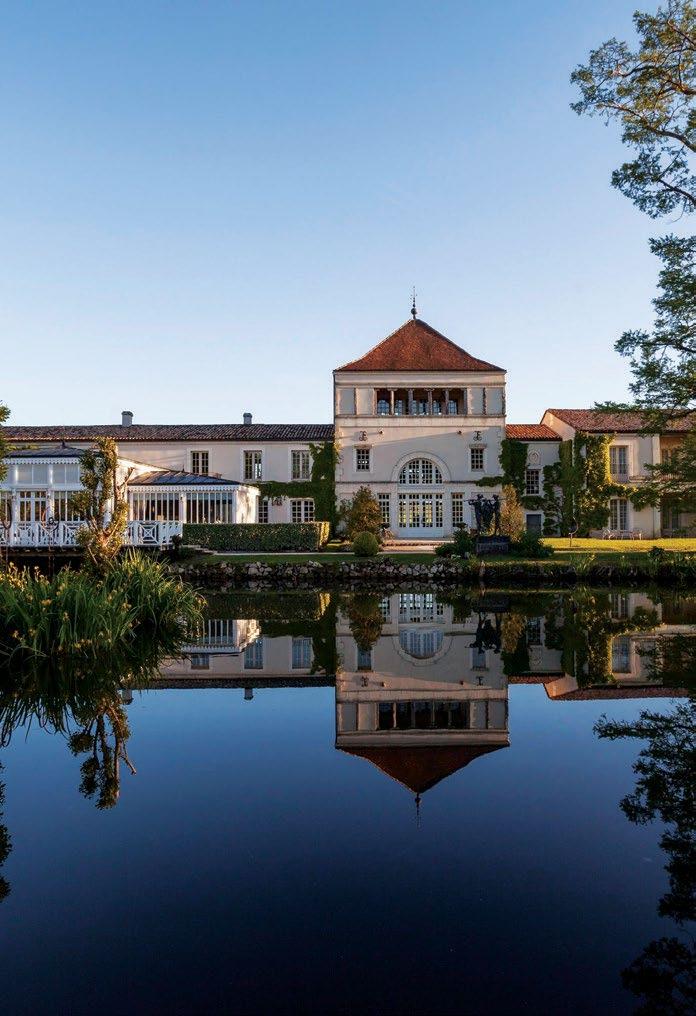
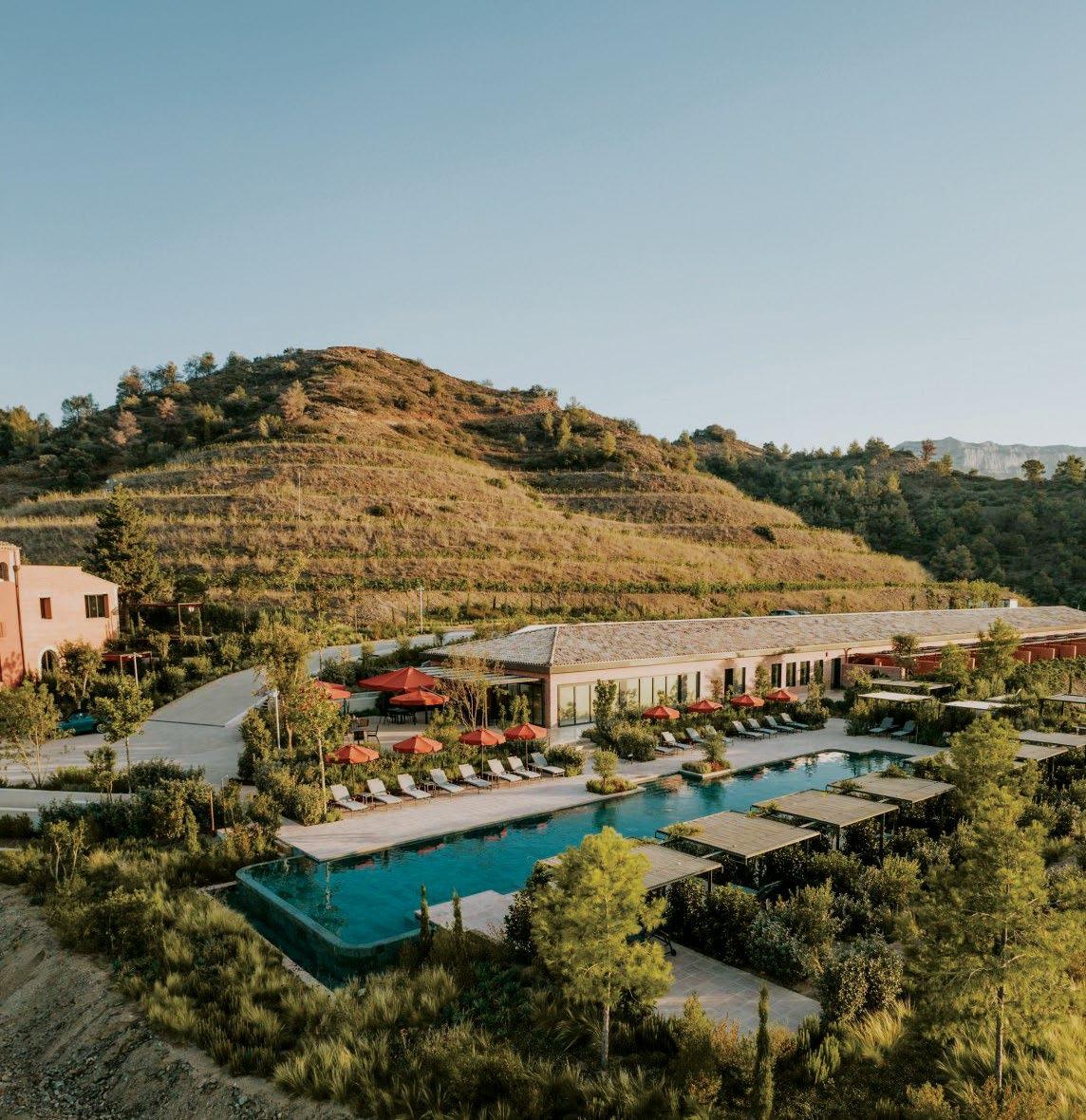
with great views. There are also six double-sized shepherds’ huts which guests with young kids particularly like.
For visitors, this place is a continuous bliss. Stroll through the now-mature plantings, dotted with sensational modern sculptures. For Caines, it’s a
continual challenge. He oversees the kitchen—the three-room restaurant is packed with lunch and dinner, mostly with locals. He has a GM but he is often pacing the whole, checking and planning. He hosts an annual festival of old cars. And there’s the vineyard.
In France, many top country

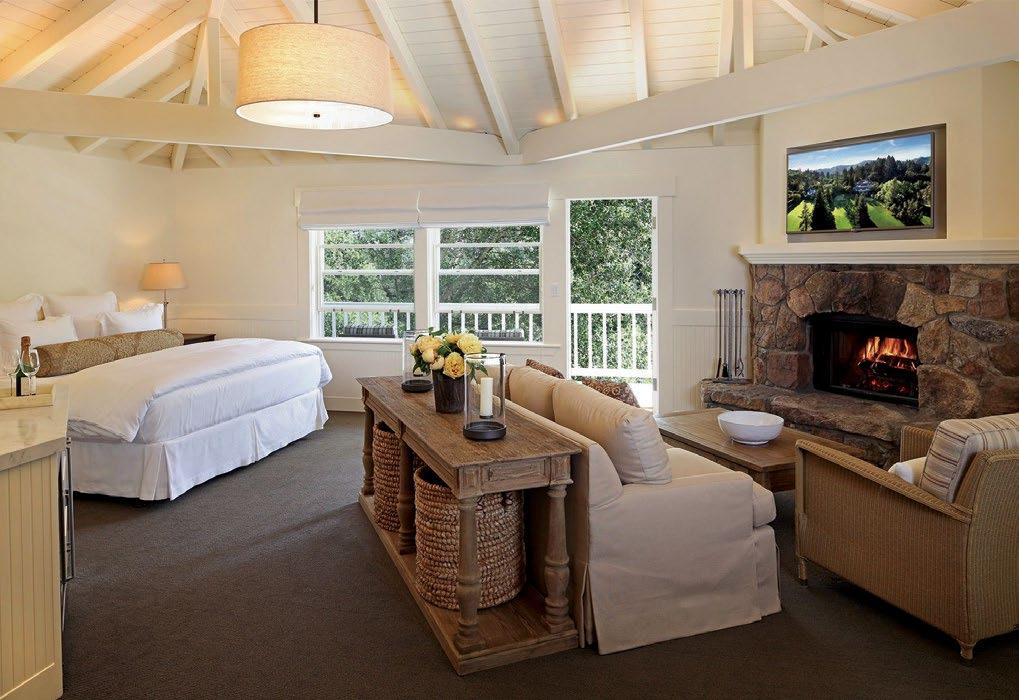
resorts are near vineyards but Les Sources de Caudalie, near Bordeaux, is integral with Smith Haut Lafitte vineyards, 193 acres of them (their 2009 Graves achieved 100/100 from the god of grapes, Robert Parker). The whole complex is a skillful business operation, owned and run by a

clever marketing family—hence the awareness and presence worldwide of Les Sources de Caudalie beauty products. One per cent of the operation’s wellness income goes to such sustainable initiatives as supporting indigenous Amazon tribes threatened with modernisation.
Spain has two outstanding wine regions, Rioja and the lesser-known Priorat. In Rioja, the standout is the Marques de Riscal, opened by the previous ruler, King Juan Carlos, as his father had many wine tastings here. Architect Frank Gehry designed a multicoloured adult-sized Hobbit house with rolling titanium canopies as roofing: the canopies are silver, for bottles’ caps, gold, for bottles’ wires, and pink, for rosé wine
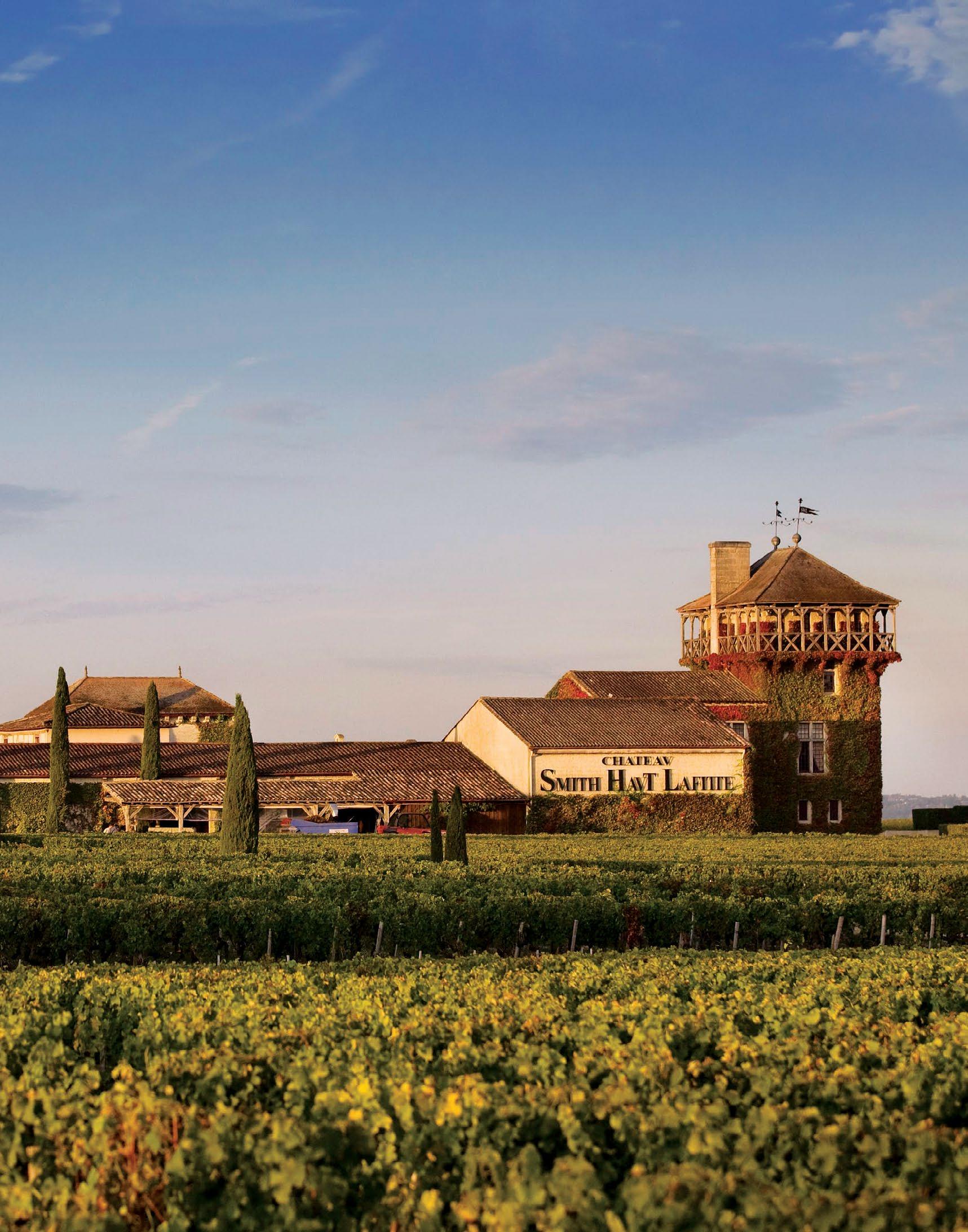
and they are cleaned by abseilers using high-pressure hoses. This is a once-in-a-lifetime resort. It’s on 2,741 planted acres, it has 43 bedrooms—and the spa, once again, is Caudalie.
By contrast, those who know want to head again and again to Priorat, a 90-minute drive from Barcelona. Mas d’en Bruno, a yearold Relais property that is already in Travel+Leisure’s 10 best hotels in the world, immediately feels like home. Hotelier David Stein has converted an old farmhouse
and filled it and adjacent buildings with David Hockneys and other art, and books galore. Two restaurants, an underground tasting-lecture room, a big pool and vines right up to your window. In room 50, laze in your private pool while caressing a planting. Of course, as with anything in hospitality the more you start to research the more you realise there’s still to do. What about winery resorts in Italy, South Africa, Australasia, India? Watch this space.

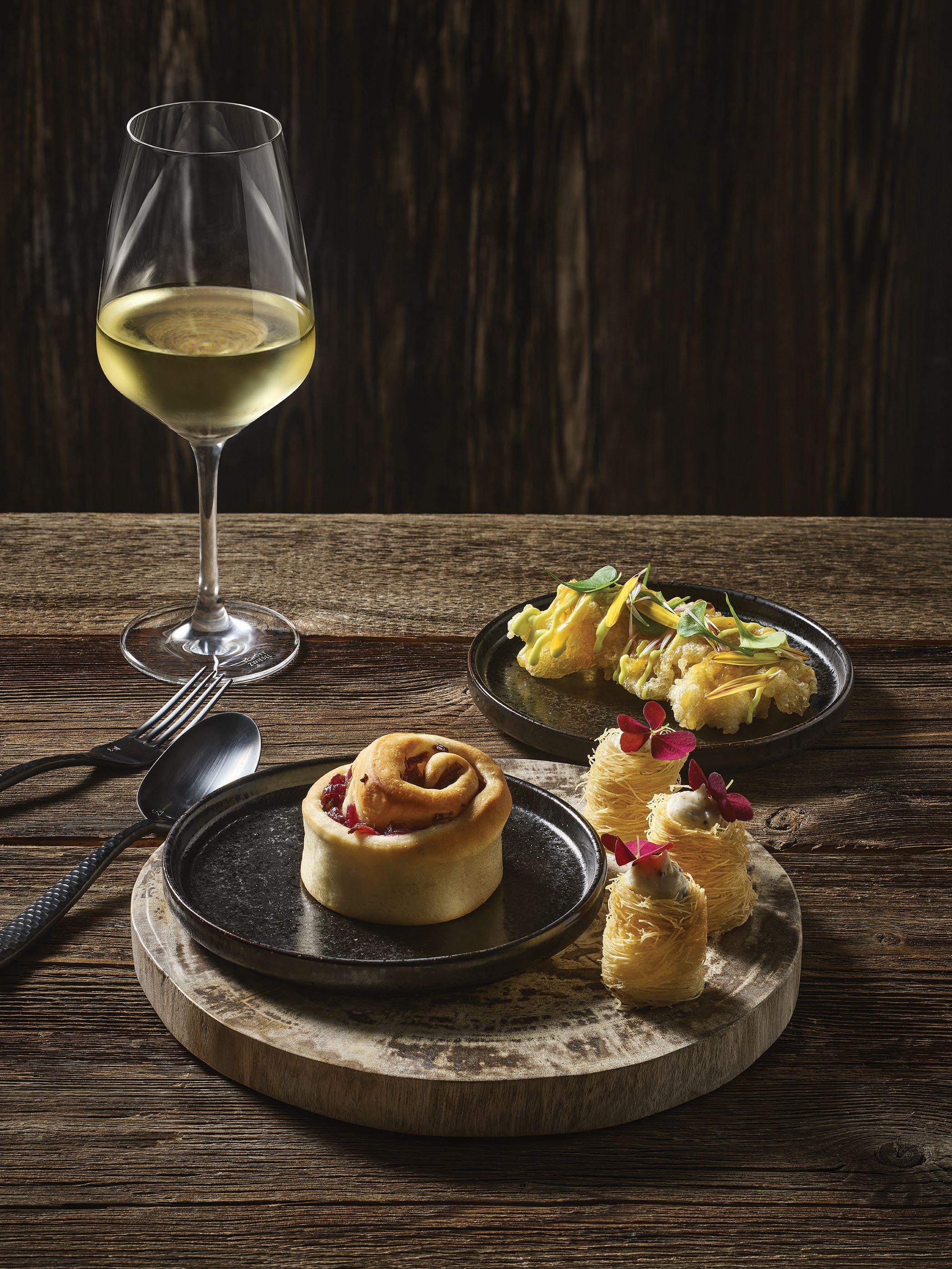
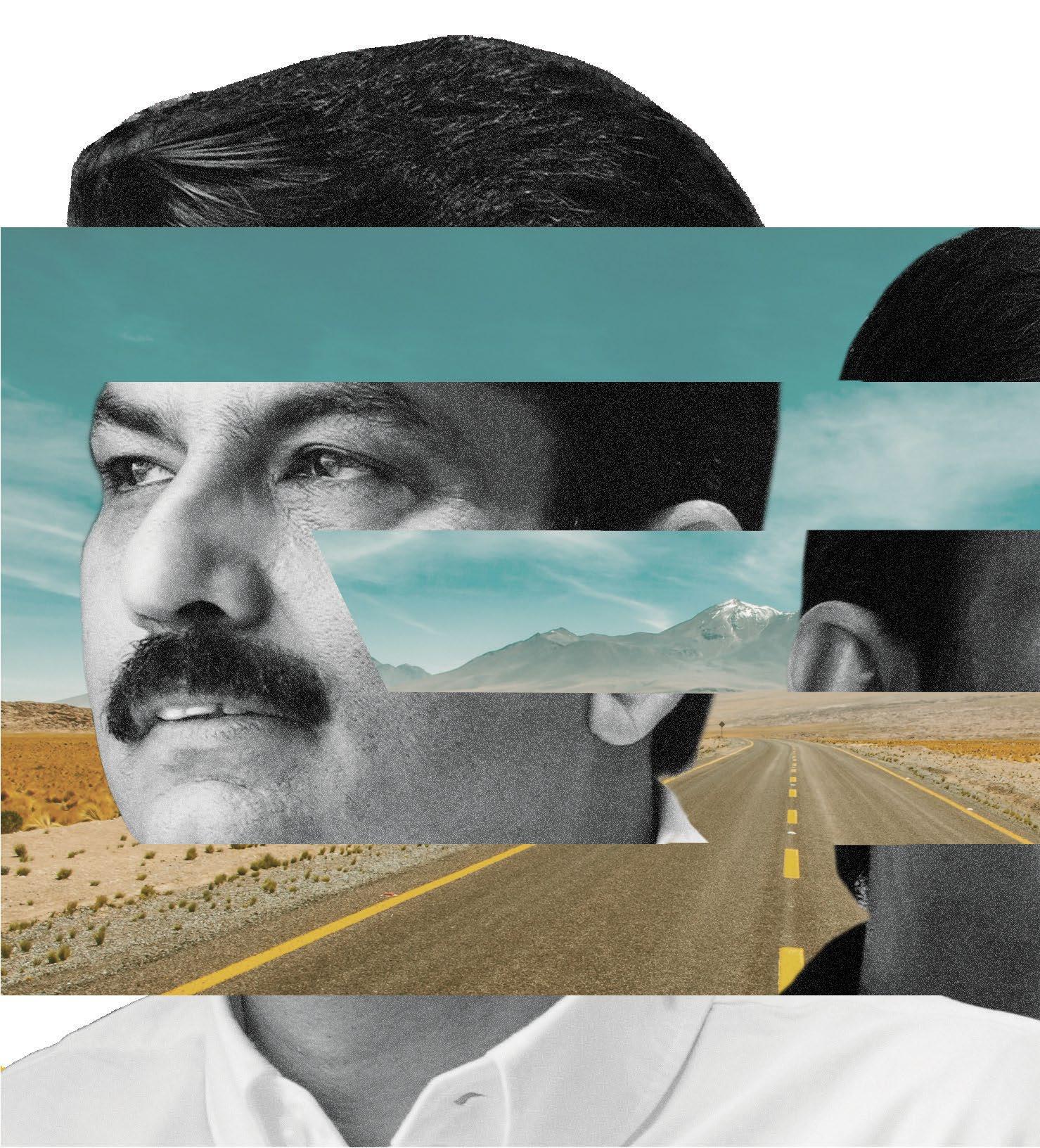


Rajesh Magow , Co-founder and Group CEO, Makemytrip, on innovation, resilience, and leading India's favourite travel platform.
CREATIVE DIRECTOR TANVI SHAH
PHOTOGRAPHED BY VISHAL KOUL
Flight bookings = MakeMyTrip. That’s what most Indian frequent flyers would vouch for. 75 million plus customers, a.k.a. people have transacted on the platform. That effectively makes it amongst the top 20 largest nations by population. Yes, larger than the UK, France, or indeed Canada and Australia combined.
Even the barest look at this pioneering company reveals the enormous strides it has taken as it completes a quarter-century of existence next year.
Here are some stats:
A market cap of over $10 billion.
Highest ever adjusted operating profit - $124.2 million in FY’24.
Over 30% of all flyers in India are booked on the platform.
462+ million app downloads.
31 million room nights sold over the platform in FY’24.
86+ million bus tickets sold in the same period.
However impressive the figures are, it is the intangibles that impress even more. Just as Google has effectively come to be an alternate word for search, almost a verb rather than a noun, travel in India is equated to MakeMyTrip. It is the top-ofthe-mind recall for most domestic flyers in India, and arguably the most trusted.
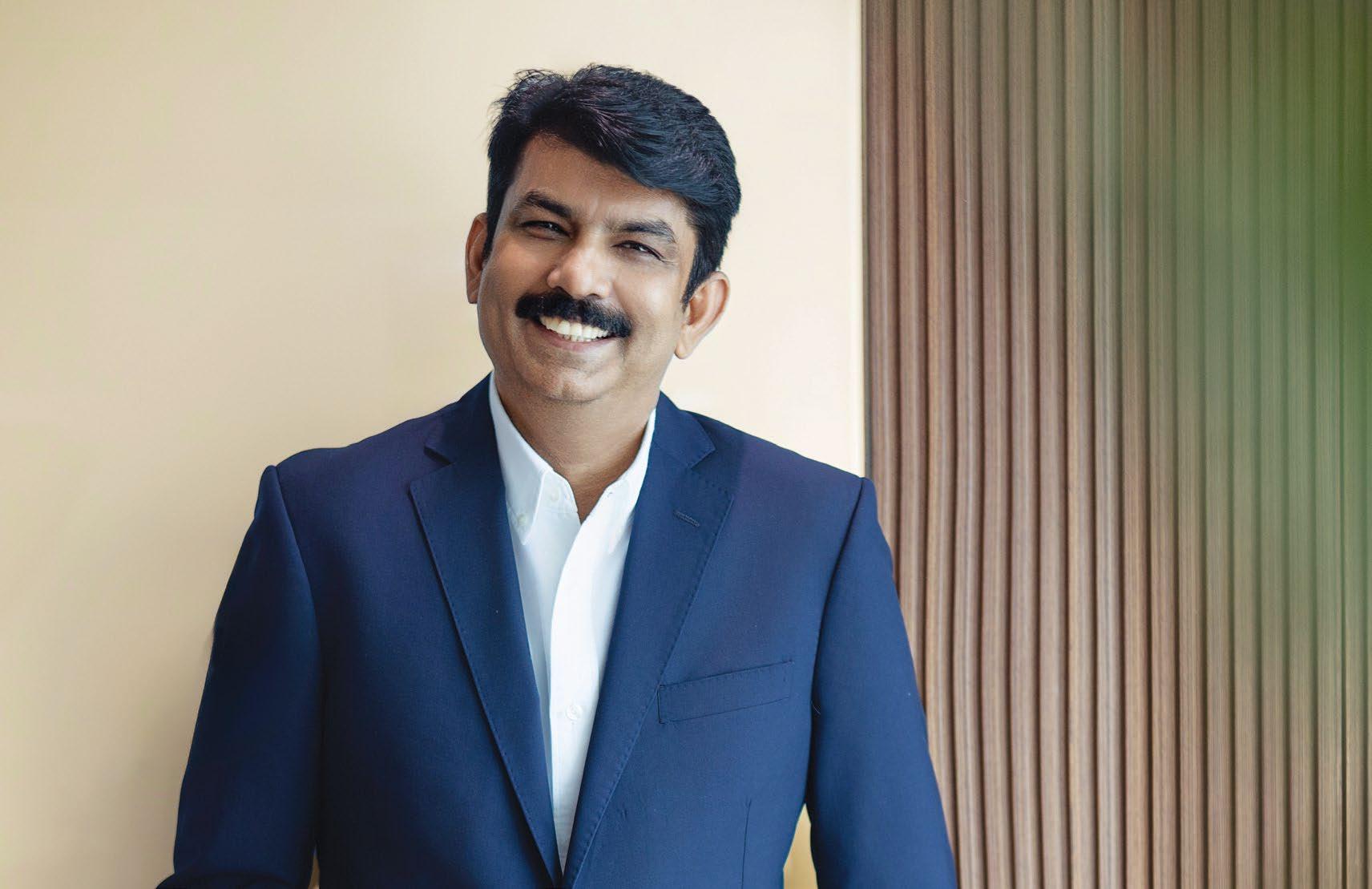
To lead such a huge 24x7 company is no cakewalk, and Rajesh Magow, Co-founder and Group CEO, seems to effortlessly slip into the role that once Deep Kalra, Founder, MakeMyTrip, as the face of the company, occupied. Magow, who, in the past, has played other roles in the company including CFO, has been Group CEO since 2020. Selfeffacing as they come, Magow credits Kalra for the vision, saying “he (Kalra) had the idea and he's the one who set it up.”
The entrepreneurial journey for Magow has been a long one. As he sat down for an exclusive interview with SOH, the thoughtfulness, and measured responses that are yet frank, are especially remarkable. He wears his responsibilities lightly—literally. He oversees thousands of employees, yet his workplace—the massive Makemytrip office—is casual, friendly, and, what could rarely be said of a corporate office, even happy.
Before his 24-year stint with MakeMyTrip, he had worked with a few other corporations, including Aptech. “I guess the game-changing moment for me was meeting Deep. We had a long conversation and I got quite excited about it. I was beginning to sort of warm up to the idea that we have to do something on our own or get into, at least, a very earlystage company and then build the organisation together from there.”
No entrepreneurial journey is without its challenges. “MakeMyTrip started in 2000, and then 9/11 happened,” recollects Magow. “We had a couple of million dollars in funding then, and we got only the first tranche of a million dollars. We did not even get the second tranche because even the VC, who funded us, shut their shop. So that was the start—whether you call it entrepreneurial or adventurous. The journey started from there and we hung on to it, and we figured that we had to just tweak our model a little bit. We started focusing on the US-India corridor because we didn't have to sell online booking to a market as evolved as the US market. We focussed only on non-resident Indians. That's how we sort of survived. And believe it or not, it took about five years.” He admits that it was probably the toughest phase for the company. “In those five years, I guess the biggest learning for us was (the need for) self-belief, and in hindsight, resilience.”
Magow, along with Kalra for a while in those initial years, took a detour to work on an opportunity for ebookers, a UK-based online travel portal which was then trying to set up in India. “A lot of the heavy lifting during that phase was also done by Keyur Joshi and Sachin Bhatia, the other two founders.”
Magow admits that there have been significant ups and downs in this remarkable journey. “I think the down cycles that we have seen just made us a lot more resilient, (a credo) which came in handy in the most recent times, when COVID happened. You needed all the sort of strength to be able to come out of it right. The whole industry was going through it and we were not any different. When you go through a startup journey, you see all kinds of situations, and often, difficult situations. As you come out of it, you feel better and you learn a few things out of it. It makes you more and more resilient.”
He cites the period before the acquisition of Goibibo and redBus, which was a trying time for the company, especially as their then competitors were indulging in deep discounting. “If you end up selling your product deeply discounted, where the cost of the product is also not covered, how do you counter that? That was a pretty difficult
Rajesh Magow wears his responsibilities lightly. He oversees thousands of employees, yet his workplace—the massive Makemytrip office—is casual, friendly, and, what could rarely be said of a corporate office, even happy.
A
situation, and we were a listed company. We were a fairly disciplined organisation. We have always taken pride in our dream of being the market leader, but that (dream) was coming under pressure. You start to sort of go back to the drawing board and see how we can counter this madness. So, we changed gears, albeit maybe two quarters late. We raised more money and we started sort of investing very aggressively, matching dollar to dollar. Somewhere down the line, we said, ‘Why don't we just think about making a consolidation move'?”
That said, the company retains the three B2C brands. “It's at some level an obvious query. Why do we need two brands? While the models are similar, the interesting news is that both brands have their distinct consumers. So, the overlap is just about 25%. GoIbibo has a lot more value seekers. It makes sense to continue with the brand. It's working out beautifully right now.”
Magow points out that the right culture and environment, where you push people to experiment, are important, even if you fail. “Failure teaches you a hell of a lot. All you have to do is not repeat the same kind of mistakes all over again, right? But you can’t not be pulling the plug just because you're being over-cautious, right?”
He also admits that the customer service area remains a challenge. “We are a services company, so it's very hard to be able to get 10/10 on that. Given that we are a two-sided market, there's a lot more dependency on the actual service providers. But our aim—and we have not shied away from that ambitious goal—is that we will take
EFailure teaches you a hell of a lot. All you have to do is not repeat the same kind of mistakes. But you can’t not be pulling the plug because you're being over-cautious."
responsibility for end-to-end service. And you know, if there's anything that has gone wrong with the actual travel, we will work with partners very closely and give them data points to help them improve the service levels as well.”
Risk-taking and continual learning have been crucial to the story of MakeMyTrip and Magow. “In hindsight, when you look back, you realise that we had a risk appetite. You need to be hungry, you need to have some risk-taking ability. Every situation was a learning situation not only back then, but even today. Life is fast-paced, right? So is internet technology. You can't just be in your comfort zone and say, ‘Listen, I've arrived’. I guess our biggest learning was to keep our mind open. And two, we have to stay grounded all the time.”
Seated in his cabin on the 19th floor of a blue glass-fronted Gurgaon corporate office, Magow can get a bird’s-eye view of the landscape of a transforming India, and its increasingly aspirational residents, for whom the travel genie has been unleashed, courtesy the multiple milestones that followed. Magow cites the IPO listing on NASDAQ in 2010 as of his most significant one. “Back in 2010, we were among the first Internet companies to actually be listed in the US in the online travel agency space. The more important part, the satisfying part of bringing out an IPO was that a lot of the employees had stock. We believe in sharing and call it good people practice. About 80 to 90% of our people had stock then. Suddenly for them, the paper stock became currency.”
He picks another milestone from the other end of the journey (yet). “I would say very recently, we grossed a 10 billion market cap. When we listed, we had a market cap of 450 million. Even now, when I see the stakeholders, I feel great that they are all happy and satisfied. There’s a feeling of delivering the promise all these years. I don't think there can be anything more satisfying than that.”
MakeMyTrip has grown significantly, but the challenge is to maintain the entrepreneurial spirit the team had at the start. “We

Mreached a particular scale at MakeMyTrip with 3,800 people, and the value we try to instill the entrepreneurial zeal. We have to make sure that the culture that we started with, continues even now,” elaborates Magow. “It's easier said than done, but our intent is always to push it through, not necessarily from only Deep (Kalra, the founder) and me and the other leadership team members, but also beyond that. The entrepreneurial ship is all about taking ownership of what you do. If you feel accountable, you feel responsible about it. So keep pushing the values of the ‘company first’. No matter what, the focus is on achieving that goal time and again. Consistently. Everything else sort of falls in place if this philosophy is followed. Focus on what you have to do and don’t worry about the rest.”
Magow is especially intent on achieving a happy workplace. “The environment (at Makemytrip) is more friendly and far happier. This emphasis on people's practices stems from our belief in leading by example. We foster a friendly and empathetic office environment, recognising that COVID has made us all more humble and grounded.”

75Mn+ Lifetime Transacted Customers
462Mn+ App Downloads
482Mn+ Shopper Visits
3 out of 10 Domestic Flyers Book with go-mmt
31Mn+ Hotel Room Nights Sold in FY'24
86Mn+ Bus Tickets Sold in FY'24
“Indians, when they travel, are very fussy about food. And it's not only vegetarian and nonvegetarian. The vegetarian also has to be of 10 different types! And then there is regional flavour and the rest of it. Also, as Indians, we are not great planners at all. Europeans would typically book a holiday when they finish the first one—they start planning the second one then and there. We are dramatically the opposite. We only sort of plan at the last minute. According to the statistics on our platform, zero to seven days advance purchase bookings account for about 50% of the business. This has implications on various platforms and various ways you price the product.”
YYou need to be hungry, you need to have some risk-taking ability. Life is fast-paced. So is internet technology. You can't just be in your comfort zone and say, ‘Listen, I've arrived’."
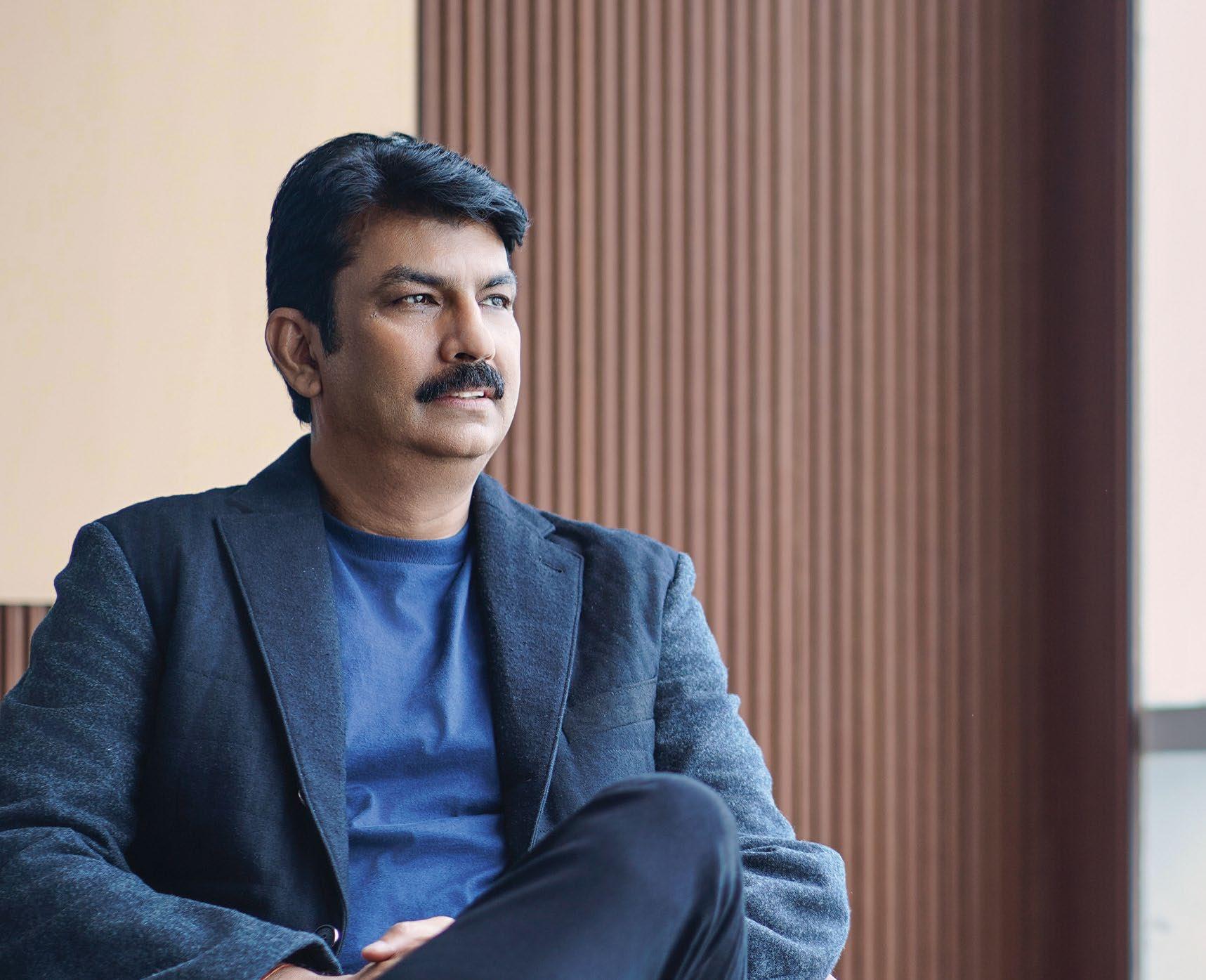
“I like to learn from every single person. In your early days, you learn from your parents and the people around you. Deep (Kalra) has been a huge influence. We have been working together for the last 25 years, and there is a lot to learn from him.
I learn a lot from all the sports personalities. (A sports enthusiast, and an occasional player of cricket and badminton, the wall in his cabin is full of photographs of his favourite icons). In the early days, it was Kapil Dev, the 1983 World Cup hero. Then there was Sachin (Tendulkar) and more recently, there has been Rahul Dravid. Look at the tenacity that this guy has. He didn't give up on his dream of getting that one thing which had been eluding him for the longest time. Then there is Novak Djokovic, who won an Olympic medal against a younger guy. Recently, in our annual town hall meeting, we invited badminton champion Pullela Gopichand. What a phenomenal personality, and what a phenomenal contribution he has made to badminton in India.”
“For me, the definition of work-life balance is very different. But, before I tell you about that, I have to admit that when you start on the entrepreneurial journey, you should be prepared to go all in. So, in terms of effort and bandwidth, you have to put in the number of hours that are needed. And, at the end of the day, you have got just 24 hours. So something will take a backseat. Over the years, I have tried to imbibe the formula of ‘quality versus quantity’. If you can't give too much time to the family in terms of quantity, can it be top-quality time? In our always-on industry, there's no true weekend. But if you're inherently responsible, that trait will show up in your work. It's all about intent and finding ways to manage the demands. If there's a will, then you will find a way.”


YOUR WEEKENDS I like to spend my downtime with my family, maybe binge-watching a show or two. Earlier I used to play cricket. Now, If I can play badminton for a couple of hours on the weekend, I consider it to be a great start to my day.
FAVOURITE HOTEL I love the hospitality from The Taj Hotels as well as The Oberoi Group. My personal favourite is The Taj Mahal Palace, Mumbai.
ONE THING THAT ALWAYS MAKES YOU SMILE When I find that people around me are happy.
COMFORT FOOD South Indian and Thai.
A LESSON LEARNT FROM FAMILY I think compassion. Also discipline.
IF YOU COULD INVITE THREE PEOPLE, LIVING OR DEAD, TO A DINNER PARTY
All the sports legends. I would be delighted to host a dinner for the 1983 World Cup team. I would also like to dine with other sports starts such as Roger Federer, Rafael Nadal and Novak Djokovic!
A PERSONAL QUIRK Well, laughing out loud when I am amongst friends.
FORMALS OR CASUALS? Casuals, any day.
THE ULTIMATE MATERIAL INDULGENCE Nothing at all, to be honest.
WHAT EXCITES YOU? Travelling and, of late, reading as well.
2000
Apr: Makemytrip founded Oct: US & India website launched 2001Management buyback
2005 MMT India website relaunched
2010 IPO / NASDAQ listing
2015 Native Mobile App launched on iOS & Android Invested in Simplotel
2017 M&A: Goibibo & redBus
2018Acquired Bitla
2019 Launched myBiz & acquired Quest2Travel for corporate travel
2020 Launched myPartner catering to B2B2C demand Crossed $6 billion GMV
2021 UAE launch
2022 Incorporated Al/ML led features Majority stake in BookMyForex
2023 Majority stake in Savaari
2024 Crossed $10 billion in market capitalisation
He ascribes the success of the company “to starting early. Being first to market was an advantage, but our real success comes from the fact that our business isn't formulaic. It's built steadily, block by block, through relentless execution. Having a vision and strategy is crucial, but without consistent, day-in-day-out implementation, you'll fall behind in this industry”.
Don’t let the almost relative calmness of the penthouse equivalent of a corporate space fool you. MakeMyTrip is constantly innovating. Frantically. The business has extended well beyond flight tickets and hotel bookings to span holiday packages, train, bus and cab bookings, homestays, experiences, gift cards, travel insurance and forex, amongst others. Perhaps most significantly, AI is enabling the industry to tailor travel experiences to individual preferences, offering unprecedented levels of customisation. "From ‘Trip Guarantee’, which offers a 100% confirmation of rail reservations or offers the customer 3x times the money back, to ‘Loved by Indians’, which caters to specific needs of Indians when they are travelling abroad, a lot is happening. There’s an all-woman channel (about 2,000) working on addressing specific holiday planning queries. There are about 150 franchisee stores, and expanding a rare offline segment! There’s a travel agent affiliate platform called My Partner, which has about 20,000 travel agents. Cruises are in the pipeline, as are destination activities and experiences.
Massive as it is in India, the logical next step for MakeMyTrip is to explore a more global presence. “We are predominantly in India. We are a one-stop shop—we call it a travel super app,” Magow says with a smile. “We have few businesses which have scaled up significantly, but there are many new businesses that we have ventured into. Intercity cab is a recent one, along with homestays and forex business. So, there's a huge amount of headroom for us to be able to grow those businesses.”
Makemytrip has entered into, from a geo expansion standpoint, the Middle East market. “Ironically, in the middle of COVID, we launched our UAE site. So that's going to be our new sort of beginning outside of the Indian market for an OTA business model.”
A record of successive growth in recent quarters seems to have whetted the appetite for growth; Makemytrip is growing at about 20% Y-o-Y. “We have about $8 billion gross booking value and $800 million revenue. The next milestone that we are looking for is a $10 billion gross booking value and a billion-dollar revenue. And then we keep sort of building on it. The good news is that there is a huge amount of headroom, as the travel and tourism market is growing. Digitisation in the country is phenomenally growing, as is e-commerce penetration, and we are at the sweet spot. We think that there's enough headroom for us to continuously keep acquiring new users. We are strong on new user acquisition thanks to the brand becoming far more reliable and powerful on the back of good customer experience; our repeat rate is also very high and stands at about 70%. Every quarter we do have 30% new users coming in as well.”
An even greater silver lining? “Data reveals that a lot of people are now taking more trips than ever before,” Magow points out. “They want to travel. I don't know whether this is, you know, due to the realisation that life is short and let's experience it. And travel is right up there in experiences.”
With Magow at the helm, MakeMyTrip seems set to make the process even more exciting!
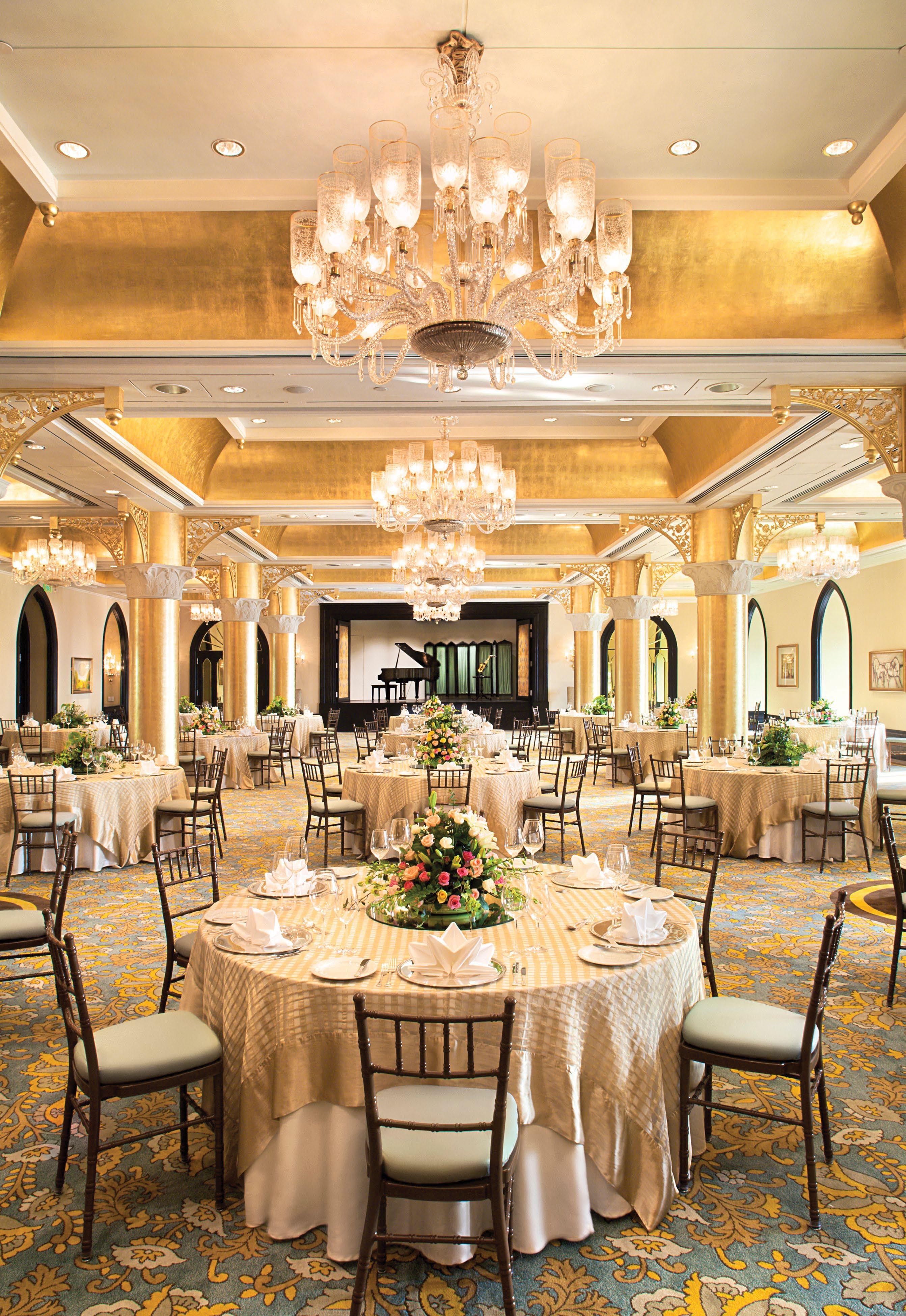










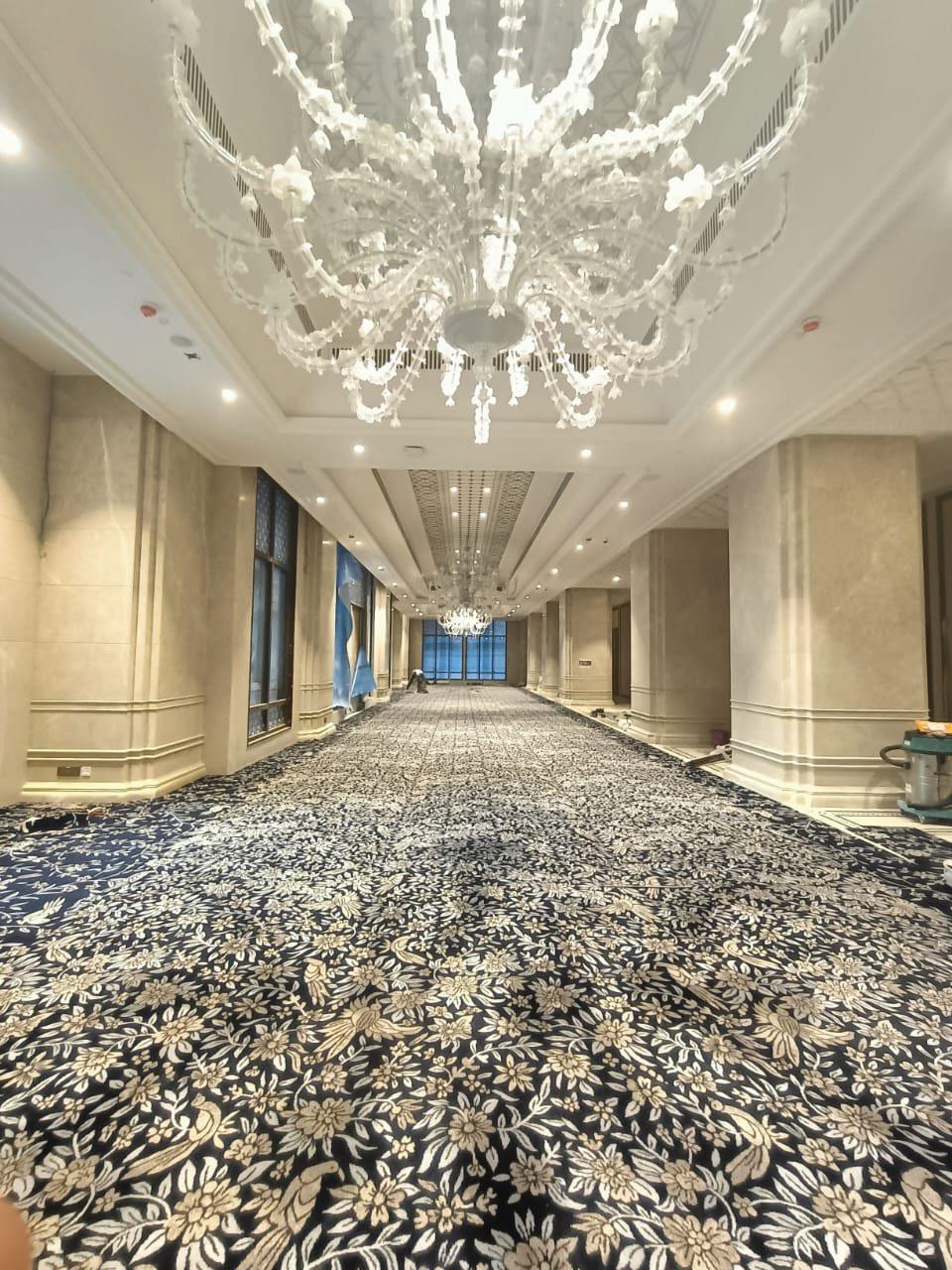
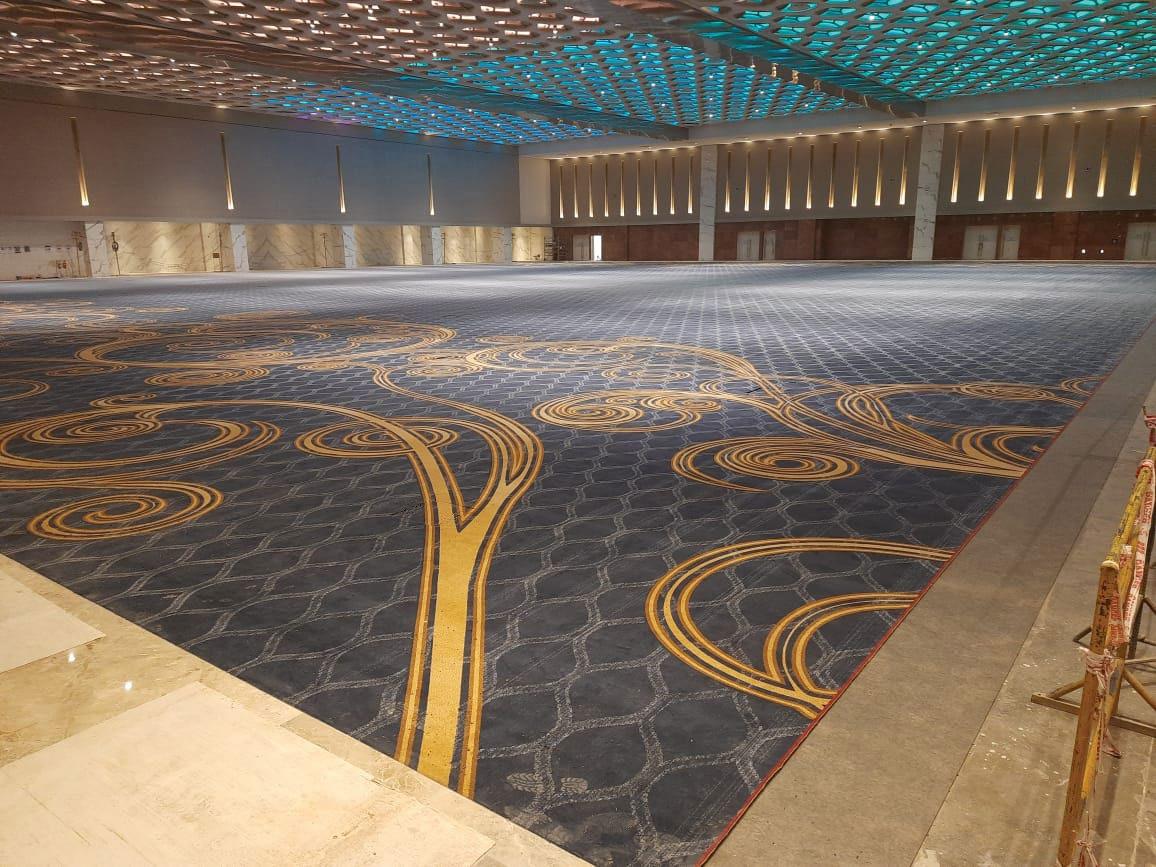





Madhya Pradesh , once a relatively obscure state on India's tourism map, has radically transformed over the past two decades. From its early days of limited visibility and infrastructure challenges, the state has risen to become the eighth most visited destination in India.
Nearly 20 years ago, Madhya Pradesh Tourism Board (MPTB) and Ogilvy India released a TV commercial that not only put the state firmly on India’s tourism map, but also set a new benchmark for the advertising industry. The collaboration between the state tourism board and Ogilvy India, lasting from 2006 to now, has been mutually beneficial. As of 2023, Madhya Pradesh ranked among the top 10 states in tourist arrivals, according to the Ministry of Tourism data. Ogilvy, in turn, received numerous awards, including a Silver and Bronze Lion at Cannes for MP's Memories of Destination ad and a Graphite Pencil for MP Mein Dil Hua Bacche Sa at the 2018 D&AD Awards.
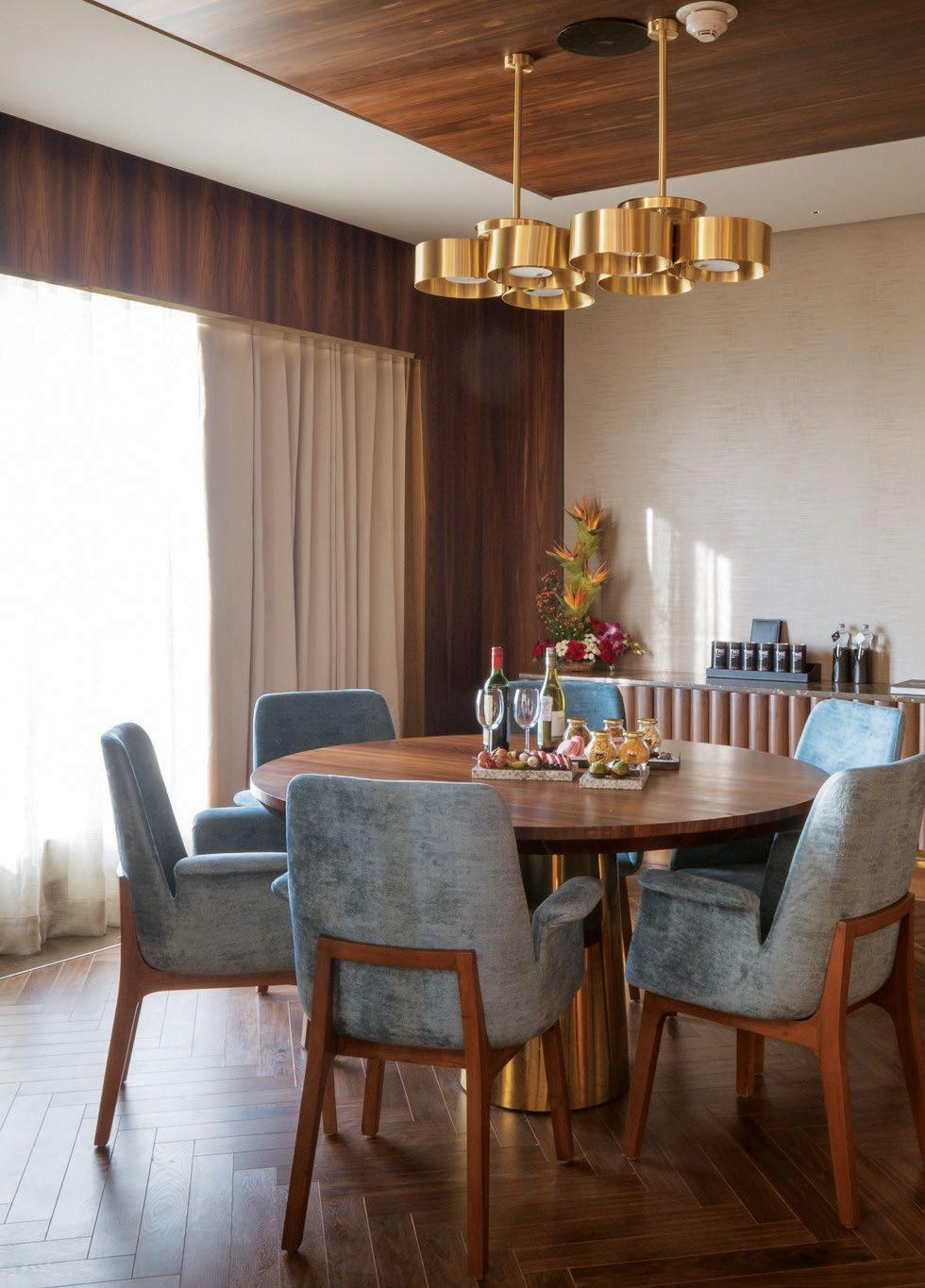

It has taken Madhya Pradesh about 20 years to reach No. 8 on India’s top destinations list. States such as Rajasthan, Goa, Himachal Pradesh, and Kerala won the tourism sweepstakes much sooner. The reasons for the slow growth are manifold: lack of a branded and boutique hotel network, slow infrastructure development, and the lack of perception among Indians, and the world, about its many offerings.
The state boasts an embarrassment of riches: ancient archaeological Bhimbetka rock shelters of the Paleolithic and Mesolithic periods, and the intricate Khajuraho temples built during the Chandella dynasty, between 950 and 1050 BC. The state's dense forests, covering 94,689 sq. kms., and its 11 sanctuaries including Kuno, home to cheetahs, contrast with the emerging urban centres of Bhopal and Indore—Bhopal known for its royal culture and Indore as a bustling business hub.
Despite the historic campaign and the state’s evident charms, Madhya Pradesh’s tourism limped rather than sprinted, or even ran. “For years, there was no ground infrastructure to support tourism,” says Jai Thakore, Chairman, E-Factor Experiences Limited, who was involved with the experiential The Mandu Festival. “What helped Madhya Pradesh was the stable government it has had for over 20 years, leading to the development of physical infrastructure. Hotels invest significantly in their properties and need assurance of certain business levels before establishing a presence in any state. They look for not just the future potential of a destination, but also the right infrastructure that will nurture their businesses, in this case, their properties.”
With increasing investments in infrastructure, improved connectivity, and a burgeoning interest from domestic travellers, the state is poised to finally gain a spot under the tourism arclights. This shift, in number of tourists and the perception of its tourism potential, is not merely a testament to its growing popularity but also a reflection of strategic partnerships, which have redefined its narrative.
Jatin Khanna, CEO, Sarovar Hotels & Resorts, views the slow growth as an opportunity. “With improved infrastructure and new highways, smaller cities are better connected, which could boost tourism. Currently, pilgrimage tourism is the second most significant segment after social travel, with business and leisure travel still under represented.”
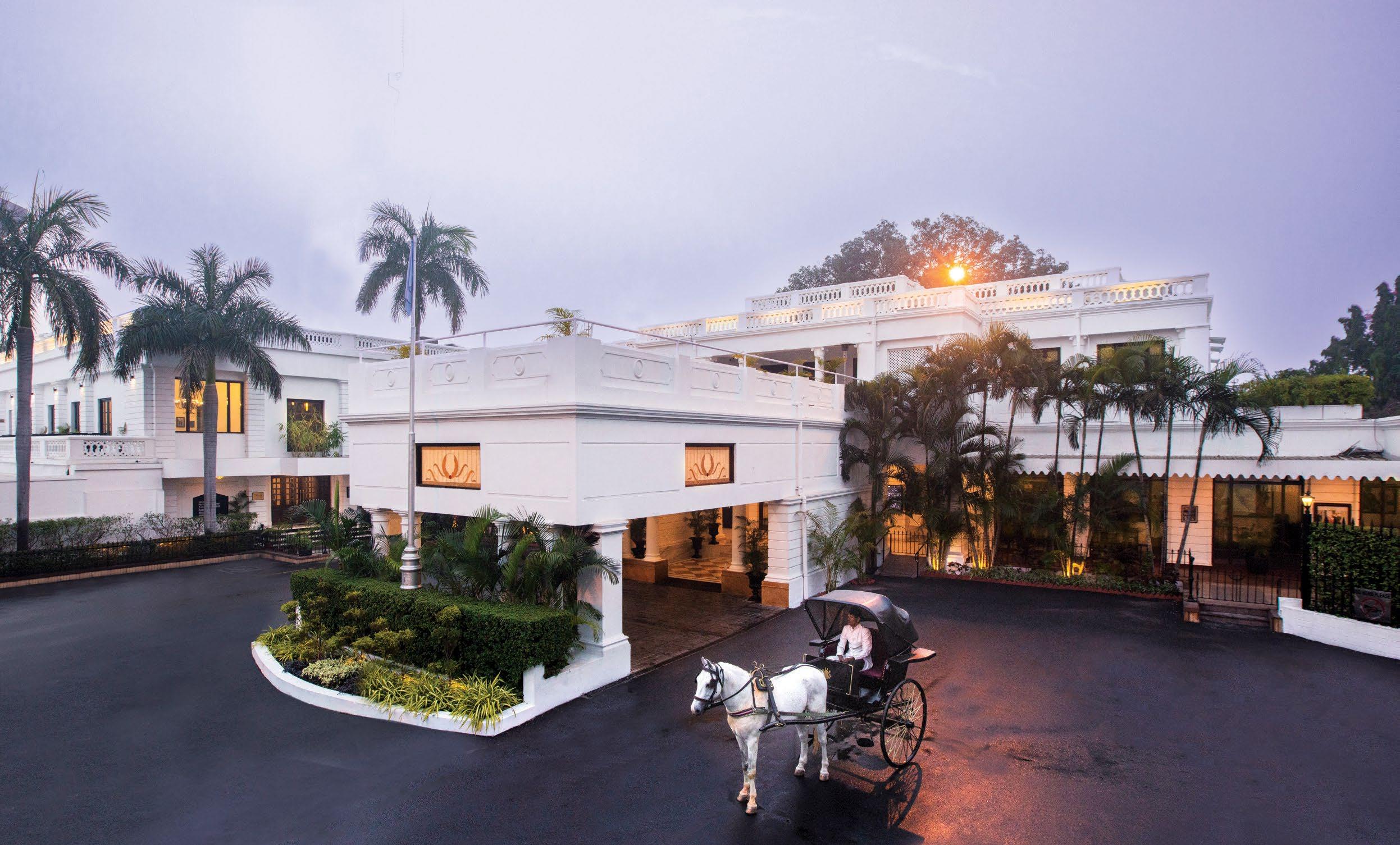
In 2023, Madhya Pradesh welcomed 11.21 crore (112.1 million) tourists, a significant increase from 3.41 crore (34.1 million) in 2022. Ujjain emerged as the most popular destination, attracting over 5.28 crore (52.8 million) visitors. Maihar followed with 16,849,000 tourists, according to MPTB stats. Landmark projects like Mahakal Lok in Ujjain and Ektma Dham in Omkareshwar have played a pivotal role in drawing more travellers to the state, as per the MPTB data.
“Madhya Pradesh, often called the heart of India, is rich in diverse attractions. From ancient temples and spiritual sites to majestic forts and thriving wildlife reserves, it offers a unique blend of cultural and natural experiences to travellers,” says Nikhil Sharma, Managing Director and Area Senior Vice PresidentSouth Asia, Radisson Hotel Group. “The state is quickly emerging as a significant economic and investment hub, with ongoing infrastructure development that further enhances its appeal. As interest in experiential and eco-tourism grows, Madhya Pradesh is wellpositioned to attract domestic and international visitors, solidifying its place as a key destination in India's tourism landscape.”
The heart of Madhya Pradesh's tourism experiences
Khajuraho, a UNESCO World Heritage site known for its historical monuments, has not seen the same level

CHAIRMAN, E-FACTOR EXPERIENCES LIMITED
“What
helped Madhya Pradesh was the stable government it has had for over 20 years, leading to the development of physical infrastructure and an inventive tourism policy. "

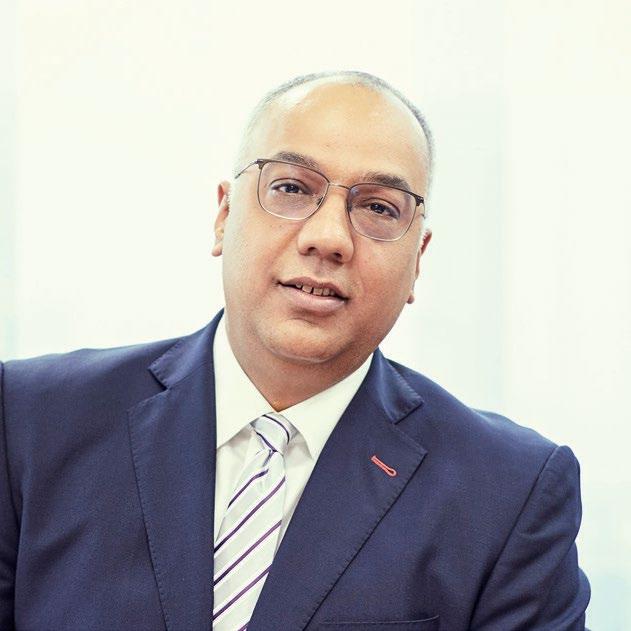
of tourism as other heritage sites in India. Although domestic travel, including MICE (Meetings, Incentives, Conferences, and Exhibitions) events, has risen postCOVID, heritage tourism remains underdeveloped compared to the growing wildlife tourism sector.
According to Sonia Meena, Additional Managing Director of Madhya Pradesh Tourism, the state is home to religious and spiritual treasures like Chausath Yogini Temple in Mitaoli. The 9th-century marvel inspired the design of India’s old Parliament building. “The state's lesser-known yet captivating attractions include the Chambal River, a protected site for migratory birds like flamingoes and the endangered Indian skimmer. With 32% of its landmass covered by forests, Madhya Pradesh offers ample opportunities for bird-watching and nature experiences.”
Religious tourism is especially significant, with Indore as a gateway to key sites such as Ujjain’s Jyotirlinga and Omkareshwar. Five of the top 10 most visited destinations in the state are religious sites, reinforcing its status as a major spiritual destination. “The surge in tourism has positively impacted the state’s economy as well,” says Meena.
The lack of hotel infrastructure at these destinations often forces pilgrims to stay in Indore. This may soon change as hotel groups like Sarovar express interest, and UNESCO considers Ujjain’s ancient temples for the World Heritage list. “Highway infrastructure investments are expected to improve connectivity, opening new markets for hotels. Ujjain, a key pilgrimage destination, lacks major hotel brands, presenting a significant growth opportunity. Sarovar is
CEO, SAROVAR HOTELS & RESORTS
“With
improved infrastructure and new highways, smaller cities are better connected, which could boost tourism.
Pilgrimage tourism is the second most significant segment after social travel."
discussing opening a hotel there, reflecting optimism about the region’s potential,” adds Khanna.
Thakore also mentions Orchha and Khajuraho as notable heritage sites, but notes that Indore and Bhopal are primarily business destinations, reflected in their hotel offerings. “Tourism in heritage and wildlife destinations has slowed due to fewer inbound guests, though domestic tourism is steadily growing.”
Madhya Pradesh saw 112.1 million tourist arrivals in 2023, exceeding pre-COVID levels and establishing the state as 8th on the Top 10 list of most visited destinations in India, based on domestic arrivals.
This is a significant increase from 34.1 million tourists in 2022.
In two of the biggest hotel markets, Average Daily Rates (ADR) in Bhopal goes from ₹4,500 to ₹6,000, while Indore can touch ₹8,000, depending on the hotel category. The average ADR for premium hotels in Indore stands at ₹5,000 to ₹6,500, which can go up to ₹10,000 in the wedding season.
Ujjain, a major holy city, was the most visited destination in Madhya Pradesh, attracting over 52.8 million pilgrims and tourists in 2023, who were drawn to its ancient temples.
Fast in its footsteps was Maihar, on the foothills of the Satpura range and the ancient temple of Goddess Sharda, with 16.85 crore tourists.
Omkareshwar witnessed a considerable footfall of 3.47 crore tourists.
Five of the top 10 most visited destinations are religious sites, indicating a rising interest in spiritual tourism.
Tourism contributes 3.5% to the state's GDP directly and 7.2% indirectly.
The sector also generates employment, accounting for 4% of state employment directly, and 9.2% indirectly.
Madhya Pradesh has a diverse range of tourist attractions. But the ones that attract the most number of heritage geeks, religious tourists and wildlife enthusiasts:
• Three UNESCO World Heritage Sites: Khajuraho, Sanchi, and Bhimbetka.
• Wildlife sanctuaries and national parks: Kanha, Bandhavgarh, and Pench (known for tigers).
• Historical and cultural sites: Gwalior Fort, Orchha, and Mandu.
• Natural beauty: Marble Rocks at Jabalpur and Pachmarhi hill station.
New hotels and experiences are emerging across Madhya Pradesh, revitalising tourist interest. Additionally, Madhya Pradesh is home to some of India’s top wildlife reserves, including Kanha and Bandhavgarh National Parks, though these remain relatively unexplored compared to other wildlife destinations.
The state’s rich history, including being the setting for Rudyard Kipling’s The Jungle Book, offers further potential for tourism development.
While heritage and wildlife tourism have experienced a dip due to fewer inbound guests, new hotels and experiences are revitalising tourism in Madhya Pradesh. Thakore highlights the importance of wildlife and spirituality. “We have a wildlife resort in Madhya Pradesh, and no other state offers wildlife experiences like Madhya Pradesh,” he says. “The forests are vast, meandering, and central to the wildlife experiences there.”
MPTB is promoting rural tourism, which immerses travellers in local life and ensures tourism benefits reach communities. “The initiative focuses on authentic experiences and social benefits, with careful selection and training of host families to enhance hospitality,” says Meena. “Mandu is poised to become a top destination, blending architectural marvels with rural and tribal culture. With its potential for ‘slow travel’ and wellness tourism, Mandu is set to attract discerning travellers seeking rich cultural and experiential offerings.”
For elite travellers, Madhya Pradesh offers heritage, nature, and cuisine. “The state’s subtle personality, with its layered history from the Mughals, Marathas, and Parmar dynasties, provides a rich cultural tapestry. The
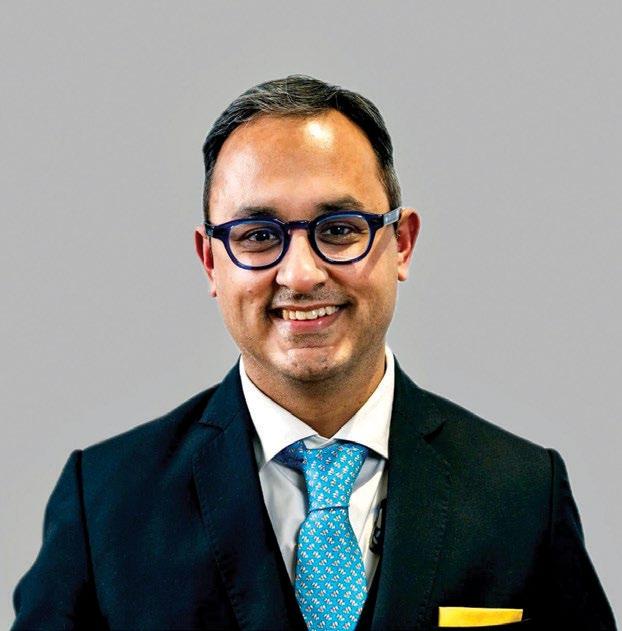
MANAGING DIRECTOR AND AREA
SENIOR VICE PRESIDENT- SOUTH ASIA, RADISSON HOTEL GROUP
“As interest in experiential and eco-tourism grows, Madhya Pradesh is wellpositioned to attract domestic and international visitors, solidifying its position as a key destination in India's tourism landscape."

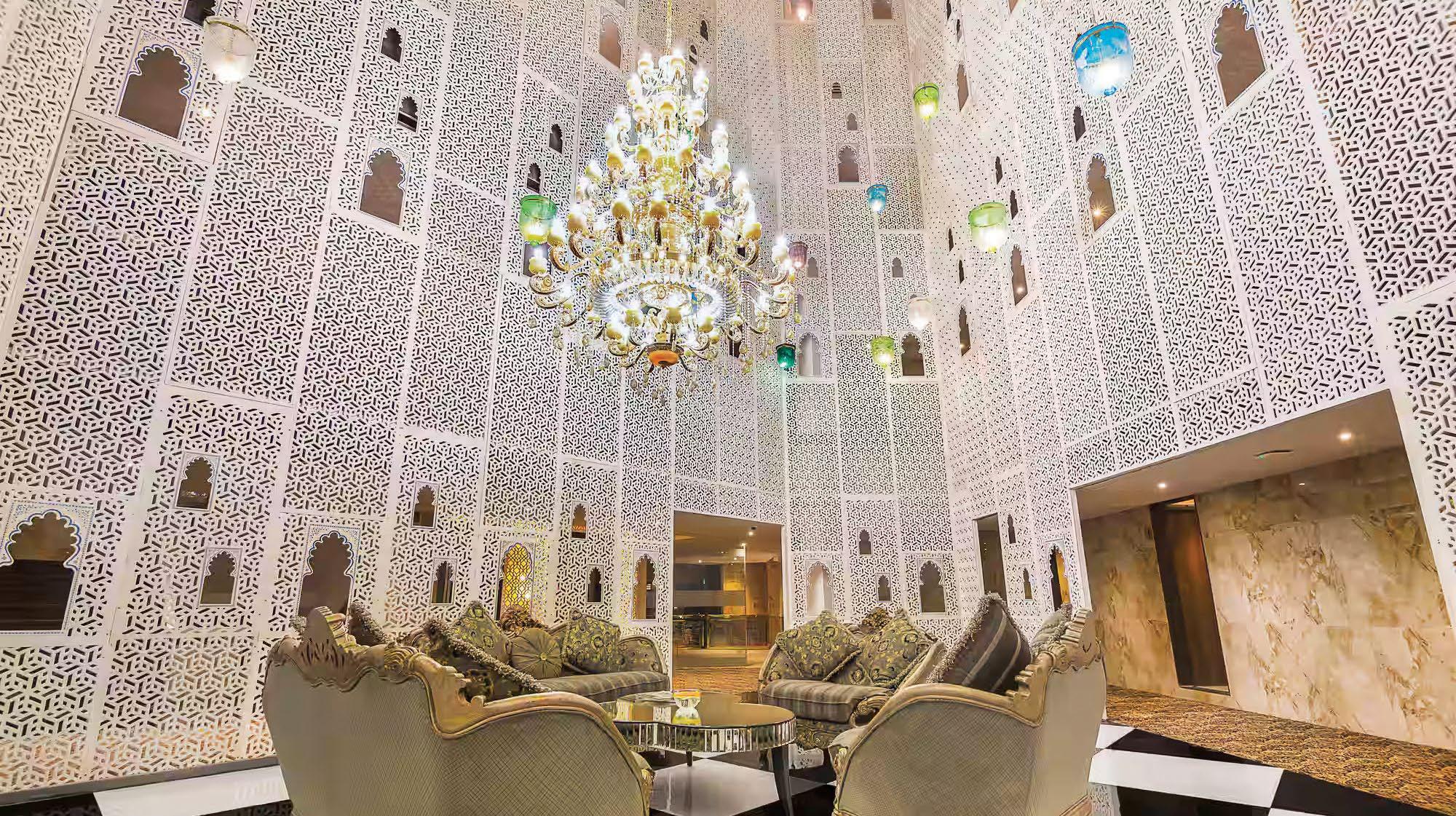
cuisine, influenced by Rajasthani, Maratha, Nemadi, and Uttar Pradesh traditions, adds another layer of intrigue,” says Yeshwant Holkar, the scion of the Holkar family and head of Ahilya Fort Hotel in Maheshwar. “Hidden gems, like forts above Gandhi Sagar, remain off the beaten path but are worth the effort for those seeking unique experiences. Maheshwar, centrally located between Omkareshwar and Ujjain, also offers a spiritual dimension that appeals to many visitors.”
There is a noticeable gap in the hospitality sector in Madhya Pradesh. While there are a few branded properties such as The Park, Sarovar, Welcomgroup, Marriott and IHCL, a few high-end luxury palace and fort properties, such as Jehan Numa and Maheshwar Palace, a series of mid-segment lodges and hotels established by MPTB, and very low-end lodges, the middle ground is largely missing, especially for the younger generation of travellers. Social media plays a role in spreading the word among younger travellers, but there is a need for more boutique or mid-range accommodations. The region has untapped potential for development in all segments of the hospitality industry. However, as the state continues to enhance its appeal through new hotel openings and a focus on heritage, wildlife, and spirituality, Madhya Pradesh stands at

ADDITIONAL MANAGING DIRECTOR, MADHYA PRADESH TOURISM
“Improved infrastructure and increased accessibility are transforming Madhya Pradesh. The state offers a wealth of experiences. The surge in tourism has positively impacted the state’s economy as well.”

the threshold of becoming a leading player in India's tourism landscape. Remote areas are becoming easier to reach, encouraging more hoteliers to explore the state.
“For example, the drive from Indore to Maheshwar, once four hour long, now takes just 1.45 hours on smooth roads, allowing more visitors to experience the region,” says Holkar.
The COVID-19 pandemic, which restricted international travel, has also played a role. “Affluent travellers, unable to travel abroad, began exploring India and discovering boutique experiences offering gastronomy and authenticity. This shift connected major metros to village life in southern Madhya Pradesh, tribal communities in East India, and nomadic herdsmen in Rajasthan,” notes Holkar. “Now, people are willing to pay for these experiences, unlike before when discounts were expected for domestic travel.”
Already, Bhopal and Indore, the main commercial hubs with busy airports, show strong occupancy rates. Indore’s status as a manufacturing hub, well-connected to major cities like Mumbai and Delhi, enhances its appeal. Sarovar Hotels & Resorts was among the first major brands to enter Madhya Pradesh in 2007, starting with a hotel in Indore under an own-and-lease model.
“After operating for 10 years, we exited that property in
2016. Currently, we operate two hotels in the region— one in Bhopal and one in Indore—and are preparing to open a third hotel in Bhopal. We are also exploring opportunities in Ujjain and Gwalior,” says Khanna.
The Radisson Hotel Group has strategically established its presence in key cities such as Indore, Bhopal, Gwalior, and Khajuraho, each offering distinct experiences that cater to diverse traveller profiles. “Our plans to expand into spiritual and natural destinations, such as Ujjain and Sagar, reflect our commitment to bringing world-class hospitality to every corner of the state. We're confident about Madhya Pradesh's potential and will be a key player in catapulting it into a premier destination,” says Sharma.
Sarovar Hotels in Bhopal closed last year with occupancy in the high 70%, indicating robust market demand. “The hotel’s rates and occupancy levels suggest a growing market currently outpacing supply,” says Khanna. “Ujjain, an important pilgrimage site, lacks major hotel brands, presenting a substantial growth opportunity. Sarovar is in talks to open a hotel there, reflecting optimism about the region's potential.”
The ground reality is transforming in many ways, though. “Improved infrastructure and increased accessibility are transforming Madhya Pradesh's
In the next two years, Madhya Pradesh is slated to see a slew of hotel openings, which will firmly position the state as India's premier tourism destination.
The Oberoi Rajgarh Palace: Located close to Khajuraho, it will stand at the cusp of historical grandeur and modern luxury.
The Oberoi Vindhyavilas Wildlife Resort: To open in the Bandhavgarh region, the resort will provide a unique wildlife experience with luxury tented accommodations.
Sayaji Hotels: May have some of their six planned hotels in Madhya Pradesh opening in 2024. Check their website for updates.
Vivanta, Indore: Signed in May 2024, could open in late 2024 or early 2025.
WelcomHotel Mandu: A revitalised heritage property in Mandu, expected to open under the aegis of ITC Hotels group. It will feature 94 rooms and various amenities.
Lemon Tree Hotel, Ujjain: Set to open in 2027, this hotel will cater to the growing number of pilgrims visiting Ujjain, monikered the Spiritual Capital of India.
Boutique luxury group, The Orange County is opening a leisure resort in Mandu, a destination known for its gorgeous Islamic-era palaces and monuments.
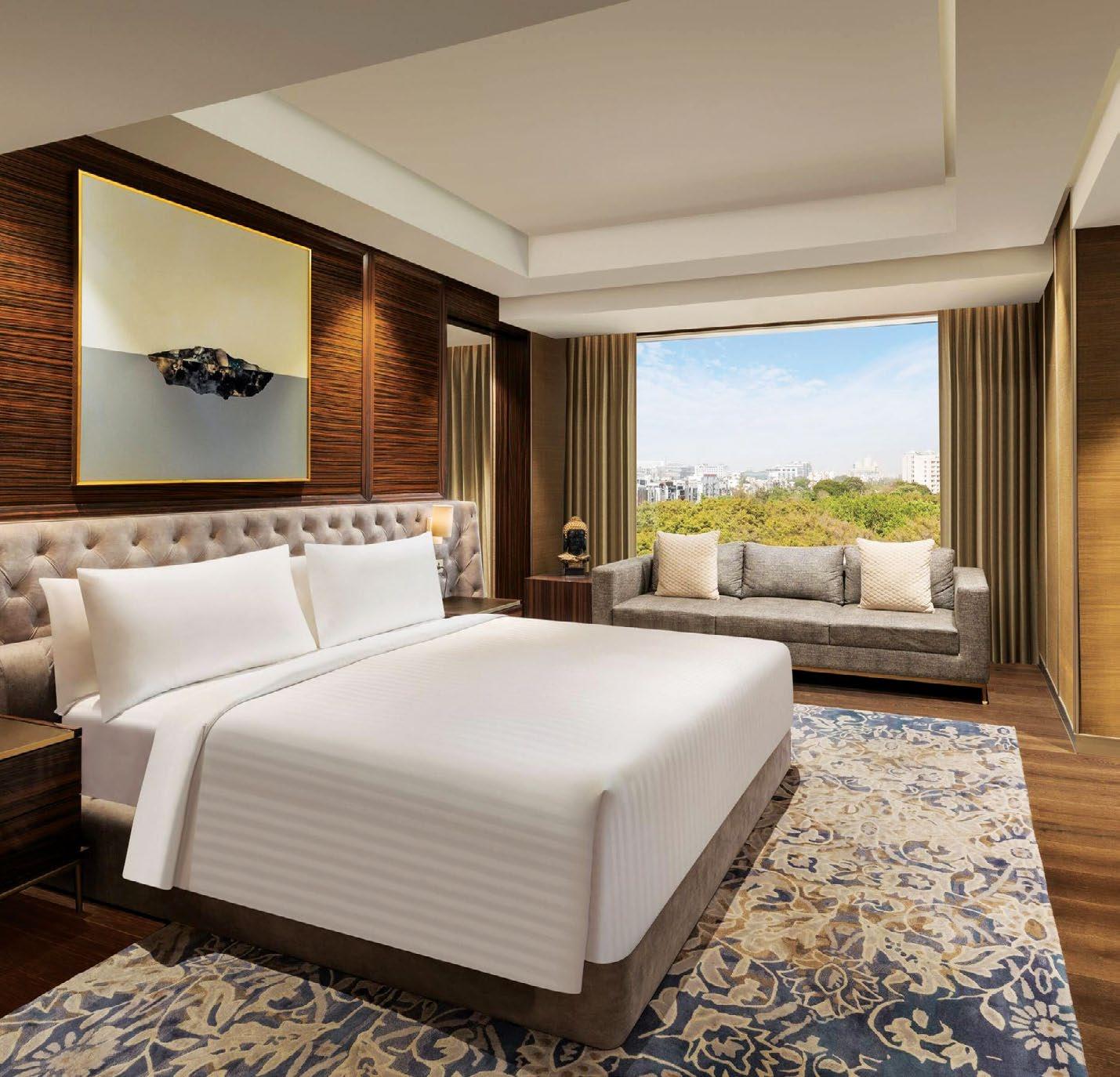
Indore Marriott Hotel offers its guests easy access to local businesses, shops and entertainment venues in Indore.
tourism landscape. The state's diverse attractions, from heritage sites to wildlife reserves and unique cuisine, offer a wealth of experiences,” says Meena.
While challenges remain, the government's efforts to promote tourism and improve connectivity are paving the way for a brighter future. With its blend of history, culture, and natural beauty, Madhya Pradesh is poised to become a leading tourist destination in India.
To boost tourism, Madhya Pradesh could consider strategies to enhance its visibility and attract more domestic and international travellers, says Khanna.
“While I am not fully aware of the government's policies, it seems that a more aggressive approach to promoting the state's assets could be beneficial.”
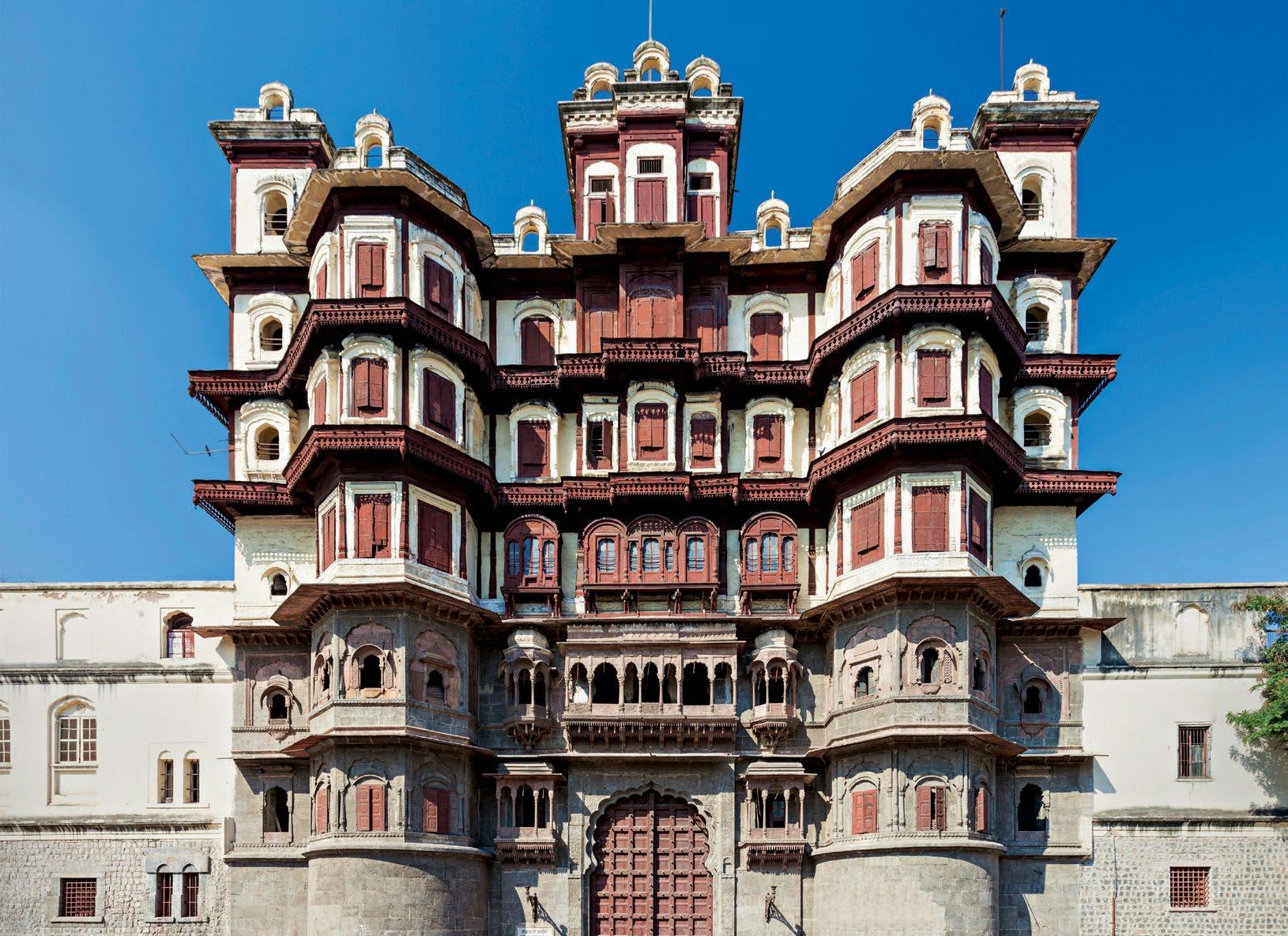
THE MINI MUMBAI
OPPOSITE
Indore, a city with a strong business culture at its core, is home to various industries. It is, for instance, a hub for jute bag production, polycarbonate products, plastics, and automobile parts. Pitampur, on the outskirts, is a major trucking hub, supporting automotive manufacturing. Interestingly, currency coins for Singapore are minted in Indore, reflecting
the city's economic diversity. Textile manufacturing and trading further bolster Indore's business profile. Many Mumbai residents maintain business interests in Indore, explaining the frequent flights between the cities. Indore's cultural and culinary influences align more with Mumbai than Delhi, with a notable connection to Pune.
The city’s ‘Smart City’ designation has led to infrastructure improvements, including metro lines and warehousing facilities, attracting companies like Amazon. It has also become a base for airlines like IndiGo, reflecting its evolving status. This vibrant business environment attracts MICE travellers, and major hotel brands like The Park Hotels, IHCL and Hyatt are capitalising on this. The Park Hotel, for instance, opened in December 2021, offering a design-driven concept blending luxury with local influences inspired by Madhya Pradesh’s roses.
Debjeet Banerjee, General Manager of The Park Indore, notes that Indore's appeal extends beyond business travellers to film and OTT crews. The city’s tax incentives and stunning locations make it a popular spot for film shoots. “The pandemic shifted traveller preferences, increasing domestic interest in boutique experiences. We hosted celebrities such as Sara Ali Khan, Vicky Kaushal, and Katrina Kaif, which highlighted the potential of film crews for the local hospitality industry,” says Banerjee. "The Park Indore has hosted several films and OTT crews since then."
"Its emphasis on art and culture aligns well with the entertainment industry, complementing its traditional segments like weddings and corporate events."
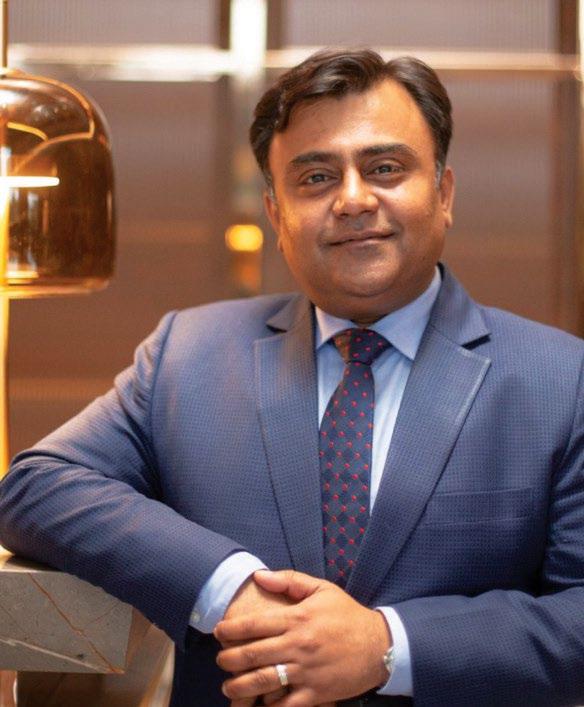
DEBJEET BANERJEE GENERAL
MANAGER,
THE PARK INDORE
“Indore's emphasis on art and culture aligns well with the entertainment industry, complementing its traditional segments like weddings and corporate events.”
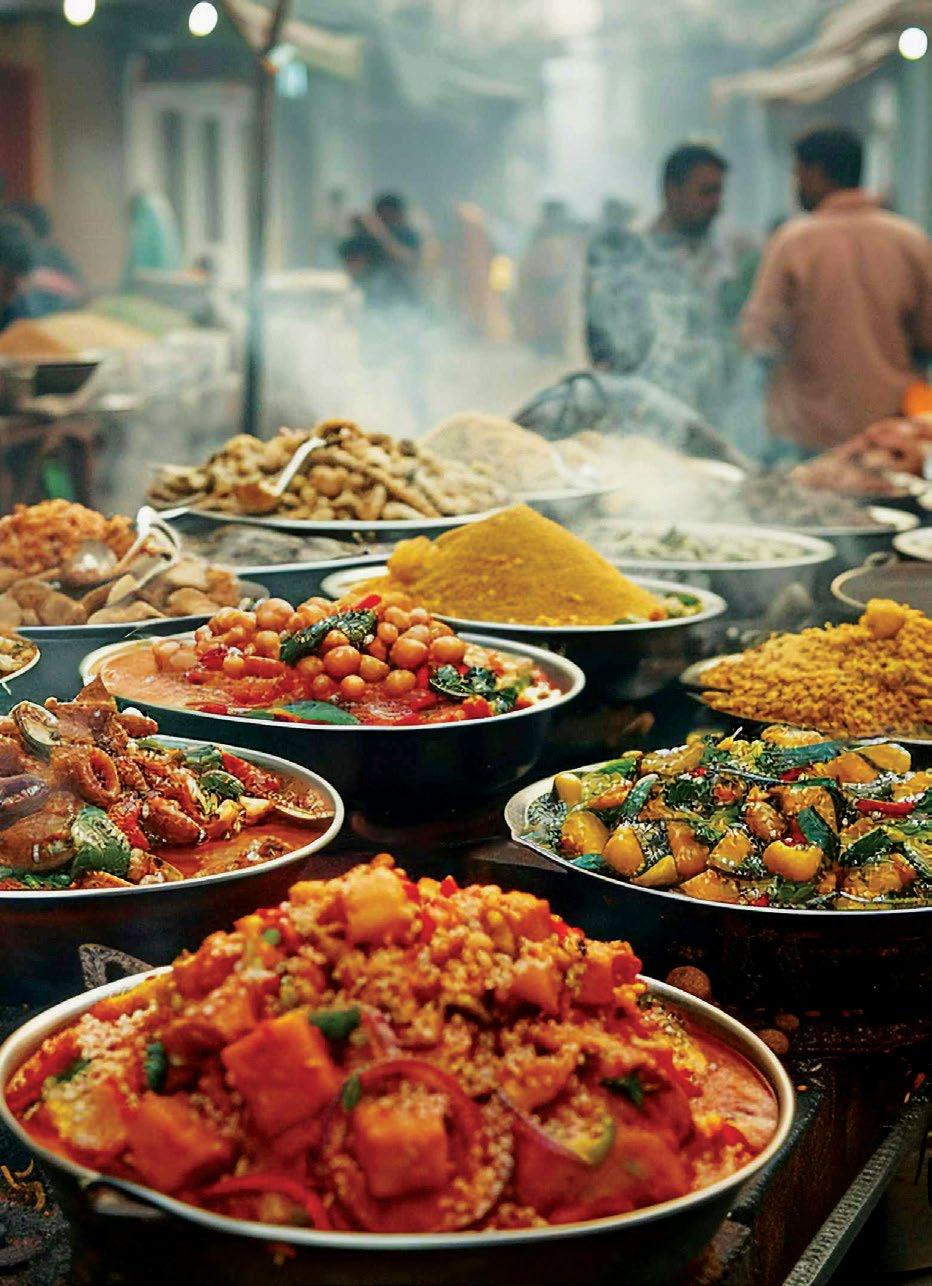
Indore’s hospitality industry has embraced opportunities such as Sunday brunches, offering live music and diverse cuisines, including Japanese sushi and Pan Asian. “Indore's residents are eager to celebrate every occasion, from children's birthdays to small functions like a teeka (marking a special family occasion). Whether it's a wedding, engagement, or retirement, these celebrations are large and elaborate and hosted at hotels,” says Banerjee.
Weddings play a significant role in driving Indore's hospitality business. The city is considered a top wedding destination in Madhya Pradesh. Even people from neighbouring towns like Rau and other cities, such as Bhopal, often choose Indore for their wedding celebrations, further strengthening the city's status as a social hub and celebrations.
Indore's charm lies in its dual nature: a bustling business hub by day and a vibrant social scene at night. The food scene, known for its spicy flavours and local specialities such as butte ki kees, is evolving, even as the younger generation embraces international cuisines. “Indore's food scene has shifted with a growing taste for international cuisines, setting it apart from Bhopal,” says Banerjee.

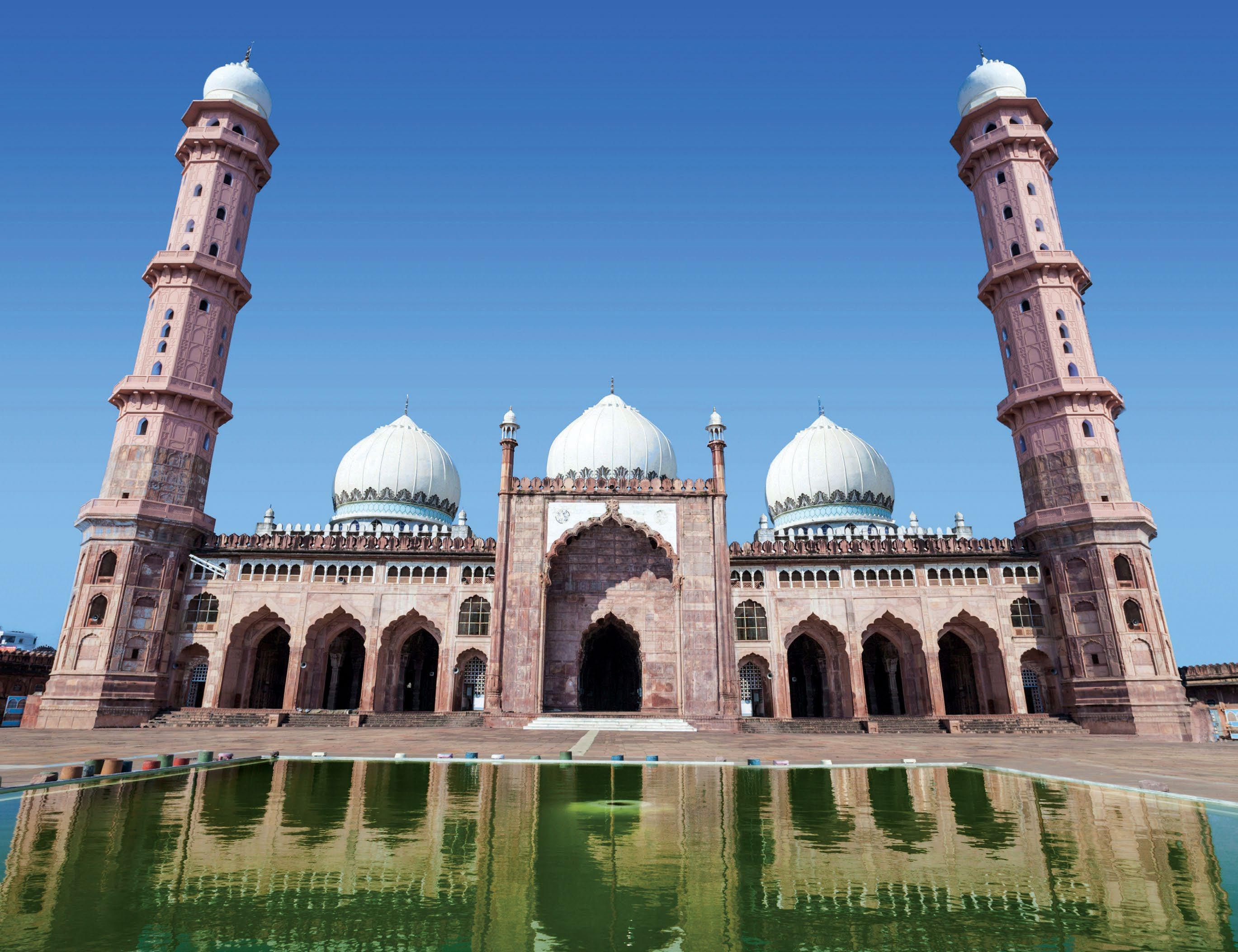

Bhopal, with its unique history of female rulers or begums, stands out for its blend of wildlife, heritage, and culinary traditions. The city is home to two UNESCO World Heritage Sites—Sanchi and Bhimbetka— within 45 minutes, along with Udaigiri Caves and Vidisha’s iron pillar. Kanika Hasrat, Area Director - Operations, IHCL, highlights the city’s rich heritage and improved infrastructure. “Bhopal has emerged as a hub for commercial activity in MadhyaPradesh. It is also an attractive leisure destination for its diversified offerings across rich cultural and historical sites and tiger reserves drawing travellers from across the country and beyond.”
The Rashid family, descendants of General Obaidullah Khan, the second son of the last begum, Sultan Jehan Begum, currently manage a thriving heritage hotel network. This network encompasses the Jehan Numa Palace, Jehan Numa Retreat, Renipani Jungle Lodge, and Bori Safari Lodge. “The pandemic increased interest in lesserknown destinations, contributing to Bhopal’s visibility,” says Faiz Rashid, from General Khan's family, who runs Jehan Numa.
Rashid explains that the family's passion for nature is integral to their hospitality offerings. Bhopal, once a tribal land before his family from Afghanistan settled here, was overlooked after the 1984 tragedy, causing development to stagnate. However, the recent infrastructure boost has brought more visitors from major cities, especially since the pandemic.
The family's love for the outdoors, evident in their ownership of World War-era jeeps and racehorses, translates into experiential hospitality. "The Jehan Numa Palace, known for its open spaces and farm-to-fork dining, offers a unique experience with traditional recipes served under a 100-year-old mango tree. The city’s royal cuisine, including coriander-infused rezala and other specialities, continues to define Bhopal’s hospitality."
While the hospitality sector has room for growth, the rising interest in lesserknown destinations signals a promising future for Bhopal.

KANIKA HASRAT AREA DIRECTOR - OPERATIONS, IHCL
“Bhopal is an attractive leisure destination for its diversified offerings across rich cultural and historical sites and tiger reserves drawing travellers from across the country and beyond.”
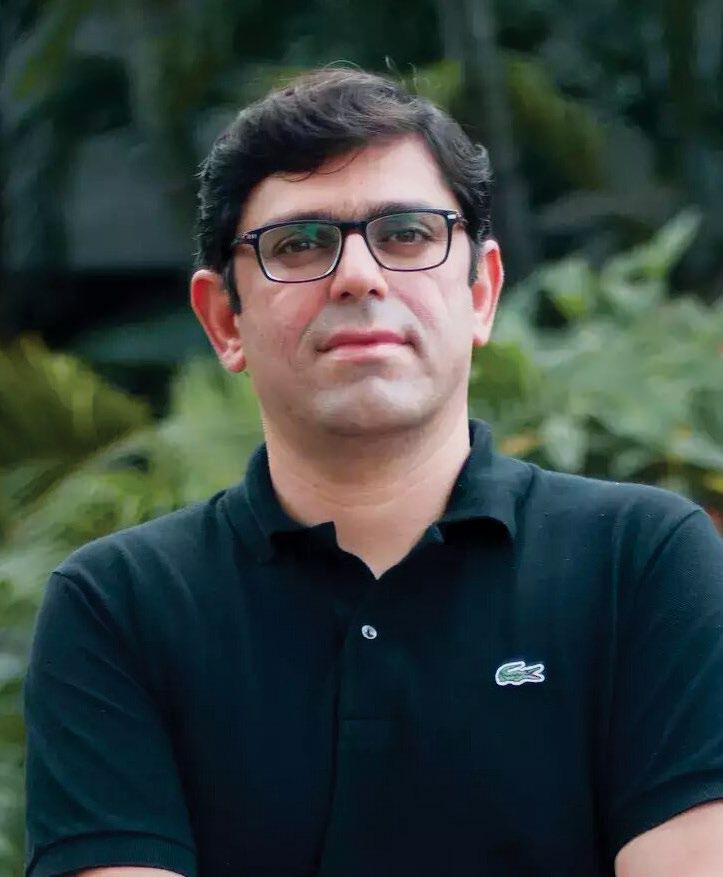
DIRECTOR,
JEHAN NUMA
PALACE,
BHOPAL
“The Jehan Numa Palace, known for its open spaces and farm-to-fork dining, offers a unique experience with traditional recipes served under a 100-year-old mango tree. "
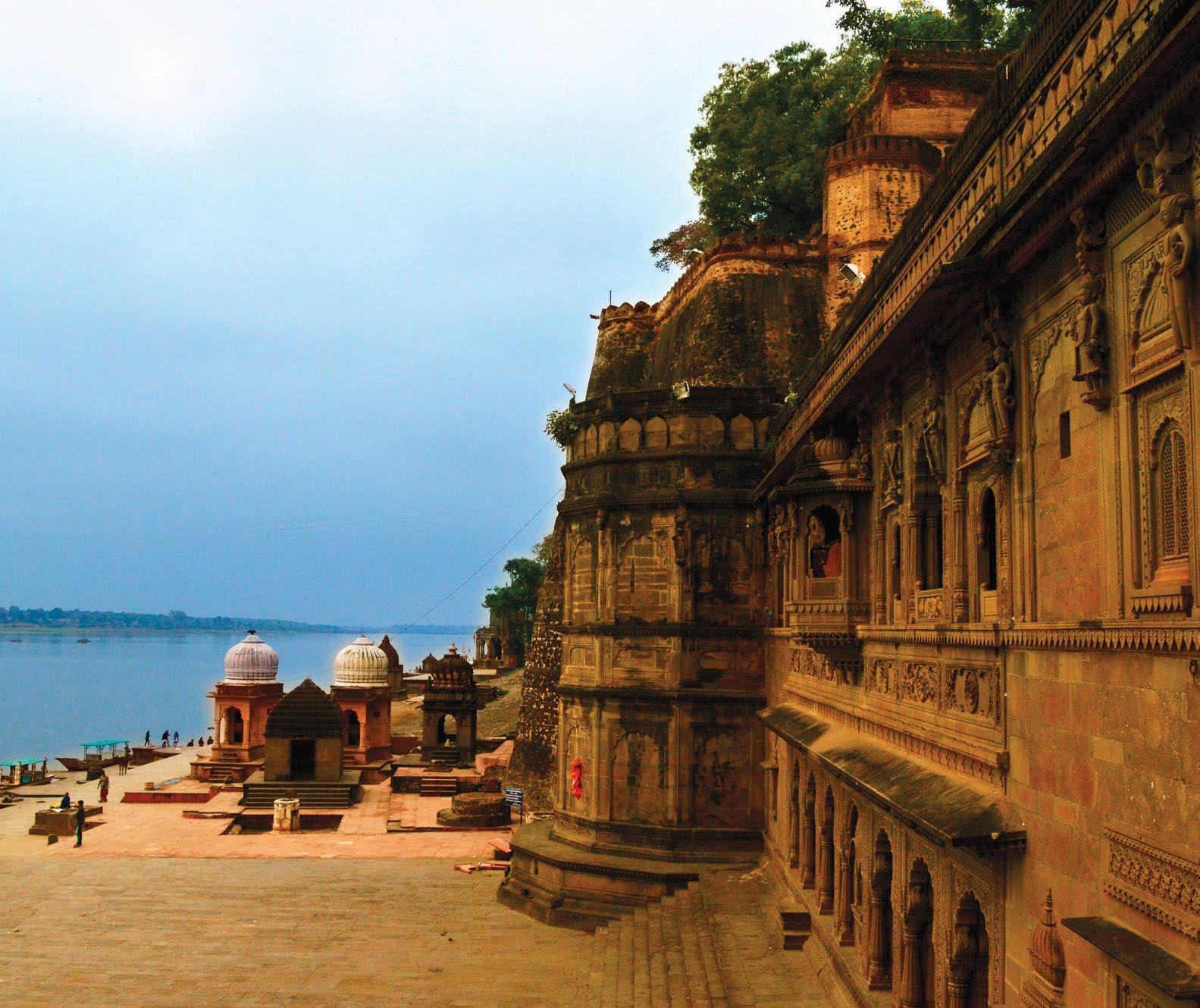
Maheshwar, established by Ahilyabai Holkar, continues to attract spiritual tourists with its intricately carved temples and the sacred Narmada River. The Holkar family's conversion of their palatial fort into a heritage hotel attracted luxury travellers to Maheshwar, transforming it into a sought-after destination. "The fort offers its guests authentic experiences such as dining on the banks of Narmada, village walks, temple tours, and even drives up to Mandu. Initially attracting Western tourists, the pandemic shifted preferences towards domestic boutique experiences, bringing a diverse clientele to Ahilya Fort,” says Yeshwant Holkar.
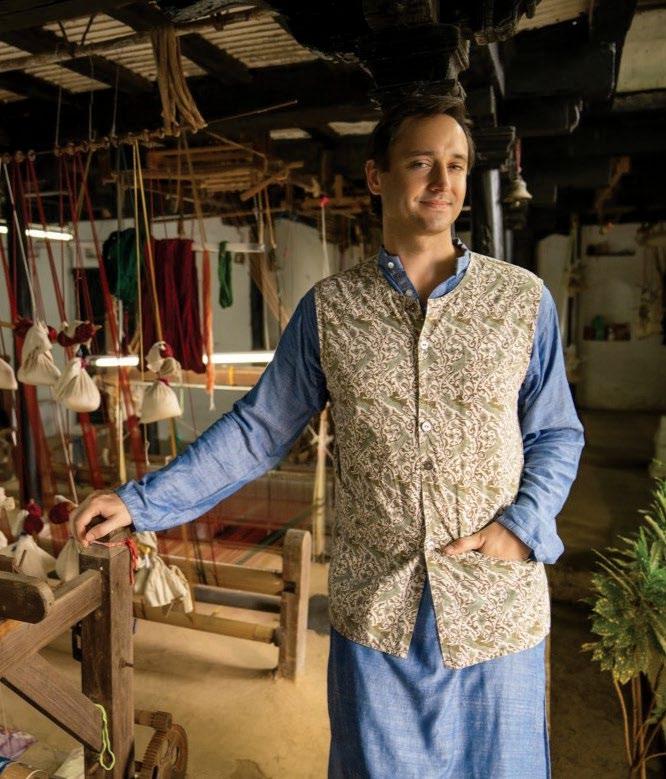
YESHWANT HOLKAR SCION, THE HOLKAR ROYAL FAMILY AND HEAD, THE AHILYA FORT HOTEL
“The pandemic shifted preferences towards domestic boutique experiences, bringing a diverse clientele, beyond the western tourist, to the Ahilya Fort.”
Maheshwar's essence lies in its fabric and textile traditions, reflecting Ahilyabai Holkar's legacy. Rehwa, founded by the Holkar family, is central to preserving textile traditions, providing employment and empowering women. “The community's collaborative spirit and the sound of looms create a unique atmosphere,” says Holkar. "The diverse community, working together across religious lines, represent the spirit of Maheshwar. The handwoven Maheshwari fabric, crafted by master weavers and dye masters from different communities, interweaves heritage and craft. Preserving Maheshwar’s heritage is crucial for the future. Restoration efforts are underway to protect historic structures from the pressures of tourism and climate change.”

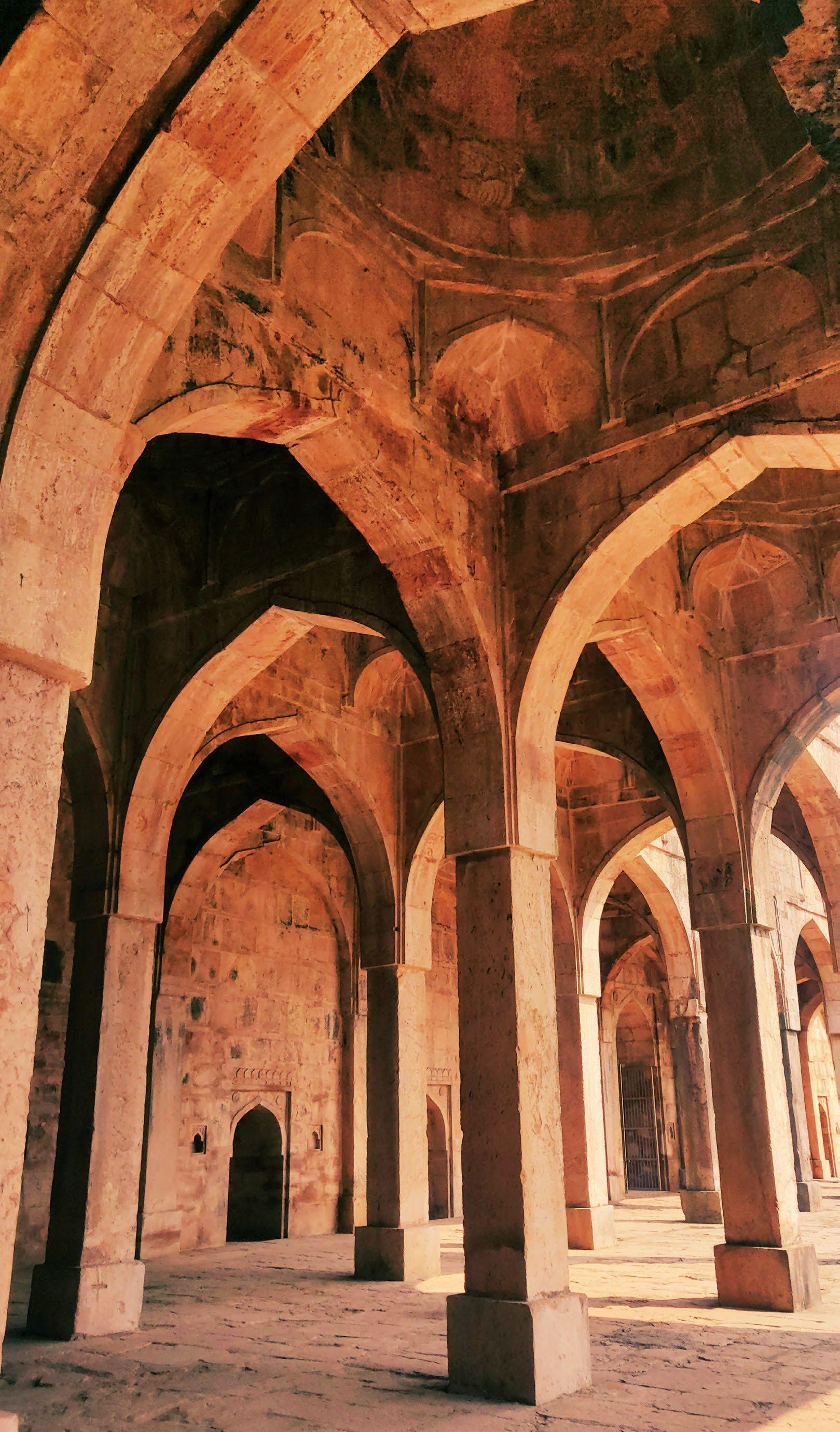
Each of Mandu's monuments is an architectural gem and a national heritage, a testament to the town's glorious bygone era.
Jai Thakore, a seasoned traveller, who grew up in Madhya Pradesh, has always been captivated by Mandu's timeless appeal. He acknowledges its infrastructural challenges such as the lack of hotels, but emphasises its unparalleled beauty and historical significance. His company, E-Factor Exepriences, has collaborated with Madhya Pradesh Tourism to host The Mandu Festival in the past, focusing on creating immersive experiences in this largely unexplored destination.
The festival curated diverse local experiences, from tribal food in a riverside hut to a bar in another, trails, heritage walks showcasing Islamic architecture, Narmada aarti, luxury tents, cycling, storytelling, and modern pursuits such as hot air ballooning and stargazing.
A star attraction was hot-air ballooning, which transformed the perception of travellers to the destination. "There's something almost literary about hot-air balloons," says Thakore. “Mandu has such a rich history and heritage—it deserves to be a destination in its own right. We want to see it flourish, not just be a stopover en route to places like Maheshwar,” adds Sonia Meena, Additional Managing Director, Madhya Pradesh Tourism.
Q2 2024 continues the trendline of an upward trajectory for India’s hospitality sector with a rise in ADRs and RevPAR.
The revival of the Indian hospitality sector , which began last year, continues its onward march. Year-on-Year (YoY) growth in performance in Q2 2024 (April-June, 2024), primarily driven by a rise in Average Daily Rate (ADR), has resulted in a revenue per available room (RevPAR) growth of 4.8%, according to JLL.
Of course, this is down from the first quarter (January-March), primarily driven by an 8.5% rise in ADRs, resulting in an 11.4% increase in RevPAR; Q2, traditionally, is the start of the ‘low season’ for hospitality in India.
In the second quarter, a dip in occupancy levels has been recorded, which can be attributed to the onset of summer vacations and a subsequent decrease in corporate travel. Due to this, the sector also noted a dip in RevPAR growth of 15.9% Q-o-Q in Q2 2024, compared to Q1 2024. This can be attributed to the
SUMAN TARAFDAR
second quarter of the year typically being the lean season for the sector with reduced corporate travel, according to JLL’s Hotel Momentum India (HMI) Q2, 2024
Jaideep Dang, Managing Director, Hotels and Hospitality Group, India, JLL, states there is a sustained move towards investing in hotels. “Backed by the strong performance of hotels across India, we continue to see investors moving money in this asset class. There is strong momentum on both, greenfield developments and operating assets across business and leisure markets. Although the summer season has brought down corporate room night demand in Q2 2024, the sector continued to demonstrate growth in average daily rates (ADR) compared to Q2 2023. Looking ahead, the sector's performance in the quarters ahead appears promising due to the upcoming festival season, general
rise in domestic corporate travel, and the return of MICE events, weddings, and other social gatherings.”
Here are some data points:
Almost all the markets (Bengaluru, Chennai, Delhi, Hyderabad, and Mumbai) showed considerable growth in ADR and revenue per available room figures. The only market to report a slight fall was Goa.
Although occupancy levels remained relatively stable in Q2 2024 compared to Q2 2023, ADR levels improved, leading to an increase in RevPAR across all markets, excluding Goa.
Of the major markets, Hyderabad recorded the highest RevPAR
Source: JLL
There is strong momentum on both, greenfield developments and operating assets across business and leisure markets.
growth of 11.9% in Q2 2024 as compared to Q2 2023.
Delhi and Bengaluru followed up closely with YoY growth of 11.8% and 10.4% respectively.
Mumbai reported the highest occupancy, ADR and RevPAR in Q2 2024.
ADRs in Mumbai were a shade below ₹10,000.
In Q2 2024, 50 new hotels comprising 3,755 keys opened, with close to 90% located in Tier II and Tier III cities. Additionally, Q2 2024 witnessed the conversion of 15 hotels, accounting for 11% of the total signed inventory.
In Q2 2024, there were 82 branded hotel signings comprising 9,732 rooms.
Another 15 hotels signed were conversions of other hotels, accounting for 11% of the inventory signed in Q2 2024.
Branded hotel openings comprised 50 hotels with 3,755 keys, of which 90% were located in Tier II and III cities, including Tirupati, Udaipur, Thane, and Mysore.
Source: Courtesy STR
Source: Courtesy STR







Author Amish Tipathi’s earliest travels were to relatives' homes and sacred sites, laying the foundation for a deep connection with India's diverse traditions. From a small company town in Odisha to a boarding school in Ooty, and eventually to international travels, each journey has shaped his intuitive understanding of liberalism—rooted in the appreciation of multiple truths.


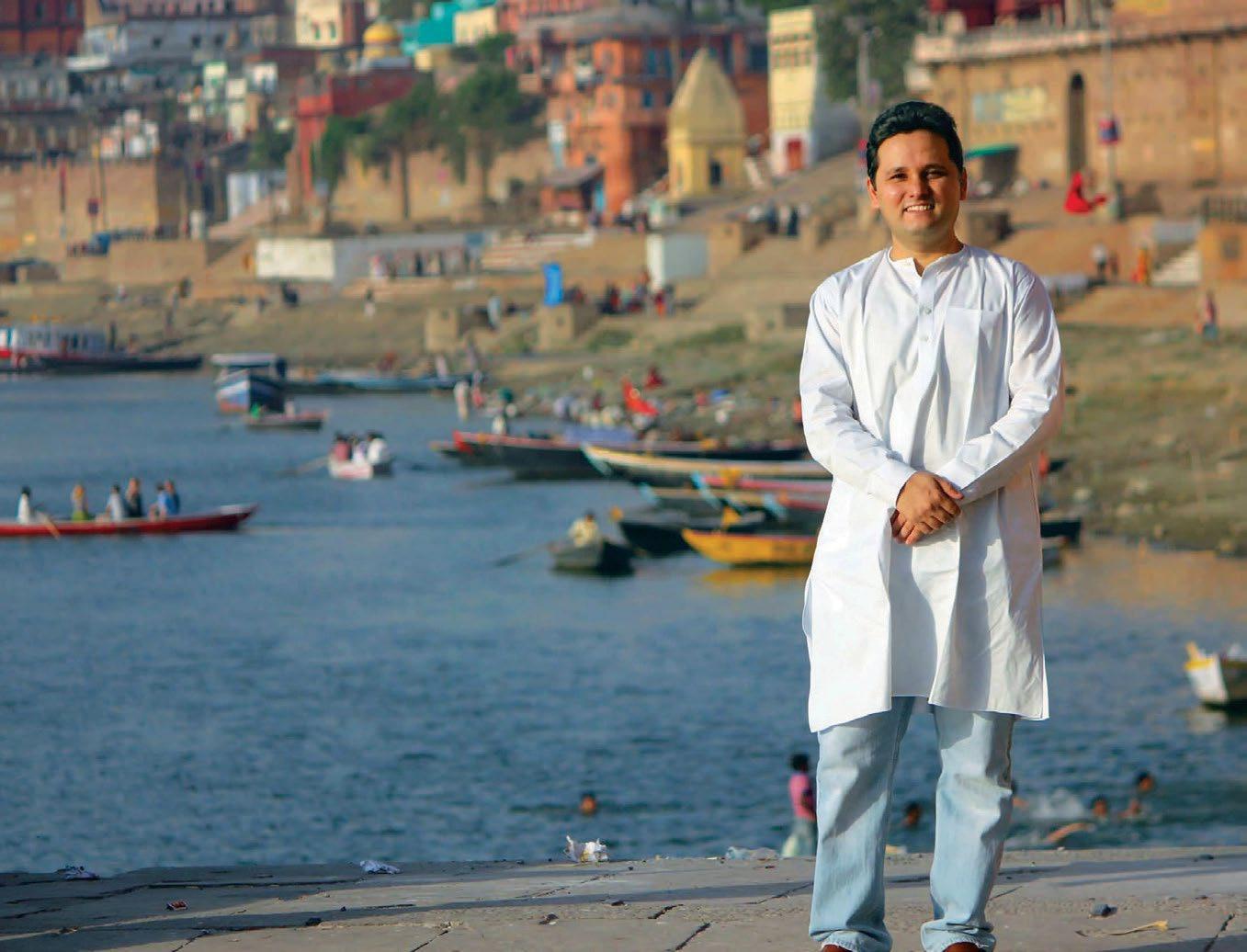
There was no question of foreign trips when we were children. We weren’t wealthy. We spent our holidays at our relatives' homes like most middle or lower-middle-class folks in that era. Also pilgrimages—my family’s originally from Varanasi, and my grandfather was a pandit at Vishwanathji temple. So, if we travelled to Jagannath Puri, we’d go to the nearby beach, too.
I’ve lived in different cities and states. I was born in Mumbai but spent my early years in Odisha as my father—an engineer with L&T—was posted in Kansbahal. In a small company town, schools weren’t that great, so when I was in the fourth standard, my parents sent us to a boarding school in Ooty. When they returned to Mumbai, we four siblings also moved, and were schooled at Cathedral and John Connon School. I graduated with B.Sc. Maths from St Xavier’s, and went to IIM Calcutta to study MBA.
“ Travelling has helped me develop an intuitively liberal outlook, rather than the elite, Lutyens' version that's often cut off from the realities of India.”
Travelling has helped me develop an intuitively liberal outlook, rather than the elite, Lutyens' version that’s often cut off from the realities of India. Steeped deep into scriptures and traditions, our parents would tell us stories. In North India, Lord Kartik is a bachelor, and Lord Ganesh is younger. So on our first holiday back from boarding, we asked Ma—what is this? You don’t enter Lord Kartik’s temple because he’s a bachelor, but in the south he has two wives and Lord Ganesh is older. Ma and Papa explained—that's the beauty of the Indian way; we have multiple truths. They have a right to theirs, and we to ours. We’ll respect their truth, they’ll respect ours.
Ma would enter Lord Kartik’s temple in the south because it’s not against their tradition. Indian liberalism is not about being leftist or Marxist but appreciating different truths. There isn’t one true God... silly concepts for which millions have been killed historically. That’s why in India, Muslims also go to the Venkateshwara temple, and Christians to Haji Ali

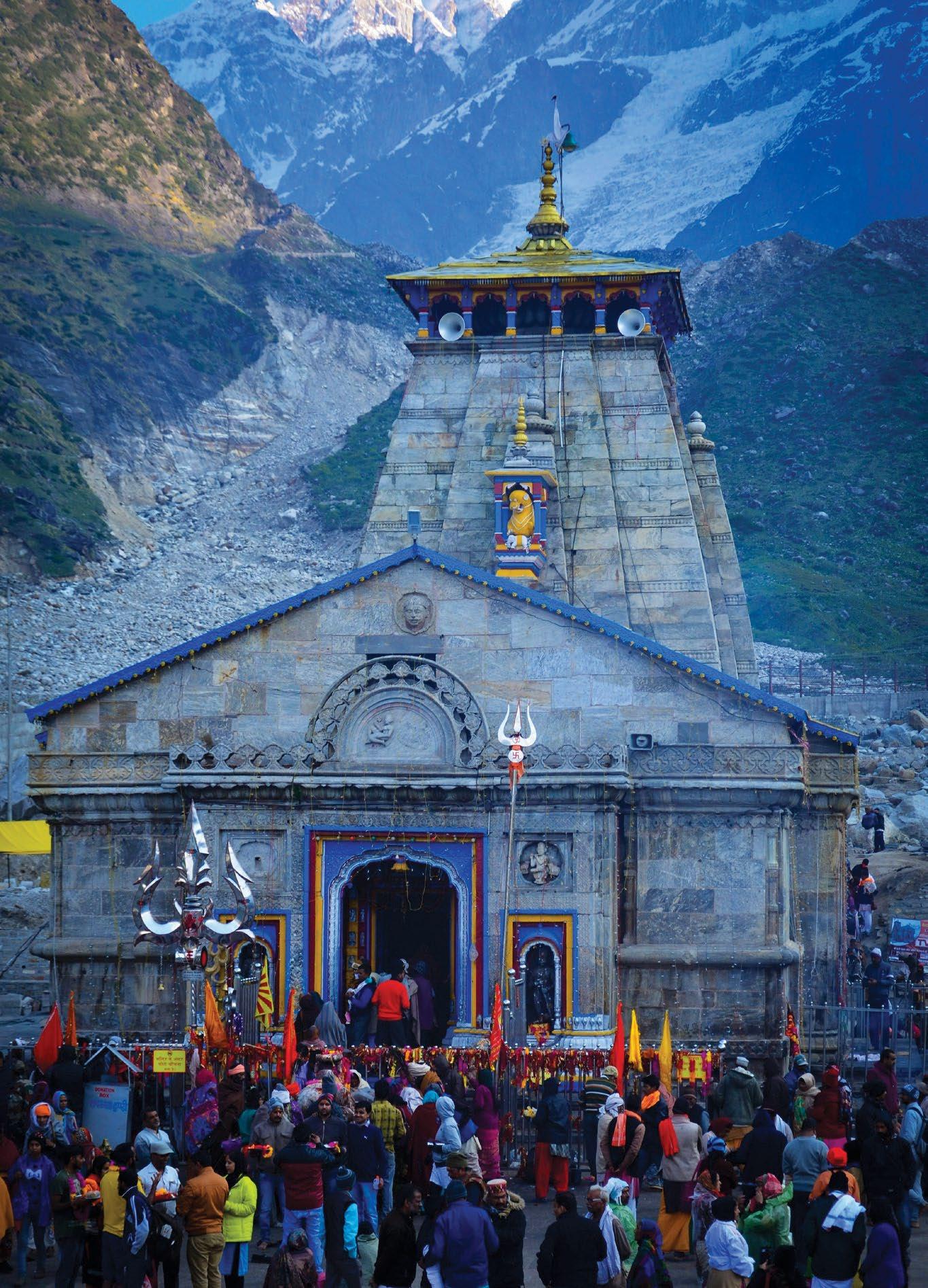
All this is reflected in my books. In Ram Scion of Ikshvaku, a lady was raped and killed. The perpetrator was a minor. The law was that minors can’t be given the death penalty, even if everything in your bone says the criminal deserves it. Lord Ram's approach lays down following the law because if you break it for what you feel is justice, you’ll have vigilantism and chaos in society. If you’re unhappy, change the law. Lord Bharat's approach revolves around serving the cause of justice; if it doesn’t, break it. Now, which approach is right? I don't know. I explore both through the debate between them. To have this kind of debate and still have mutual respect is true liberalism. Often, the worst crimes in humanity have been committed by those filled with moral arrogance. Our traditions have been open to such debates because our ancestors were aware that human beings are complicated. Understanding that every choice involves positives and negatives is maturity. I try exploring this dichotomy through conversations in my books. The attitude is shaped by all I’ve learnt from my brilliant parents, travelling around India, and what I’ve read.
I’m a history buff! Museums, palaces, monuments, admin buildings…places of historical significance excite me. It could also be travelling to explore ruins in the middle of a jungle. I like meeting local guides—locals always have different interpretations, offering you insights about what makes a culture tick.
Dargah. Many modern, western liberals aren’t really liberal. Everyone must fit into their paradigm or they’ll destroy our societies to prove how liberal they are —as they’ve done with many countries in the Middle East. That isn’t liberalism. When you traverse through different parts of India, liberalism becomes intuitive because you see different truths.
Two, while travelling, I realised Indians are special in many ways. Travelling to small towns and villages I’ve found that on an average, Indians across communities, wherever you go, are welcoming and nice. We’re not perfect, but there’s no perfection anywhere, right? And despite the variety, you see a thread of unity cutting across this wonderful land of ours that’s been there for thousands of years. I’ve developed a deep love for India—not a theoretical love, sitting in a big city, trying to read and discover…
We started going on safari holidays—Tanzania, Kenya, and several other African countries—because of my son. I remember one incident when the jeep’s roof was raised, and a cheetah climbed to the top. What an experience! I’ve never taken tour packages or just ticked things off a list—I prefer travelling like a local, trying the cuisine, meeting people, and experiencing the destination. I always carry a book; tabs have only made it easier.
Have my preferences changed? For the first five to 10 years of international travel, I was obsessed with travelling to a new country every time. My first trip abroad was in 1996, to visit my twin Ashish, who was studying in Australia. The airports, trams, and the overall infrastructure felt wow! Everything was an experience—even the play Beauty and the Beast was a Broadway kind of production. I’d never seen anything so grand!
I’d feel bad that India was still struggling on the development paradigm. Now, airports in Europe and the US are terrible. In just 30 years after liberalisation, we’ve surged ahead of so many countries. Even China and Southeast Asia are fantastic, because it’s all new.
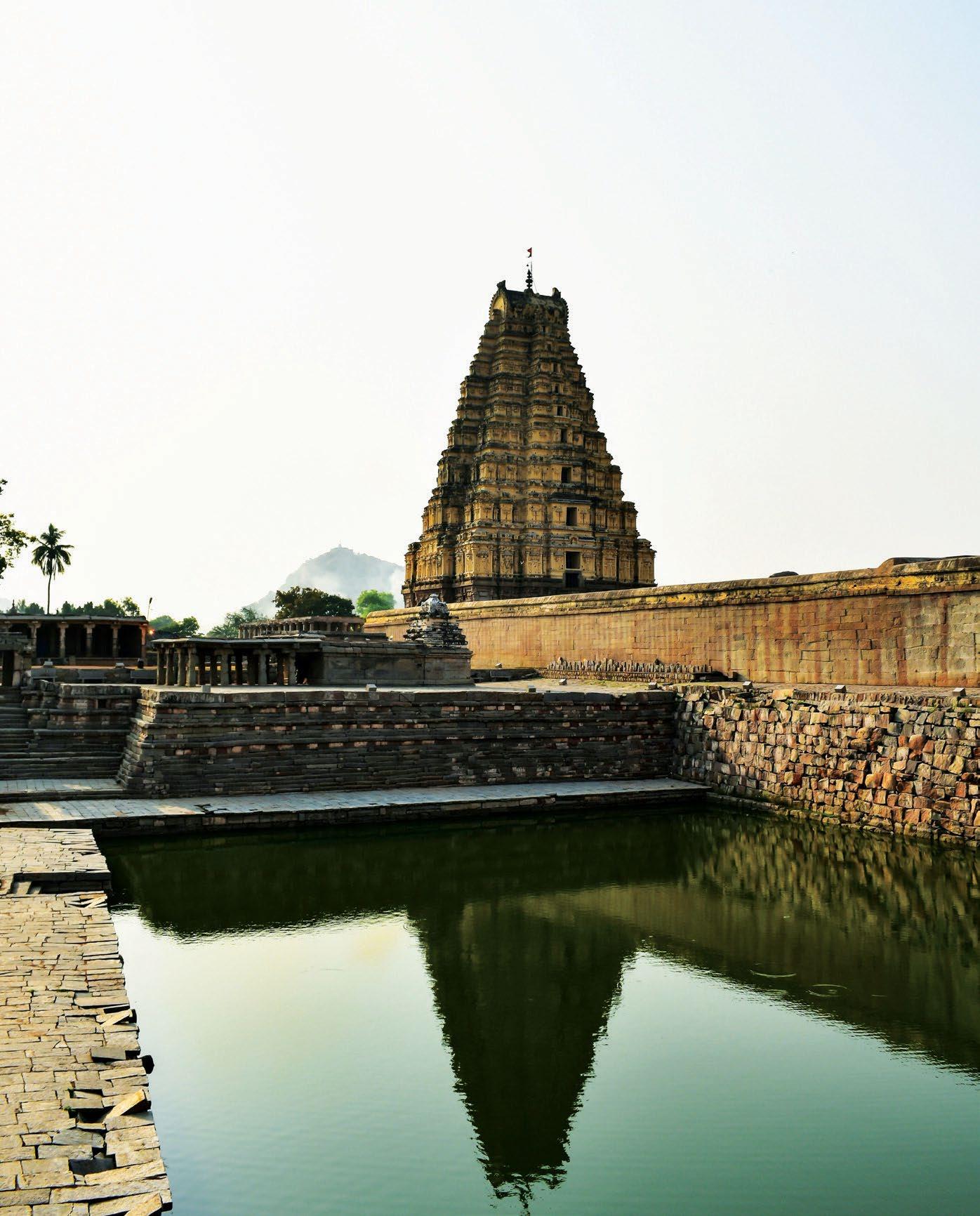
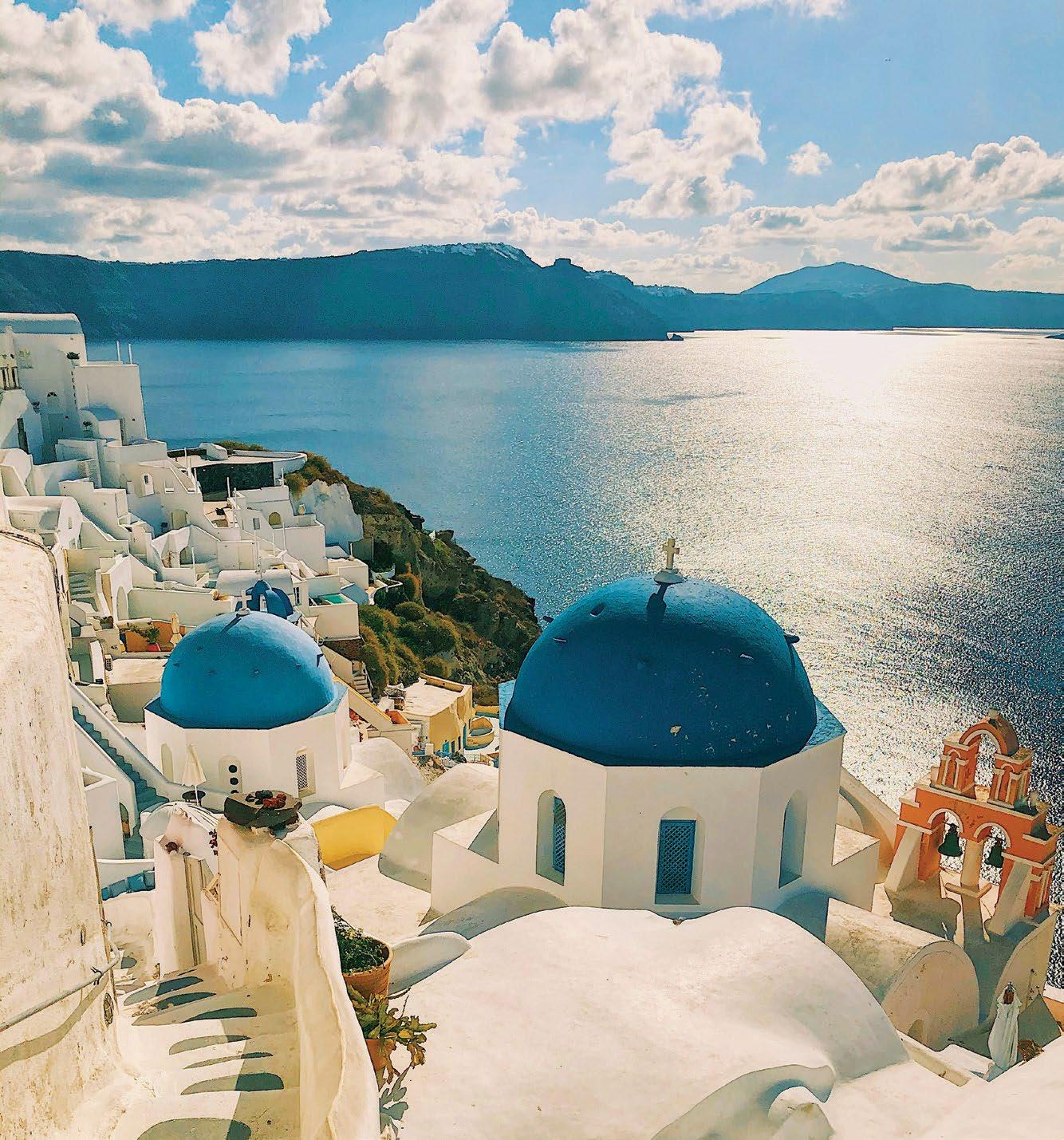
“ In Santorini Islands, different layers of mountains can be seen in various colours. It's surreal. There's
a black sand beach and a red sand beach... It's stunning beyond measure.”
TOP LEFT:
Hampi is the only destination where you get a sense of what our ancient cities looked like because most have been destroyed by invasions over the last thousand years.
My favourite destinations in India and abroad
Hampi: It's the only destination today where you get a sense of what our ancient cities looked like because most have been destroyed by invasions over the last thousand years. Even Hampi was invaded, sacked and abandoned. But it's still beautiful to see.
Kedarnath: My wife and I trekked up to Kedarnath recently. It takes 12 hours; you have to start early to make it before nightfall. It’s tough, many die, so you have to be fit. Oxygen levels are also low. Kedarnath is higher than Leh Ladakh, but people don’t realise it because it’s lush. The destination and the shivling are truly special. Lord Shiva is supposed to have first communicated the secrets of yoga to the saptarishis (seven sages) here. I was very emotional when I saw the temple.
Santorini, Greece: A caldera (depression formed after a volcano erupts and collapses) that’s half in the sea is a rare sight; that’s Santorini island! After a massive volcanic eruption, the caldera formed and the sea moved it. Now, the volcanic mountain is shaped like a
horseshoe, like the cliff’s sharply slit, cut down inside. Different layers of the mountain can be seen in various colours. It’s surreal. I’ve never seen anything like it. There’s a black sand beach and, a red sand beach and the habitation, villages are all around the tips of the horseshoe. It's stunning beyond measure.
Siem Reap, Cambodia: Here you get a sense of what the entire city would’ve been like in ancient times because it was abandoned. It didn't get built over and was never invaded. As an Indian, you’ll find the temples familiar, though Lord Vishnu’s murti reflects their physical appearance. Initially Shaivite, Cambodia later became Vaishnav and then Buddhist. Cambodians can be called both Buddhist and Hindu, and worship both gods.
Living abroad for a few years expands your mind. It’s a good experience. Most European countries are smaller than Indian states, so you think it’s one race, one religion, and one language. But I realised how different

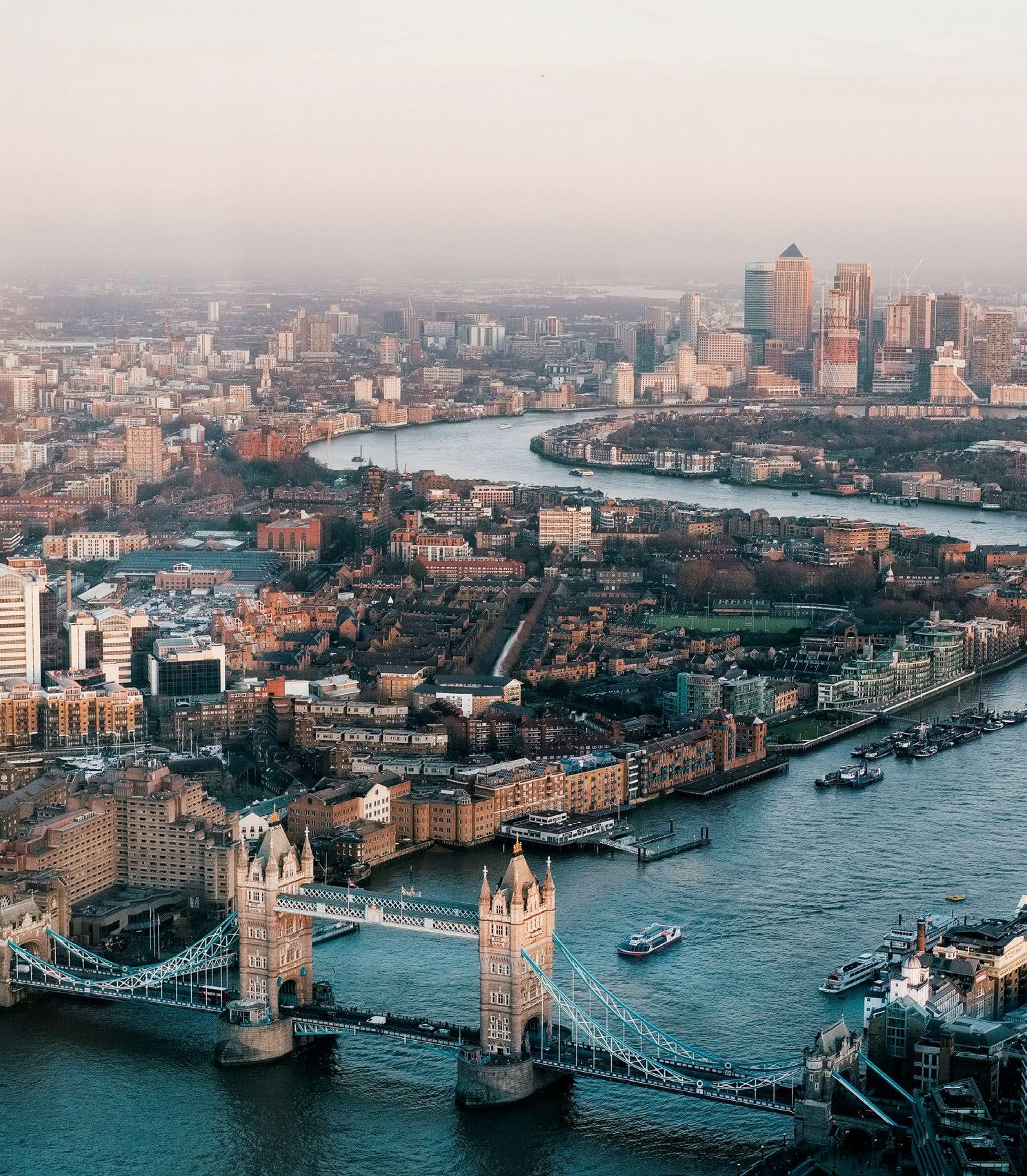
South East England—the accent, approach to life—is from the rest of the UK. The Welsh and Scots have their languages. It’s such a small country and yet, there is so much variety. And I’m talking about natives, not recent immigrants. The UK has so much history, I love that.
As they’re Westerners, you think it’ll be a far more equal society, but it’s extremely hierarchical. You have to mention titles while addressing people. Visit the House of Lords with a Lord, and the waiter addresses him as ‘My Lord’. As an Indian, you wonder, ‘What’s going on?’ But it’s normal there. The city of London— different from the rest of London—has its systems. Theoretically, even the king can’t enter it without the Lord Mayor’s permission, who must receive him.
Much like Europeans suffer terribly while experiencing Indian summers, we do so in the cold. My first winter there, I’d sleep for 14-15 hours and still wake up groggy, be in a bad mood all day, until months later someone told me, “There’s no sun, as an Indian you’re used to vitamin D—take supplements.”
London has so many! We should too. Hyde Park is massive, green, with lots of grass—so you can walk barefoot. I loved walking and cycling there.
The Central London area— especially Buckingham Palace, Big Ben, the Parliament, and the lovely Indian High Commission building.
Outside London—Stonehenge And Oxford and Cambridge for the universities, history, and student life; Oxford Union, which I recently participated in, is among the world’s most prestigious debating forums.
Certainly visit Edinburgh, Scotland’s capital, particularly the old town and Royal Mile
The Book of Mormon and Jersey Boys
Heywood Hill, on London’s Curzon Street, has ancient books — old manuscripts and old collector's editions—and is lovely to hang out at. I’d sit there for hours and read.


Meet Harimohan Dangayach, a soft-spoken visionary who crafts exclusive experiences with passion and humility. Preferring to let his work speak for itself, he has quietly built the Dangayach Group into a hospitality leader, eschewing fanfare and spotlight for a relentless focus on delivering exceptional results. Alongside his son Atul, Managing Director of the group, Harimohan shares his insights on navigating global partnerships, maintaining exceptional standards, and capitalising on India's thriving hospitality landscape.
RUPALI SEBASTIAN


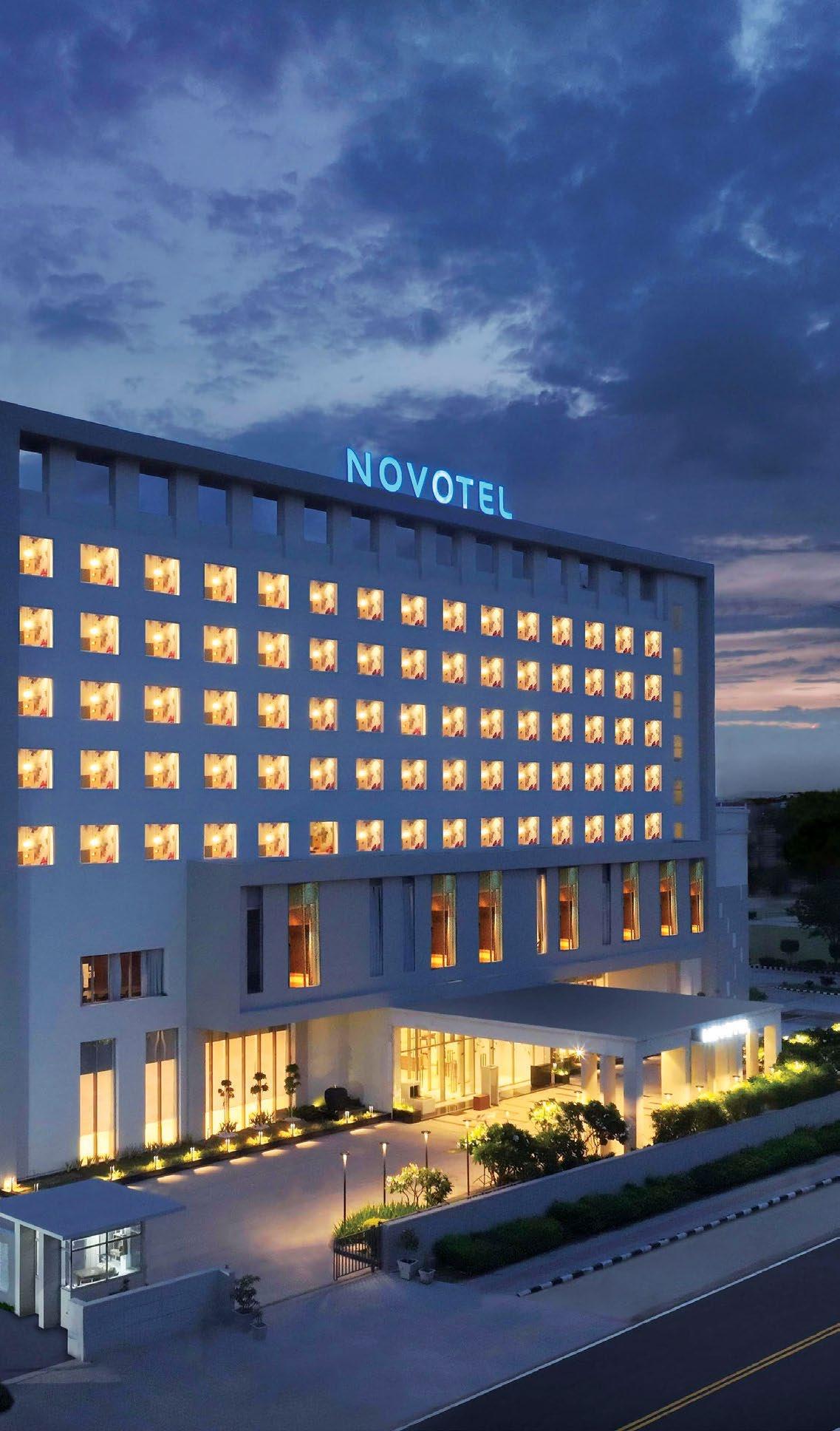
in 1970. A jewellery venture in 1995. A real estate undertaking in 2000. A hospitality endeavour in 2003. All of them were successful. Harimohan Dangayach’s career has been defined by his ability to spot and act on opportunities, even when those opportunities seemed unconventional or risky to others. Focusing on the hospitality vertical in particular, his foray into the sector was prompted by his observation of a ‘vacuum’ in Jaipur’s market, which he addressed by getting The Park Plaza to the Pink City. The success of this debut ultimately led to the establishment of Jaipur Marriott in 2010, a 370-room property that was, at the time, one of the largest of its kind in the region.
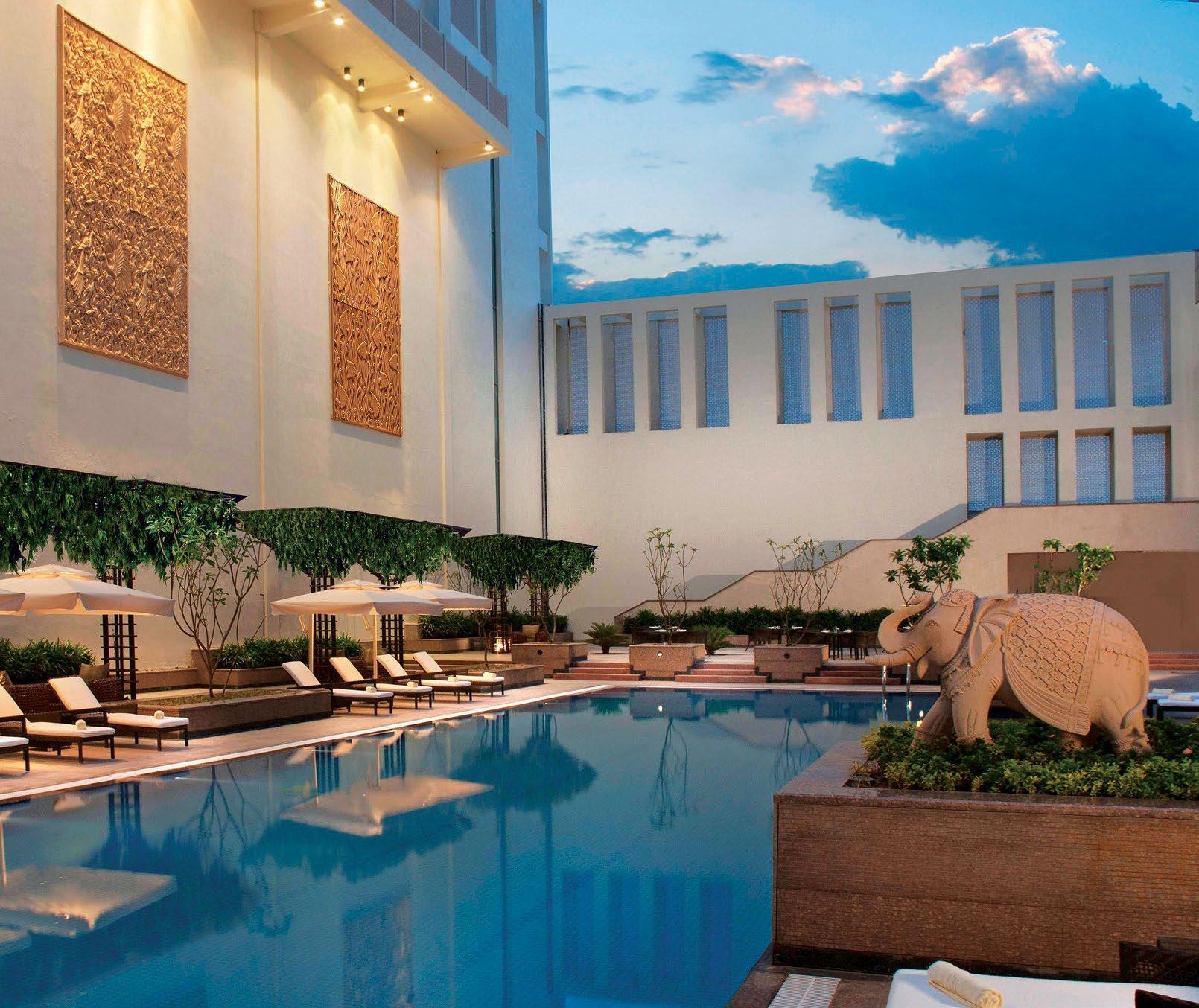
TOP:
The decision to open such a large hotel was met with scepticism by some, who viewed it as an overextension. However, convinced that the project would not only succeed but also catalyse a transformation in Jaipur's hospitality landscape, the intrepid entrepreneur, who serves as the chairman of the Dangayach Group, forged ahead. His conviction was well-founded; the opening of Jaipur Marriott coincided with a significant uptick in Jaipur's popularity as a wedding destination, a trend that continues to this day.
Today, the Dangayach Group has expanded its hospitality portfolio significantly, with properties in multiple locations and partnerships with various international hotel brands. The company currently owns and operates seven hotels, including Jaipur Marriott, Le Meridien Hyderabad, Radisson Agra, Ramada Jaipur, Chomu Palace near Jaipur, Sheraton Edison in New Jersey, USA, and Novotel at JECC Jaipur. The group’s most ambitious project, Waldorf Astoria Jaipur, is set to become India’s first Waldorf Astoria when it opens in 2027.
Spanning 22 acres, the property will feature expansive pool villas and 174 guest rooms, further cementing the group’s reputation for luxury and quality.
Breaking from its track of partnering solely with international brands, the Dangayach Group recently inked a deal with ITC for a new property


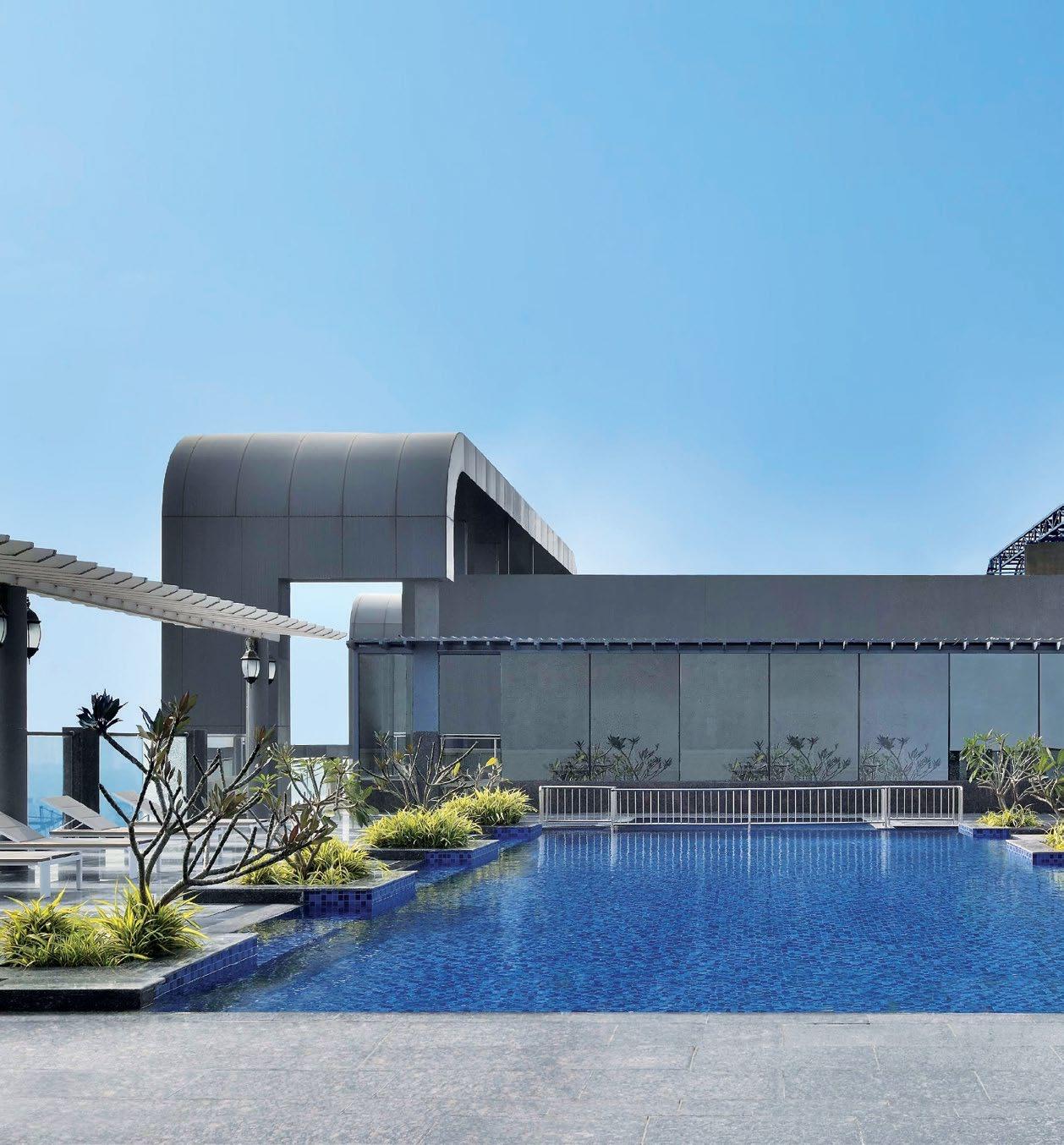
in Jaisalmer, which is slated to open by the end of 2024. This move marks a strategic shift for the group, reflecting its willingness to explore new partnerships while maintaining its commitment to quality.
To bolster its presence in multiple segments, from economy to luxury, the Dangayach Group collaborates with a diverse range of brands, such as Marriott, Accor, and Hilton. “Building strong relationships with these renowned brands requires mutual respect, transparency, and a shared commitment to excellence,” notes Atul Dangayach. Atul is Harimohan’s son and the Managing Director of the Group. Educated in the USA, he brings a fresh perspective to the business, blending global insights with the strong values of commitment and innovation established by his father.
“Each brand brings its unique strengths to the table,” he continues, “and our role as owners is to align our goals with theirs, ensuring that the brand’s values and standards are upheld while also catering to the specific needs of our market.” This is achieved by maintaining a constant dialogue with management teams to guarantee alignment on goals, expectations, and operational strategies. As Harimohan aptly puts it, “Success hinges on a shared vision.” By upholding brand values and standards while catering to local needs, the group creates distinctive properties that exceed expectations.
With the growing emphasis on climate change and resource depletion, sustainability has become a critical focus for leading hospitality brands, often integrated into brand audits. However, the Dangayach Group has proactively championed environmental sensitivity without waiting for its hotel partners to take the lead. Their inbuilt sustainability program eliminates single-use plastics for bathroom amenities and drinking water across their properties nationwide. Additionally, the group actively promotes rainwater harvesting, water recycling, and renewable energy sources like solar and wind, particularly in Rajasthan. This forward-thinking approach not only aligns with global sustainability trends but also reflects the group’s deep-rooted commitment to environmental stewardship.
This hands-on approach has served the group well in an industry where owner-operator conflicts are not uncommon, and owner aspirations are often at loggerheads with brand guidelines. “I think they're in sync with each other, right? When we decide to partner with a brand, we understand it, and we are also fully aware that we have to deliver on customer expectations. They just go together,” Atul explains.
The hotel serves as a physical manifestation of the owner's and the brand's shared vision and values, a harmonious fusion of their respective ideologies. According to Dangayach Senior, the appointment of creative experts, including architects, is a painstakingly deliberate process that necessitates close collaboration between the owner and the brand's team. “While the final decision often rests with the owner, it’s essential that the chosen architects align with the brand’s vision, standards, and design philosophy,” he notes.
HARIMOHAN DANGAYACH CHAIRMAN, DANGAYACH GROUP
“We build quality, and we are on top of every minor customer issue, ensuring that the team addresses and implements improvements immediately.”
The owner's profound understanding of local culture, market preferences, and operational intricacies affords them significant latitude in design input, providing invaluable insights that shape the final design in contextually relevant ways. However, Atul also stresses the importance of respecting the brand's established design language and standards. “This collaboration allows for a design that is both innovative and true to the brand’s identity,” he says. Through this synergistic approach, the owner and brand can craft a space that is not only distinctive and memorable but also harmonises with the broader brand ethos, ensuring consistency across all properties while allowing for unique, sitespecific expression. This principle applies to any spatial exercise connected to capital improvement or renovation, which typically aims to modernise, upgrade, or introduce new elements. “Such activities significantly contribute to comfort, convenience, and overall satisfaction, as well as help the property to stay competitive,” says Atul. “Brands have considerable influence in these situations, particularly in ensuring that any changes align with their identity and standards.”
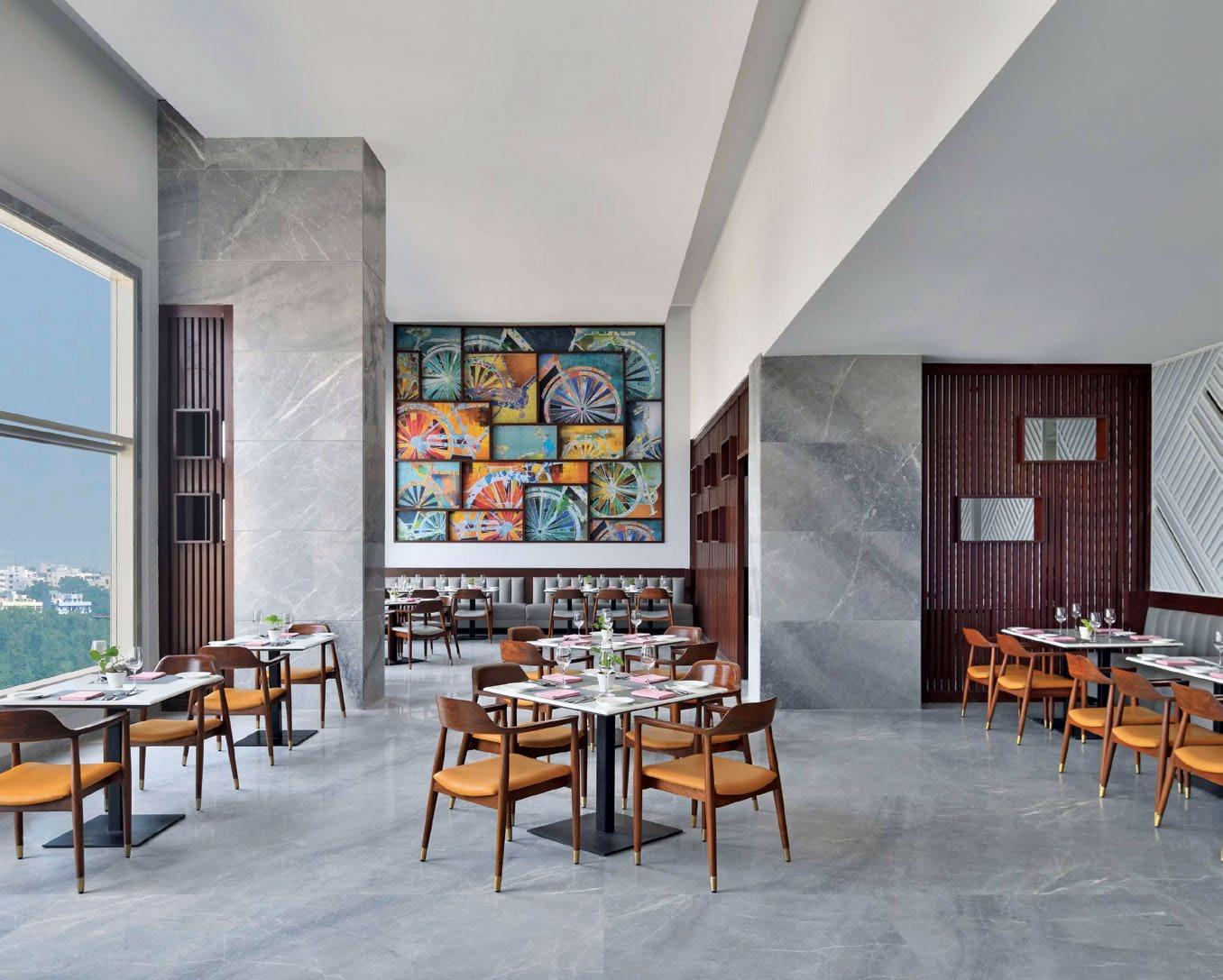
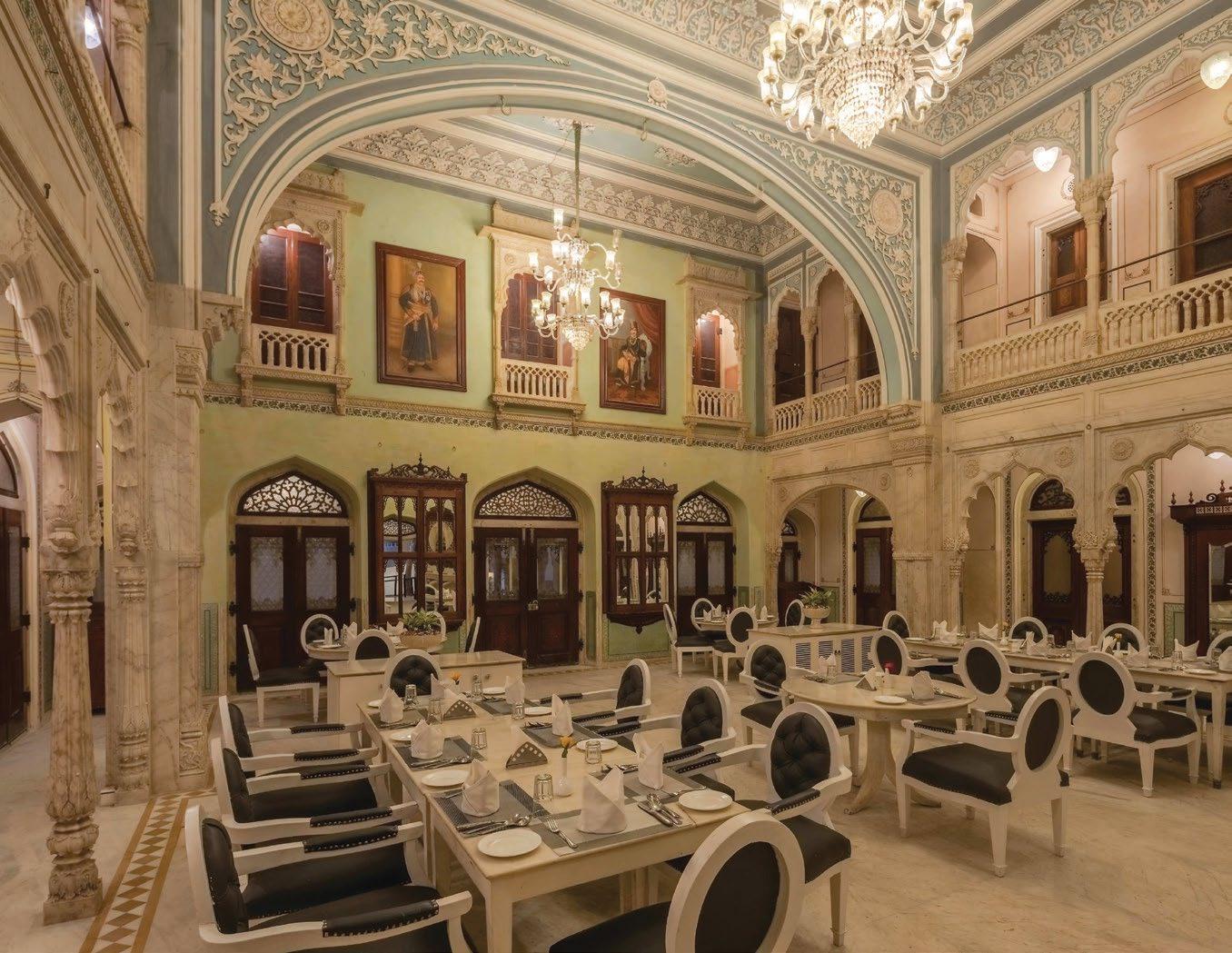

ATUL DANGAYACH
FAVOURITE FOOD Thai.
FAVOURITE HOTEL The Taj Mahal Palace, Mumbai. I have very fond memories of the Shamiana. And there was something of an aura connected to eating at the Golden Dragon and Wasabi.
FAVOURITE DESTINATION Italy. I love the country, food and hospitality.
HIS INTERESTS Exploring new cultures, trying out gourmet cuisines and exploring hidden travel gems. I’m always on the lookout for new experiences that broaden my horizons.
IF YOU COULD INVITE ANY THREE PEOPLE, LIVING OR DEAD, TO STAY AT YOUR HOTEL, WHO WOULD THEY BE? Elon Musk to discuss innovation and the future; Warren Buffett for his unmatched financial wisdom and down-to-earth perspective on life; and Coco Chanel to discuss timeless fashion and creativity. Imagine the conversations and insights that would unfold with this trio!
CLOCKWISE FROM TOP LEFT: Turquoise at Le Meridien Hyderabad offers a refined menu of local, European, and Asian flavours.
The poolside at the 276-key, newly renovated, full-service Sheraton Edison Hotel Raritan Center, New Jersey, USA.
The Gourmet Bar at Novotel Jaipur.
The Dangayach Group has restored the more than 300-yearold Chomu Palace near Jaipur as a luxurious heritage hotel while preserving its historical significance.
Regardless of the segment they operate in, quality remains a core value for the Dangayach Group. This commitment to quality extends beyond the construction phase and into the ongoing management of their properties. Harimohan insists that partnering with a reputable hotel brand does not mean taking a back seat once the hotel is operational. “We build quality, and we make sure it's maintained well by the operating team,” he says. “We hold them accountable. We constantly monitor the guest satisfaction score to check that it exceeds brand standards. And we are on top of every minor customer issue, ensuring that the team addresses and implements improvements immediately.” Atul emphasises that the group looks at various metrics—including F&B offerings, RevPAR index, market share, and MPI—while assessing a brand-partner’s performance, offering suggestions for calibrating each aspect, if needed. This analytical approach ensures that the group’s partnerships are not only strategic but also aligned with their long-term goals.
One area of the hospitality market that has caught Atul’s attention is the boutique hotel segment, which has seen significant growth in recent years. Although the Dangayach Group has yet to enter this space, Atul believes that boutique properties will continue to gain popularity, particularly as the market matures. “I think boutique properties have found their place recently. And I feel eventually, you will see more boutique hotels come up. We might see larger boutique properties as the market matures,” he reflects, adding that the group would be keen to explore this segment once customers fully understand the value proposition of boutique hotels. This approach of staying attuned to market trends and seizing the right moment has fuelled the group's organic growth. “There’s no specific target,” Harimohan says with a smile, “only opportunities.”
Looking ahead, Harimohan Dangayach identifies several challenges that hotel owners must navigate, including acquiring land at the right price, securing a skilled construction workforce, and finding qualified hotel staff. The latter, in particular, is a critical concern for Dangayach. “You’ll build a hotel, but if you don’t have the right people, how will you run it?”, he asks. Despite these challenges, his outlook remains optimistic.
“All our hotels are doing well. The corporate sector is strong in Bengaluru and Hyderabad. The wedding sector is thriving in Rajasthan. Even now, demand outstrips supply, no matter the amount of inventory being pumped into the market,” he observes, adding that he expects the
ATUL DANGAYACH MANAGING DIRECTOR,
DANGAYACH GROUP
“Building strong relationships with renowned brands requires mutual respect, transparency, and a shared commitment to excellence.”
tourism industry to continue its upward trajectory for at least another decade. “A hotel is not a commodity. It takes time to build, and by the time those new rooms are available—say in three to four years—the market has also grown.”
The Dangayach Group’s successful introduction of Waldorf Astoria, an epitome of luxury and glamour, serves as a testament to the Indian market’s evolution, particularly in the luxury sector. In addition to this transformation, two more factors, says Atul, drove the decision of getting Hilton’s iconic brand to India: the country’s rich cultural heritage, and his team’s ability to deliver on the brand’s high standards. He notes that India’s luxury market is primed for a brand like Waldorf Astoria, which offers unique, highend experiences, emphasising that “the Indian market is ready for a brand that represents the pinnacle of luxury and personalised service”.
By merging Waldorf Astoria’s global legacy with India’s distinctive charm, Atul aims to create a truly exceptional offering. “We saw an opportunity to deliver unforgettable, bespoke experiences that showcase the best of both worlds,” he explains.
The Dangayach Group’s journey in the hospitality industry is a testament to the power of vision, adaptability, and a relentless commitment to quality. As they continue to expand and diversify their portfolio, Harimohan and Atul Dangayach remain focused on building a legacy that prioritises excellence in every aspect of their business. And for those considering entering the hospitality business, Dangayach Senior offers a simple but powerful piece of advice: “Do it only if you have the passion. And put yourself in your customer’s shoes. If you need something, they will need it too.”
HARIMOHAN DANGAYACH
COMFORT FOOD Dal, rice, roti. I’m a simple man!
FAVOURITE DESTINATION FOR A FAMILY HOLIDAY Goa (India), Thailand (among many others, but this is closer home)
HOSTING HIGH-PROFILE GUESTS AT THE HOTEL Our hotels have hosted industry leaders, renowned artists, celebrities, and high-profile politicians. They are valued for their discretion, security, and serene environment. Despite their hectic schedules, these distinguished guests often take a moment to personally thank our staff, creating a lasting impression of humility and professionalism. Their gestures remind us that while we offer luxurious accommodations, it is the stories, connections, and acts of kindness, which unfold within our walls, that truly define our hotels' legacy.
FAVOURITE FILM Baghban. I’m a big fan of Amitabh Bhachchan.
PASSION Travelling.

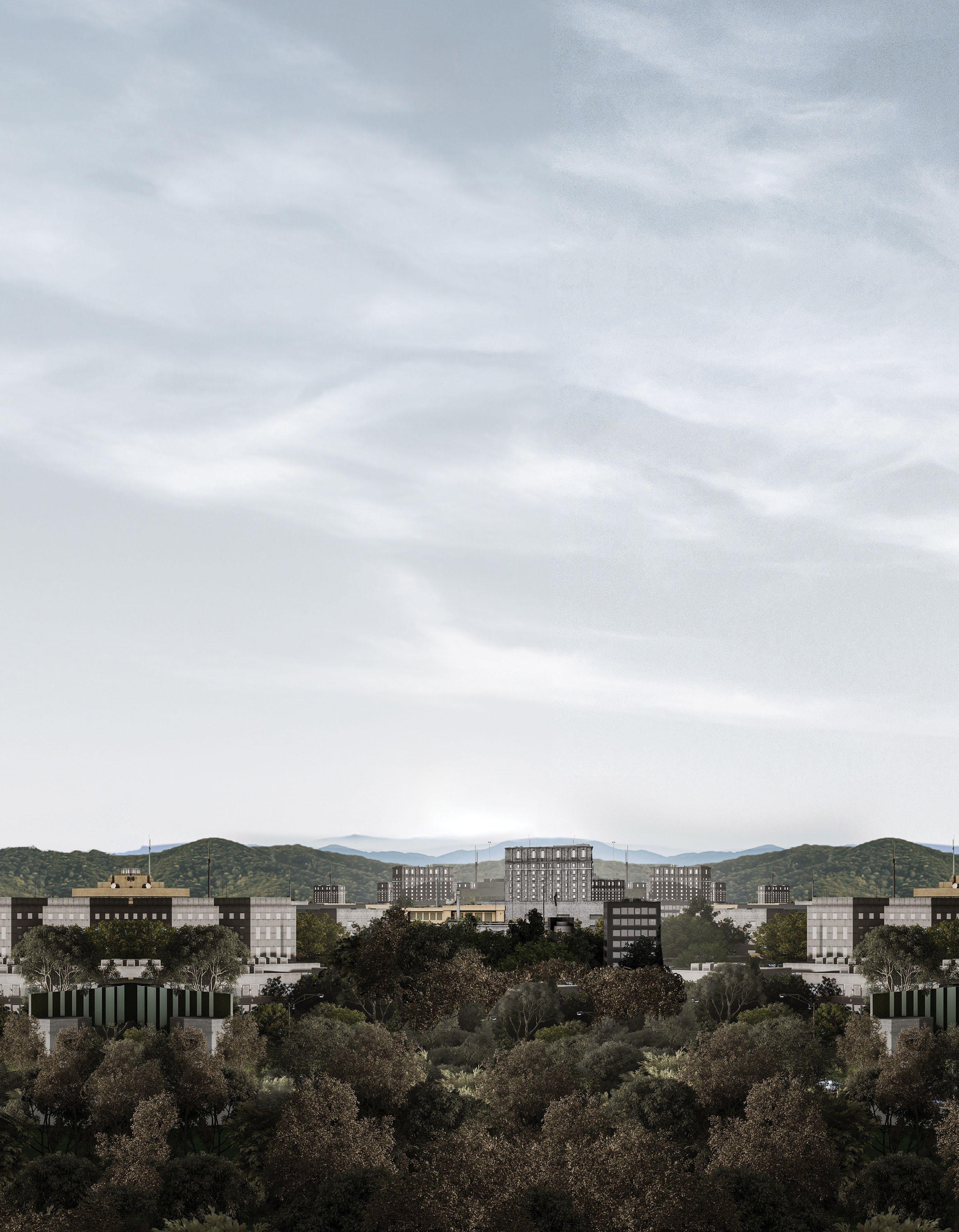
At Nepal’s first Hilton, traditional inspiration meets contemporary comfort in a blend of warm Nepalese culture and the luxury of modern hospitality.
RUPALI SEBASTIAN

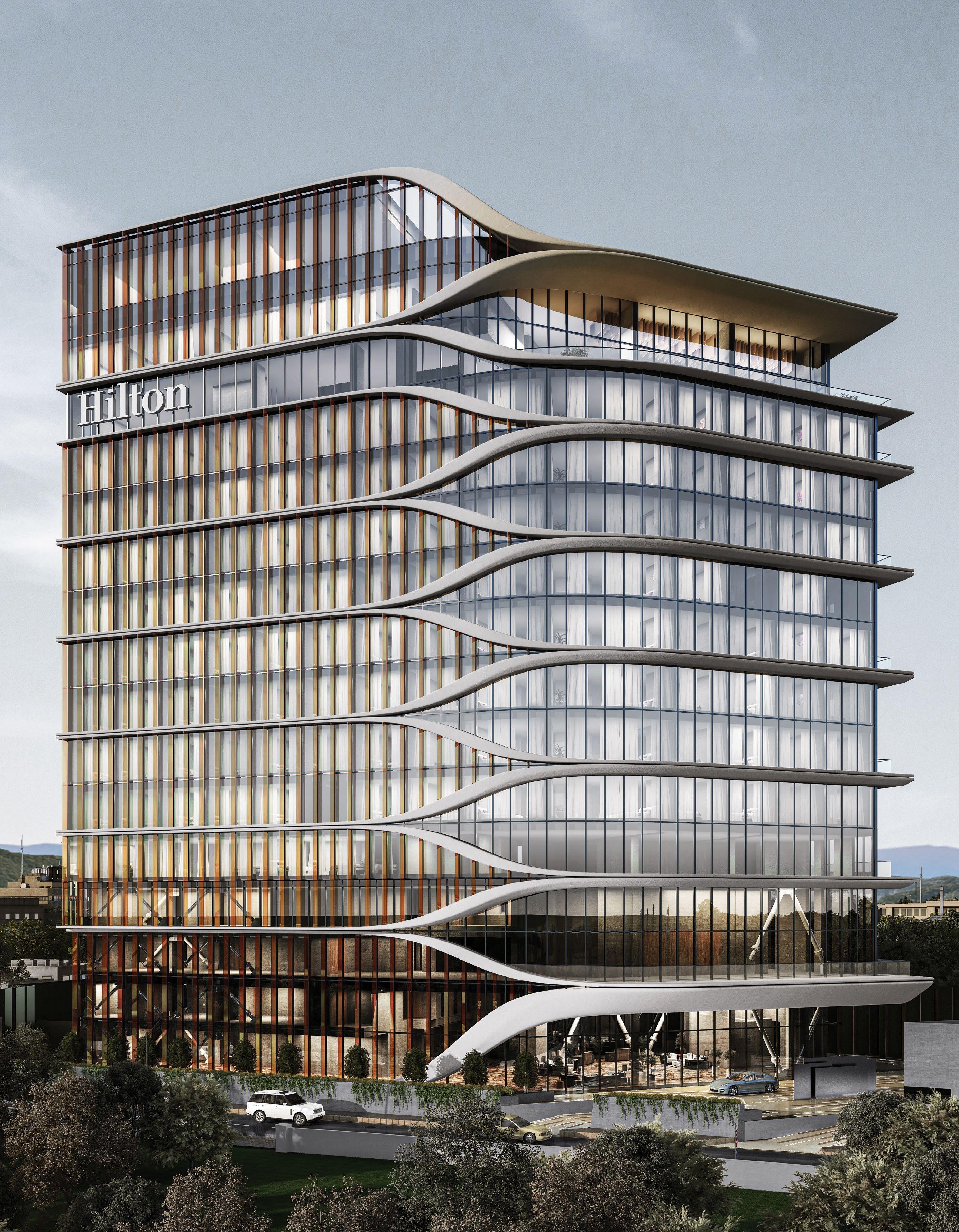
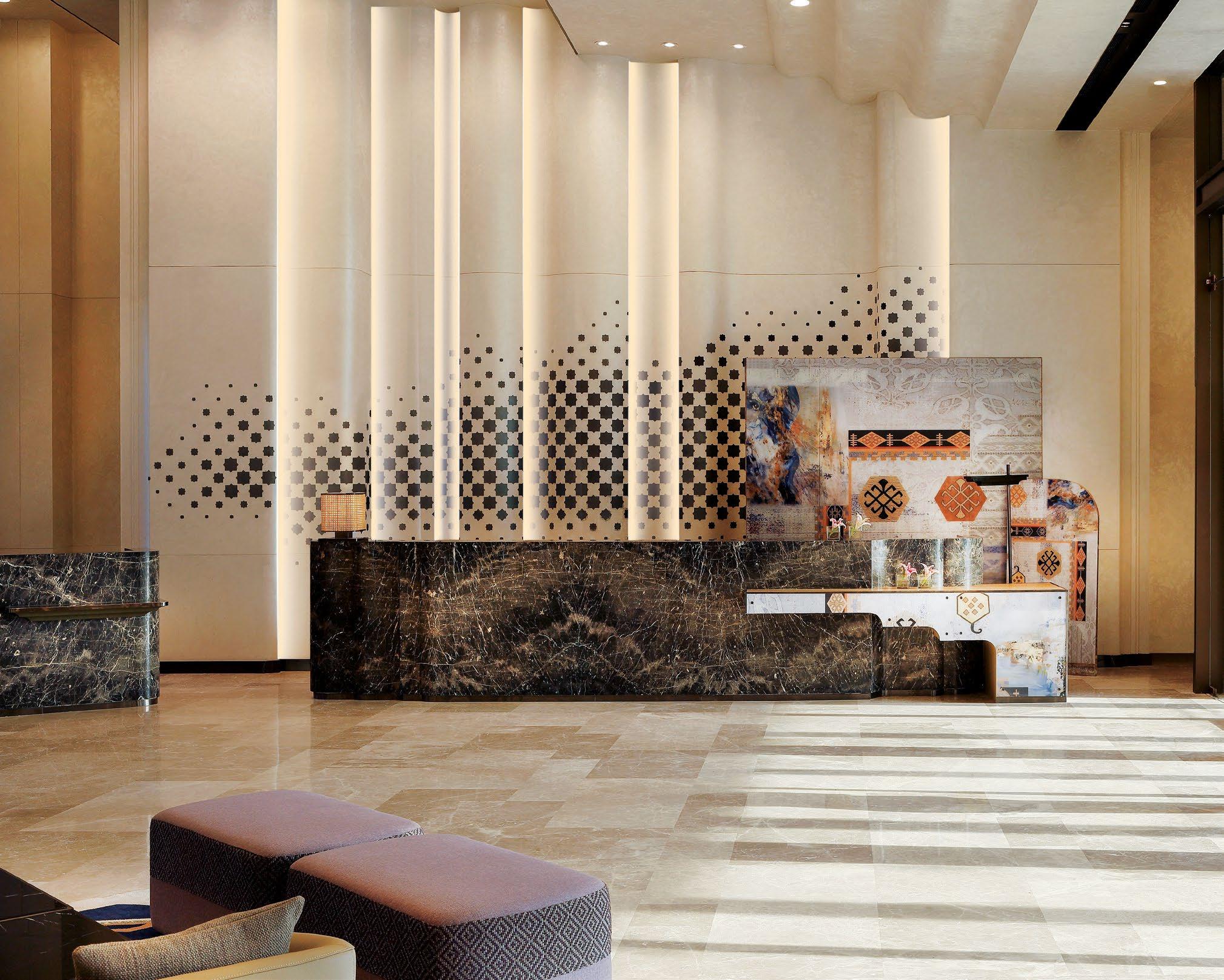
ABOVE: The lofty lobby with its contemporary interpretations of motifs borrowed from Dhaka fabrics. CENTRE: A computer-rendered image of the stylish and well-appointed Executive Lounge.

Nepal, a hidden gem in the world of tourism, is finally getting the attention it deserves. The hospitality scene is abuzz with new developments, including the highly anticipated Hilton Kathmandu—the country's inaugural Hilton property.
Owned by Nepal’s esteemed Shanker Group and strategically situated in the upscale Naxal area, this flagship hotel boasts proximity to Tribhuvan International Airport and the vibrant hotspots of Thamel and Durbar Road. Currently
Kathmandu’s tallest building at 64 mtrs., the hotel is poised to set a new standard for luxury and convenience in the heart of Nepal.
With its extensive glass façade—a first again for the country—and crisp form, the hotel establishes a modern 15-storey presence in an ancient city filled with stepped pagoda-style roofs and low-height brick edifices. But while the expression may be contemporary, it is entrenched in the context and the culture of the city, and invokes the tangible and the intangible. The idea, state Amit Gupta and Britta Knobel Gupta of Delhi-based Studio Symbiosis, the architects of this project, was to not appropriate cultural and contextual elements literally, rather interpret them subtly.
The smooth GRFC (Glass Reinforced Fibre Concrete) waves that branch and rhythmically flow across the glass faces of the 172-key hotel are

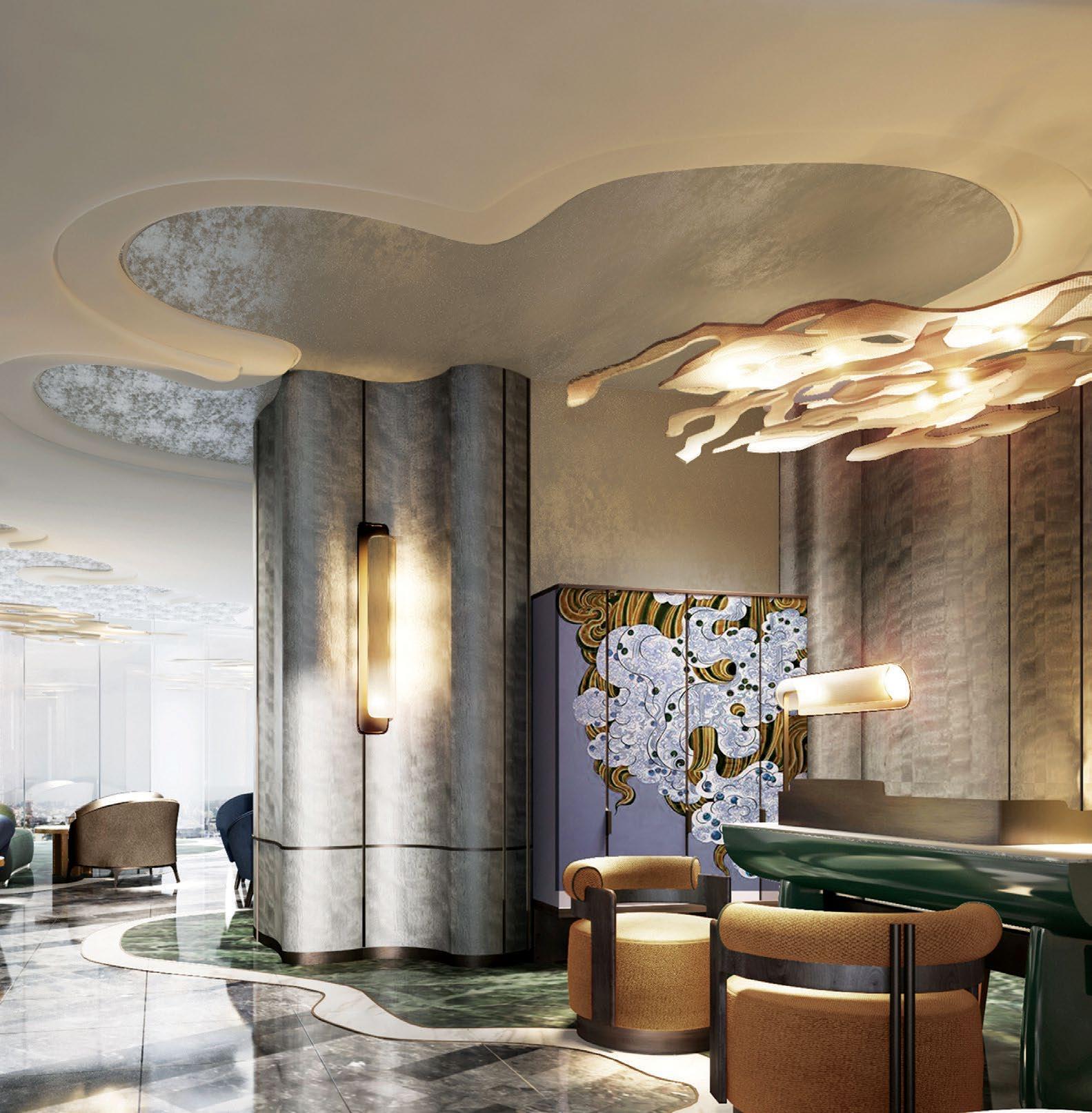
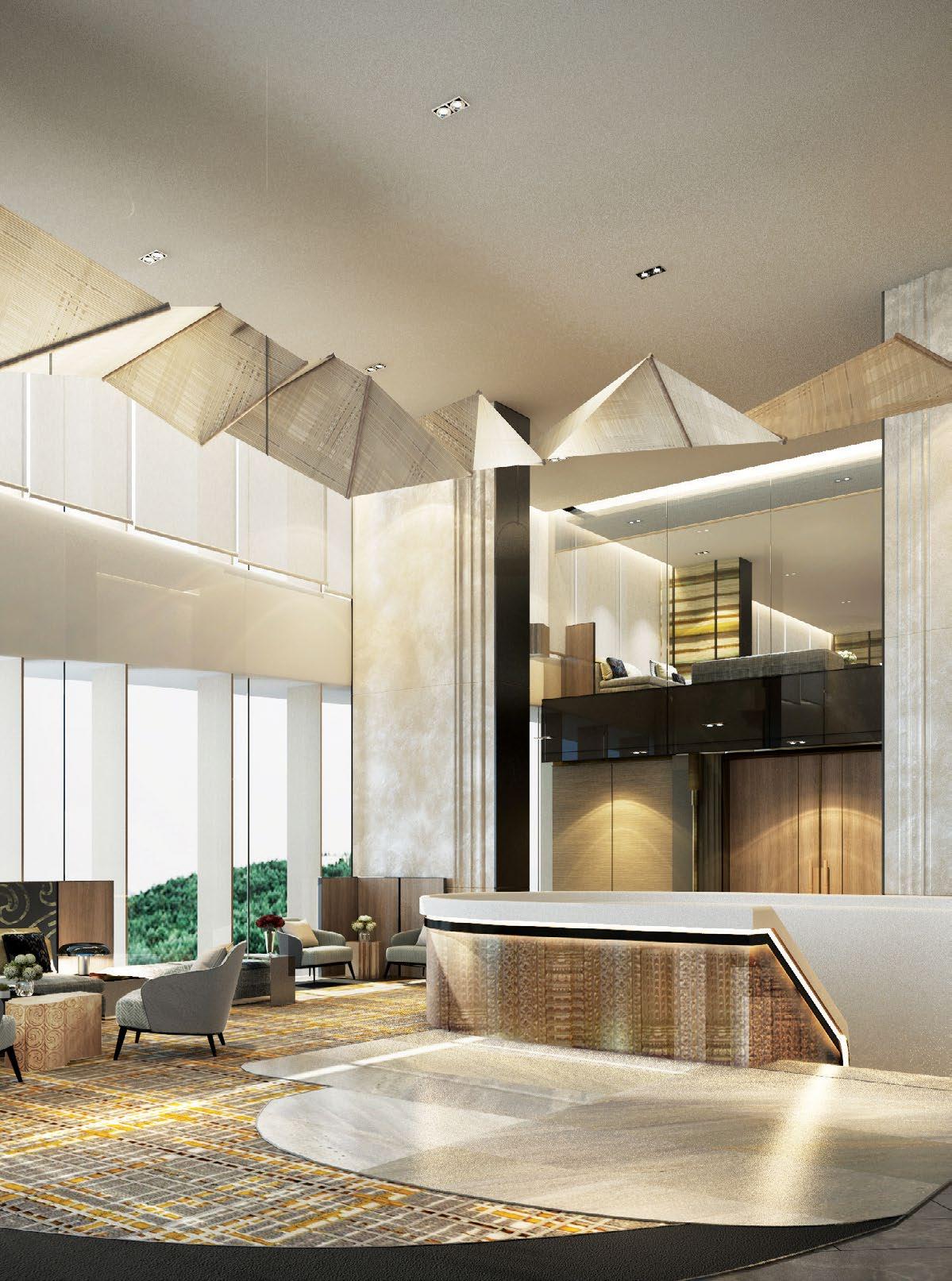
inspired by the undulating silhouettes of the mountains that surround this geographical bowl. These seamless lines create a strong design move and balconies for rooms on every alternate floor. As Amit explains, “The Langtang mountain range—the highest mountain range seen from Kathmandu valley—is visible from the site. The design responds to an intense urban street on one side, curves, and opens up towards the views of the mountain range. This thoughtful approach also optimises the floor plate's efficiency, allowing for more rooms per floor.” The manner in which vertical stacking of functional spaces is effected, further enhances this strategy, placing areas that don't require views (lobby, banquet hall, meeting rooms, and service floor) on lower levels. In contrast, guest rooms, the all-day dining, bars, and the temperature-controlled swimming pool are positioned on upper levels, ensuring that the stunning natural beauty of the valley and mountains serves as a constant backdrop to the guest experience.
Nestled in Nepal's seismically charged landscape, Hilton Kathmandu stands as a testament to innovative design and disaster resilience. This earthquake-resistant building is engineered to bend, not break, thanks to German shock absorbers and structural features like dampers and shear walls. In the event of a quake, this 'immediate occupancy' building ensures guests can ride out the tremors in safety. With Miyamoto International's structural expertise, the hotel is fortified to withstand earthquakes of up to 8.5 magnitude. To put that in perspective, it's like withstanding a quake nearly 1.5 times stronger than the devastating 2015 Nepal earthquake.
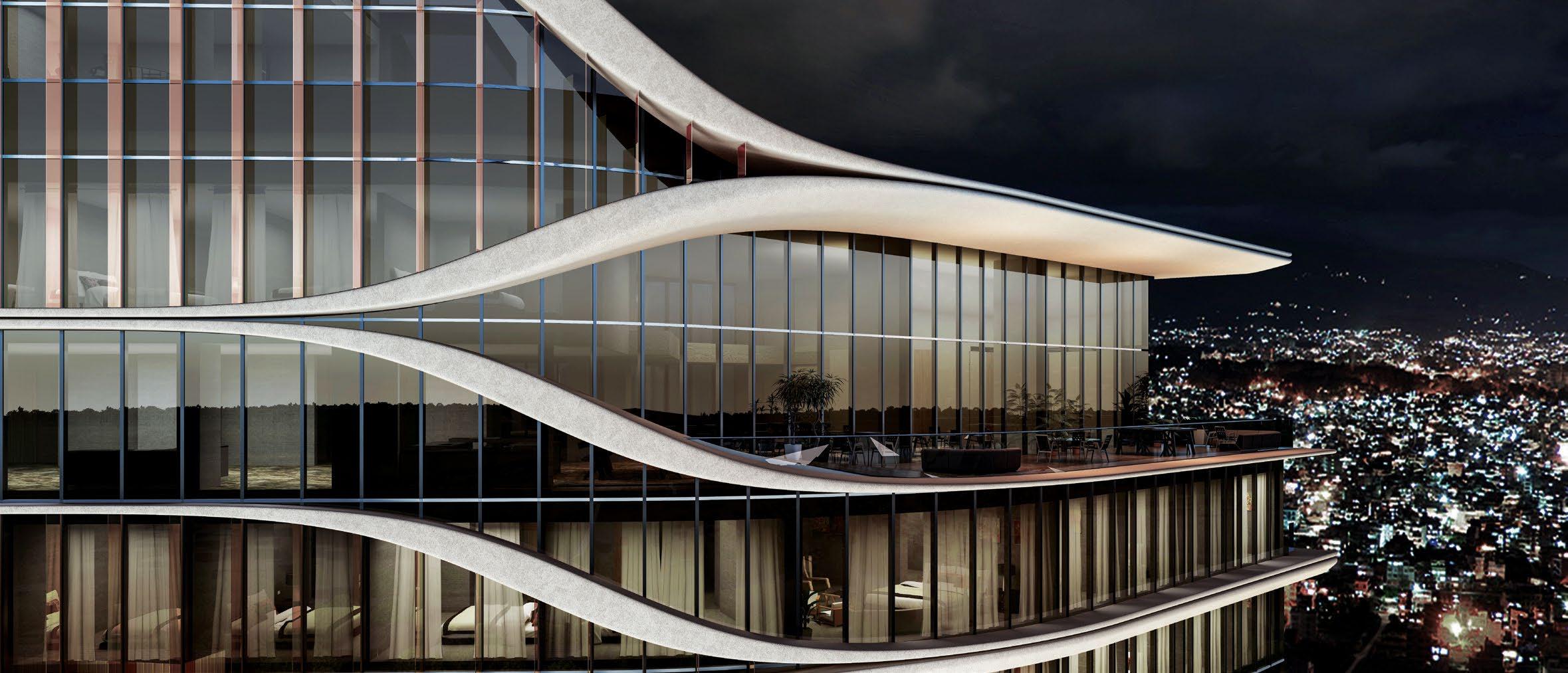
ARCHITECT, STUDIO SYMBIOSIS
“The design responds to an intense urban street on one side, curves, and opens up towards the views of the mountain range. This thoughtful approach also optimises the floor plate's efficiency.”


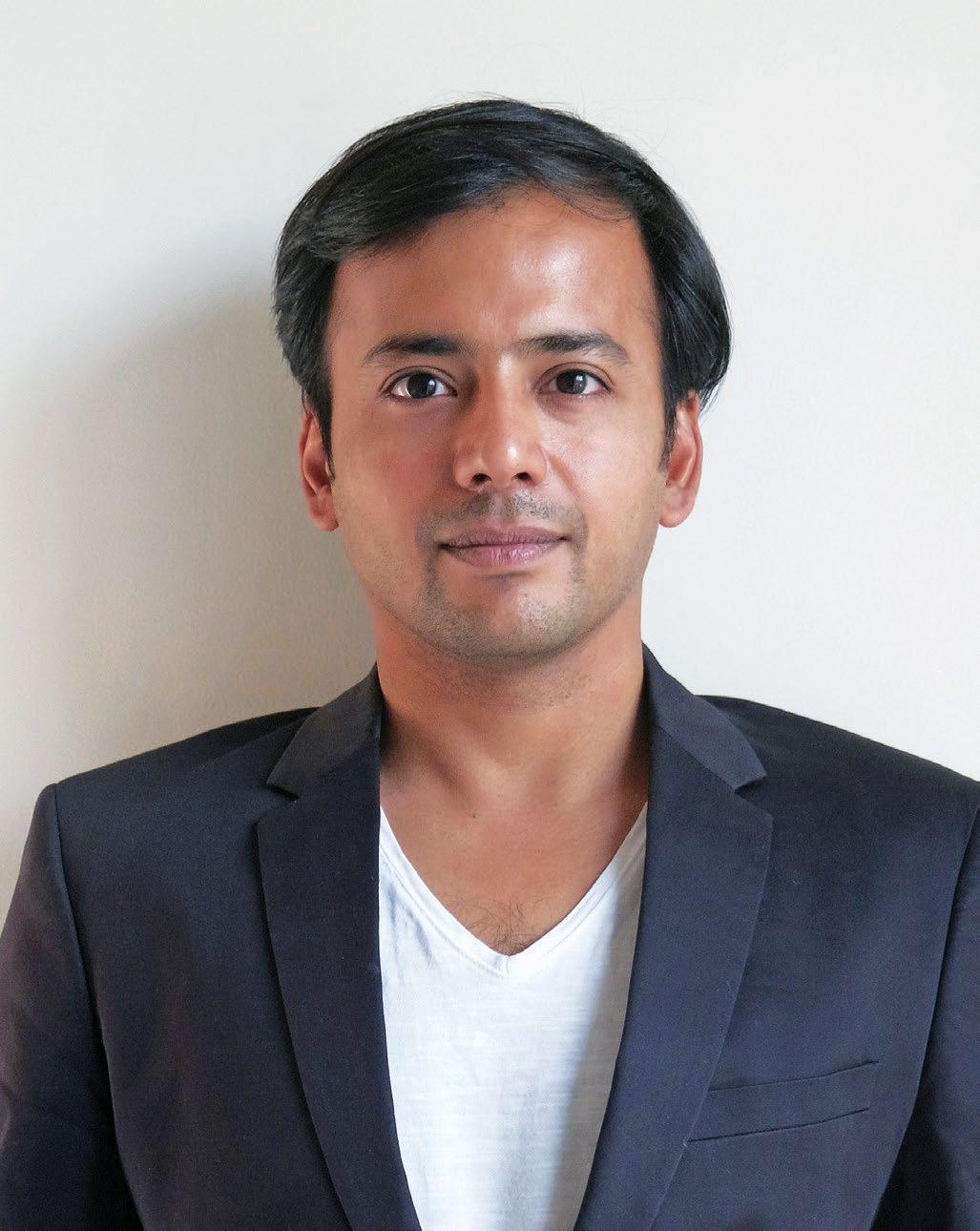
ARCHITECT, STUDIO SYMBIOSIS
“The prayer flags are an essential element of the culture of Nepal. They inspired the dichroic fins. It was a poetic approach to reflecting local culture in the architecture.”

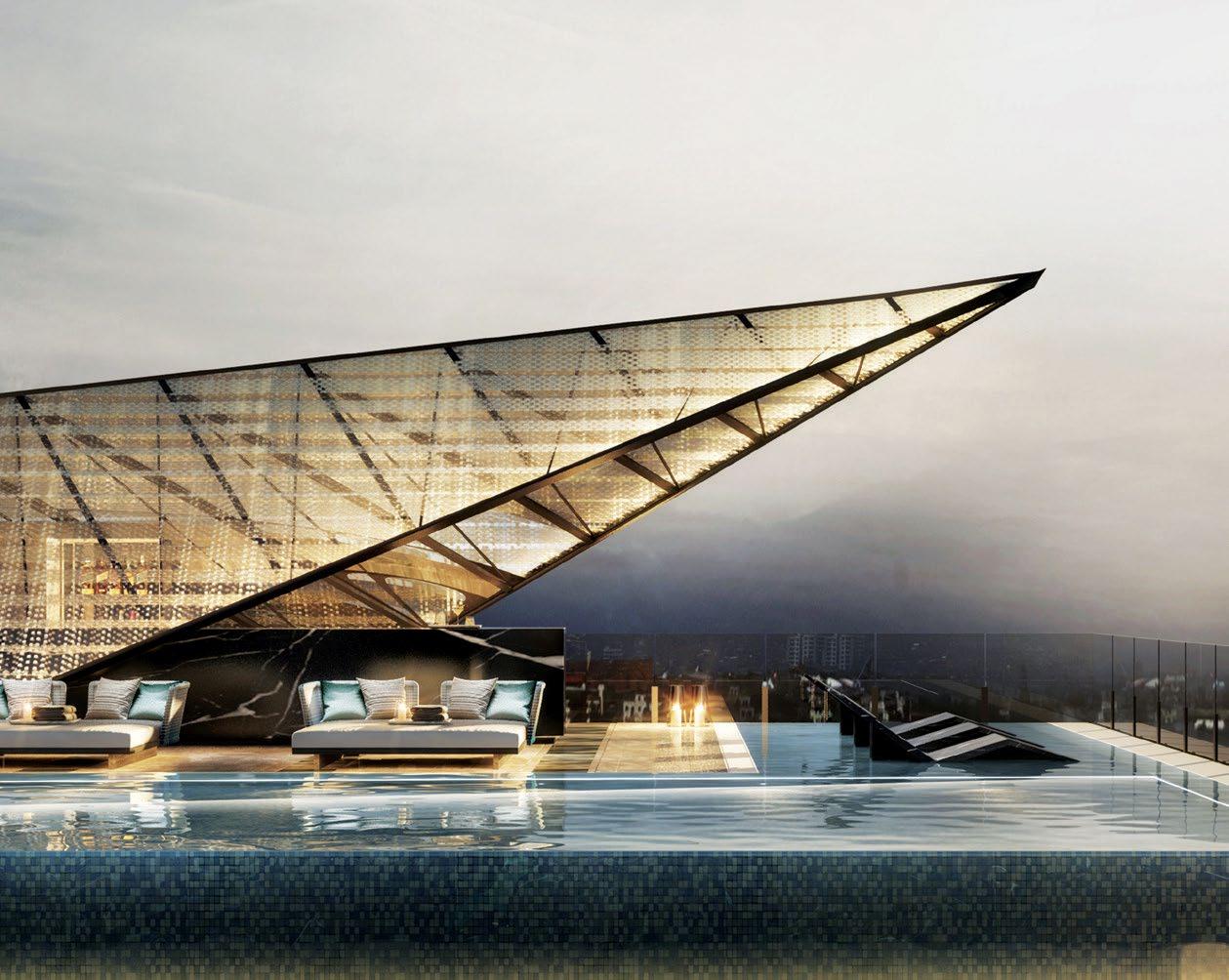
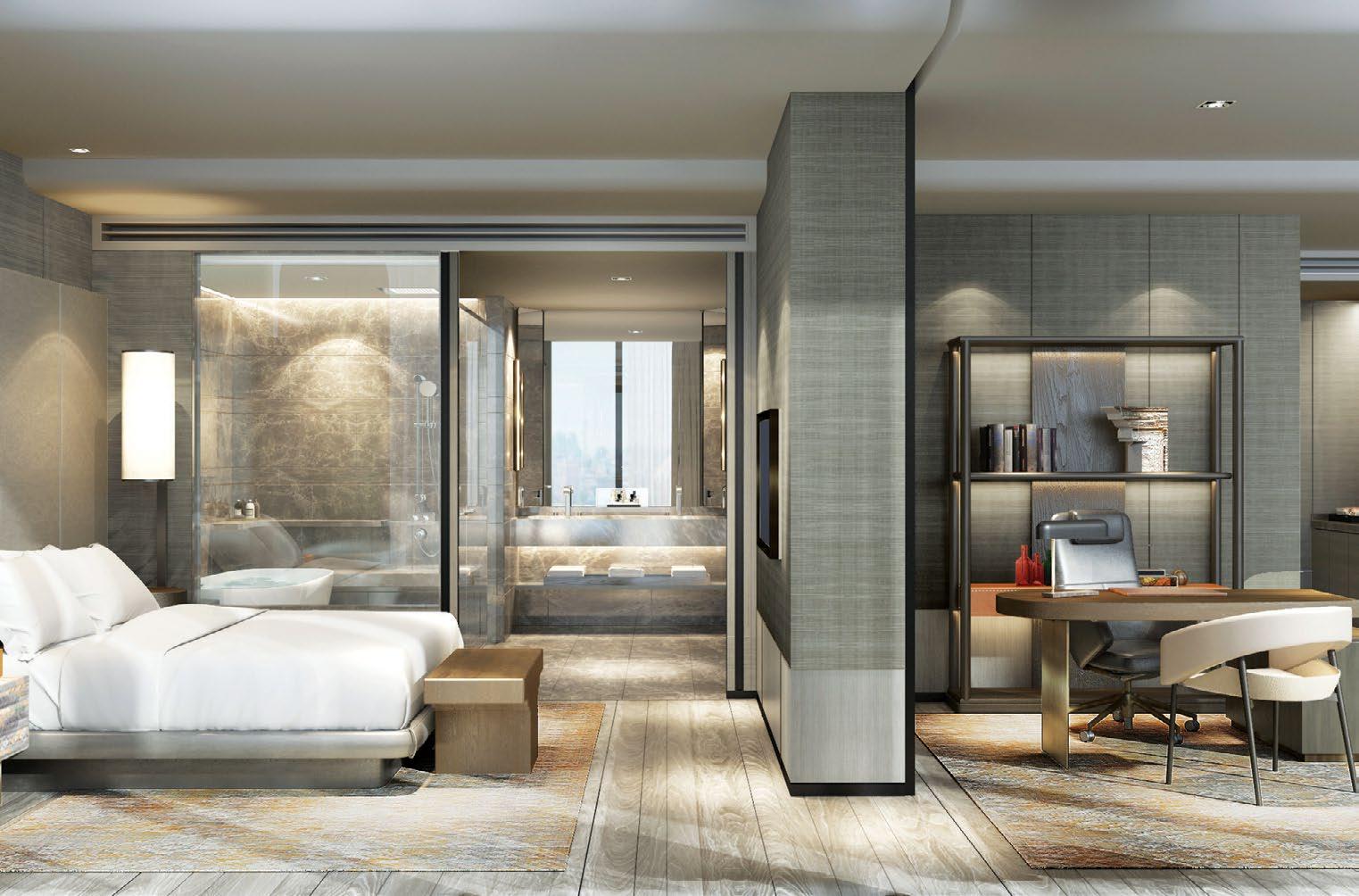
PARTNER & DESIGN DIRECTOR, PIA INTERIOR
“There’s a wonderful handcrafted aspect to buildings of Nepal. As designers, we are very appreciative of this. The interiors try to emulate this trait.”

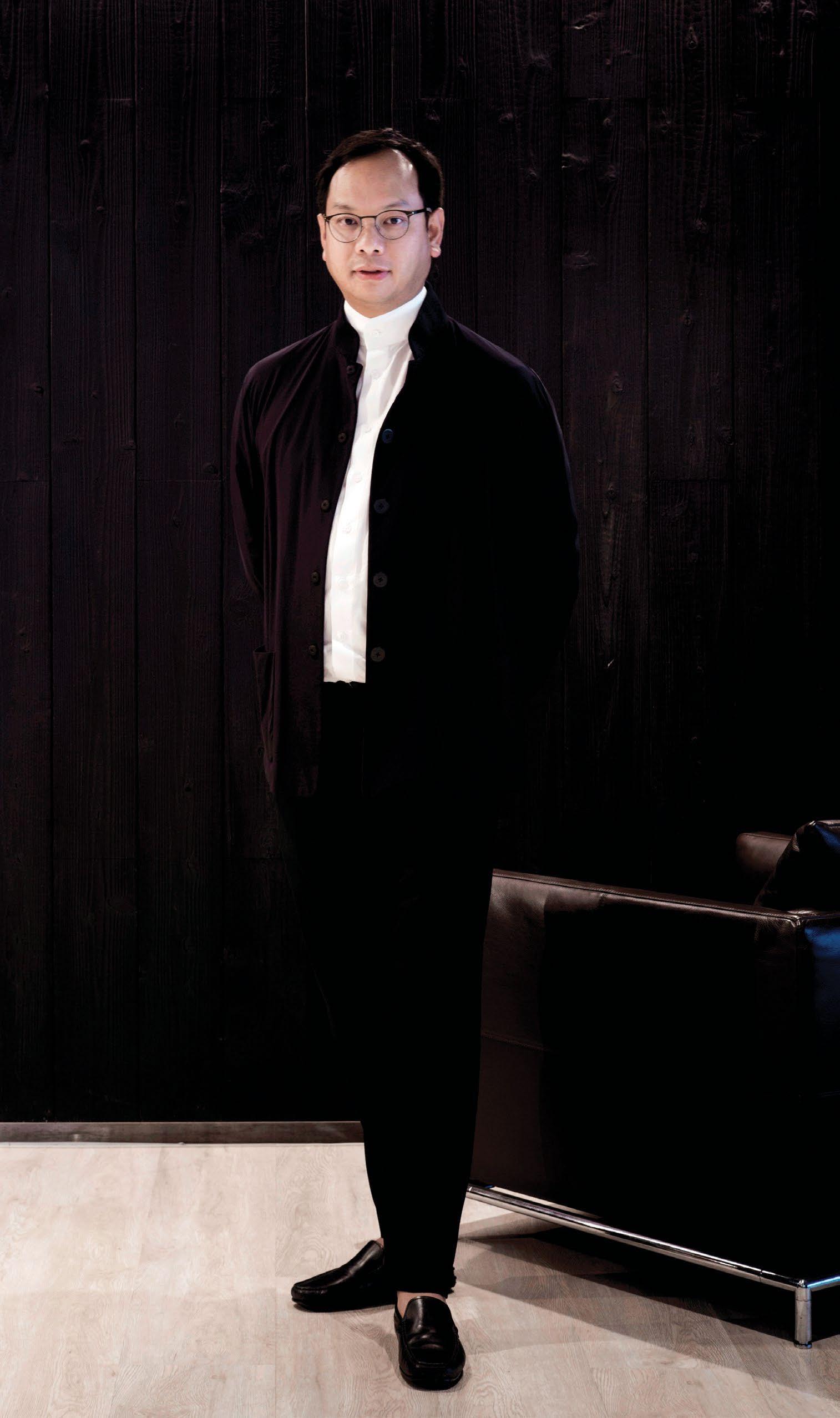
While the statement-making fluid concrete bands pay a nod to the mountainous milieu, the vertical dichroic laminated glass fins—924 in number—that rise from the ground to the pinnacle of the building are abstractions of the ubiquitous strings of fluttering prayer flags that are visible while moving through the city visiting the monuments, trekking or even ascending the mountains.
“In Kathmandu architectural local elements essentially translate to wood, brick or copper done traditionally. We researched for months to see what this local element could be,” reveals Britta. “The prayer flags of Kathmandu are an essential element of the culture of Nepal. This is where the inspiration (for the dichroic fins) came for the design. It was a more poetic approach to reflecting local culture in the architecture of the building.”
Together, these interpretations of terrain and tradition synthesise an interesting duality in the built form of this award-winning design and generate a dynamic interplay of elevations, where transparency and opacity, plainness and ornamentation, shift and morph, revealing a multifaceted beauty that is at once rooted in its surroundings and soaringly innovative.
The interior narrative, designed by Thailand-based PIA Interior, carries the approach of seeing tradition through a contemporary lens forward. Vachirapong Danny Arthayukti, Partner & Design Director, PIA Interior, says the crux of the interior design lay in melding the light and crisp articulation of an international brand such as Hilton with the Nepalese vernacular ruled by wood and brick. “The answer,” he says, “was to meet somewhere in the middle.” While identifying the design elements, however, it was essential to ensure that they were deeply rooted in the local context to create a genuinely Nepaleseinspired aesthetic. “Given our outsider perspective, we couldn't assume the cultural elements we chose were uniquely Nepalese, rather than Indian or Tibetan. To avoid cultural misappropriation— which would have been a disaster— we needed absolute certainty. Fortunately, the owner's team provided invaluable guidance, steering us toward authentic local elements and ensuring our design decisions were respectful and accurate,” Danny explains.
Having gathered a rich tapestry of local inspirations, the team embarked on a thoughtful editing process. Through deliberate distillation, they stripped away the extraneous, revealing the purest, most elemental forms of each motif. This cultural essence was expressed with understated elegance through a nuanced monochromatic or toneon-tone approach.
“There’s a wonderful handcrafted aspect to buildings of Nepal. Even if they are damaged during an earthquake, they are resurrected using age-old
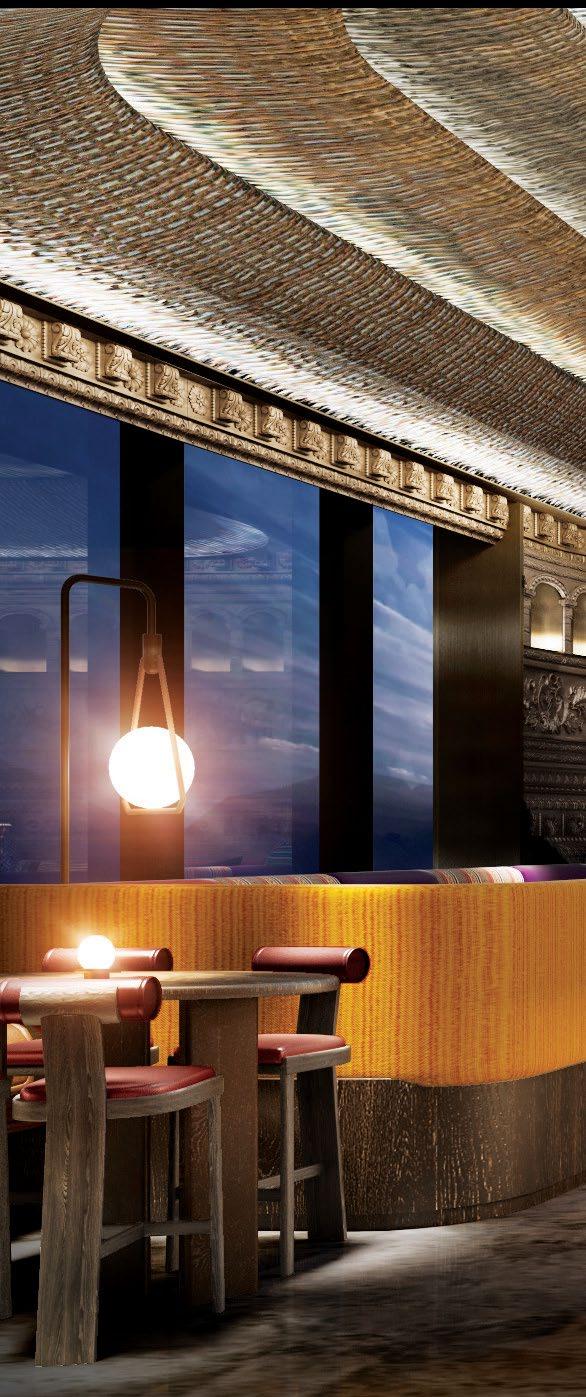
With its extensive glass façade and crisp form, the hotel establishes a modern 15-storey presence in an ancient city filled with stepped pagoda-style roofs and low-height brick edifices.


FACT FILE
ARCHITECT
STUDIO SYMBIOSIS, INDIA
INTERIOR DESIGNER PIA INTERIOR, THAILAND
SANITARYWARE LAUFEN
LIGHTING CONSULTANT CWL, THAILAND
LIGHTING
DIAMOND LIFE, SISLEE, THE LUMINAR’S
CP FITTING HANS GROHE
FURNITURE
JUNEJA INTERIORS, YABO
PAINT
ASIAN PAINTS
RUKAMAN MARBLES
GLASS GLASSTECH
DICHROIC GLASS FG GLASS




The hotel’s 172 rooms are distributed between seven categories, with sizes ranging from a comfortable 38 sq. mtr. to a spacious 179 sq. mtr. Each space is equipped with contemporary amenities, featuring muted colour schemes that artfully contrast with vibrant accents found in traditional motifs.
Enveloped by plants and tucked away into a corner of the hotel’s plot, Hava—air—is like a secret garden. Featuring indoor and outdoor sections, this casual lounge serves light bites and beverages in a relaxed, airy atmosphere, perfect for unwinding.
Bathed in natural light, the contemporary The Lava Box is a stylish grab-and-go haven offering freshly baked goods and gourmet coffee.
The all-day dining Asa (hope, in Nepalese) is a vibrant 13th-floor dining haven celebrating diverse culinary traditions with innovative, locally sourced Nepalese cuisine. With its extensive glazed facades, it affords beautiful views of the valley and mountains.
Lyra, the bar attached to the rooftop pool, is named after a constellation, and offers cabanas and sun loungers, inviting guests to enjoy refreshing drinks and gourmet meals with breathtaking mountain views.
Orion, the enclosed rooftop bar, is a masterpiece of design, encased in intricately carved wooden walls that pay homage to Newari architecture. The stepped ceiling, adorned with fabric woven with metallic threads, ascends to a skylight, offering a breathtaking view of the starry night sky, creating a truly magical ambience.
Hilton Kathmandu's comprehensive amenities include versatile event spaces, a fitness centre, and a luxurious eforea spa, ensuring a holistic experience for all guests.

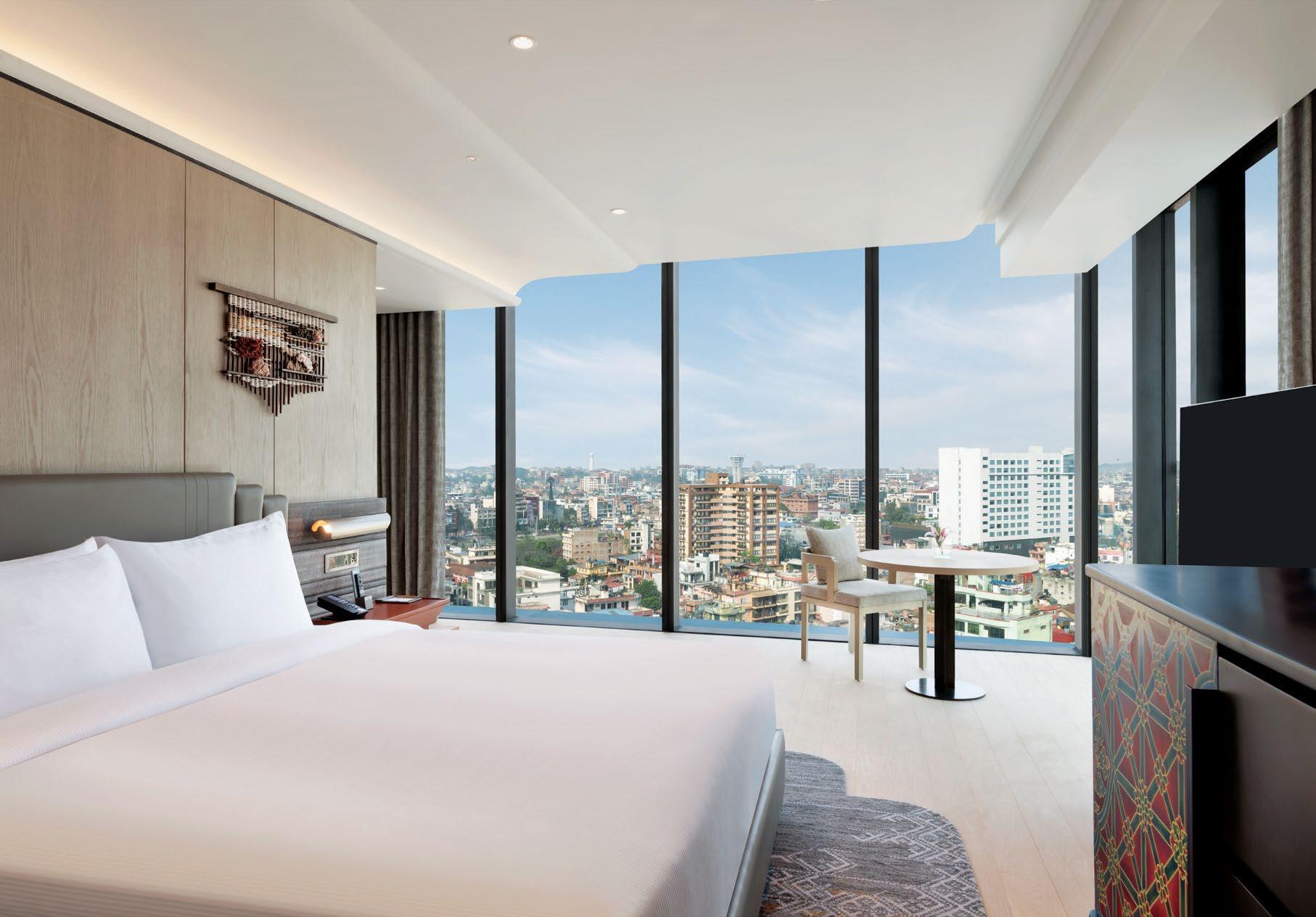
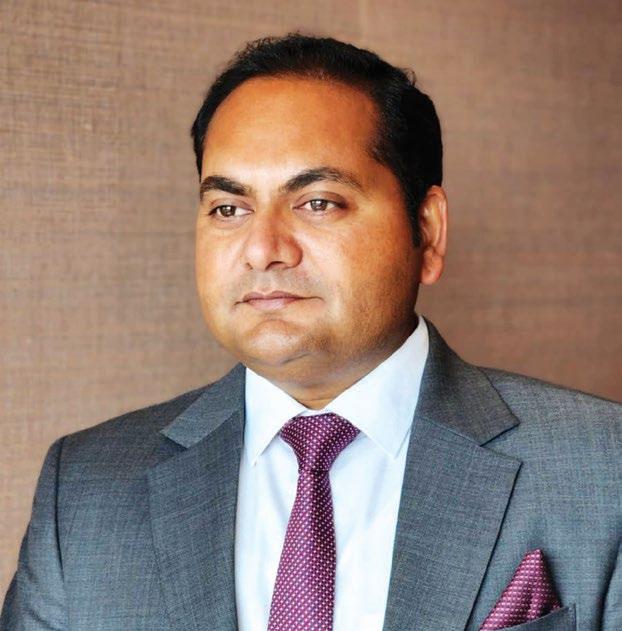
PROJECT HEAD, JAGDAMBA HOSPITALITY GROUP
“Plan. This becomes particularly important in a market where materials need to be procured from elsewhere.”
techniques, not modern methods,” says Danny. “As designers, we are very appreciative of this (approach), and of the beauty that lies in imperfections. The interiors try to emulate this trait.” This approach is reflected in the lobby's sculpted, flowing walls adorned with artistic patterns, inspired by traditional Dhaka fabrics. Similarly, the Lava Box cafe showcases handloom textiles typically used in winter clothing, while, the rooftop bar, Orion, features intricate wooden carvings reminiscent of Newari architecture. The banquet hall boasts ornate details from traditional ankhi jhyal windows, and the ceiling chandeliers in Asa, the all-day dining space, are designed to evoke prayer flags.
“The true success of this design,” Danny concludes, “lies in the way the architecture and the interiors have come together. They complement each other seamlessly, rather than contrasting, creating a cohesive and immersive experience.”
Manoj Kumar Sharma, Project Head, Jagdamba Hospitality Group, (part of the Shanker Group, the owner of Hilton Kathmandu), tells us the challenges faced while executing the project, and how to navigate the import-heavy Nepal market.
The foremost issue was that they were dependent on India (mostly) and China for materials—for everything from screws to major elements.
The design of the façade was particularly complicated to execute as there was no space around the building, and also because the façade glass, the GRFC members and the dichroic fins had to be installed at a 60 mtr. height.
Getting the sizes of the glass and the execution of the curved part of the building was a demanding task.
The GRFC elements, which had geomagnetic profiles, had to be fixed at the curved portions of the building. These were difficult to cast in accurate shape and size.
Revisions in design and procurement of labour compounded the complexity of the project.
Freeze the design. Retrospective changes lead to a domino effect where processes connected to timelines are concerned.
Plan, plan, plan. This becomes particularly important in a market where materials need to be procured from elsewhere. Any lapse in this regard can delay a project by two to three months.
Make fast decisions. Design fixed and planning in place, the next factor that can lead to a timely or delayed project is the speed of decision making such as the selection of contractors and vendors.
From the allure of Instagrammable corners to the rise of biophilic and sustainable design, the trends shaping restaurant interiors are as varied as they are influential. Four restaurant design specialists offer insights into the pivotal trends that are reshaping restaurants.
RUPALI SEBASTIAN
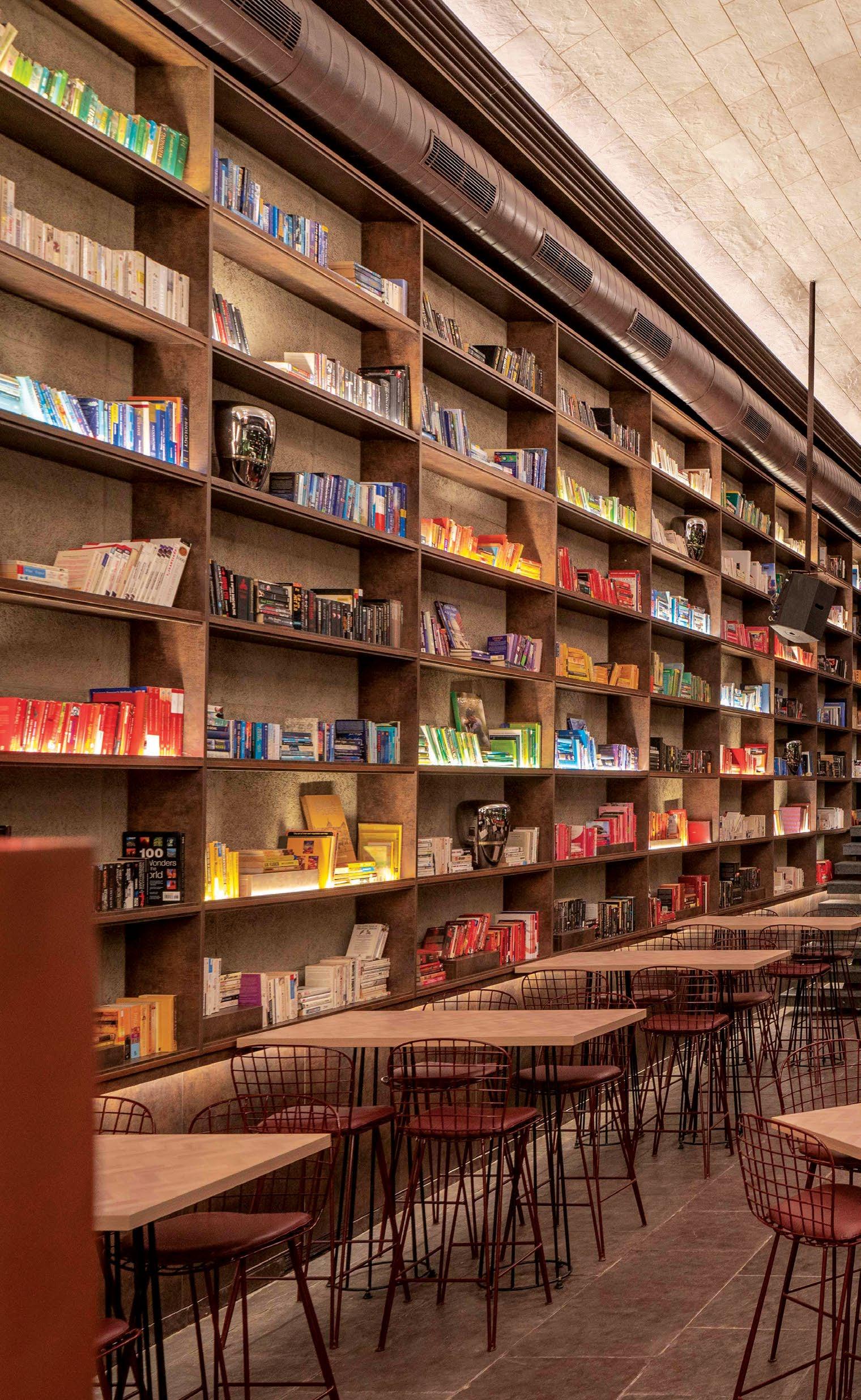

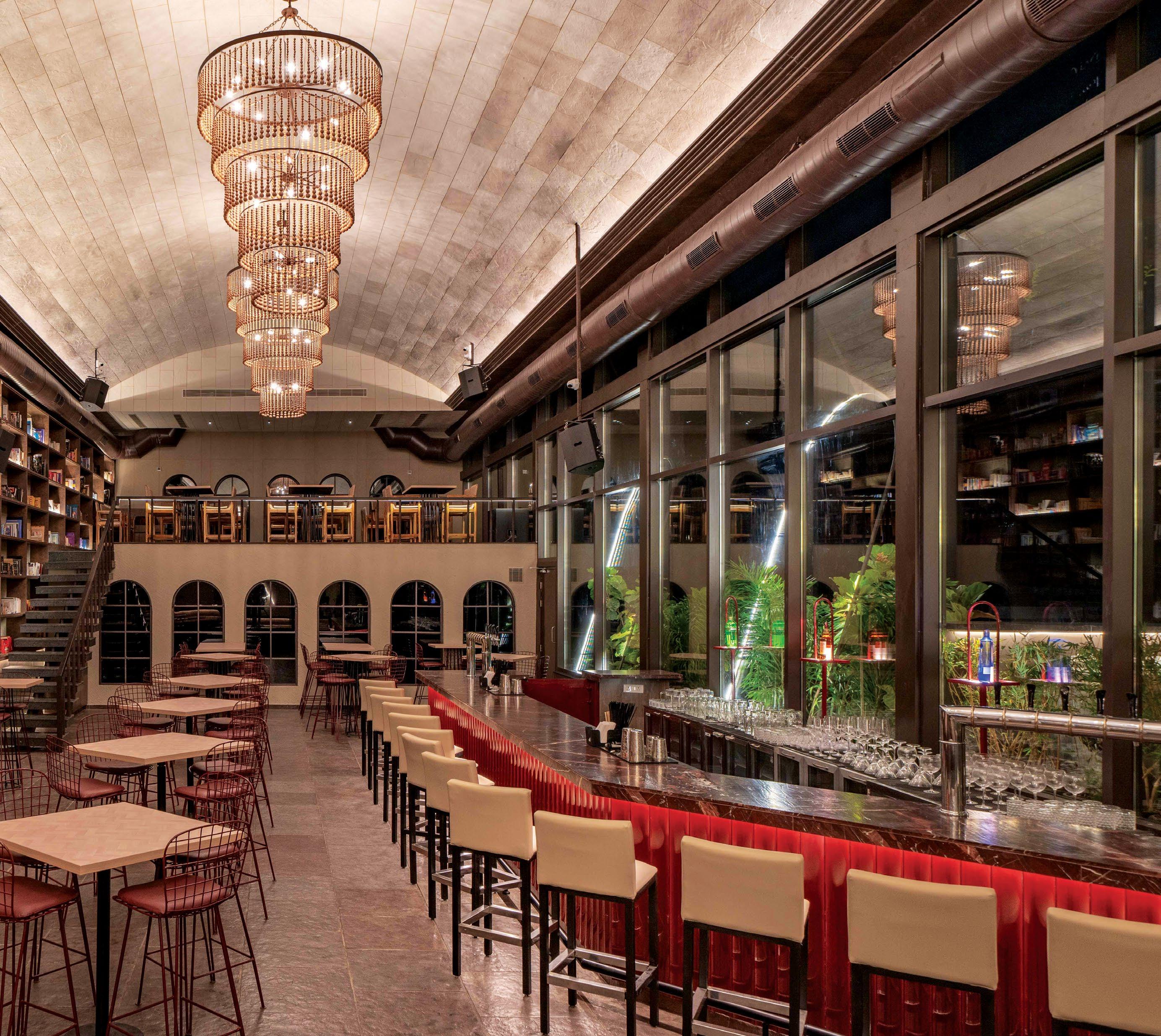
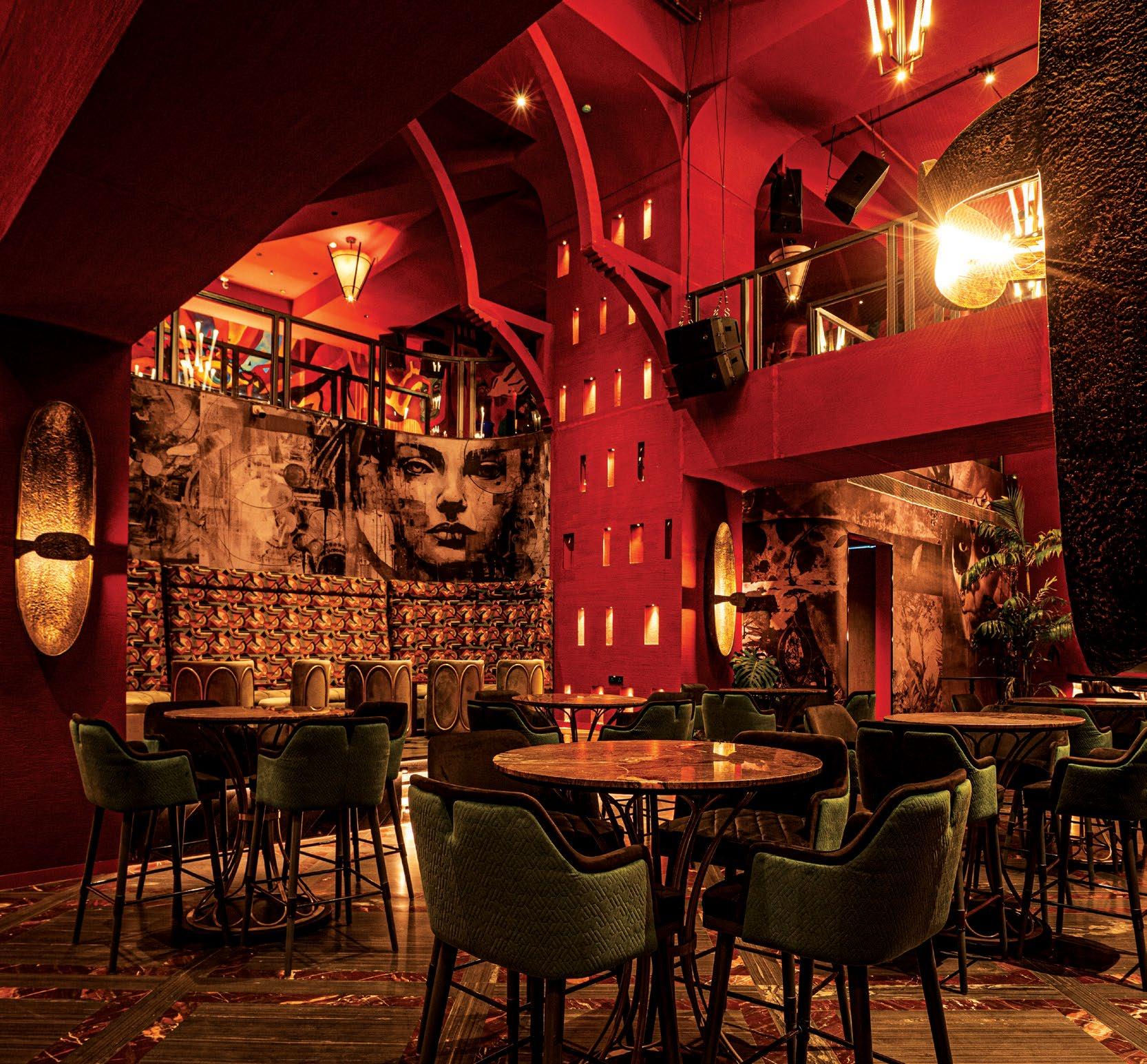
As the dining experience continues to evolve, the world of restaurant design has become a dynamic intersection of technology, sustainability, and aesthetic innovation. Interior designers and architects are at the forefront of this transformation, adapting to the changing needs and desires of today’s diners. From the continuing appeal of Instagrammable spaces to the growing influence of sustainability and biophilic design, the trends shaping restaurant interiors are as diverse as they are impactful. Here's a deep dive into the key trends that are defining restaurant design today through the perspectives of four designers—Ameet Mirpuri, Ashiesh Shah, Sumessh Menon, and Shruti Jaipuria—who have shaped some of the most engaging dining spaces in the country.
According to this panel, crafting a cohesive, soulful environment is key to successful restaurant design, with every element contributing to the guest's emotional journey. While form and function are crucial, says Mirpuri, “creating that feeling is THE most important aspect of designing a restaurant space now.” He believes that the vibe sets the tone for the guest experience and is what keeps them coming back. Shah echoes this sentiment, noting that the emotional impact of a space is as vital as its form and function. He explains, “A well-designed space combines form and function to evoke specific feelings,” using approaches such as Wabi Sabi to create meaningful moments. Jaipuria adds that curating the emotions of a guest is paramount, and that it’s not just about how a space looks but the
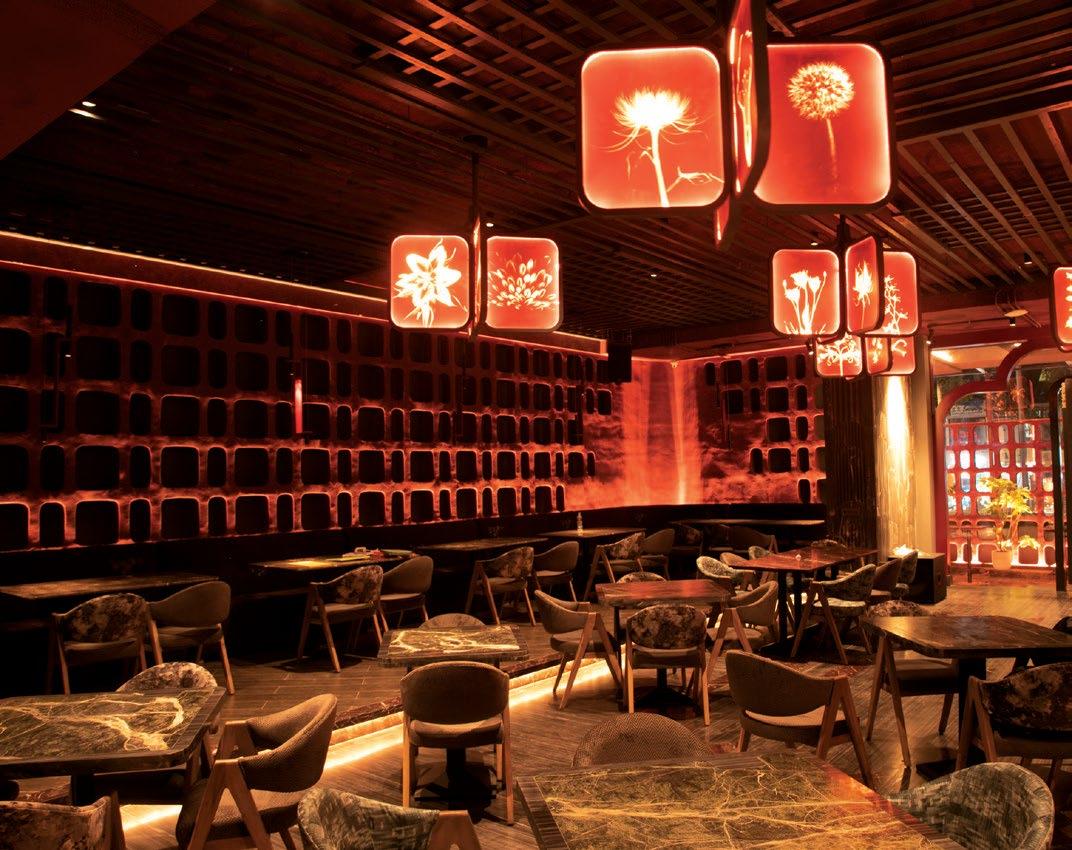
overall experience. She elaborates, “The lighting, materiality, furniture choice, music, and even waiter uniforms all have to consciously work towards the predesigned experience. Only then is the end product soulful and cohesive.”
Technology is no longer just an add-on in restaurant design—it’s an integral part of the experience. Mirpuri emphasises that technology now “rules the entire experience”, from reading menus to controlling lighting and sound. This shift has made it almost impossible to create a functional restaurant space without the integration of advanced tech. “Spatially, curation of lighting, music and other forms of technology have always persisted,” notes Jaipuria. “The use of audio visuals in spaces is also becoming more prevalent.”
While she is of the opinion that technology comes to the fore more on the operational front rather than spatial design, Shah states that “advancements in AI are transforming the design process by speeding up production and enabling designers to quickly develop and refine concepts.. This rapid iteration allows designers to stay ahead in a fast-paced industry where trends can shift quickly.


Despite the evolving nature of restaurant design, the demand for Instagrammable spaces remains strong, declare all four designers. Menon notes that such spaces are “a major contributing factor to the design of immersive hospitality spatial designs, and there is no going back." He emphasises that “all popular restaurants usually assign a space especially for Insta posts and selfie spots.” Jaipuria echoes this sentiment, stating, “Instagrammable corners are still definitely an ask for clients, whether it's a standalone product or within a hotel space.” Shah ties this enduring requirement to matters of restaurant revenue, saying, “Instagrammable spaces continue to be vital, especially in public areas, as they play a key role in driving a project's economic success by attracting visitors and encouraging repeat visits.”
Acknowledging the trend's persistence, Mirpuri highlights that creating meaningful Instagram-worthy restaurant design takes effort and intentionality, “to not just make it a gimmick and give it some substance.”

“The impact is profound,” says Shah, emphasising that “Millennials and Gen Z crave high-energy spaces that surprise and engage them.” According to him, elements like “kinetic design, digital panels, and strategic lighting” are crucial in creating memorable experiences for this demographic.
Mirpuri and Jaipuria, however, stress the importance of aligning design with the restaurant’s concept and target audience. This approach ensures that the space resonates with its intended audience, whether it’s a high-end fine dining restaurant or a casual café. Mirpuri explains, “If you’re designing a high-end fine dining restaurant, you’re not expecting a young crowd. But innovation is essential. A fresh concept is what drives the guest experience and makes a space memorable.”
Jaipuria agrees, noting, “Restaurant design is fundamentally about storytelling. You need to understand the brand, the product, and the story it wants to tell, and then create a space that brings that narrative to life. Sometimes, a lighter design touch is all that’s needed. Understanding your target clientele is critical before the design process begins, and we always aim to create spaces that are timeless.”
Menon observes, “Earlier, restaurants had more defined dispositions. Now the restraints are more relaxed,” with day cafés hosting events, and nightclubs offering early dinner setups and event stages. He emphasises the increasing adaptability in restaurant spaces today. While the designers agree that flexibility and multipurpose design allow modern restaurants to adapt and stay relevant in a competitive market, Jaipuria says, “There is a shifting trend towards smaller, more specialty-driven concepts.” Mirpuri concurs. “With the amount of competition, a lot of spaces have said, ‘we want to stay in our lane and find our niche’, thereby creating restaurants that are single table or smaller spaces that don’t have the size to be flexible!” However, he adds, “Larger restaurants need to be flexible in order to survive, becoming an eatery during the week, a highenergy or performance space over the weekend, or even hosting popup markets and bar takeovers.”
With the rise of mixology, the bar becomes the pièce de résistance, and “the design is increasingly made more immersive and engaging,” explains Jaipuria. This is achieved by showcasing ingredients, using lower bar counters to connect guests with mixologists, and prominently locating bars within restaurants. The exposure of mixologists' operations, she says, adds a theatrical element, making the experience more engaging. Mirpuri draws attention to the importance of collaboration between mixologists and designers, stating, “Conversations between the mixologist and the designer are more and more important now... they all have their ideas they bring to the table that you have to respect and work together to create something new!” This partnership leads to interactive and collaborative experiences such as bar takeovers. “As a designer, it’s important to showcase the uniqueness of what they come up with!”
Given the hospitality industry's significant environmental impact, embracing sustainable strategies is not only a responsible choice but a vital necessity for businesses seeking to minimise their ecological footprint while maximising their positive influence. Mirpuri puts a spotlight on the importance of upcycling and mindful material usage, saying, “We try to use the elements available to us in the space and give them a new and more updated look, thereby also increasing their life span considerably!”
Menon acknowledges that hospitality design is budget-driven but believes sustainable materials and designs can still be incorporated. He notes that the COVID-19 pandemic accelerated the adoption of sustainable design inputs, which have become an enhanced factor in post-pandemic design. Jaipuria observes that while there's growing discussion around sustainability, few projects address it holistically from a carbon neutral or life cycle perspective. However, she notes that designers are increasingly incorporating traditional Indian crafts into spaces, helping to preserve cultural heritage. Jaipuria emphasises, “Collectively, it is very important we start to address [sustainability] holistically.”
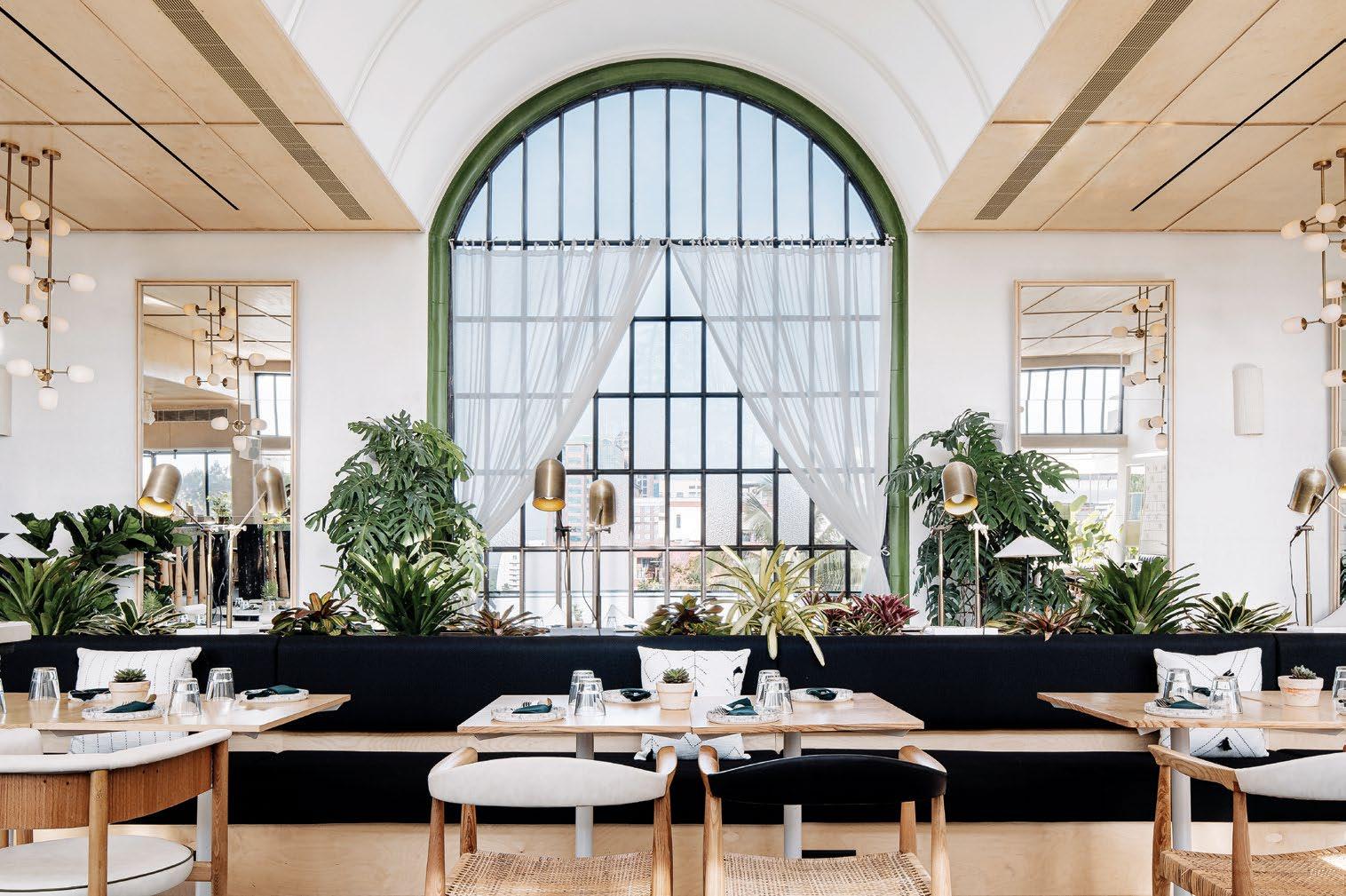
The integration of biophilic elements in restaurant design is gaining traction, as designers embrace their potential to foster a connection between nature, architecture, and the human experience. Menon notes that biophilic elements have “seen a considerable rise in the last few years,” driven by factors such as exposure to global design trends and the impact of the pandemic. Mirpuri agrees, noting that COVID-19 heightened the demand for outdoor spaces, leading to an increase in greeneryfilled layouts. “More the better,” he says, emphasising that maximalism in greenery can enhance a space. However, Mirpuri cautions that “maintenance is key”, as neglected plants can detract from the overall aesthetic. Jaipuria offers a more critical view, stating, “In theory, definitely people are using the word. In practice, I'm yet to see something well implemented.”
As designers continue to innovate, the dining experience will become increasingly immersive, ensuring that restaurants remain not just places to eat but destinations in their own right.
Founder, Sumessh Menon Associates
“
Earlier, restaurants had more defined dispositions, now the restraints are more relaxed.”
A taste from the portfolio
KOKO YAZU 145 CAFE JULLIET TAKUMI
Trends with staying power
Biophilic design; multi-functional spatial planning; sustainable and environment-friendly materials and designs.


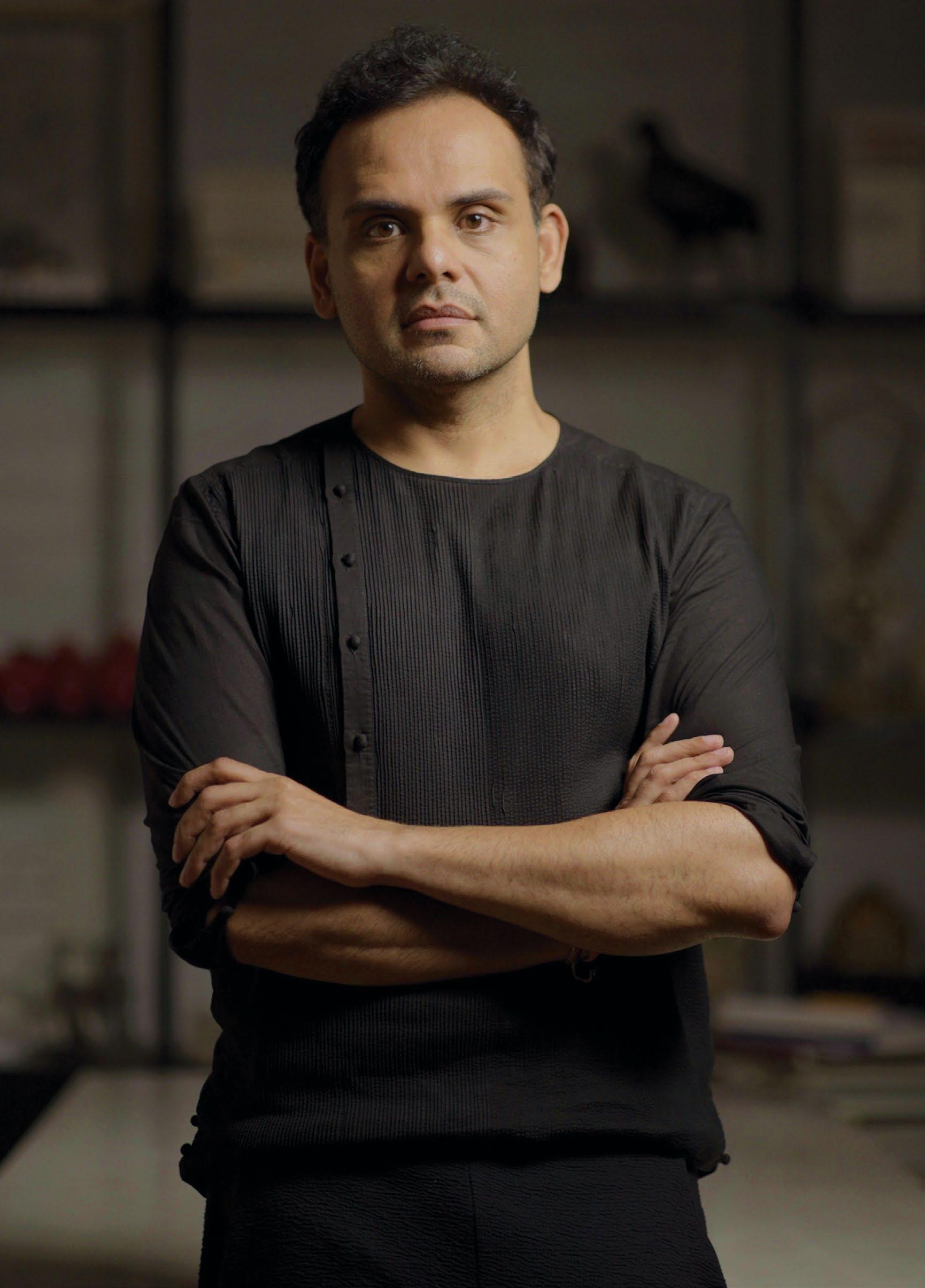
“ Instagrammable spaces continue to be vital, especially in public areas, as they play a key role in driving a project's economic success.”
A taste from the portfolio
SEQUEL
JOSHI HOUSE
MASQUE
NEUMA
NIDO
Trends with staying power
Wabi Sabi aesthetic; kinetic design elements (in lighting and structure); a members' club ambience; biophilic design concepts; thoughtful integration of traditional crafts.
“
Creating that feeling is THE most important aspect of designing a restaurant space now. The vibe you create sets the tone for the guest experience and is really what keeps the guest coming back (apart from the food).”
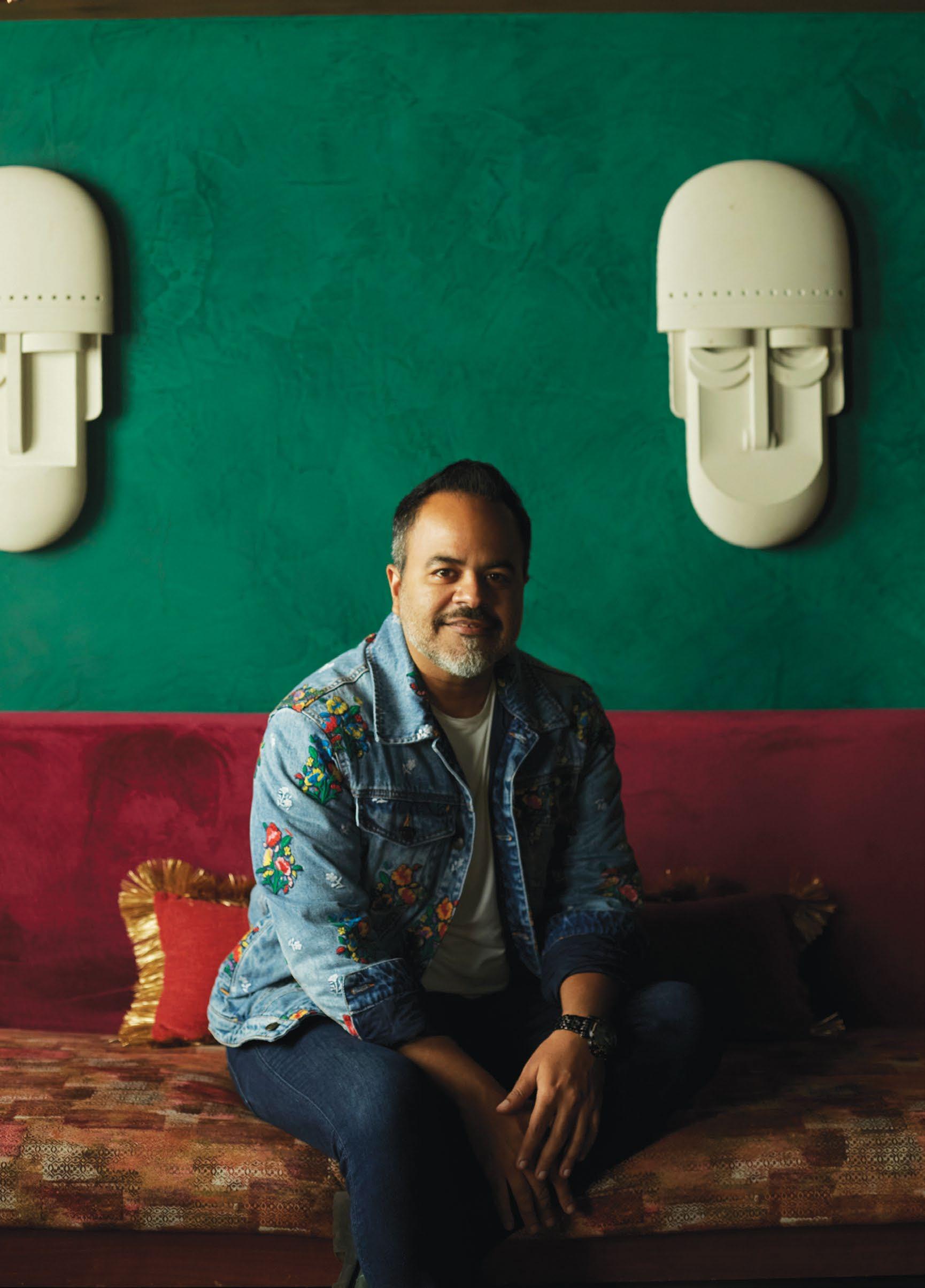
A taste from the portfolio FARZI, HYDERABAD FARZI, KOLKATA FENICIA
Biophilic design; flexible spaces and layouts; bringing drama while still being subtle; stronger play of lighting.

Founder, Maia Design Studio
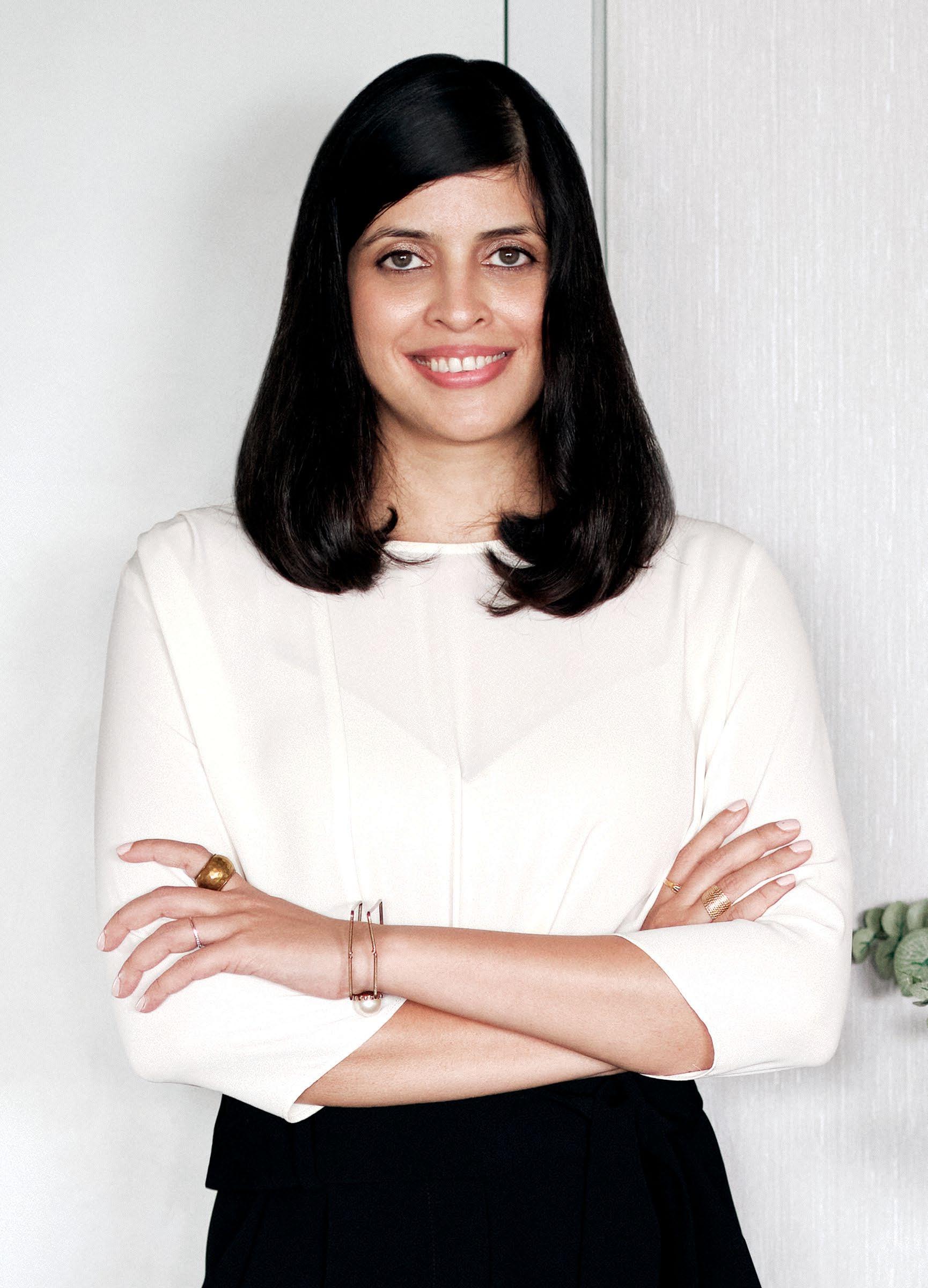
“ The focus is on the bar and the design is increasingly made more immersive and engaging.”
A taste from the portfolio
LUCKY CHAN
BIERGARTEN
BRASSA
ZLB23
TOAST & TONIC
Trends with staying power
BOH (back of house) shifting to front of house to expose ingredient driven menus and programs; experiential, intimate spaces; engagement - live food, trolley; geographically specific spaces with authentic researchdriven design.
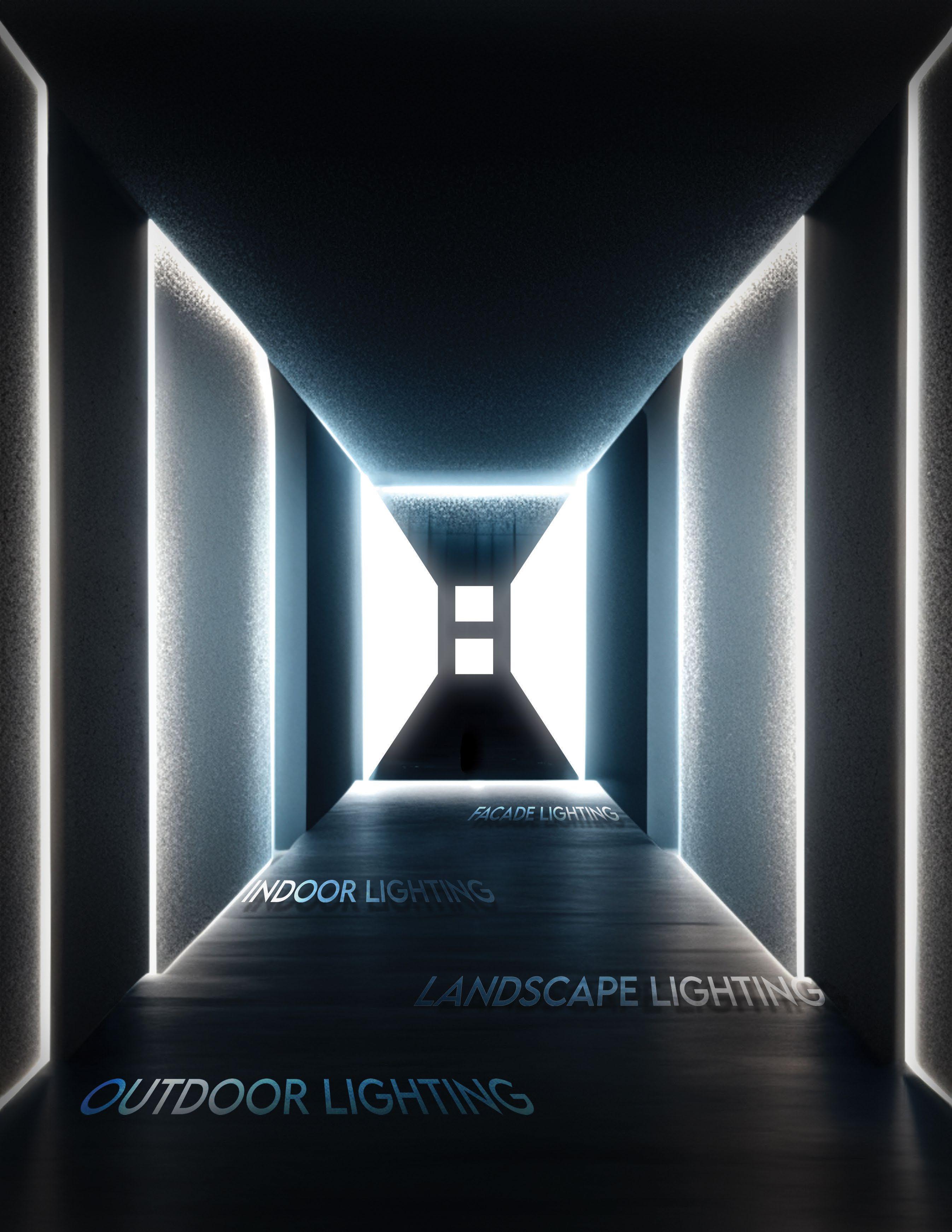
SOH lists out unique products and services that add value to the hospitality industry and redefine the guest experience.
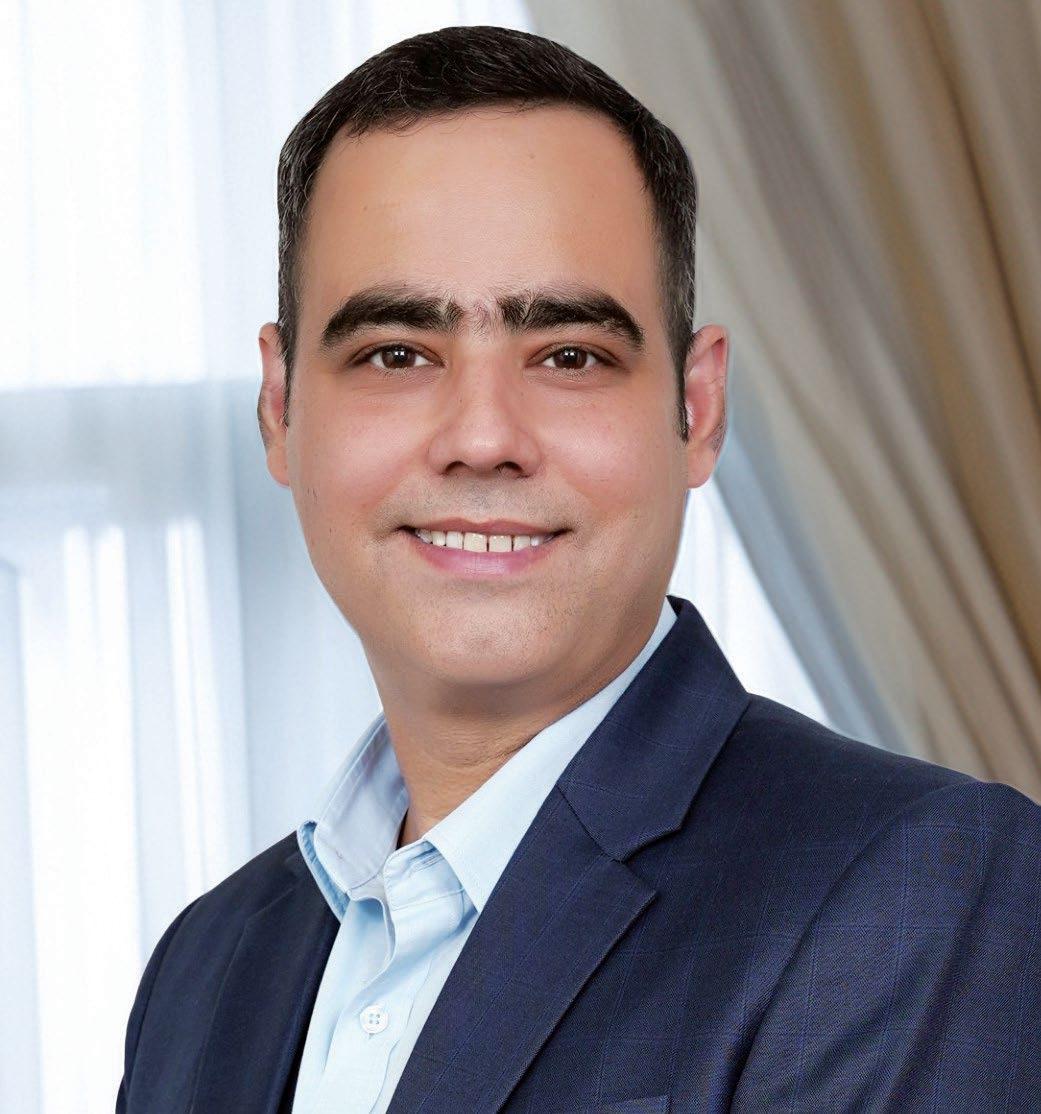
Nikhil Kalra talks about custom design, growth, and innovation at Royal Thai Carpets.
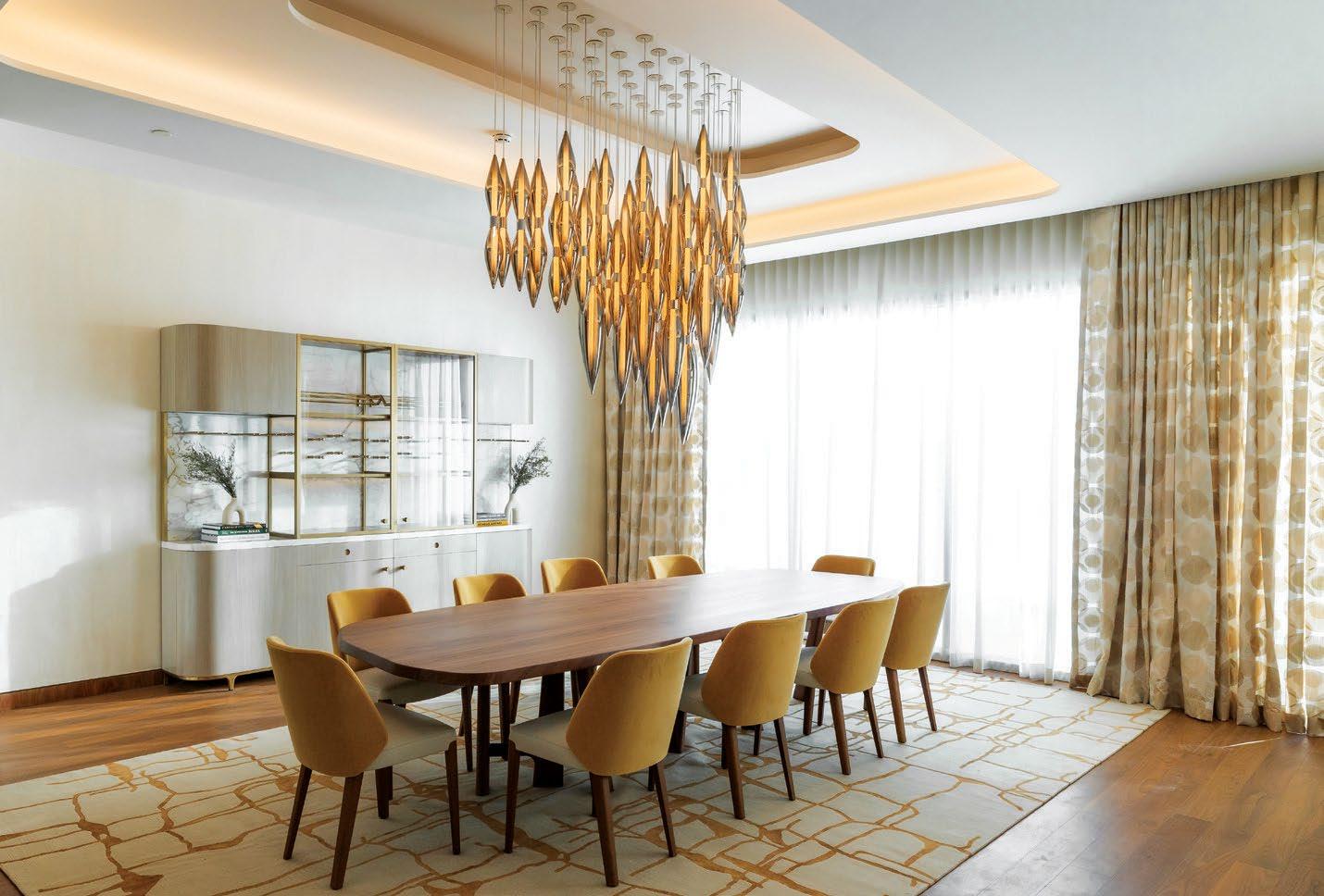
The Original Bed Co. (TOBC), a UK-based bespoke sleeping solutions expert, is now in India. With 29 years of craftsmanship, TOBC offers high-quality beds through a directto-customer model. They provide customisable bed frames in various materials and finishes, backed by a five-year warranty and 30-day return policy. Using sustainable materials like hand-cast iron and 100% brass, TOBC ensures elegance and quality with a 4-6 week lead time for bespoke orders.
X factor: Customised and crafted.
Available in: Various styles.
Website: www.obc-uk.net
Contact: Dhruv Nagpal +919871120203
The Bowls lighting collection, designed by Katarina Lukačková, features a hand-blown crystal glass bowl, meticulously crafted for a delicate yet striking foundation. Nano-coated metal gilding and complementary colour finishes add contrast, producing a dynamic interplay of light and shadow. Blending traditional glass-blowing with advanced technology, and suspended in an organic shape, the simple and elegant creation can transform spaces into contemporary masterpieces. Its sleek form and lustrous finishes make it an ideal centerpiece for modern interiors, adding warmth, sophistication, and innovation to any room.
X-factor: Makes a statement.
Available in: Several configurations.
Website: www.sanssoucilighting.com
Contact: Sandeep Kaushik +919818995920

Introducing Palmier, a luxurious rug collection by Elie Saab Maison, available at Vita Moderna. This piece embodies the brand's rich heritage and the serene beauty of Middle Eastern landscapes. Crafted from a blend of wool and bamboo silk, Palmier offers luxurious textures and features the distinctive Elie Saab monogram integrated into organic shapes and soft hues. The edges create delicate, flowing movements, adding poetry and fluidity to any space. Palmier transcends conventional design, combining functionality with artistic craftsmanship for refined elegance.
X factor: Functional art.
Available in: Various colours.
Website: www.vitamoderna.in
Contact: +91 22 61270011







The Graphik Collection of drinkware by Christofle epitomises modern luxury with its bold, minimalist design. Inspired by architectural lines and graphic patterns, it blends form and function through clean, linear designs and superior craftsmanship. Crafted from silver-plated metal and crystal, each piece reflects Christofle's commitment to quality and innovation. Signature engraved lines add refinement and distinctive identity, transforming everyday moments into extraordinary experiences with sophisticated style.
X-factor: Distinctive contemporary elegance. Available in: Various drinkware styles.
Website: www.opulin.com/collections/christofle
Contact: +918510098000
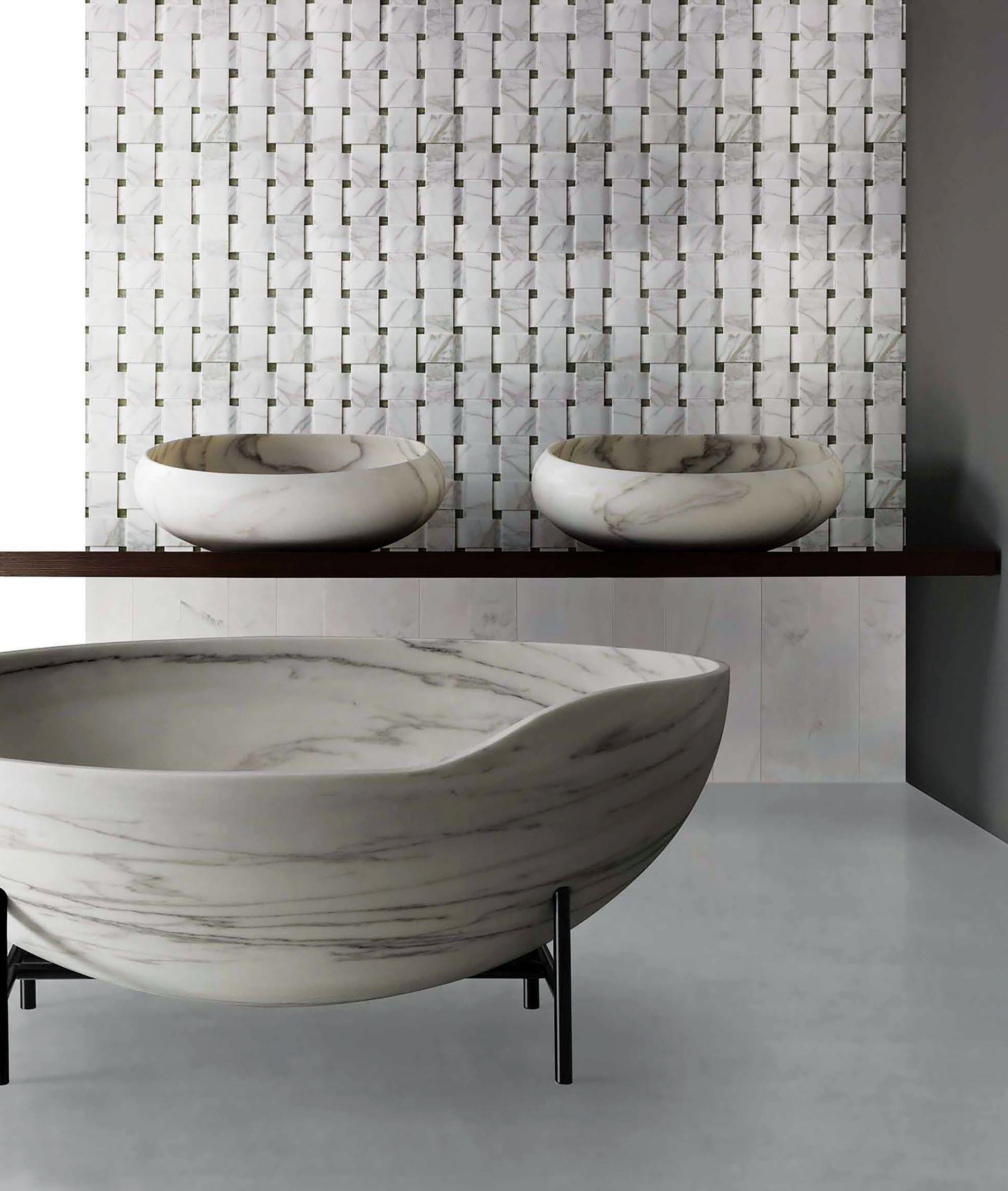
BATHTUB IS A MARBLE MARVEL
Kreoo’s Kora bathtub, designed by Enzo Berti and available at Valueline, is a masterpiece in marble artistry. Carved from a single stone block, its fluid curves and metal base create a stunning balance of strength and elegance. Available in Bianco Estremoz, Bianco Carrara, Black Marquina, and Grey, Kora’s sleek form and meticulous craftsmanship bring both luxury and lightness to your bathroom, making it a true work of art.
X factor: Fluid and solid at once. Available in: 4 variants.
Website: www.valueline.in
Contact: +918885717940
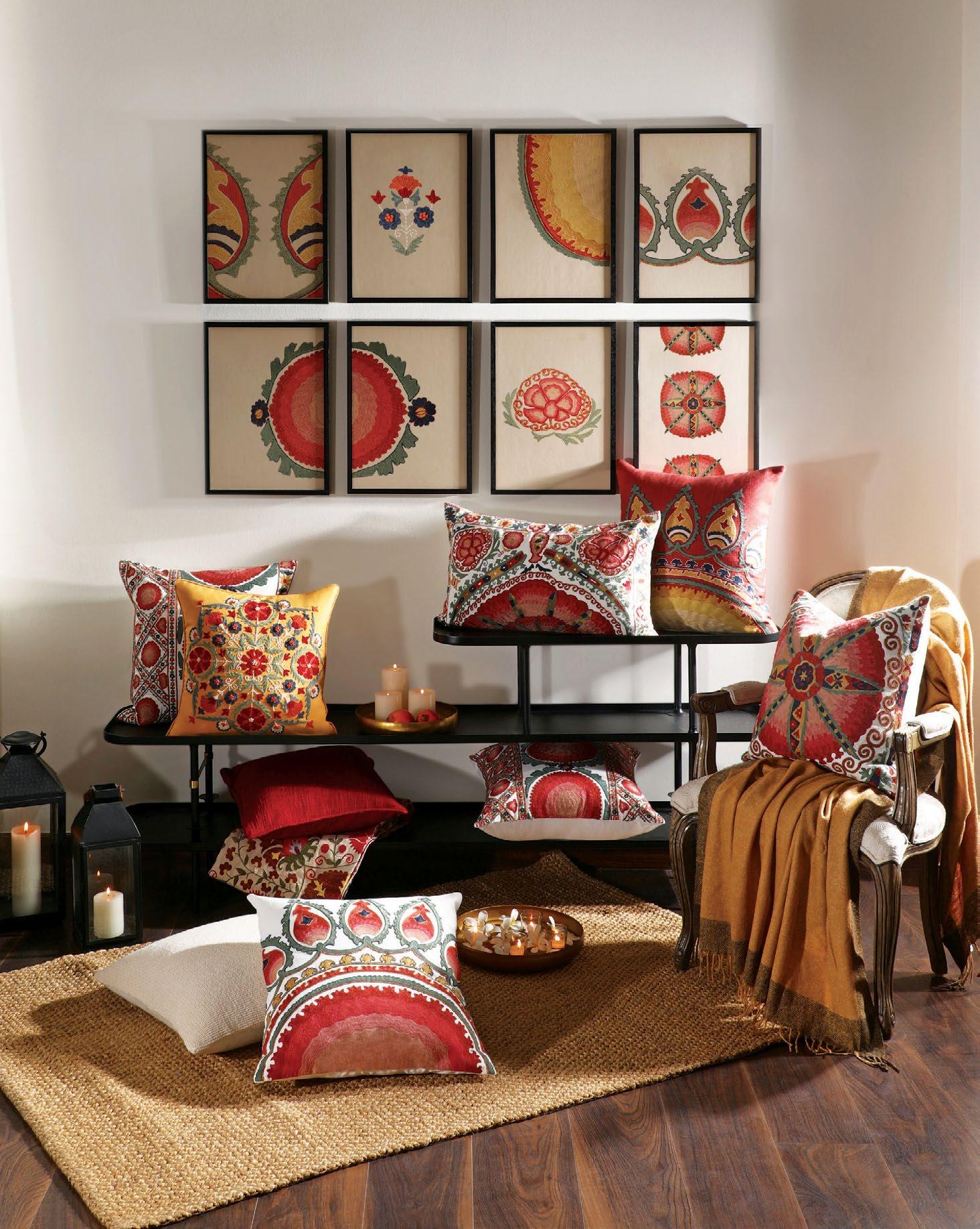
The Wicker Story, founded by Priyanka Narula in 2019, blends tradition, innovation, sustainability, and elegance. The Dawn to Dusk collection captures the ethereal transition from day to night, inspired by the fleeting moments of sunrise and sunset. The Sunset bench, with intricately woven rattan, embodies the allure of sunset, while the Sunrise on Mountain lighting installations evoke dawn's serenity, casting a gentle glow. These pieces transport us to serene moments and inspire a connection with nature. The collection offers a unique experience, blending natural materials with thoughtful design to elevate any space.
X factor: Sustainable, stunning, stylish. Available in: Two sub-collections.
Website: www.thewickerstory.com
Contact: Priyanka Narula +917838245562
Sarita Handa's Suzani Retrospective honors the 15thcentury Suzani craft from Central Asia with intricate hand-embroidered motifs of natural elements symbolizing luck and prosperity. The collection includes six cushion covers—Zibayi, Hefz, Honar, Elham, Barakat, and Solh—and the Bliss Suzani Quilted Bedspread, all made from Indian cotton in ivory and summer tones. The bedspread requires 40 hours of meticulous craftsmanship, while the cushion covers blend hand stitching with machine techniques.
X factor: Old yet new.
Available in: Six cushion designs and one quilted bedspread.
Website: www.saritahanda.com
Contact: +919555733344


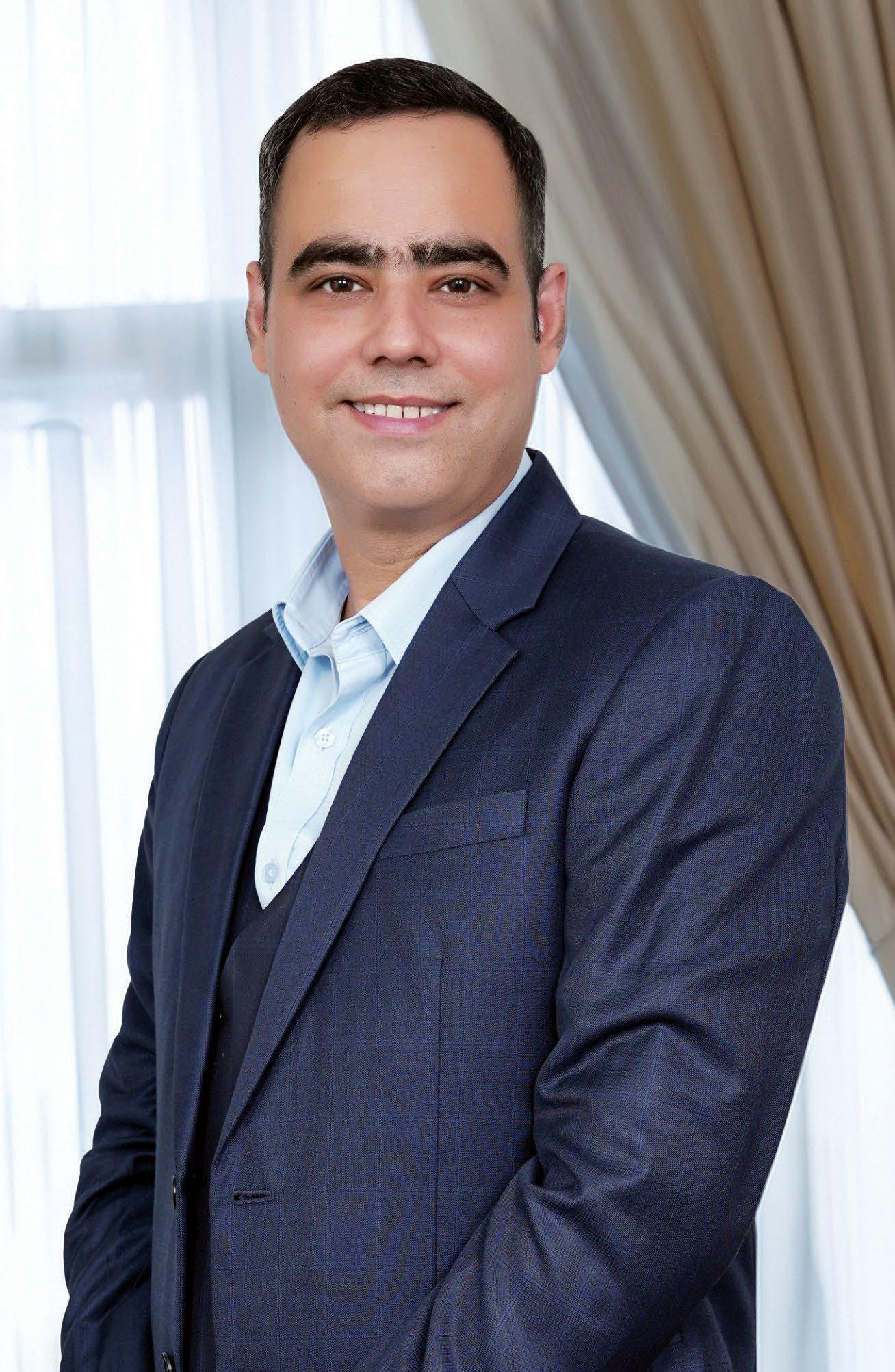
Nikhil Kalra, South Asia
- Business Head, Royal Thai Carpets India talks about the company’s focus on custom design, global artist collaborations, and a client-first sales mantra.
Can you provide a brief overview of Royal Thai and its offerings?
Royal Thai, established in Thailand in 1967 and a member of TCM Corporation listed on the Thailand Stock Exchange, is a global leader in custom carpet design and manufacturing. We specialise in Axminster carpets, ideal for hotels, convention centres, aviation, cruise liners, and educational institutions. Our expertise extends to premium handmade rugs, including handtufted carpets for luxury suites and lobbies, and machine- and precision-tufted carpets for budget hotels and commercial spaces. In addition to carpets, we offer SPC (Stone Polymer Composite) flooring for guest rooms and residences, complemented by custom area rugs. Our new RT Acoustics range enhances sound quality in meeting rooms, studios, auditoriums, and cinemas.
THE TAJ MAHAL PALACE, MUMBAI
JIO WORLD CENTRE, MUMBAI
DELHI AIRPORT TERMINAL 1
THE ST. REGIS, MUMBAI FOUR SEASONS HOTEL, BENGALURU
THE RITZ-CARLTON, BENGALURU INTERCONTINENTAL, JAIPUR
HYATT REGENCY, PUNE GRAND HYATT, GURGAON
HILTON EMBASSY GOLF LINKS, BENGALURU
HILTON MANYATA AND HILTON GARDEN INN, BENGALURU
THE LEELA PALACE, BENGALURU
ITC RATNADIPA, COLOMBO
JW MARRIOTT GOA & MUSSOORIE
CROWN PLAZA, AHMEDABAD
RADISSON BLU, NASHIK SHANGRI-LA, COLOMBO HILTON, COLOMBO
RADISSON, COLOMBO AND KANDY
RADISSON BLU RESORT, GALLE
DUSIT THANI HIMALAYAS, NEPAL
THE LUX RESORT, MALDIVES
THE RITZ-CARLTON, MALDIVES FARI ISLANDS
With a cutting-edge production facility in Pathumthani, Bangkok, and a dedicated R&D team, we manage the entire process from wool spinning to final product. Our global reach ensures exceptional design, service, and project management, including site measurements, installation, and after-sales support.
Since 2007, Royal Thai has operated in India from our Gurgaon headquarters, serving the South Asian region (India, Sri Lanka, Nepal, and the Maldives). Through local partners, we provide comprehensive solutions, including supply, logistics, installation, and project management.
What is the biggest challenge in the carpet industry?
Aligning diverse stakeholder needs in custom design. We tackle this with rigorous training and client factory visits, helping us recommend solutions that balance aesthetics, durability, and commercial viability. We tailor products to match the financial expectations of both premium and budget hotels, ensuring uncompromised design and performance.
What are the strengths of the Indian operations?
Since launching in 2007, we’ve focused on providing a “Complete Flooring Solution” and adapting to the evolving market. Our designdriven approach, with global design studios, ensures bespoke designs. Our end-to-end solutions include supply and installation, guaranteeing quality, adherence to commitments, and product warranties.

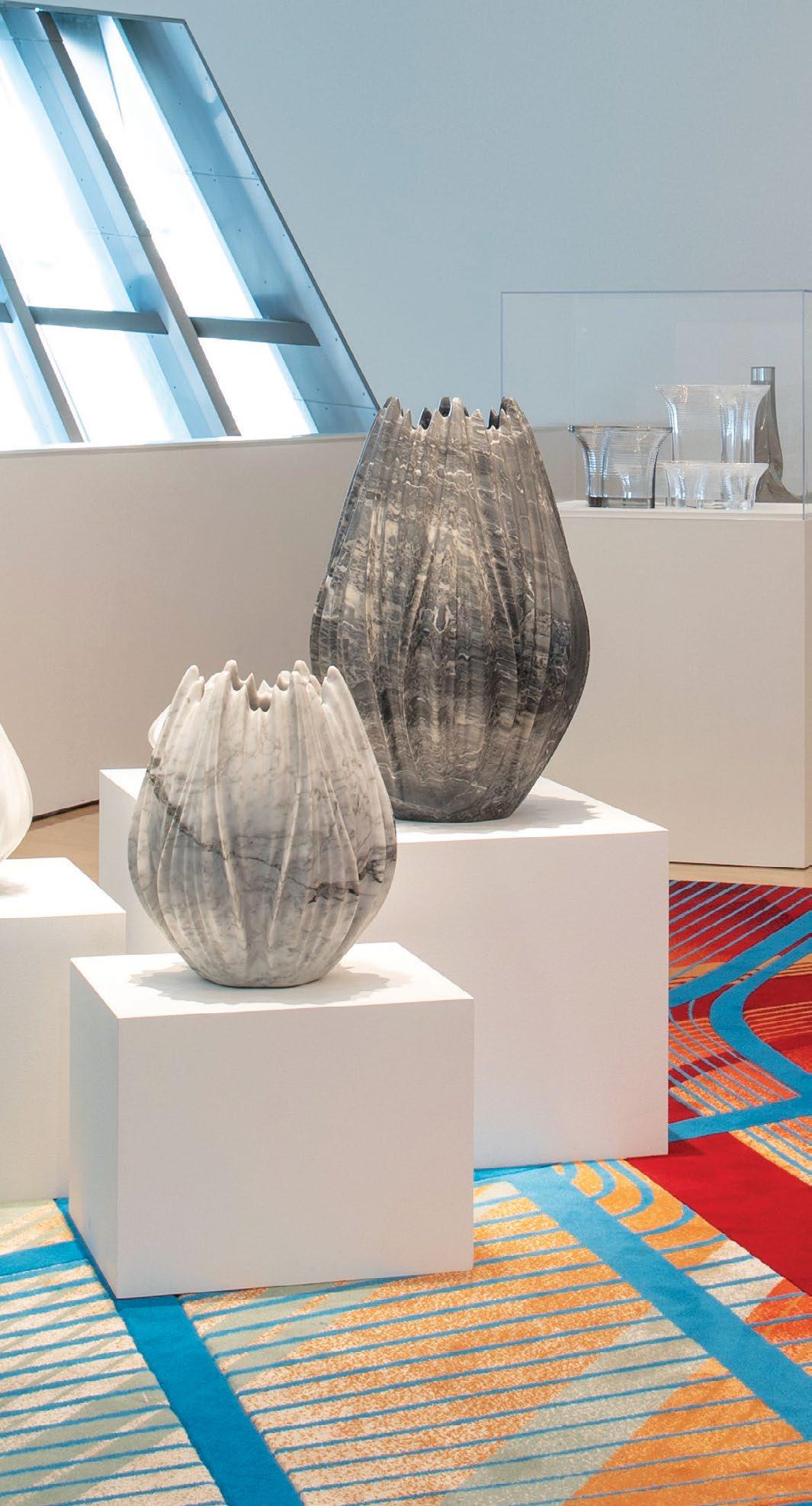

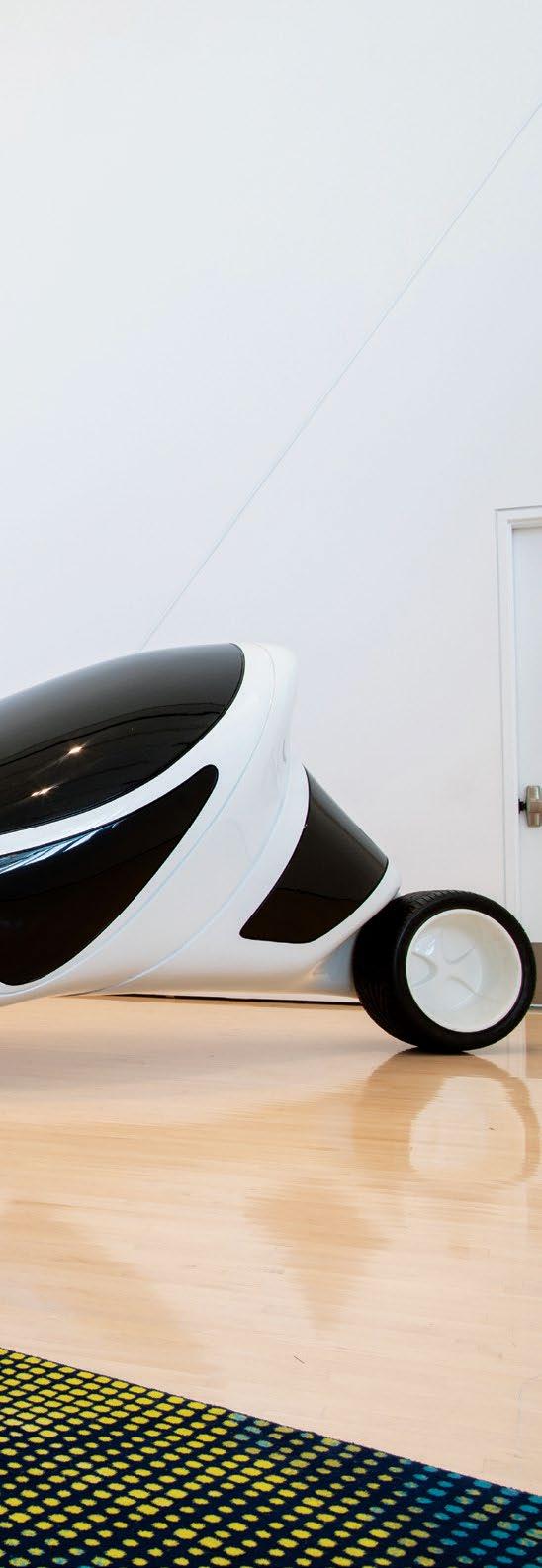




Can you give an overview of the market?
India is at a pivotal moment, with strong growth in leisure and business travel, supported by improved connectivity. The hospitality and aviation sectors are set to expand, with numerous new airport and hotel projects in progress. Over the last three years, demand for our products has surged in hospitality and high-end residences. Moving forward, we’re enhancing our technical expertise, especially for complex projects like airport developments, and expanding into new regions with a diversified product portfolio.
Being a design-driven company, how does Royal Thai approach custom designs?
At Royal Thai, we believe, “If you can dream it, we can design it.” We collaborate with global artists, offering a multicultural perspective and a vast design library. Our latest collaboration with Laurence Llewelyn-Bowen reflects cutting-edge design paired with modern hospitality needs. Previously, we partnered with Zaha Hadid Design, merging her futuristic aesthetics with carpet design. Whether working with iconic names or emerging talents, we always push the boundaries of carpet design.
What is Royal Thai’s sales mantra?
Be transparent with clients and colleagues, honour commitments internally and externally, grow with integrity, and use our success to foster team success.
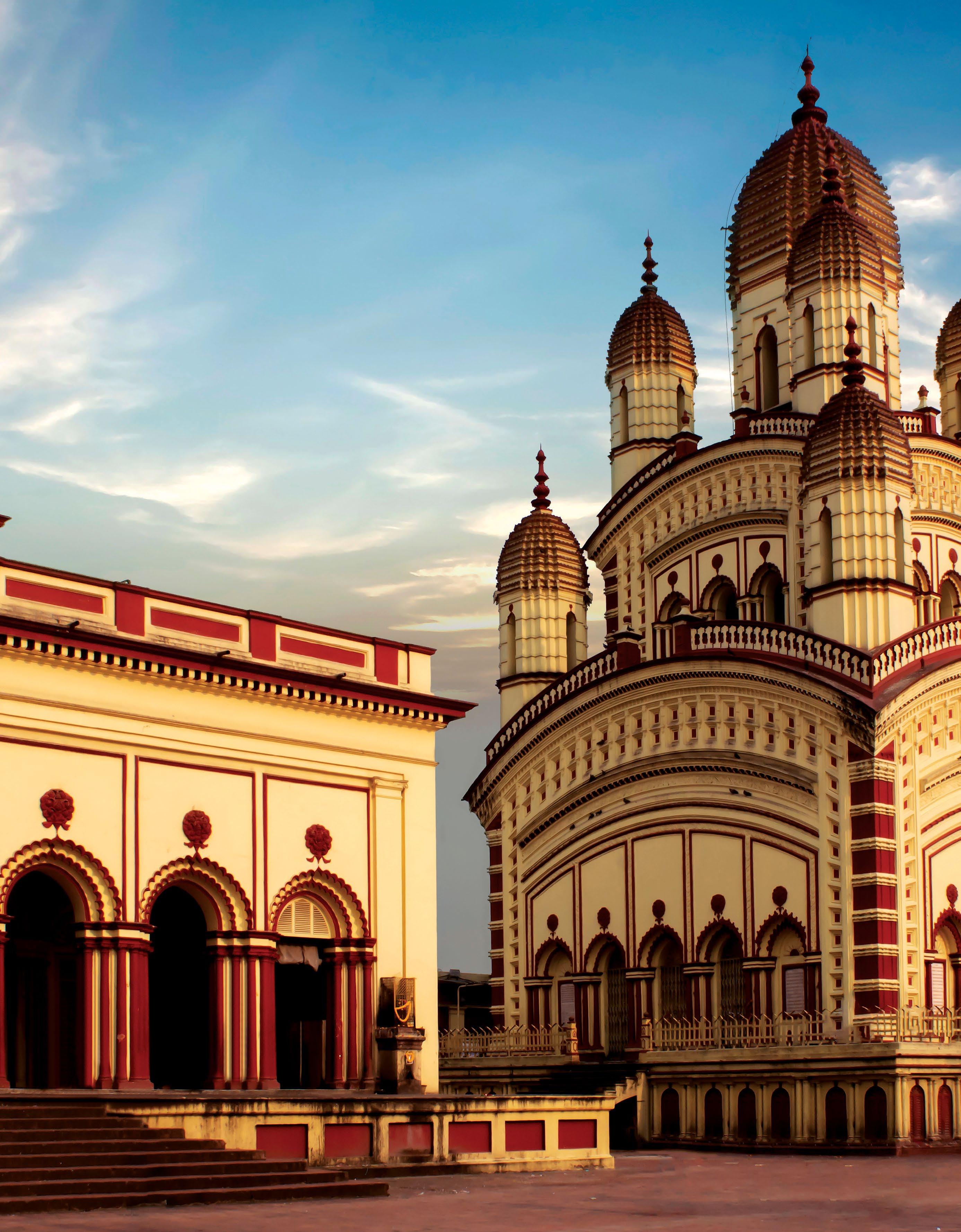
Kolkata, the city of joy, once the country’s top economic powerhouse for about a century, then saw a few tumultuous decades that caused an economic slowdown. A look at what a recent turn in fortunes means for the city’s hospitality sector.


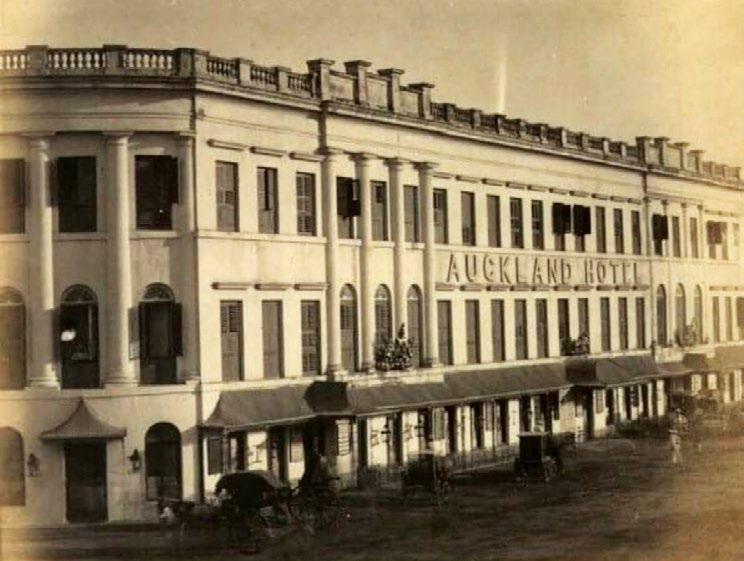
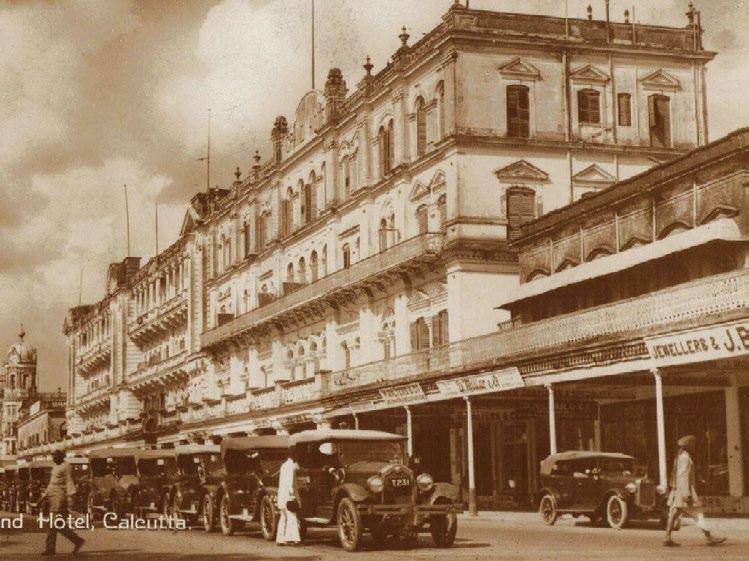
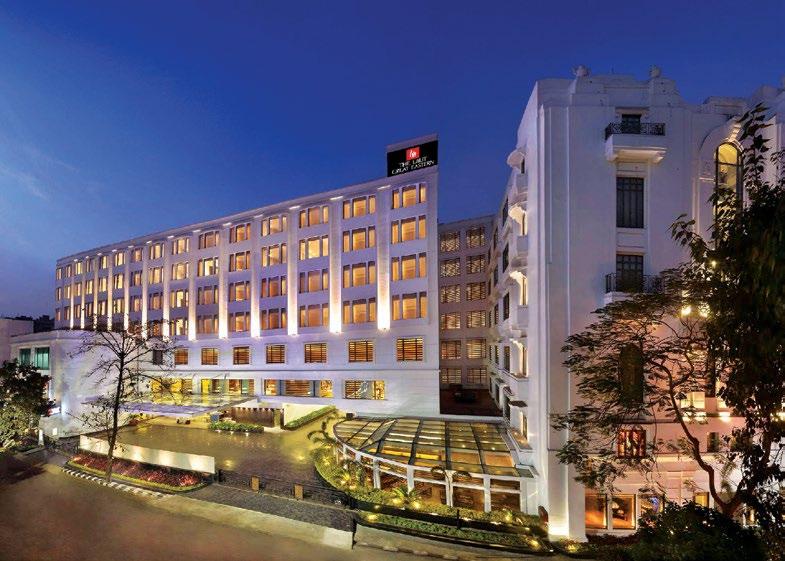
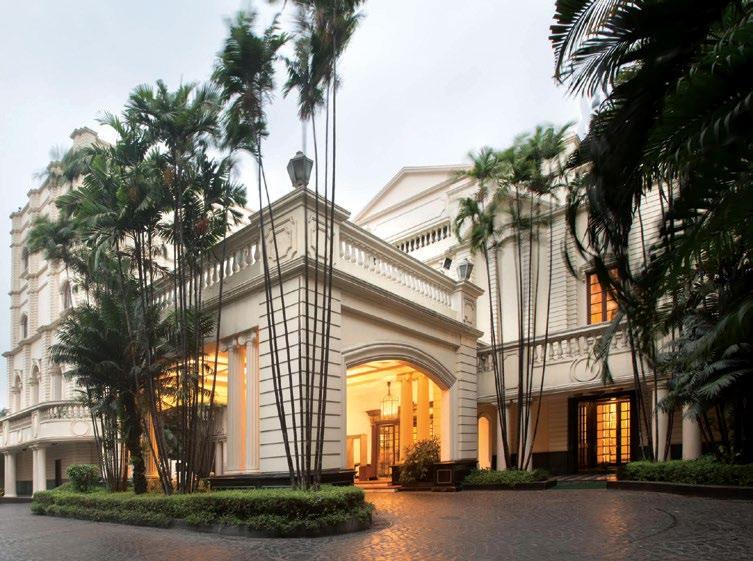
Which is the oldest luxury hotel in the country? No, it isn’t the ‘old lady’ next to the Gateway to India but one at the opposite end of India. What is now The LaLit Great Eastern opened as the Auckland Hotel circa 1840! The even older but since demolished Spence Hotel is mentioned by Jules Verne in his novel The Steam House
As stories go, Maharaja Duleep Singhji, the last ruler of the Sikh Empire, met his mother Jind Kaur after 12 years of separation due to the Treaty of Lahore (1849). Kolkata, and Spence, were deemed the most neutral of grounds for the reconciliation. The Grand, now the Oberoi Grand, came up in the 1910s. What is now the Elgin Fairlawn started life in 1783! The Astor Kolkata began in 1905.
Kolkata, as Calcutta, was once the second-largest city of the largest empire in the world, and its hospitality reflected its status as a social, economic, cultural and political powerhouse. Even after the capital shifted to Delhi in 1911, it continued to flex its economic clout with many top Indian corporations headquartered in the city. While it remained India’s largest city by population for most of the 20th century, it has been overtaken by other Indian metros in terms of development, infrastructure and economic influence. After decades of stagnation, the city is showing an upturn, and this is reflected in its hospitality scenario, where both
Indian and global hotel brands have a significant presence, and more are eagerly joining in. Still, as the data on the number of branded hotel rooms indicates, the city has a significant amount of ground to cover to match other Indian metropolises.
Kolkata, Dominique Lapierre’s ‘City of Joy’, is an acknowledged cultural hub, a culinary centre, and attracts millions of travellers annually, catered to by over 1,100 hotels listed on booking websites alone. More significantly, it is the uptick in the services and manufacturing sectors, especially IT, that is seeing major growth for the city, matched by an increase in the hotel pipeline. IHCL and the Ambuja Neotia Group alone are coming up with four hotels; the Atmosphere Group has announced the launch of its India operations from the city. Marriott, IHG, Park, ITC, Lemon Tree and others already have hotels in the pipeline. New townships have only helped speed up the pipeline for hotels, restaurants and convention centres.
We catch up with General Managers of the leading hotels to understand the current trends in the city’s hospitality sector, and what the future portends.

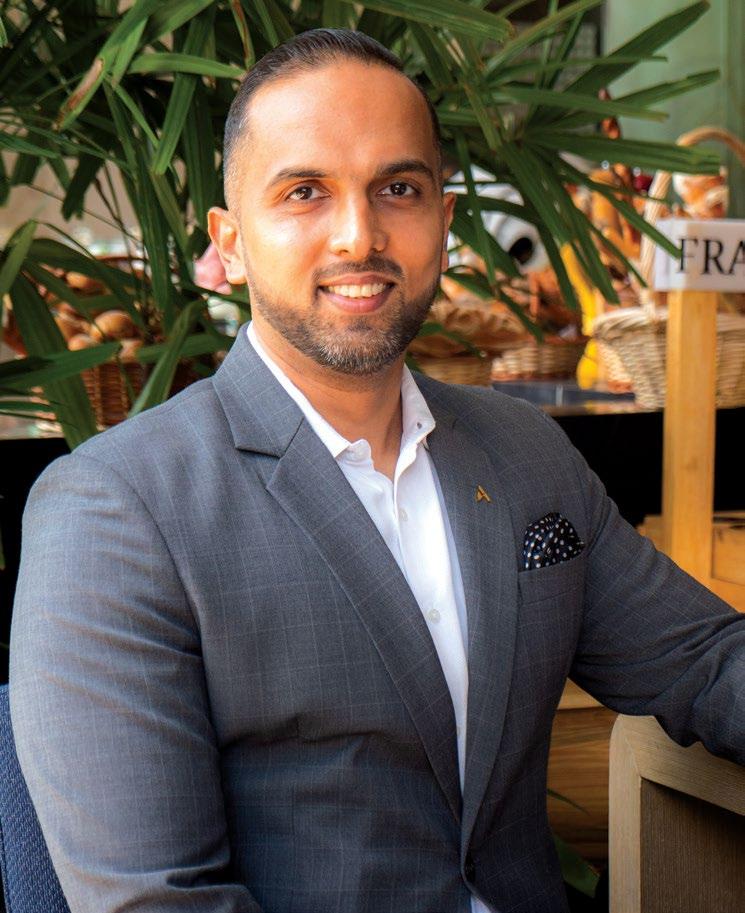
GAURAV SONEJA
CLUSTER GENERAL MANAGER, ITC ROYAL BENGAL & ITC SONAR
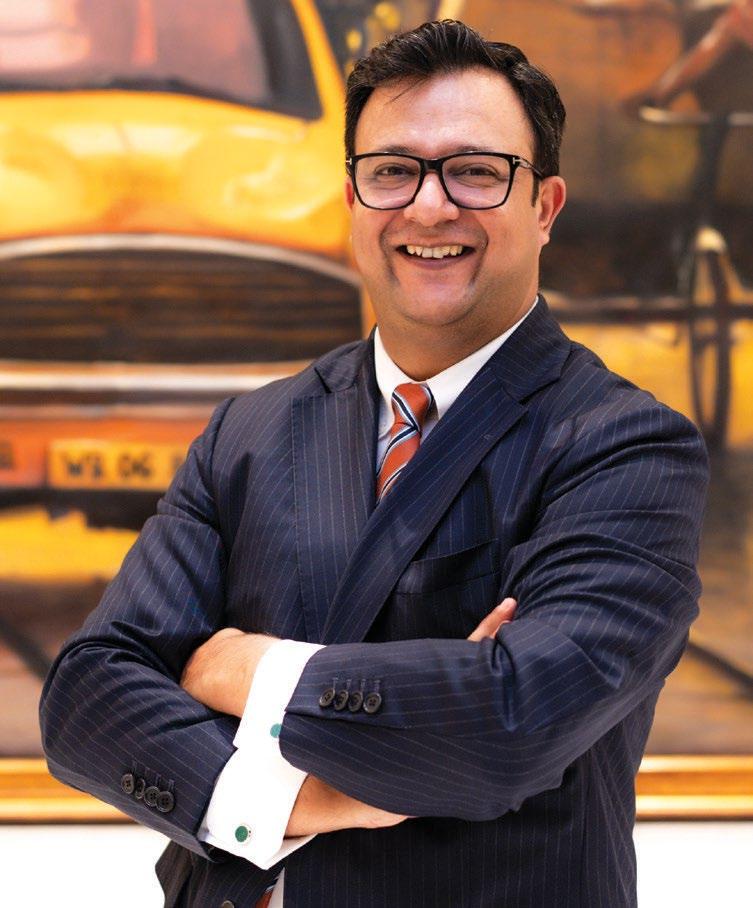
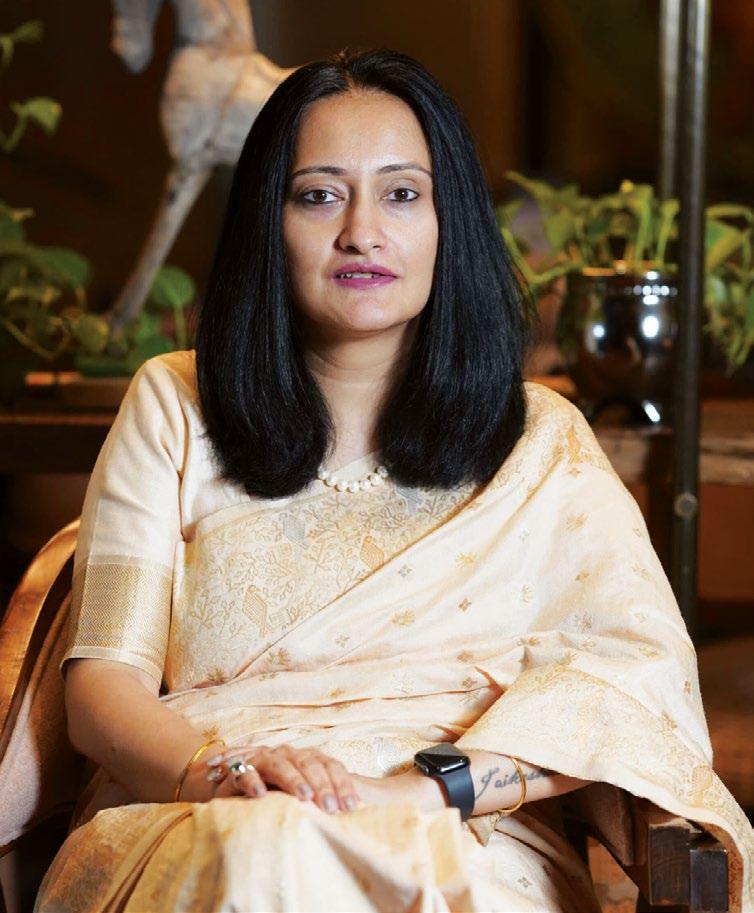
MANISHA SHARMA
GENERAL MANAGER, WESTIN KOLKATA RAJARHAT

GLEN DSOUZA
GENERAL MANAGER, HYATT CENTRIC BALLYGUNGE KOLKATA
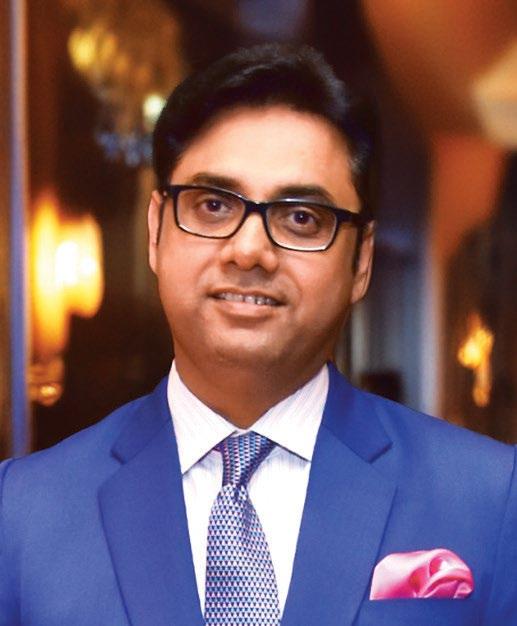

KAMAL RAZA
GENERAL MANAGER, THE LALIT GREAT EASTERN
SUNIL KUMAR
GENERAL MANAGER, JW MARRIOTT KOLKATA

Kolkata has a long, storied legacy in Indian hospitality, but has stagnated in recent decades before seeing a recent revival, with a renewed spurt in hotel occupancies and rates, post-COVID, including the highest Y-o-Y growth in occupancy rates in March this year. What would you say are the top factors behind this trend? What are some of the steps you are taking to attract more guests?
Arjun Kaggallu: Kolkata’s resurgence in the hospitality sector is a reflection of its rich cultural heritage, evolving infrastructure, and a growing appetite for travel post-pandemic. The economic recovery has seen increased business activities, with more corporate events, conferences, and conventions being hosted in the city. This has led to a spike in demand for quality accommodations. Enhanced air and rail connectivity, along with infrastructure development, has made Kolkata more accessible. The city’s strategic location as a gateway to East and Northeast India further boosts its appeal. Today’s travellers are seeking more than just a stay; they want immersive experiences. Kolkata, with its rich cultural tapestry, offers unique experiences that resonate with this trend. By continuously innovating and adapting to the evolving needs of our guests, Novotel Kolkata is not just keeping pace with the city’s hospitality revival but is also playing an active role in shaping its future.
Manisha Sharma: There’s a growing interest in Kolkata’s rich cultural and historical heritage, drawing tourists to experience its unique charm.
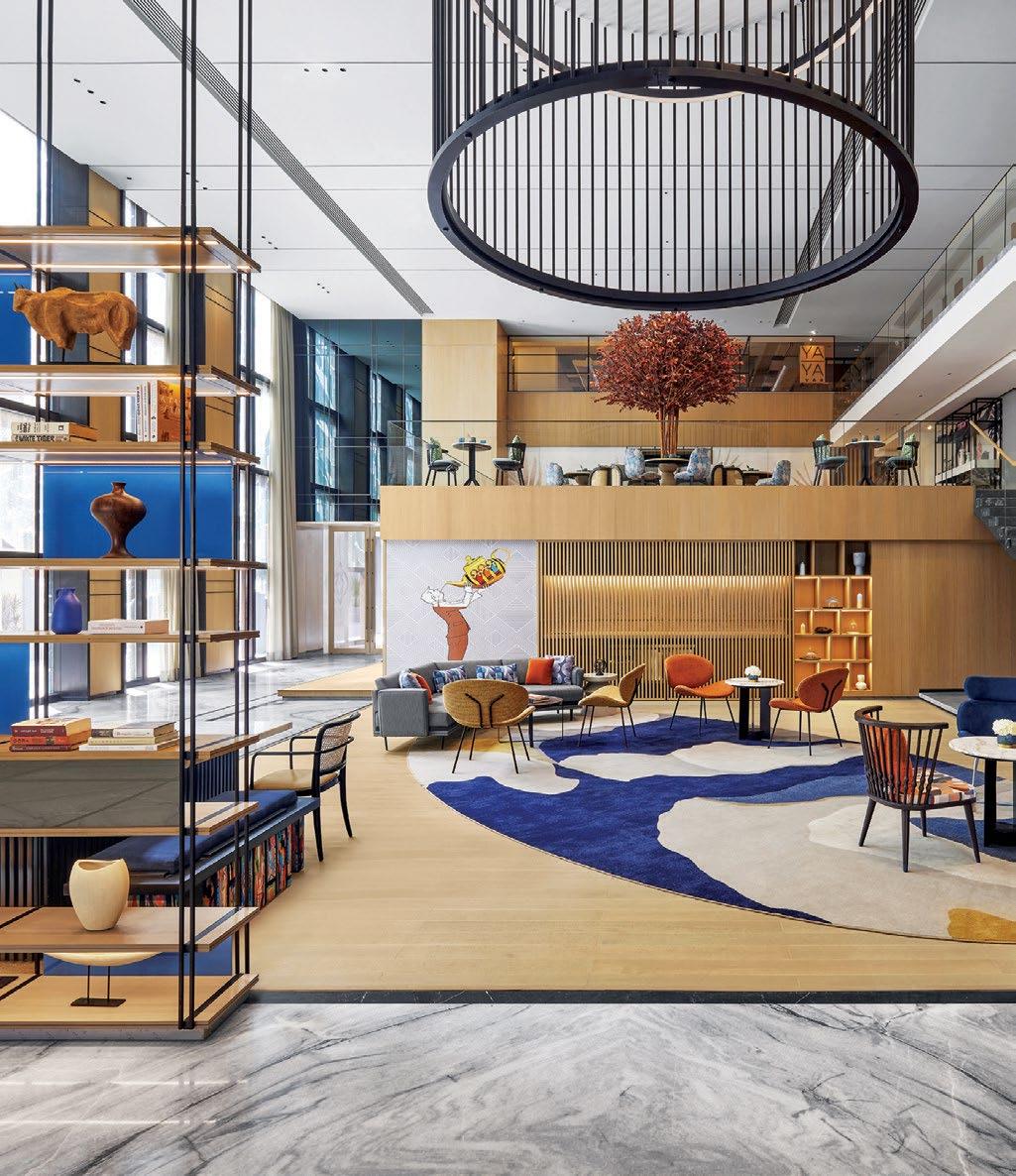
LEFT: Novotel Kolkata is amongst the most popular venues for large events in the city. TOP: Hyatt Centric Ballygunge employs several strategies to ensure it stands out in Kolkata's competitive market.
“The recent revival of Kolkata's hospitality sector can be attributed to various factors.”
- GA U R AV S O N E J A
At The Westin Kolkata Rajarhat, we are capitalising on these trends by offering personalised and culturally immersive guest experiences, collaborating with local cultural organisations for exclusive events, and embracing sustainable practices that appeal to eco-conscious travellers.
Arnab Chatterjee: Yes, we have seen an increase in occupancy. In addition to the MICE business, Kolkata has also seen a surge of tourists during the festive season such as Durga Puja, Christmas, Kolkata Film Festival, etc. With UNESCO recognising Durga Puja

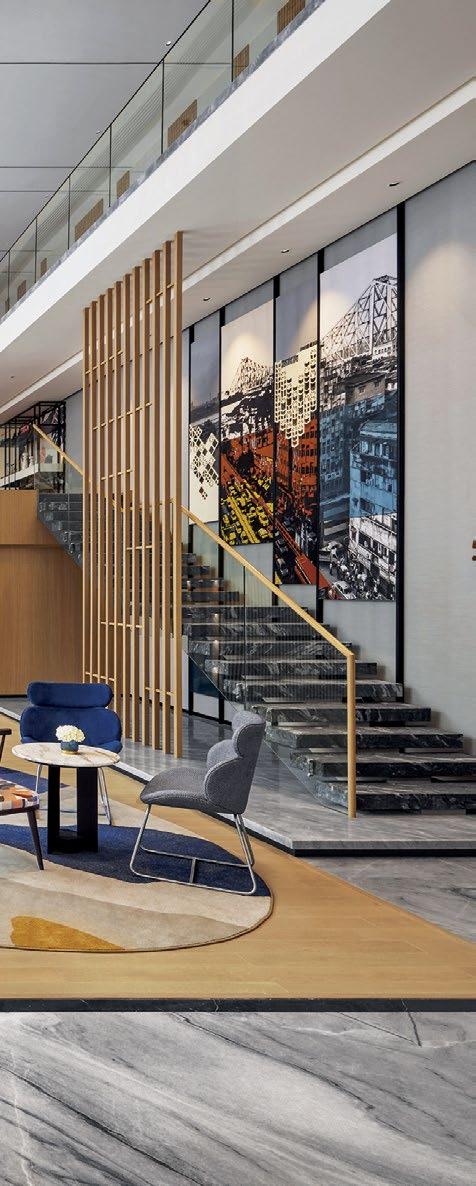
as an Integral Cultural Heritage, more tourists across the world are now interested in visiting Kolkata during the festive season. At Taj Bengal, we have to build on a strategic plan to tap into such a large format MICE and FIT business. Particularly for MICE, we have designed packages for convention halls close to the hotel. The hotel also continues to curate experiential stays and culinary offerings for its patrons, with a strong focus on being environmentally responsible.
Gaurav Soneja: The recent revival of Kolkata's hospitality sector can be attributed to various factors such as the surge in domestic travel, an increased focus on hygiene and safety post-COVID, the increased growth of MICE tourism, and rising demand for luxurious experiences. At ITC Sonar and ITC Royal Bengal, we specialise in providing planet-positive experiences. Our commitment lies in offering one-of-a-kind experiences. We continuously endeavour to craft memorable stays that capture the essence of Bengal's rich heritage, culture and warm hospitality.
Glen Dsouza: The city’s rich cultural and heritage tourism, growing corporate travel, improved infrastructure, and the return of large-scale events have all contributed to the boost in hotel occupancy rates. At Hyatt Centric Ballygunge, we are capitalising on these trends by offering personalised stay experiences, a diverse range of F&B options with three conceptual restaurants, and five versatile event spaces.
“Kolkata’s ability to attract the events and wedding market is steadily increasing, and with continued investment in quality hospitality services, the city is well on its way to becoming a leading destination in the eastern region for such occasions.”
How would you compare Kolkata’s hospitality scenario to other leading Indian cities? What would it take for the city’s hospitality scenario to be at par with these cities?
Sunil Kumar: While metropolitan hubs like Delhi and Mumbai have long established themselves as leading hospitality destinations, Kolkata’s unique charm and rich cultural heritage offer a distinct experience. By strategically focusing on infrastructure development, expanding tourism offerings, and cultivating a worldclass hospitality workforce, Kolkata can further elevate its position in the Indian tourism landscape.
Manisha Sharma: The hospitality sector in Kolkata offers a unique blend of tradition and modernity, with ample growth opportunities. Continued infrastructure development, particularly in transportation and urban planning, will be essential for enhancing the sector. Increased marketing efforts to highlight the city as a cultural and business hub, along with expanding luxury hotel offerings, will be crucial to meeting the rising demand from both domestic and international travellers.
“The hospitality sector in Kolkata offers a unique blend of tradition and modernity, with ample growth opportunities.”
- M A N I S H A S H A R M A
Arnab Chatterjee: Delhi and Mumbai are far more evolved markets with a constant surge in corporate and leisure businesses. These cities are driven by large format MICE events which help to increase occupancies and ADRs. I am confident that with strategic focus in terms of MICE and conventions, Kolkata will soon see a further growth in occupancy.
Arjun Kaggallu: Kolkata has been making significant strides in recent years, driven by a growing influx of both business and leisure travellers. To be at par with cities like Delhi and Mumbai, there are a few key areas that need to be addressed, such as further development in terms of infrastructure, better connectivity, modernised transport facilities, and world-class event venues. We need to promote cultural tourism on a larger scale and invest in the training and development of hospitality professionals to ensure that service standards are consistently high, and match the expectations of both domestic and international guests.
Gaurav Soneja: West Bengal and Kolkata serve as a gateway to eastern and northeastern states for meetings, businesses and trading. The mountains, beaches, national parks and wildlife sanctuaries make the state a unique destination for MICE. With over 1,000 five-star rooms offered by private players, 25 ballrooms, halls, banquets and exhibition spaces, and thousands of rooms in three-star and four-star categories, Kolkata has much to offer. ITC Hotels have played a significant role in contributing to the infrastructure and setting new standards in the industry.
Glen Dsouza: Kolkata’s hospitality scene, while rich in cultural heritage, differs from Delhi and Mumbai, which lead in luxury accommodations, international brand presence, and business travel due to their status as major economic hubs. To reach parity with these cities, Kolkata needs continued investment in infrastructure, enhanced promotion as a business hub, and an increase in luxury hotel offerings.
What are the top sources of tourists for your hotel, by revenue? What is the split between leisure/ FIT/ social events, business and MICE guests/events for your hotel? And between local and non-local guests?
Sunil Kumar: JW Marriott caters to a unique mix of both leisure and corporate audiences, primarily from cities like Mumbai and Delhi, which, along with neighbouring Bangladesh, drive an additional surge of transient and leisure travellers as well. MICE events also contribute substantially to occupancy and revenue. Our non-resident guests are heavily inclined to stay with us with our customised staycations, curated based on current trends, and prefer to indulge in our food and beverage offers.
Arjun Kaggallu: At Novotel Kolkata, our top sources of tourists are primarily business travellers, MICE guests, social events, and occasional leisure travellers. Our strategic location near the Kolkata International Airport and robust facilities make us a preferred choice for corporate events, international conferences, and business stays, contributing significantly to our business goals.
Kamal Raza: A majority of our guests at The LaLit Great Eastern hail from India. This is complemented by a meaningful presence from Bangladesh and the USA, indicating our growing international reach. Additionally, we see a niche yet valued presence from Great Britain.
Manisha Sharma: At The Westin Kolkata Rajarhat, our key revenue drivers are business travellers and MICE (Meetings, Incentives, Conferences, and Exhibitions) events. Our guest mix primarily includes business travellers, MICE attendees, and participants in leisure and social events. We also host a slightly higher proportion of non-local guests, with many coming from outside the region, largely due to corporate bookings and weddings.
Arnab Chatterjee: At Taj Bengal, our top international source markets are the UK, US, Germany and Bangladesh along with domestic guests, which constitute almost 70% of that split. In domestic markets, Delhi and Mumbai markets are the largest in terms of our corporate and transient travellers. We have a healthy split of corporate and transient business, which constitutes 60% of the total business, followed by MICE at 25%; and the rest 15% is leisure business.




Kolkata is the third largest city by GDP in India after Mumbai and Delhi, with a GDP of $160 billion (PPP) (as of 2022).
GDP per capita: ₹355,102 ($4,300).
Human Development Index: 0.917
Main industries: Coal, steel, manufacturing, leather, IT, food processing, textile, heavy engineering, mining & minerals, cement, pharmaceuticals, warehousing, jute.
Kolkata is home to India's oldest stock exchange company — The Calcutta Stock Exchange
Population: 15,333,000 (metro) (estimated 2023).
The informal sector employs more than 40% of the labour force.
More than 85% of the city’s workforce is employed in the tertiary sector.

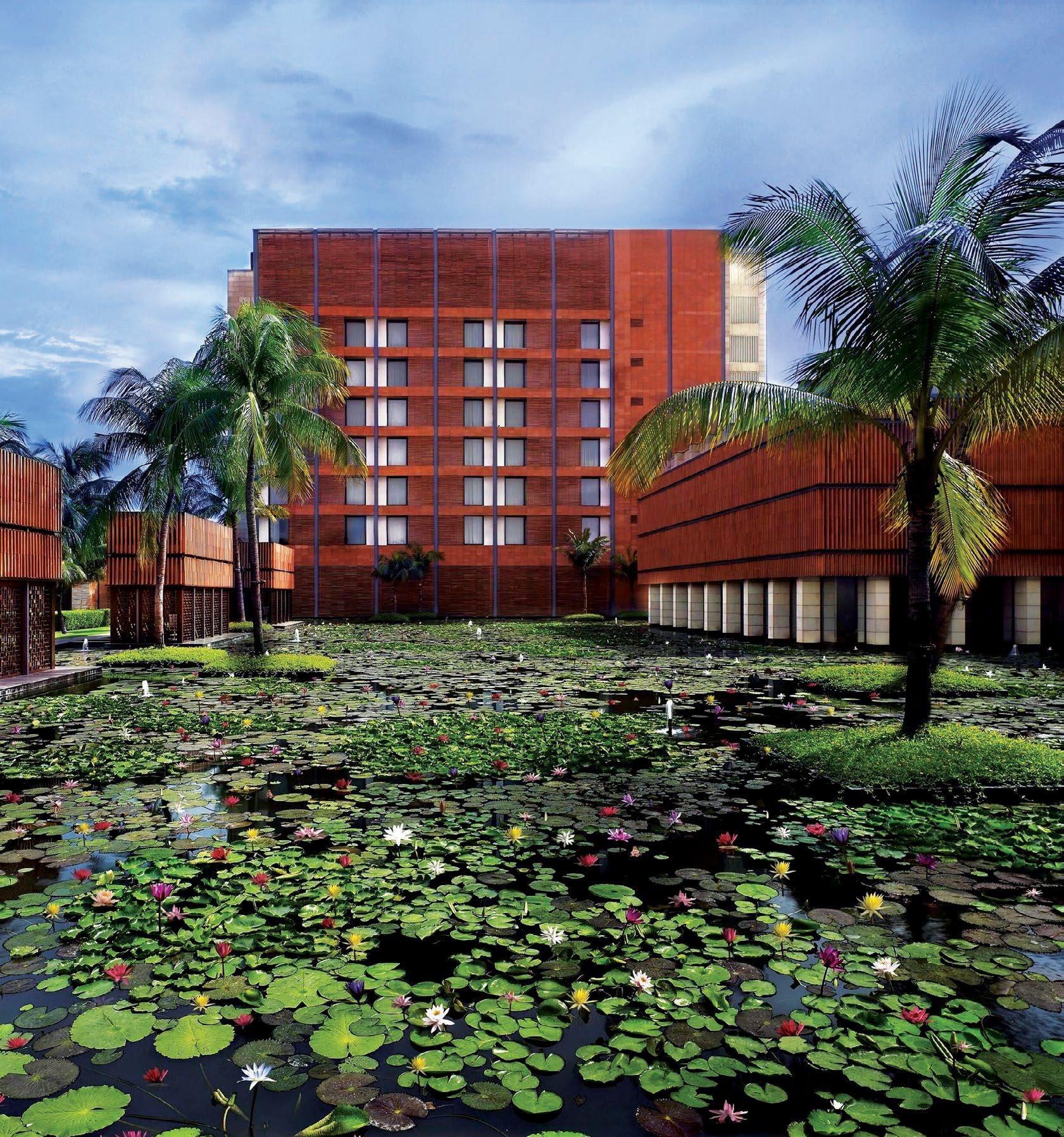
Major banks and PSUs founded and headquartered in Kolkata include UCO Bank, Allahabad Bank, United Bank of India, Geological Survey of India, Zoological Survey of India, Botanical Survey of India, and Tea Board of India.
Major corporations headquartered in Kolkata include ITC Limited, ABP Group, CESC Limited, Exide Industries, Emami, Eveready Industries India, Lux Industries, Rupa Company, Ambuja Neotia Group, Berger Paints, Birla Corporation, Khaitan India Ltd., Peerless Group and Britannia Industries, Jai Balaji group, Shyam Steel Industries.
Two divisions of the Indian Railways—the Eastern Railway and the South Eastern Railway—are headquartered in the city.
With a million plus passengers daily, Howrah railway station is the largest and busiest railway complex in India.
Kolkata was the first Indian city to have a metro network in 1984 and is the only city to have a tram network.
The city’s Netaji Subhas Chandra Bose International Airport is the sixth busiest international airport in India in respect to aircraft movement
On the list of Indian cities on the Oxford Global Cities Index Report 2024, it ranks 528, after Delhi (350), Bengaluru (411), Mumbai (427), Chennai (472) and Kochi (421).
Source: GoI, industry reports, Wikipedia
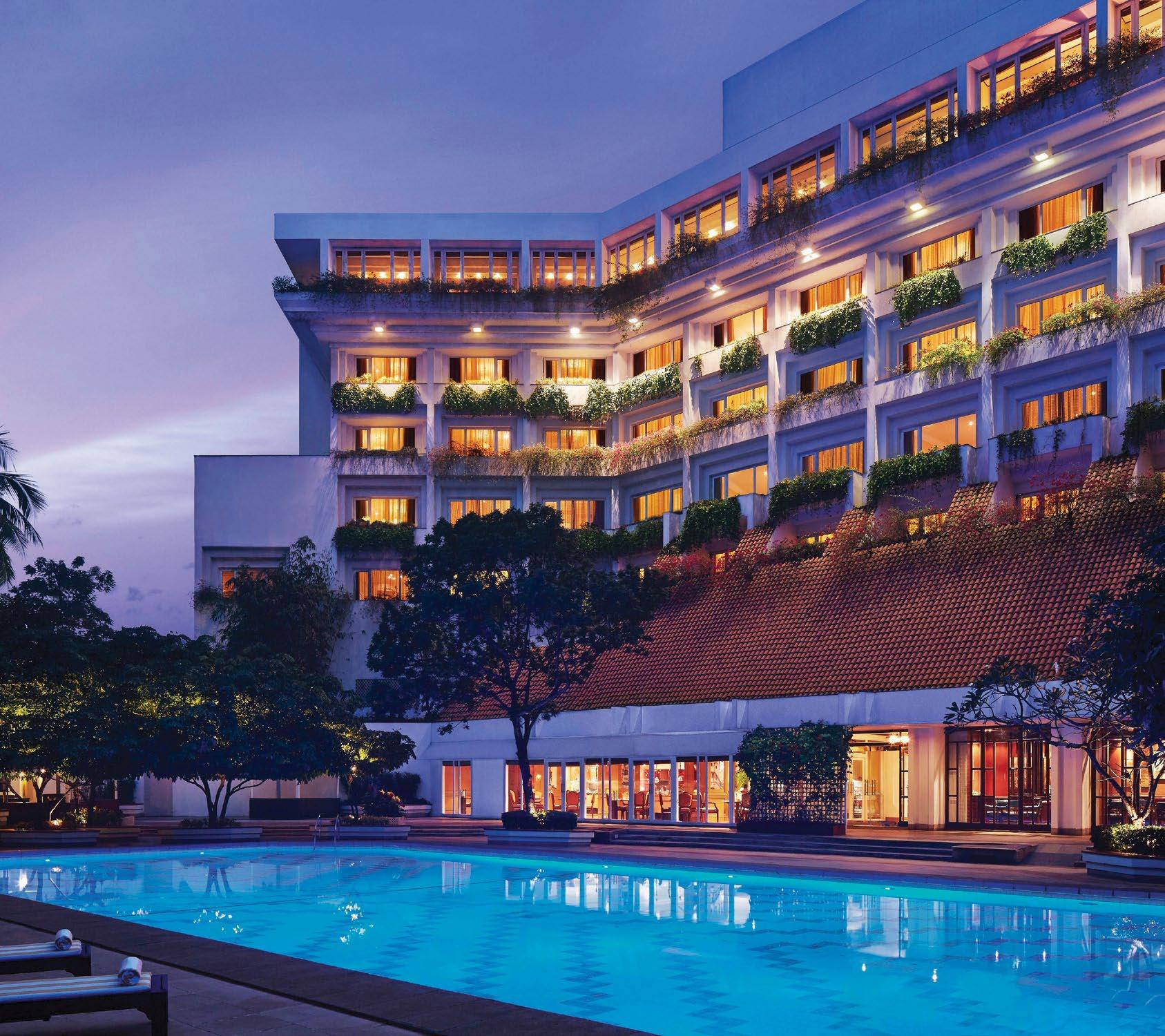
“Opportunities for growth in city hotels primarily lie in
leveraging Kolkata’s unique identity, targeting niche markets, and capitalising on technological advancements.”
- S U N I L K U M A R
What are the main opportunities for growth for the city’s hotels? What steps would you suggest to increase travel to the city?
Arnab Chatterjee: The main opportunities lie in infrastructural growth in convention centres in the city. In addition, we have also seen an increase in demand for service apartments in the hotels, and new inventory getting added by
One of IHCL's oldest hotels, Taj Bengal is a top choice for luxury and niche weddings.
IHCL and other hotel companies, which should boost the MICE sector. Opening more SEZs, attracting national and international level sporting events, and robust logistical support for commuting to hinterlands and tourist locations will help increase travel.
Gaurav Soneja: Kolkata's hotels have significant opportunities for growth through experiential travel, sustainable tourism practices, and enhanced digital marketing strategies to reach a broader audience. Besides the popular cultural and culinary offerings, there are ample opportunities for film, spiritual and wellness tourism.
Glen Dsouza: We need to leverage Kolkata’s rich heritage to attract more tourists, enhance the city’s appeal for corporate events and conferences, and upgrade transportation and accommodation to attract more visitors.
Arjun Kaggallu: Kolkata as a market has a very diverse portfolio. Cultural tourists are keen on exploring the city’s iconic landmarks, traditional festivals, and vibrant arts scene. Kolkata’s healthcare sector is rapidly advancing, making it a potential destination for medical tourism. As Kolkata continues to evolve as a commercial and IT hub, we are exploring opportunities to capitalise on this by offering specialised business services.
Manisha Sharma: By showcasing the city’s rich heritage through targeted marketing campaigns, Kolkata can attract more visitors and highlight its unique blend of history, culture, and modernity. Key modern attractions like the Biswa Bangla Gate and Eco Park, along with a thriving IT sector, are pivotal in demonstrating the city’s dynamic evolution.
Sunil Kumar: Opportunities for growth in city hotels primarily lie in leveraging Kolkata’s unique identity, targeting niche markets, and capitalising on technological advancements. This includes developing distinctive experiences, focusing on wellness and sustainability, and offering personalised services. To increase travel to the city, hotels can collaborate with local tourism boards to promote the destination, invest in digital marketing to reach a wider audience, and develop strategic partnerships with airlines and other travel providers. Key challenges for city hotels include increasing competition, rising operational costs, fluctuations in demand, and attracting and retaining skilled talent.
Kamal Raza: While Kolkata enjoys strong connectivity with major metropolitan areas, significant challenges remain in linking it effectively with Tier I and Tier II cities, particularly in the northeastern region. Tourism in Kolkata can be highly seasonal, with peaks during festivals and dips during off-peak periods. Developing year-round attractions and events can help mitigate this issue and ensure steady visitor flow. While the state has made efforts to promote its cultural assets, there is room for more aggressive and diversified marketing strategies. Developing a comprehensive digital marketing plan and collaborating with global travel influencers could significantly boost the state’s visibility.
Gaurav Soneja: Challenges include rising competition from emerging markets, limitations in infrastructure development, and the need to maintain consistent service standards to meet the evolving expectations of guests across various hotel segments.
Glen Dsouza: The main challenges are managing fluctuating occupancy rates during off-peak times and the comparatively lower
“As the city continues to evolve, it is likely to attract an increasing number of high-profile celebrations and events.”
Source: Statista 2024
number of business establishments in the city.
Arnab Chatterjee: Challenges for the state are slow growth in the business sector which generally fuels development, slow development of the infrastructure in terms of roads, etc., logistical support from vendors for speedy work and political interference and industrial relation issues which hinder workforce management, unlike in other cities in India.
Could you give us an idea of the trends for occupancy and ARRs in recent years— pre-COVID to post-COVID? By how much are ARRs up this year compared to recent years?
Glen Dsouza: Occupancy rates and ARRs in Kolkata have seen notable shifts from pre-COVID to postCOVID times. Before the pandemic, the city’s hospitality sector was stable, with moderate growth in occupancy and room rates driven by a steady influx of business and leisure travellers. Post COVID, the city has witnessed a strong recovery, with rates bouncing back driven by pent-up travel demand, the return of business travel, and a surge in domestic tourism. In 2023, ARRs saw a significant rise, with many properties reporting a 10-15% increase compared to pre-COVID levels. In 2024, occupancy rates continue to improve and ARRs have surged further, with an increase of approximately 10% compared to last year. The current ARRs range from ₹8,000 to ₹10,000, reflecting strong demand across segments, particularly in premium and luxury hotels.
Arjun Kaggallu: Over the past few years, we have seen significant shifts in both occupancy rates and ARRs due to the impact of COVID-19 and subsequent recovery trends. This year has
been particularly encouraging. Our ARRs are up by approximately 15-20%, compared to the immediate post-COVID years, due to heightened demand, inflationary pressures, and a focus on delivering value through enhanced guest experiences. We have strategically positioned Novotel Kolkata as a premium choice for events and luxury stays, which has allowed us to command higher rates.
Manisha Sharma: Post-COVID, we have experienced a positive rebound in both occupancy rates and ARRs. Compared to pre-COVID levels, ARRs have significantly risen, driven by the resurgence in business and leisure travel. This year, ARRs have continued to grow, reflecting the increasing demand and recovery of the hospitality sector.
Gaurav Soneja: Post-COVID, there has been a gradual recovery in occupancy rates and ARRs. Comparing this year's ARRs to those of recent years, there has been an increase in the average room rates. For example, ITC Hotels in Kolkata have seen growth in both occupancy and ARRs since 2019.
Arnab Chatterjee: From pre-COVID years to the current day, we have seen a growth of around 12% in occupancy and a 20% boost in ADR for Taj Bengal. 2023-24 was excellent to boost occupancy and ADR for the hotels, and we have kept a target of almost 10% rise in ADR in 2024-25.
Given the dearth of quality hotels in the eastern region, to what extent is Kolkata able to attract the events/ wedding market?
Gaurav Soneja: ITC Royal Bengal and ITC Sonar prominently stand out with a combined offering of 693 rooms, 14 acclaimed restaurants, two luxurious
FY2018 5904 5768 5768 4863 5768
FY2019 5830 6038 6038 5174 6038
FY2020 5934 6104 6104 5148 6104
FY2021 4258 4630 4630 3597 4630
FY2022 4300 4951 4951 3966 4951
FY2023 5663 9000+ 8000+ 5679 7000+
Source: Statista
spas, and over 100,000 sq.ft. of banquet venues. The complex, when considered together, plays a crucial role in accommodating both business gatherings and social functions, with its renowned banquet facilities setting industry benchmarks, especially for highprofile weddings.
Arnab Chatterjee: Kolkata holds a significant position in the wedding market. The city has some finest event management companies that have been doing large weddings across India and the world. The city is considered to be more economical compared to other destinations in India, such as Jaipur, Jodhpur, Udaipur or Goa. The affluent families in Kolkata have a key role to play, as in most cases we have seen that they prefer to be in the city due to emotional attachment and from the logistical support point of view. Our hotel is usually considered for luxury and niche weddings. I am extremely proud to say that our hotel, over the years, has hosted some of the most luxurious weddings in the city.
Arjun Kaggallu: Kolkata is emerging as a prime destination for events and weddings, despite the limited number of quality hotels in the eastern region. Kolkata’s hospitality sector has risen to the challenge by offering world-class facilities, bespoke services, and a unique blend of tradition and modernity that appeals to a wide audience. Kolkata’s ability to attract the events and wedding market is steadily increasing, and with continued investment in quality hospitality services, the city is well on its way to becoming a leading destination in the eastern region for such occasions.
Sunil Kumar: While the eastern region as a whole presents certain challenges in terms of luxury hotel inventory, Kolkata’s established

“I am confident that with strategic focus in terms of MICE and conventions, Kolkata will soon see a further growth in occupancy.”
- A R N A B C H AT T E R J E E
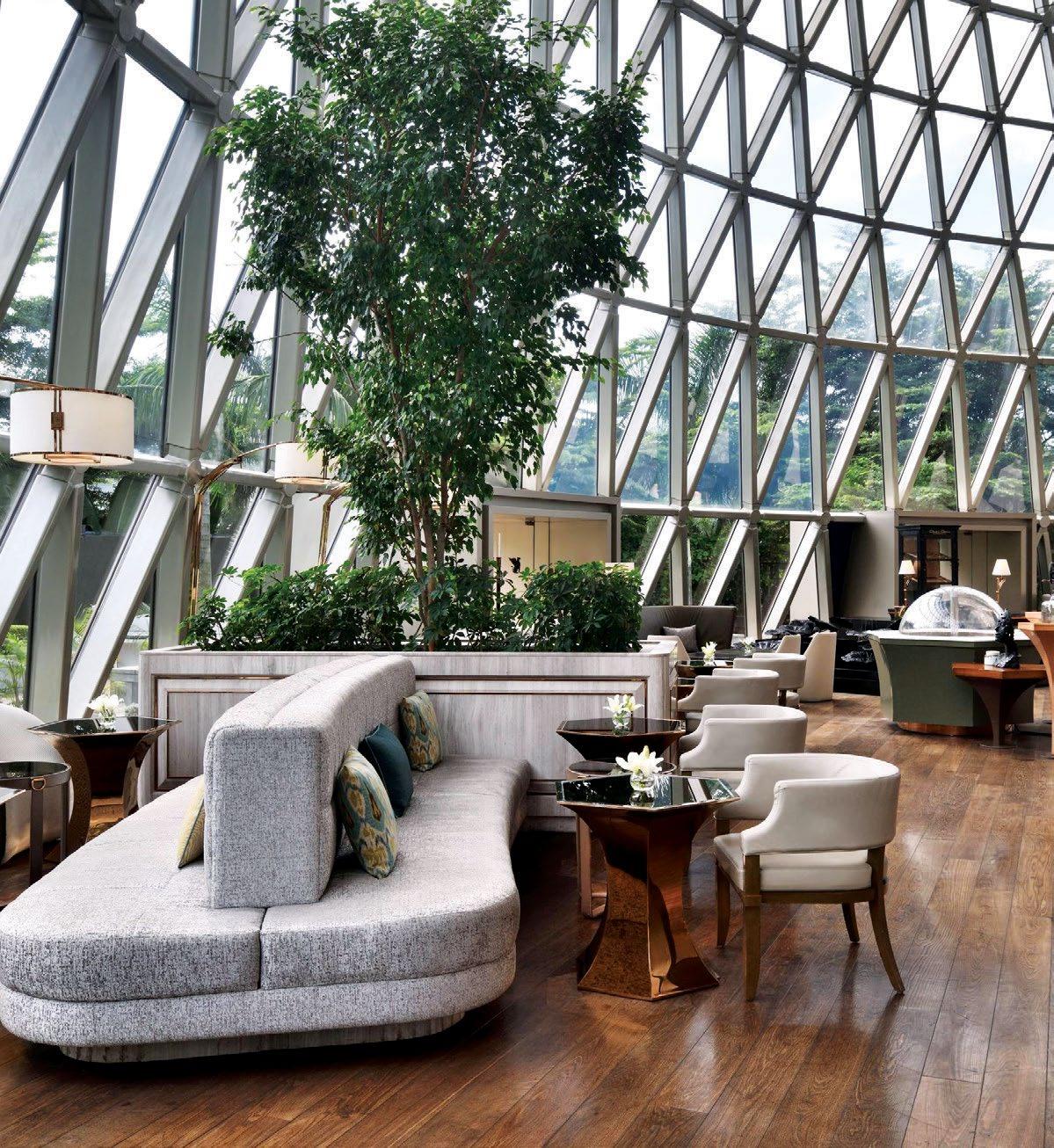
luxury properties, coupled with the city’s unique charm, have enabled it to attract a substantial share of this market.
Manisha Sharma: Despite the shortage of quality hotels in the eastern region, Kolkata, and especially The Westin Kolkata Rajarhat, has become a preferred destination for large-scale events and weddings. We’ve seen a notable increase in wedding bookings Y-o-Y, highlighting the city’s growing appeal in this market segment.
Kamal Raza: The LaLit Great Eastern curates exquisite culinary experiences, and provides traditional venues for an exceptional atmosphere that sets it apart from other locations. This cultural richness creates an unforgettable experience for both organisers and guests. In essence, Kolkata’s combination of historical allure, cultural depth, and improving facilities is positioning it as a notable contender in the eastern region's events and wedding market. As the city continues to evolve, it is likely to attract an increasing number of high-profile celebrations and events.
Glen Dsouza: Kolkata's ability to attract events and wedding markets is significant, especially given the limited number of high-quality hotels in the eastern region. The city is renowned for its cultural richness and historic venues, which makes it an appealing choice for both corporate events and weddings. Opportunities for growth include expanding facilities
with continued investment in high-quality, versatile event spaces that can further attract large-scale events and weddings. Promoting Kolkata’s unique offerings and leveraging its cultural appeal via targeted marketing can attract more clients from across India and abroad.
What are guests prioritising when looking to visit Kolkata?
Gaurav Soneja: The city, known as a significant cultural hub of India, offers a blend of modern Indian literary and artistic influences, along with a strong sense of Indian nationalism. Visitors prioritise experiencing British-era architecture like the Victoria Memorial and Howrah Bridge, immersing in cultural contributions such as a vibrant theatre scene and literary heritage, and participating in festivals like Durga Puja. Kolkata's prestigious institutions like the University
of Calcutta attract academic travellers, while its rich tradition in arts and literature appeals to bleisure travellers seeking a blend of business and leisure experiences.
Sunil Kumar: Guests visiting Kolkata typically prioritise a blend of cultural immersion, historical exploration, and modern experiences. Factors such as the city’s rich heritage, delectable cuisine, vibrant arts scene, and warm hospitality are key attractions. Additionally, business travellers often prioritise connectivity and infrastructure, while leisure travellers seek unique experiences and affordable luxury.
Arnab Chatterjee: Kolkata is steeped in heritage and tradition followed by an unmatched culinary experience—these are major drivers for travel into Kolkata.
“Occupancy rates and ARRs in Kolkata have seen notable shifts from pre-COVID to post-COVID times.”
- G L E N D S O U Z A

Manisha Sharma: Guests visiting Kolkata are prioritising cultural experiences, historical sites, and authentic local cuisine. Business travellers, on the other hand, focus on convenience, including proximity to business districts and modern amenities.
Glen Dsouza: Guests are looking for a blend of cultural immersion, convenience, and high-quality service during their visit to Kolkata. Along with comfortable, well-maintained hotels with excellent service and value for money.
What is the tourism potential of Kolkata looking like in the next few years?
Arjun Kaggallu: The city, with its rich cultural heritage, vibrant arts scene, and historic landmarks, is poised for significant tourism growth. Kolkata is experiencing a cultural revival, attracting both domestic and international tourists. The city’s infrastructure is continually improving, with investments in transportation, hospitality, and public amenities. Upcoming projects like the expansion of the metro network and new airport facilities are expected to enhance connectivity and convenience for travellers. The city’s food festivals and events are drawing food enthusiasts from around the world. Kolkata’s heritage tourism continues to be a significant attraction. Kolkata is also becoming a popular destination for conferences and events.
Arnab Chatterjee: Kolkata has excellent potential to be one of the key tourist locations for both domestic and international markets. The efforts which have been put in by the state government, if driven well, can reap benefits. Some of the potential is already being realised with the festive season and Christmas bookings this year. I feel that, with concerted efforts by all key stakeholders, we can see a high double-digit positive growth in occupancies and ADR.
Manisha Sharma: Kolkata’s tourism potential is very promising. The West Bengal Tourism Department anticipates significant growth in tourist arrivals. Additionally, Kolkata is emerging as a key destination for bleisure travel, where business travellers extend their stays to enjoy the city’s rich cultural offerings.
Sunil Kumar: The state government’s initiatives to develop new tourist destinations and improve connectivity will further contribute to Kolkata’s growth as a gateway to the northeast region. Overall, the outlook for Kolkata’s tourism industry is promising, with opportunities for significant expansion and development.
Gaurav Soneja: The state government has implemented various initiatives to promote the hospitality and tourism sector, with a focus on developing Kolkata as the gateway to the eastern and north-eastern states and positioning it as a prime MICE destination. Kolkata’s advantages as a MICE destination include a popular trade fair environment, convenient international air connections, efficient port operations, an improving highway system, reliable power supply, and a well-balanced mix of MICE venues, hotel rooms, and cultural spaces.
Source: Kotak Institutional Equities
Glen Dsouza: Kolkata’s tourism potential in the coming years is strong. The city’s appeal to domestic and international tourists is expected to grow, supported by government initiatives and investments in the sector.
Any other factor(s) that is crucial to understanding the current hospitality trends in Kolkata?
Glen Dsouza: A crucial factor in understanding current hospitality trends in Kolkata is the increasing focus on sustainability. Hospitality businesses are adopting ecofriendly practices and green certifications to meet the rising demand from environmentally conscious travellers.
Manisha Sharma: To fully understand the current hospitality trends in Kolkata, it’s important to recognise the city’s evolving identity. Kolkata is uniquely positioned as a city that balances a rich cultural heritage with modern growth, making it increasingly attractive to a diverse range of travellers, from history enthusiasts to modern business professionals. This duality is a key factor in the city’s rising prominence in the hospitality sector.
Arnab Chatterjee: A crucial factor in understanding the current trend in hospitality in the city is the positive inventory growth. Hotel renovations are underway to make products and offerings future-ready.
Gaurav Soneja: Trends in domestic and international tourism, including the popularity of Kolkata as a travel destination, impact hotel occupancy and restaurant patronage. Local infrastructure developments, such as new transportation options or convention venues, can enhance accessibility and attract more visitors. Analysing these factors helps in understanding how the hospitality industry in Kolkata is evolving and what trends are emerging.


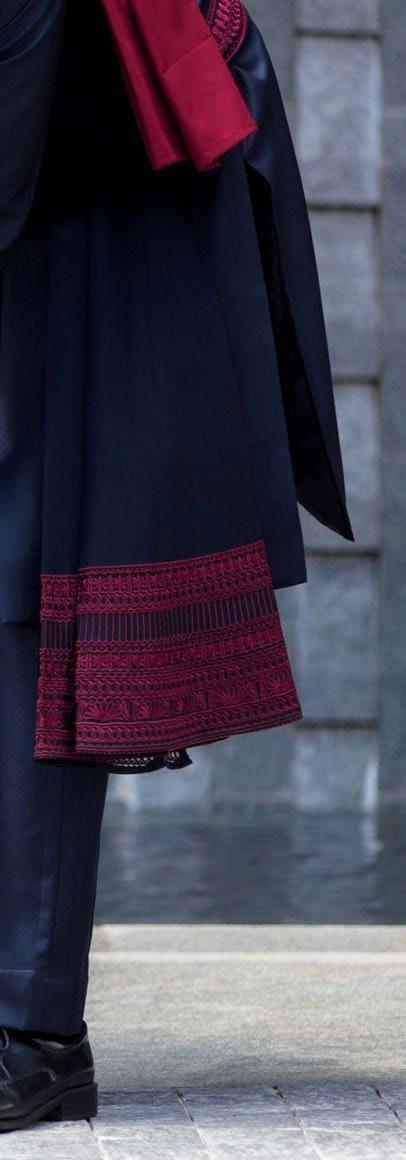
Pet-centric vacations are redefining luxury hospitality. As the significance of pet travel expands, we explore the innovative trends shaping the landscape of pet hospitality.
RACHNA VIRDI
The burgeoning demand for pet-friendly accommodations is transforming the hospitality industry, as demonstrated by the increasing number of hotels offering specialised amenities and vacation packages tailored for
pets. According to petrelocation. com, a company that helps families relocates their pets or takes them on vacations, India is emerging as a premier destination for pet-friendly travel, attracting discerning travellers and their four-legged companions alike.
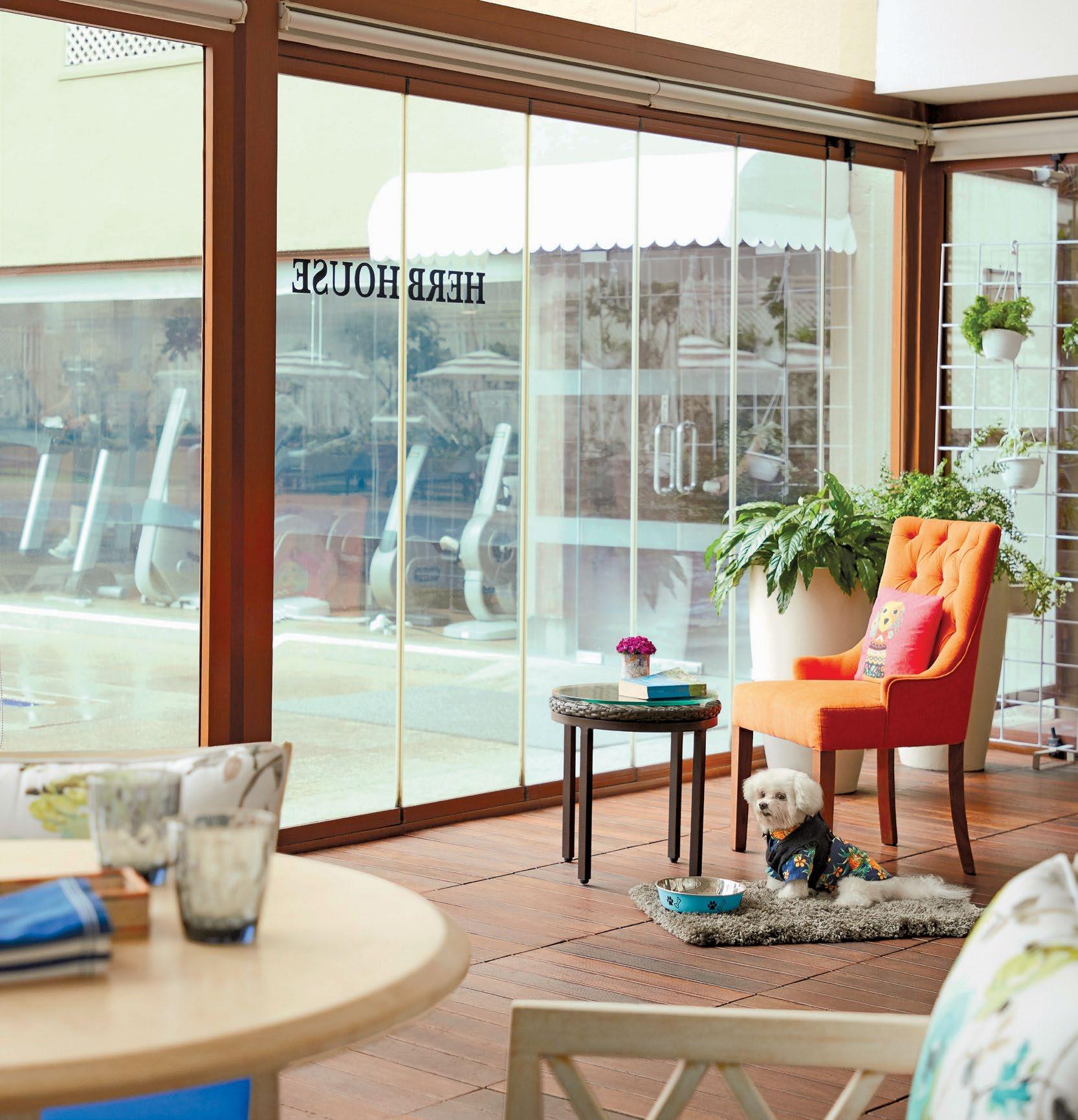
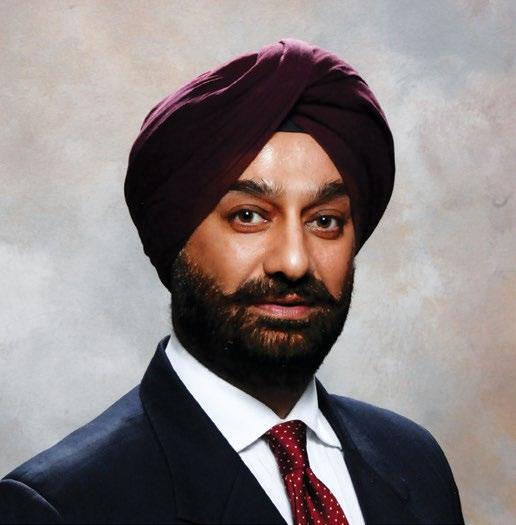
Taljinder Singh, Senior Vice President, IHCL, says, "The rise in pet ownership has fundamentally changed the hospitality industry, creating a significant demand for more inclusive and comfortable accommodation for pets. The shift towards accommodating pets mirrors a broader societal change, where pets are viewed as integral
TALJINDER SINGH SENIOR VICE PRESIDENT, IHCL
“The rise in pet ownership has fundamentally changed the hospitality industry, creating a significant demand for more inclusive and comfortable accommodation for pets. ”
family members. The COVID-19 pandemic has undoubtedly accelerated this trend, and it has the potential to evolve into a long-term standard within the hospitality industry. In India, IHCL has pioneered this trend by introducing pet-friendly policies and amenities as a brand promise for SeleQtions hotels.”
The rising trend of pet hospitality
Pet-friendliness has become a highly sought-after feature in the ever-evolving landscape of hospitality. Hotels are pulling out all stops for pet owners and walking that extra mile by allowing guests to bring their pets. High-end hotels, villas and resorts are rolling out the red carpet for pets with exclusive offerings such as pet amenities and spa services to ensure they have a comfortable stay.
For a pet owner, a perfect vacation is having their furry companions by their side, insists Himadri Ray, General Manager, The Yellow House, a pet-friendly boutique property in Goa by IHCL’s SeleQtions. Ray expresses that there has been a definite shift in trends that reflects a deeper cultural phenomenon.
“This growing trend sees pet parents prioritising experiences which include their beloved companions, leading to a boom in luxury pet-friendly vacations. At SeleQtions, we view pets with a greater emotional connection, treating them as valued members of the family.”
The Yellow House offers Pawcations, a programme that curates holidays with pets by allowing guests to bring them along. “We offer options to pet parents who enjoy travelling and crave adventures so that they do not have to limit their travel options,” he says.
President, Mumbai - IHCL SeleQtions offers extensive amenities and services, such as plush pet beds, interactive toys and a gourmet menu. The hotel hosts events such as birthday celebrations. Pet caretakers and specialist veterinarians are available on call, as are grooming services and exclusive toiletries, ensuring that pets receive the best care during their stay. Moreover,
THERE ARE AROUND 38 MILLION PETS IN INDIA.
38 MILLION 400 PETS
2024 SAFFRONSTAYS HOSTED 400 PETS
5 MILLION
MORE THAN 5 MILLION PETS TRAVELLED ON AIRBNB LISTINGS IN THE LAST FEW YEARS.
THE MARKET FOR PET FOOD, VETERINARY SERVICES AND PET CARE PRODUCTS IN INDIA HAS REACHED AN ESTIMATED $900 MILLION AND IS EXPECTED TO GROW AT 19% ANNUALLY OVER THE NEXT 10 YEARS.
OVER 50% OF INTERNATIONAL PET OWNERS PLAN TO TRAVEL WITH THEIR PETS.
IN 2023, SAFFRONSTAYS HOSTED AROUND 400 PETS ACROSS ITS PROPERTIES. IN THE FIRST THREE MONTHS OF 2024, IT HAS HOSTED 225 PETS.
2 MILLION COMMERCIAL FLIGHTS
AN ESTIMATED 2 MILLION PETS BOARD COMMERCIAL FLIGHTS EVERY YEAR.
designated dining areas allow pets and their owners to dine together.
Staff at all IHCL SeleQtions hotels undergo comprehensive training programs to handle pets effectively, which includes understanding animal behaviour, maintaining hygiene protocols, familiarisation with pet amenities, proper handling procedures, and clear communication regarding policies. Additionally, the hotels regularly invite external pet trainers and behaviourists to provide further training. “Pet owners appreciate staff that are knowledgeable about animal behaviour and can interact with their pets in a friendly and approachable manner,” says Singh.
Meghna Trivedy, Director-PR & Communications, Four Seasons Hotel, Bengaluru, offers more insights into the trend. “The trend of taking pets on a holiday gained traction when more people sought to include their furry companions in all aspects of their lives, including travel experiences. Its emergence can be pinned to a lack of open space for your pets to enjoy and play. As people, we take a break now and then and want our pets to be able to have a break as well, to unwind and enjoy as we do.”
What do hotels include in the luxury pet experience? The accommodation at The Yellow House includes well-trained pet minders to look after the pet, grooming services, exclusive toiletries, access to pet-friendly zones, special veterinarians available on call, buffet breakfast at a designated venue and a special menu with healthy nibbles prepared by their chefs. “We plan the menu with the guests before their arrival,” says Ray. “We are happy to provide a pet bed with food and water bowls, appropriate toys and a grooming
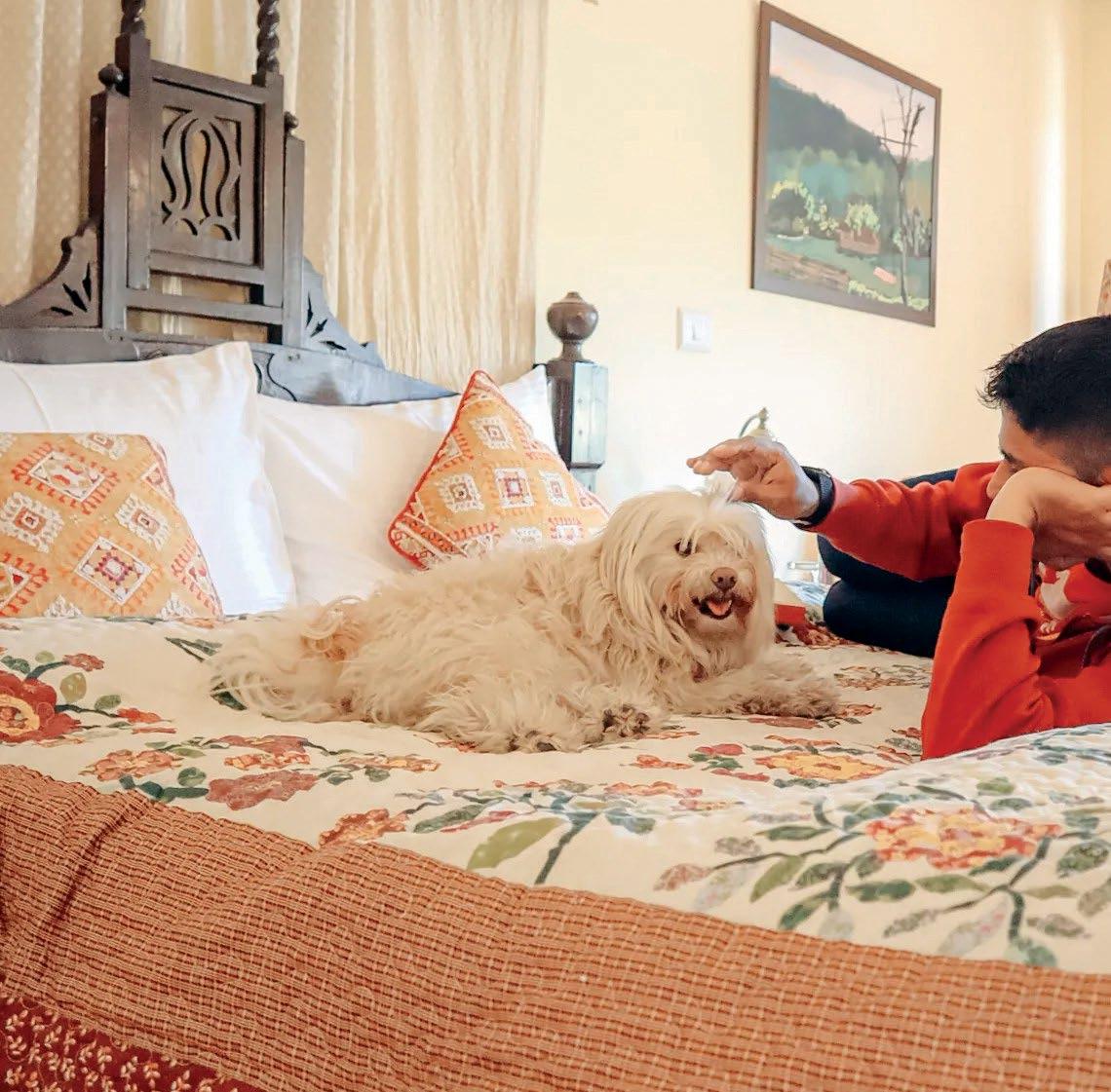
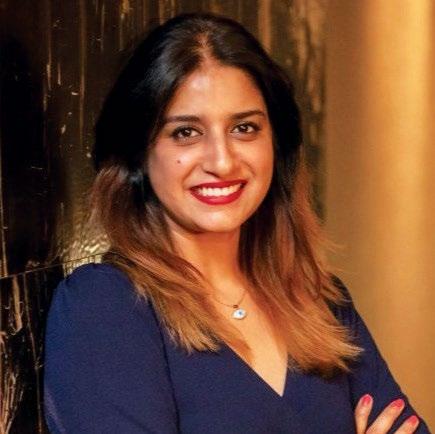
MEGHNA TRIVEDY DIRECTOR-PR & COMMUNICATIONS, FOUR SEASONS HOTEL, BENGALURU
“The trend of taking pets on a holiday gained traction when more people sought to include their furry companions in all aspects of their lives, including travel experiences.”
PET OWNERSHIP
THE HUMANISATION OF PETS
BUSY LIFESTYLE
RISING DISPOSABLE INCOME
GROWTH IN THE TRAVEL INDUSTRY
kit with shampoo, fragrance mist, conditioner, nose and paw butter. The guests’ rooms are tagged with ‘Pet Inhouse’ signage so that the sudden entry of staff does not scare or distress the pet.”
Four Seasons Bengaluru offers huge spaces for pets to play and run in the open. Trivedy says, “The property markets itself as being pet friendly. We believe in diversity, inclusion, and belonging and, hence, we welcome all guests to our hotel, including the furry ones.”


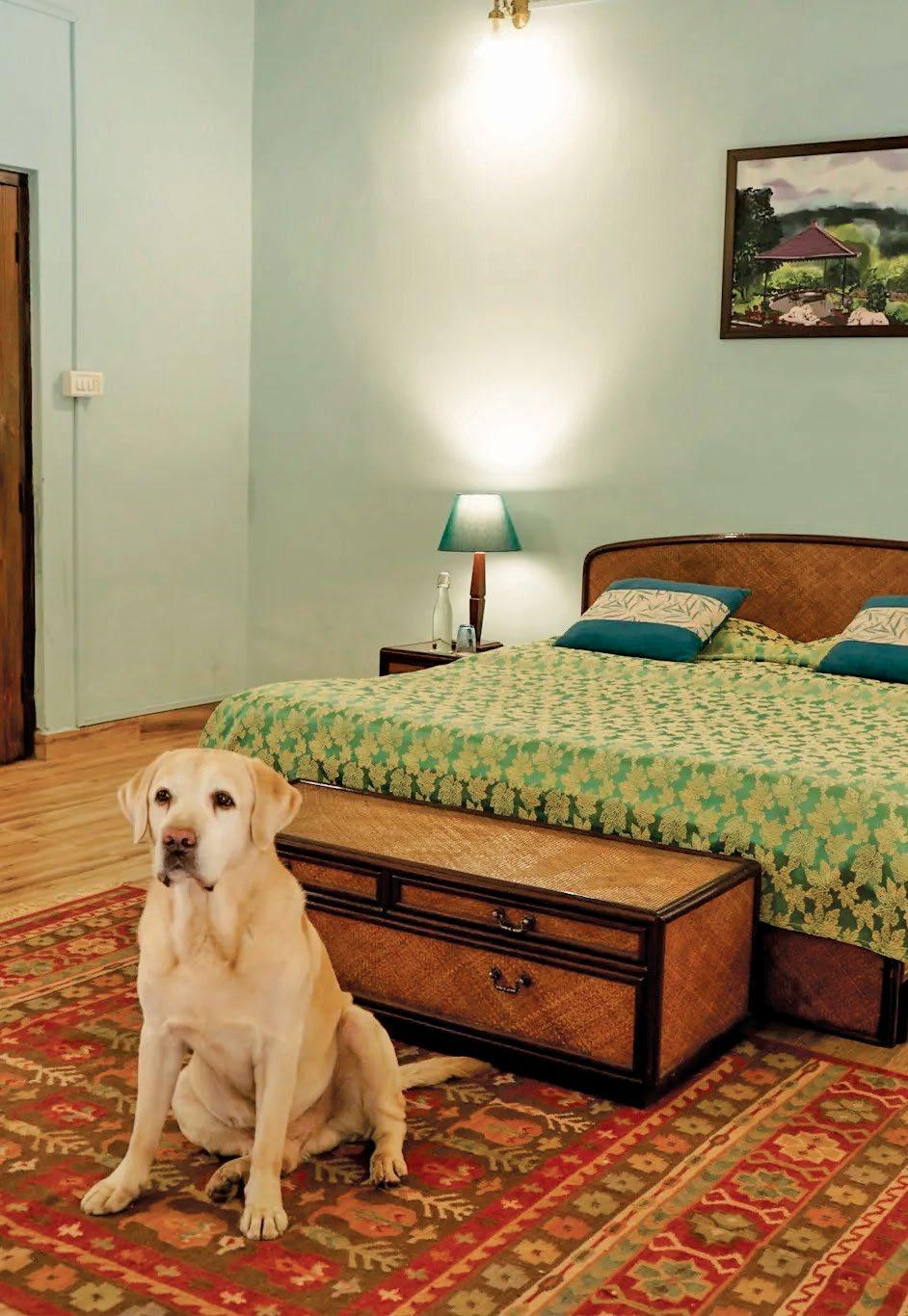

Villas are pet-friendly, too!
The call for pet-friendly services extends into other platforms such as villas, homestays and resorts. Tejas Parulekar, founder, SaffronStays, says they are known for crafting memorable vacations at their pet-friendly villas across India. “Pets are cherished family members, but unfortunately, families have to leave their pets behind when going on a vacation. In many situations, one member of the family has to stay back to take care of the pet. We recognised this need gap and realised that we can offer them a perfect solution,” she affirms.
SaffronStays has witnessed a spurt of pet stays over the years. “In 2023, we hosted around 400 pets across our properties. Since the time we started focusing on this segment through our pet initiatives and marketing in January 2024, we have already hosted 225 pets in the first three months of 2024. Almost 2.5-3%
of our total bookings have pets. More than 90 of our 275 homes are pet-friendly, which is almost 35% of our total inventory,” informs Parulekar.
A Dog’s Story goes a step ahead in enhancing the experience for pets. With luxury vacation options at Agra, Jaipur and Mussoorie, cofounder Akhil Anand has created a sanctuary for the four-legged explorers. The increase in travel options with pets is what initially led to the launch of A Dog’s Story in 2020. Says Anand, “What we experienced was a shortage of properties that catered to pets. During our travels with pets, we found that many called themselves pet-friendly, but on the ground they were pet-tolerant at best. They were getting a paid guest so they accepted the reservation cost from the humans. If they are calling themselves pet friendly, they
should be friendly towards the pet guest too.”
The pet resort was launched as a unique initiative with pets as its main focus. “For us, the guest is the four-legged creature, and we are human tolerant! So while there is space available for humans too, the focus is on the dogs. Once we get the reservation for a pet vacation at A Dog’s Story, the confirmation email goes out in the name of the pet. Before arrival, the reservation team understands the dietary preferences of the pet to curate meals accordingly. We also understand that some pets have anxiety issues during travel, so we dispatch a specially designed CBD tonic for the pets to the owner’s address two days before the arrival date. When the guests finally arrive, it is the pet who gets the welcome drink and welcome treat as a bone. The amenities in the room are also pet-centric such as pet toiletries, bedding, towels, a mini bar with pet-related options, and a specially
DID YOU KNOW?
THE PET HOTELS MARKET IS VALUED AT $4,320.6 MILLION IN 2022. 1 IT IS EXPECTED TO REACH $9,679.1 MILLION BY 2030 2 THE CAGR IS 8.4% OVER THE FORECAST PERIOD. 3

SeleQtions offers amenities and services, such as plush pet beds and interactive toys.
PET-FRIENDLY VENTURES IN INDIA

CRITTERATI
Critterati is an allinclusive luxury hotel for pets in Gurugram. Their services include a pet cafe, swimming pool, spa, TV lounge, deluxe suites, salon and cafeteria for parties.

MANAS RESORT
Manas Resort in Igatpuri near Mumbai is the only resort with a Petting Zoo in India that houses human-friendly exotic animals, birds and mammals.

NEST
Bengaluru’s PETCART Nest features two acres of lush green space, eco-friendly huts for dog boarding, a swimming pool, two play areas and welltrained, pet-friendly staff.
curated Wags menu and CBD products so the pets can have a relaxed holiday,” he elaborates. Anand says that it is difficult to say how big the pet hotel market is, as “we are just scratching the tip of the surface right now, but we are exploring that as we go along.”
A Dog’s Story is soon relaunching itself as a collection of unique hotels positioned to be truly pet-friendly.
The cost of pet vacays
Singh notes that the adoption of pet-friendly policies has positively influenced the hospitality industry. Embracing a pet-friendly policy has diversified President, Mumbai's clientele and strengthened guest relationships, fostering repeat visits. Additionally, Pet Talks, a day-long B2B and B2C symposium, attracts serious participants and has already been taken to multiple cities by SeleQtions hotels.

Akasa Air has raised the permitted weight of the pets from 7 to 10 kg recently (including the weight of crate/container). They have to be secured in their crate/ container, and dogs need to be muzzled, even inside the crate. Pets weighing more than the above specified weight and upto 32 kg can travel in the cargo compartment of the flights in which the passengers are travelling. Pets weighing more than 32 kg can travel as per cargo regulations and Akasa mandates that parents must drop them off at the cargo terminal of the airport.

Ray sums it up, “The future of luxury travel is increasingly petcentric. The major pet owners are millennials, a generation known for prioritising experiences over possessions. Their travel habits influence the industry towards pet-inclusive options. Pet owners will seek out luxurious vacation experiences that allow their furry companions to join in the fun. There is a significant opportunity for us to embrace this trend and
AKHIL ANAND CO-FOUNDER, A DOG'S STORY
“During our travels with pets, we found that many called themselves pet-friendly, but on the ground they were pettolerant at best.”
create innovative offerings to cater to this discerning and growing market.”
The evolution of pet stays at premium hotels in India reflects a broader trend of integrating pets into family life. By adopting comprehensive pet-friendly policies and investing in staff training, hotels in India can meet this growing demand and create memorable experiences for both pets and their owners.
Pet vacation services come with an additional cost, and owners willingly pay the premium. At A Dog’s Story, a 10-15% surcharge is applied to access these services. The room rates at The Yellow House are dynamic, but the pet facility rate is available at ₹1,500 + taxes per day per pet.
While pet-friendly accommodations enhance inclusivity, they also offer significant benefits in terms of increased business, brand loyalty, and marketing opportunities. Hotels with effective and welcoming pet policies receive high customer reviews, further boosting brand loyalty. "The Indian pet care industry has entered a period of rapid growth, and the boom is expected to continue for the next 10 years," adds Parulekar.
Pet-friendly travel is evolving and the potential is undeniable.

Chef Hari Nayak, an India-born, New York-based culinary virtuoso, envisions the future of hotel dining in collaborations with worldrenowned independent restaurants and the rise of signature eateries helmed by celebrity chefs.
This is the thing with Chef Hari Nayak’s food—it takes you on a journey across the fields and homes, plains and rivers, sea and estuaries across India.
Chef Nayak, India-born, New York-based owner of Jhol Bangkok, cookbook author, culinary consultant and food show judge, is many things rolled into one, much like a Renaissance man. He has embarked on a journey that transcends the traditional
boundaries of Indian cuisine. Nayak has reimagined the flavours of India's coastal regions, bringing them to life in international kitchens. Through his innovative menus and collaborations with luxury hotels, Chef Nayak is not just serving food—he's crafting a narrative that celebrates the diverse, rich coastal culinary heritage of India.
Chef Nayak was in Goa for his collaboration, a series of pop-ups
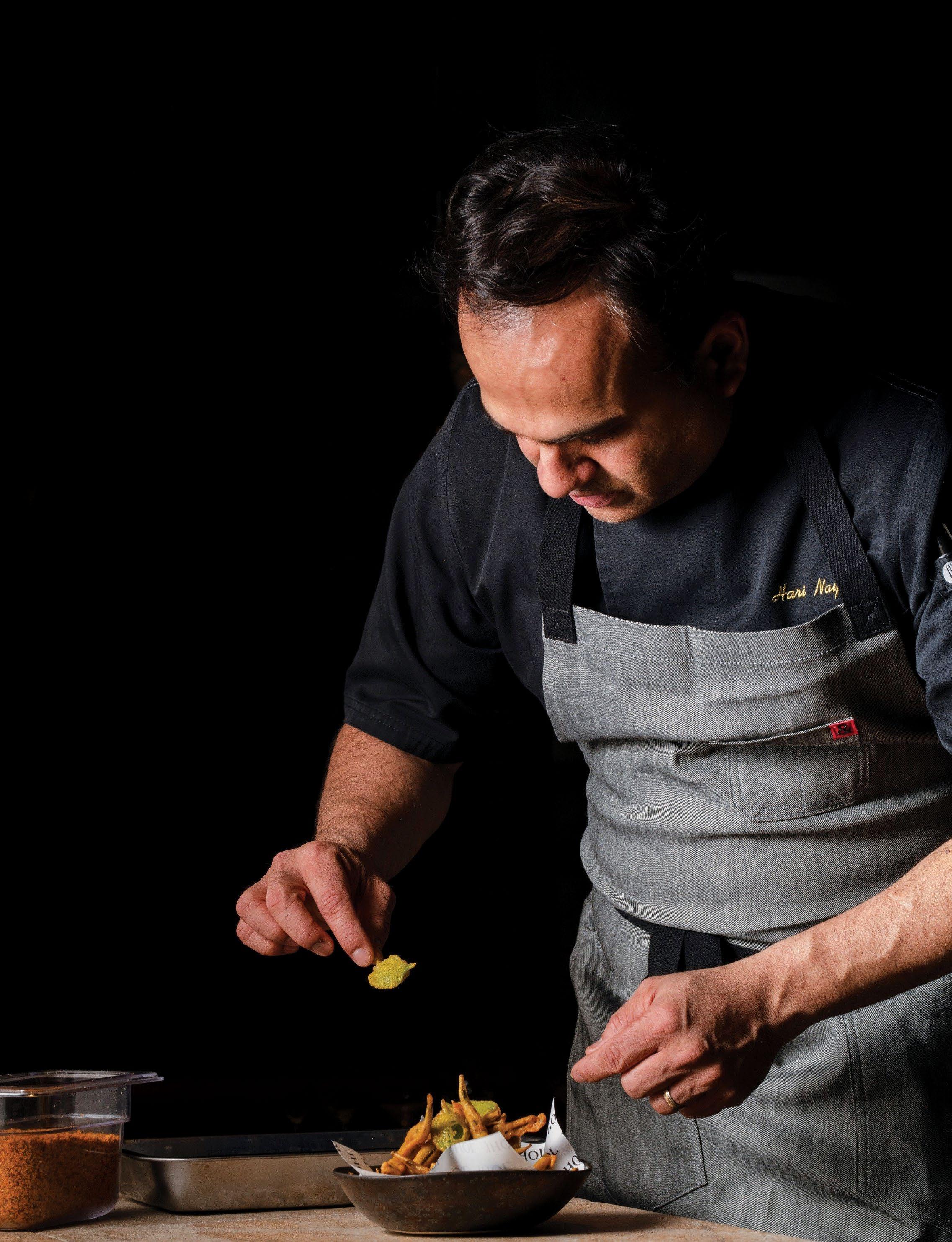
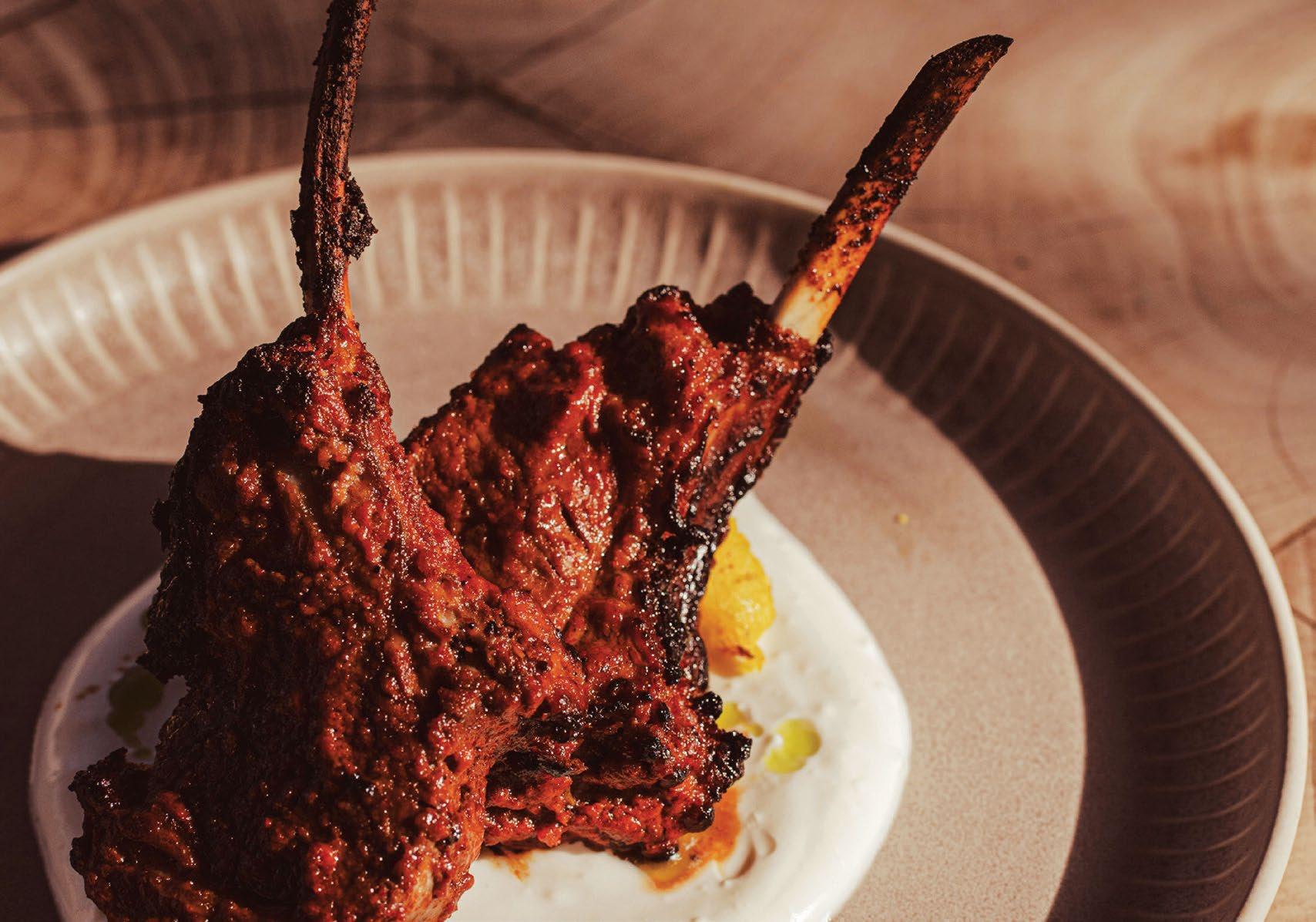
with The St. Regis Goa, the languid resort property in south Goa. The menu, inspired by the food he served at his Bangkok restaurant, was a journey into the heart of regional Indian cuisine.
For the tasting menu he served at the pop-up, Chef Nayak drew influences from across the eastern and southern coasts of India to serve a stellar menu with some inventive dishes that included jackfruit, cashews, chenna and so much more. The Cuttack Dahi Bada Alu Dum was a delicious dish of buttermilk-soaked rice dumplings and spiced potatoes, a taste and texture explosion, with the cool, tangy yoghurt exactly counteracting the heat of the aloo dum. Chena Kofta Rezala was his take on a rezala. Chena is a Bengali classic, a cheese curd made from curdled milk. Or is it Odia in origin? While the Bengalis and Odias sort that out, the Chena is fried, crunchy and served as a Rezala—an East Indian dish with roots in Mughlai cuisine. In his dish, the koftas were like elongated discs, shaped like menhirs that sit in a rich cashew curry. The Avacado Bhel, his take on the tangy street food popular across India, had puffed rice and avocado topped by a sweet-spicy blend of sweet onion jam and fiery kasundi.
LEFT: Chef Nayak has been collaborating with restaurants in luxury hotels, such as Baraabaru at Four Seasons Kuda Huraa, Maldives.
BELOW: The St. Regis Goa has partnered with independent chefs to revitalise their dining experience.
RIGHT: Pandi Curry served at The St. Regis Goa pop-up.
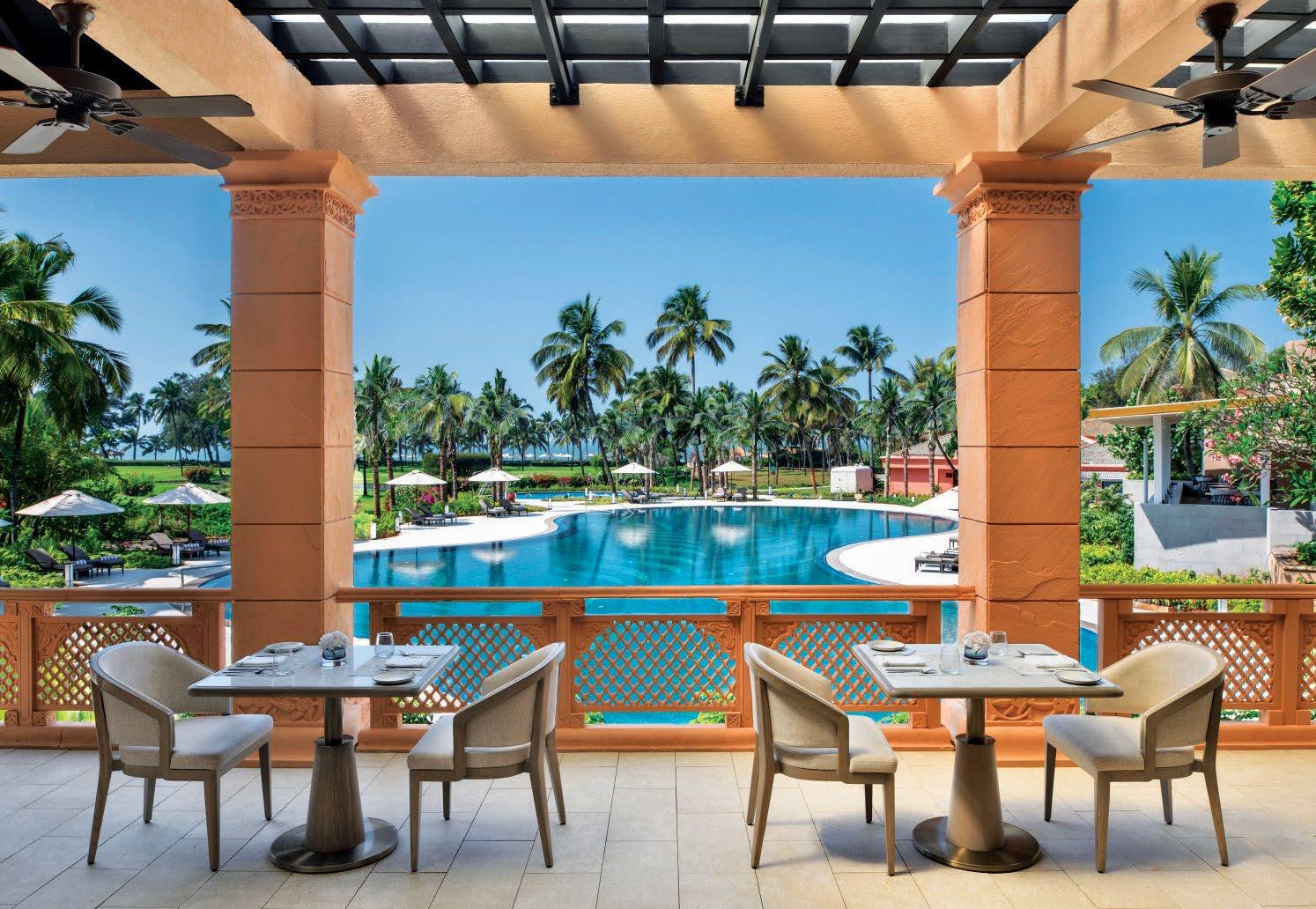
Chef Nayak has been hosting a series of such collaborations with luxury hotels in India. The concept is similar: to bring peninsular Indian cuisine from the west, east and southern coast. Much of this is also reflected in Jhol’s menu.
“Many of these heirloom dishes haven’t found their way to hotel or restaurant menus. Some of them are my interpretation of the classics,” says Chef Nayak.
Just a while ago, Chef Nayak brought a six-course tasting menu,
paired with Fratelli wines, to Taj Land’s End. Among the dishes his team cooked up: Jhal Mudi Pie Tee, Quail Egg Devil & Calicut Crab Toast, Cuttack Dahi Bara Aloo Dum (buttermilk soaked rice dumplings served with spicy potatoes), Berhampur Fried Chicken served in the restaurant’s signature hot sauce, Bhetki Patrani, Ghee Roast Eggplant, Inji Pull Pork Ribs, Ghee Roast Chicken, Coorgi Mutton Curry and Alleppey Meen Curry along with Tender Coconut

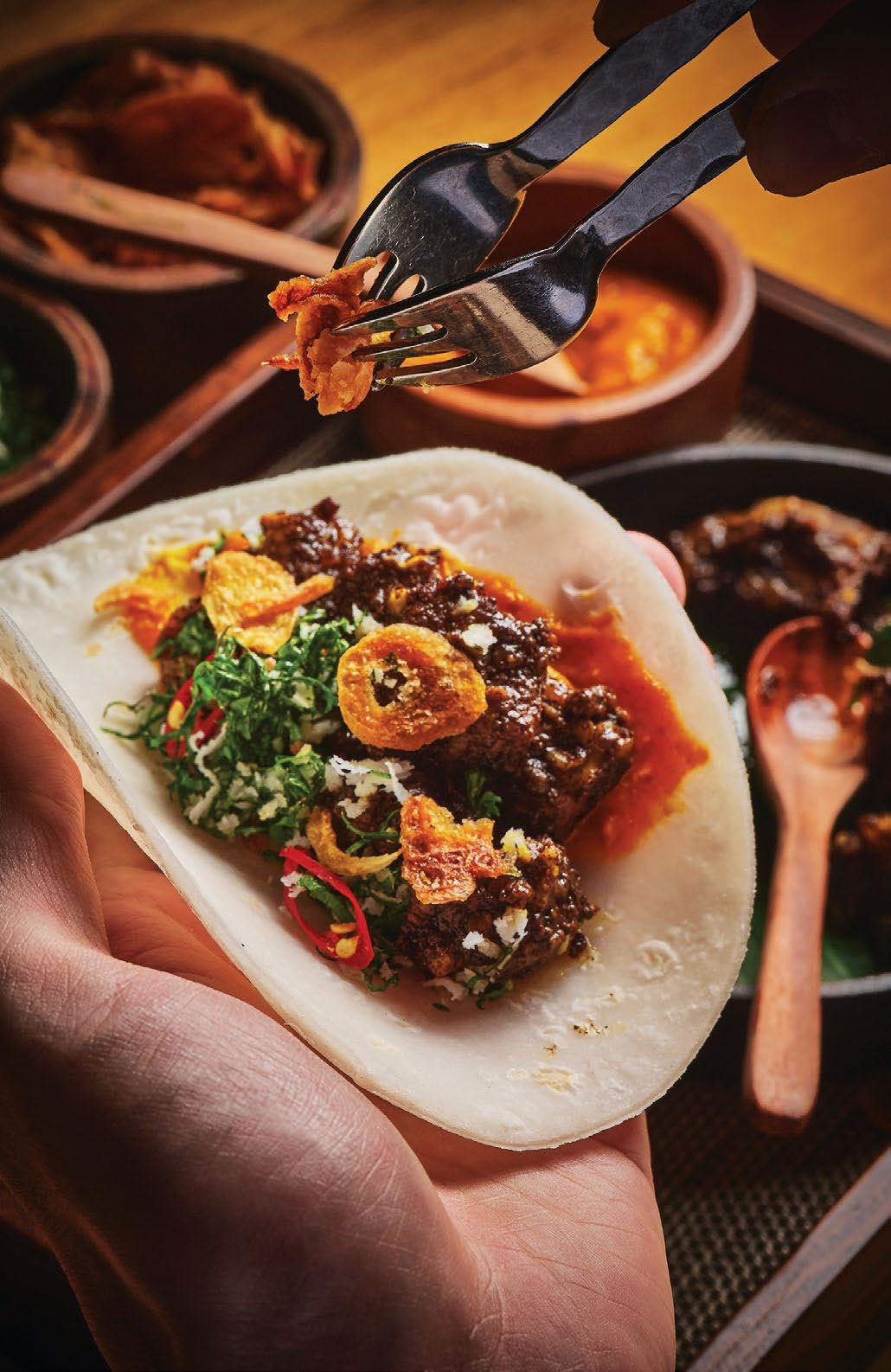
“I've noticed that more hotels are collaborating with chefs, likely due to the advantages it offers. The hotel's corporate structure makes it difficult for chefs working in hotels to function independently.”
Payasam, and Mango Sorbet and Sesame Crisp.
This wasn’t Chef Nayak’s first sojourn into luxury hotels. In 2019, he curated the menu at Alchemy at The Chancery Pavilion Hotel in Bengaluru. He was back in February 2024 to revamp the menu, adding a global flair to the food served. On the menu are all kinds of butter boards, dominated by Dabeli butter, Nolen Gur butter and Bloody Mary butter, slathered over Iyengar bakery buns, hot buns with a potato filling. Then there is pav bhaji filled into pillow crackers, made on high heat, so they pop up and make a vacuum-inside.
In April this year, Baraabaru, at Four Seasons Maldives the jewel of Maldivian dining and one of CNN Travel’s top ten ‘Maldivian Finest Tables’, was transformed into a haven of contemporary coastal Indian gastronomy under Chef Nayak’s guidance. The meals included farm-fresh Maldivian produce infused with Chef Nayak’s signature flair, all the while championing eco-friendly practices and reducing food waste.
“In Maldives, I found that people are open to experimenting with Indian cuisine that goes beyond the north Indian curries they are used to,” says Chef Nayak. “Even Indians who travel to Maldives are more open to coastal Indian cuisine and other regional dishes.”
Is this the future of dining in luxury hotels, I asked him, chefs like him who either bring pop-ups to the realm of hotel restaurants or even set up celebrity chefhelmed restaurants, much like Chef Vineet Bhatia’s restaurants in The Oberoi Mumbai and The Oberoi New Delhi?
“I've noticed that more hotels are collaborating with chefs, likely due to the advantages it offers. The hotel's corporate structure makes it difficult for chefs working in hotels to function independently,” says Chef Nayak. “For example, if someone wants to source a specific rice from Bengal, like Govindbhog rice, which is essential in dishes such as Chingri Malai curry, an independent chef can easily procure it from the market. However, in hotels, this process can be more complex. You have to go through the purchasing department, and get approvals, and by the time everything is done, the desired ingredients might not even be available. So, often you end up using what's already there.”
Hotels are starting to realise they're losing guests who may be paying a premium to stay but might leave the premises for better dining options. “If hotels can offer enough variety and quality within, there's no reason for guests to venture out. This shift has fostered changes, such as partnerships with renowned chefs, which is a fantastic opportunity.”
Hotels need to inject fresh energy into their culinary teams.
“In many established Indian hotel brands, chefs have been in their roles for 20 or 30 years. While these positions offer job security, after two decades, innovation often stalls,” says Chef Nayak. “The focus shifts to maintaining buffets and banquets, managing a large team, and little else. Hotels need to collaborate with culinary-focused leaders who can revitalise the dining experience. For instance, when a new management team takes over at a hotel, they bring in a new F&B director to revamp the culinary concept entirely.”
Interestingly, it is Indian hotel restaurants that are struggling to create an identity for themselves, a process in which they have failed barring a few, such as The Leela's Jamawar or ITC’s Bukhara.
In global cities such as New York, Singapore, or Dubai, hotel restaurants are far more vibrant, often outsourcing or hosting pop-ups. “This trend of outsourcing might be a future direction for hotels, leading to more independent chefs setting up restaurants within hotels. It's a win-win; the chef benefits from the partnership, ensuring quality, while the hotel enjoys a unique offering,” reflects Chef Nayak. Already, restaurants like Le Cirque, Megu and Paper Moon have opened their Indian iterations in hotels such as The Leela New Delhi, Chanakyapuri, and The Taj Aguada Resort & Spa, Goa.
If there is an Indian city that is up to speed with global cities when it comes to dining options or even a few radical steps ahead, Chef Nayak picks Mumbai. “If we compare dining in cities such as New York, Bangkok, Kuala Lumpur, and Mumbai, there's a noticeable energy and experimentation in all of them. However, Mumbai, in particular, has seen an incredible transformation over the past decade. A new wave of young chefs is introducing phenomenal concepts, making Mumbai a standout. While New York might have a broader array of cuisines, Mumbai is not far behind, and in some ways, it may even surpass other global cities in its culinary offerings,” believes Chef Nayak.
Chef Nayak was born and raised in Udipi, a bucolic coastal region in Karnataka. “Growing up in Udupi, I was always drawn to coastal flavours. Breakfasts included varieties of dosa and idlis, with neer dosa and idlis steamed in jackfruit leaves being my favourites. Lunches were simple vegetarian meals, and special occasions featured kori roti, ghee roast chicken, and fish fry. The vast region of peninsular India offers endless culinary exploration,” he says.
Chef Nayak shares his insights on how chefs like himself are inspiring a global reimagining of Indian cuisine and shaping the future of dining. His views will inspire young chefs, both independent and within hotels, to understand how the culinary world is swinging internationally:
How will fine dining evolve, particularly in the hotel space?
Fine dining today is not what it was five or even 10 years ago. People today don’t have the patience for long, multi-course meals that stretch over three hours. They want quicker, more relaxed experiences. Going out has become more casual and fun, yet still refined, but without the formalities. Dining shouldn’t be reserved for special occasions such as birthdays. It should be a comforting experience that you look forward to more frequently, something you can enjoy twice a month with your family.
What kind of conversations would you like to hear about Indian food, both in India and globally?
I’d like to see young chefs explore their culinary roots and culture
more deeply. When I started, I was eager to learn French cuisine, spending years working in French pastry kitchens. That experience was invaluable, but I now realise how much more there is to understand and explore about my food heritage. I believe that if young chefs focus on their traditions, they can bring those dishes to the forefront in a way that resonates globally.
You’ve spent significant time mastering French culinary techniques. How have you incorporated those into your approach to Indian cuisine?
The French techniques I’ve learned have influenced my cooking. They help refine the presentation and approach to dishes, making them more appealing to a global audience without losing the essence of Indian flavours. For
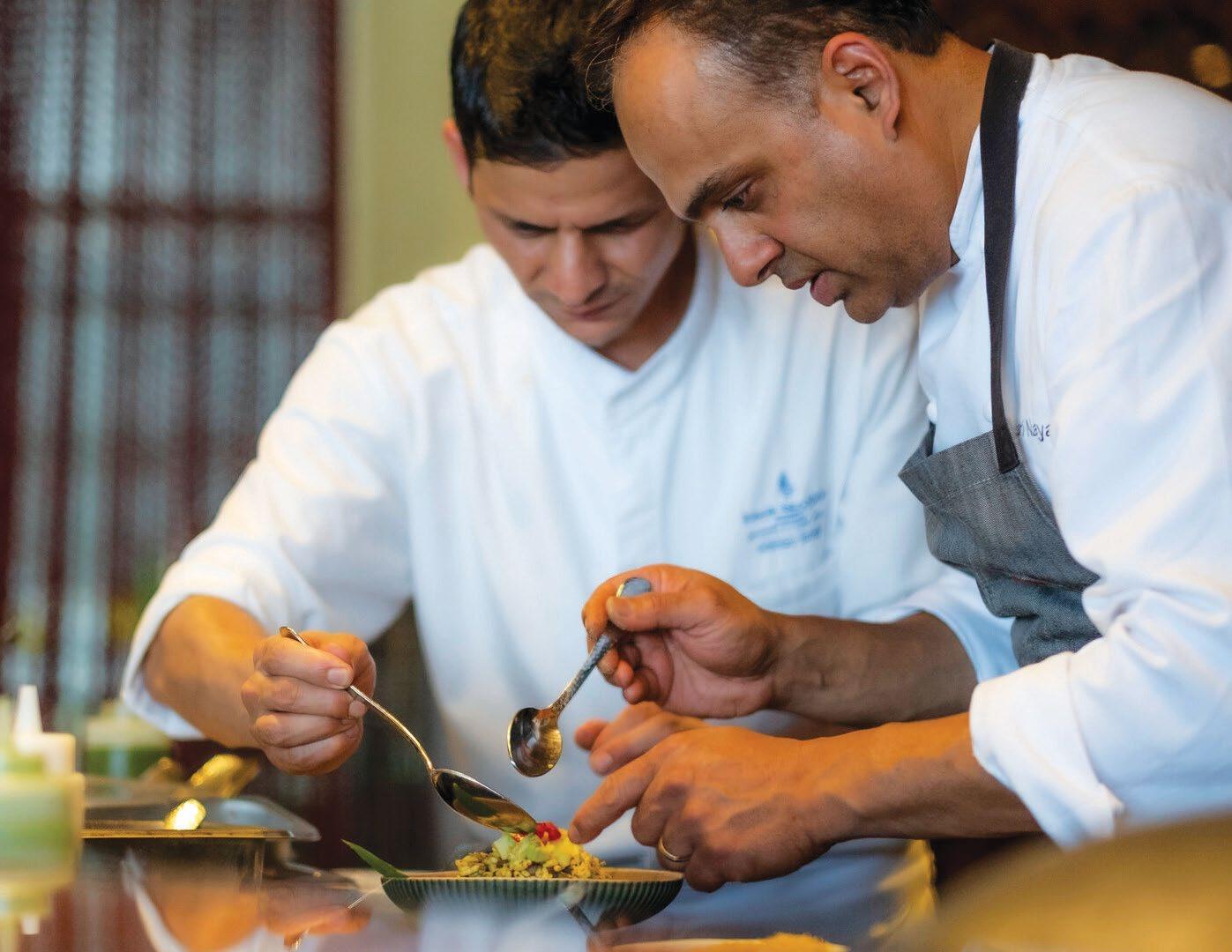

“When the opportunity arose to open a restaurant in Bangkok’s Sukhumvit area, it was the perfect chance to showcase regional Indian food from India’s coastal regions.”
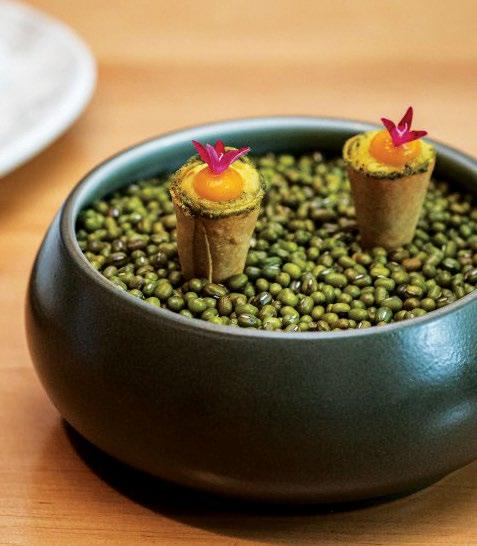
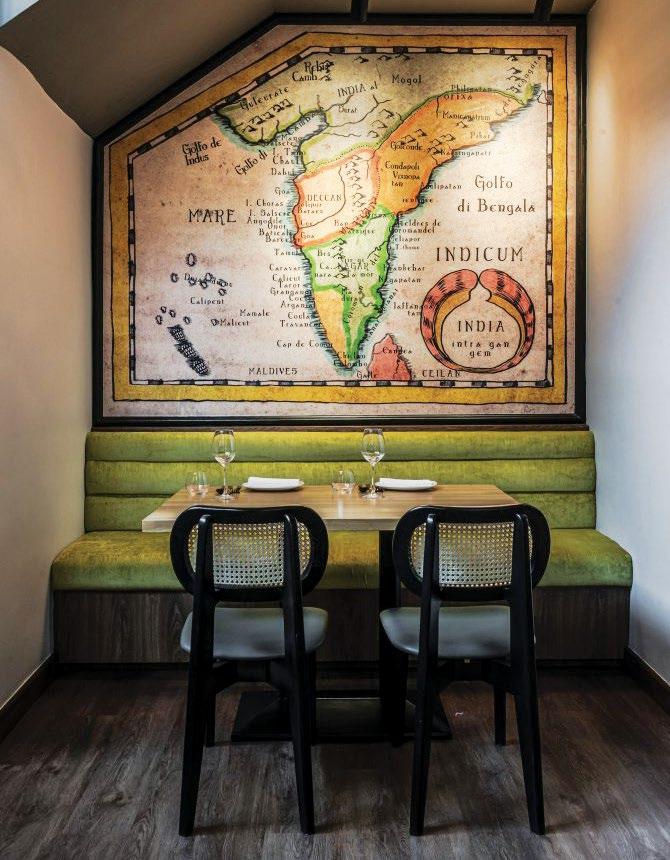
example, when serving Indian food to a Western audience, I might adapt the intensity of spices to suit their palate, like avoiding whole spices in certain dishes. It’s about finding a balance between authenticity and accessibility.
What inspired you to create the menu at Jhol, and how does it differ from traditional perceptions of Indian cuisine?
My inspiration for Jhol's menu stems from my deep love for the cuisine I grew up with in Udupi, as well as the food I have eaten that comes from the lesser-known regions of coastal India. The menu highlights the rich flavours of the Konkan and Malabar coasts on the west, along with the culinary traditions of Chettinad, Pondicherry, and the Bay of Bengal on India’s south and east coasts. Internationally, from the investor to the clientele, everyone has a certain stereotype of Indian food in their mind: There has to be a tandoor, there have to be north Indian curries, and there has to be naan. Unlike the traditional expectations of Indian cuisine internationally, Jhol deliberately excludes these elements to showcase the diversity of regional Indian cuisines. When Jhol first opened in 2001, it was among the few to introduce such a concept in Bangkok.
How has Jhol been received in Bangkok, and what are some signature dishes that have become popular?
Jhol has been well-received in Bangkok, particularly for its innovative approach to Indian cuisine that resonates with locals and Indians. I took the time to understand the Thai palate, designing a menu that includes a diverse array of coastal Indian dishes crafted with the finest local Thai ingredients. I am fascinated
by the similarities between Thai cuisine and southern Indian cuisine. When the opportunity arose to open a restaurant in Bangkok’s Sukhumvit area, it was the perfect chance to showcase regional Indian food from India’s coastal regions. Some of the signature dishes that have become staples include the Mumbai Maska Bun with Pav Bhaji Butter, Sol Kadi Ceviche, Mutton Roast, Mini Appams, stuffed chicken wings, and Cuttack-style Dahi Bara Aloo Dum.
Speaking of regional cuisine is there a particular dish or cuisine from India that you believe is still underrated and deserves more attention?
One of my favourite dishes growing up was kori roti from Mangalore. It’s a dish that even many outside of Mangalore aren’t familiar with, yet it’s incredible. I also think of simple yet unique dishes such as idlis steamed in jackfruit leaves, which we used to eat every Sunday at home. These are the kinds of underrated dishes that I enjoy showcasing to the world.
What has your experience with Goan cuisine been like, especially when comparing Catholic and Saraswat Brahmin styles?
There’s still much to learn about Indian cuisine, even as a chef. I’m still discovering new aspects of my culinary heritage. Goan cuisine, whether Catholic or Saraswat Brahmin, has rich, distinct flavours. I try to incorporate these flavours into my dishes whenever possible. For instance, we’ve attempted to recreate Goan sausages in Bangkok, but it’s never quite the same—there’s something about the local ingredients, maybe the water, which makes a difference.
Picture the scene, a whisky bar in a 5-star hotel in Goa that has the most outstanding selection of Indian single malts possible. The labels are carefully curated, representing a diversity of climatic conditions where Indian single malts are made, from the tropical climes of Goa to the hot and dry conditions of northern India, to the temperate climate of Bengaluru and Jammu, and the humidity of Maharashtra.
Now picture yourself, a beverage manager, who has every Indian single malt key account manager on speed dial, and who can be relied on to ensure the first availability of new expressions for your hotel. Through your efforts
and the support of your partners, you’ve ensured drill-perfect training for your floor staff and bartenders across the hotel, so that they can talk intelligently about the uniqueness of Indian six-row barley and the climatic conditions that turn the angel’s share into the devil’s share.
And then picture your guest, a cosmopolitan individual, who loves her/ his whisky and is intrigued by this new phenomenon they’ve been reading about called Indian single malt, a category with so much heft that the world’s leading alcobev companies have now begun their labels in the form of Godawan for Diageo and Longitude 77 for

From five-star bars to mini-bars, Indian single malt whiskies are gaining prominence in luxury hotels. This synergy between top-shelf spirit brands and premium hospitality is creating a new wave of brand building and customer engagement.
Pernod. To their delight, the hotel bar has expressions that enable them to go down this rabbit hole to their heart’s content.
I am painting a picture that is not beyond the realms of impossibility. From a customer standpoint as Radico’s Sanjeev Banga points out, “More and more Indians are now very proud of Indian single malts and demand these brands when they visit fivestar hotels”. Atul Tiwari, EAM, The Leela Palace New Delhi, mentions, “Our international guests are curious about Indian single malts, with increasing levels of brand awareness also on their part.”
The premium end of the on-trade is a critical channel for brand building especially for topshelf brands, offering customers a chance to sample before buying in retail. As Diageo’s Chief Innovation Officer Vikram Damodaran says, being present in these channels gives them a “constant opportunity of engagement with their target customer base.”
Indian hotel groups such as The Leela Palace are eager to support Indian products. Tiwari makes the generous offer of dedicating an entire page of his bar menu to Indian single malts, brand availability permitting. This is also in line with their “taking pride in highlighting the best of what India has to offer”. Ashok Chokalingam, Head of International Sales and Marketing, Amrut and Asa Abraham, Head of Digital Marketing and Public Relations, Paul John also point to Taj Hotels, Resorts & Palaces as a brand that gives due weightage to Indian single malt brands.
There are significant constraints though, with Chokalingam pointing to a lack of awareness and realisation as to how good our homemade single malts (that are sold in top-class bars and restaurants internationally) are. Abraham
also points to the old paradigm: What comes from abroad is better and hence in spirit we appreciate imports more. Top hotels and ontrade establishments, she says, ask for “steep listing fees without any volume commitments.”
Another constraint is the complex state excise laws, combined with very high entry barriers that impact the nationwide availability of brands. In some states such as Delhi it is more expensive to list an Indian single brand than it is their competition from Scotland. Massive investment that has been poured into India by the scotch whisky industry over the years, making India the single largest export market in the world. Given that multinational companies have a wide portfolio of brands that find a place in top bars, they’re able to also lock in pouring rights for their single malts.
Many Indian brands are being more aggressive in their pursuit of the five-star bar (and customer). In my experience, most companies lacked a strong on-trade sales team that could work effectively towards brand building in various forms.
That has fortunately changed. First up as hygiene factor is training. Brand ambassadors of brands such as Indri from Piccadilly and Godawan conduct training sessions for bartenders.
As Prabhakaran Hundal, Senior GM – Sales & Marketing, Piccadilly Distilleries says, training delivers a payoff as it leads to “better recommendations and customer experiences.” Tiwari re-emphasises the importance of education for all members of his F&B service team.
Brands like Godawan are emphasising building the narrative by focusing on the artistry and craftsmanship involved, taking a page or maybe even a chapter out of the scotch
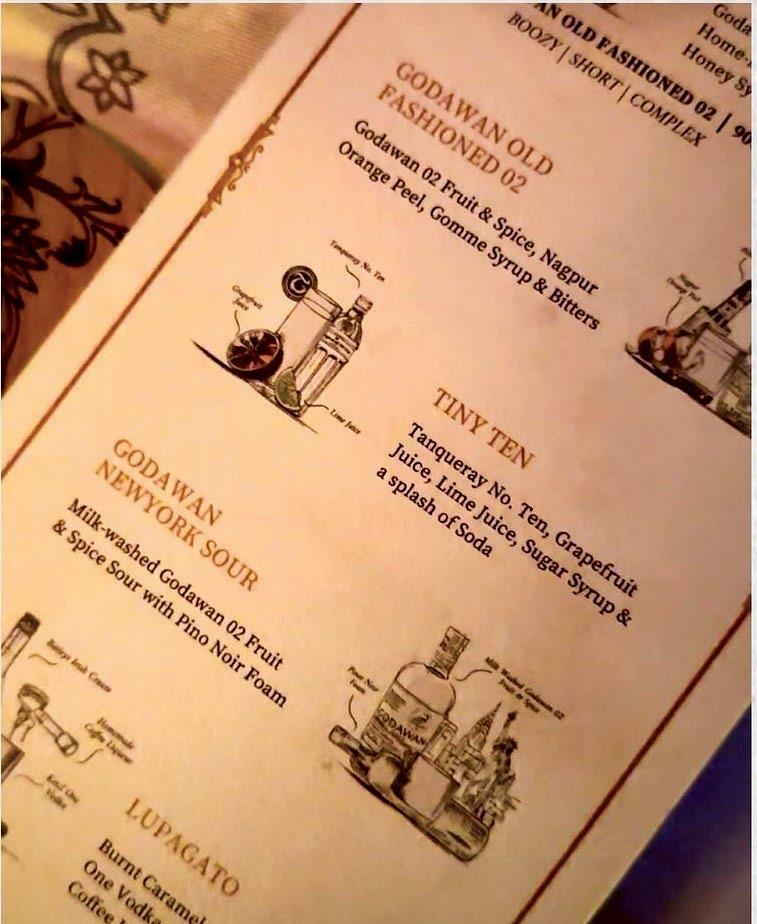


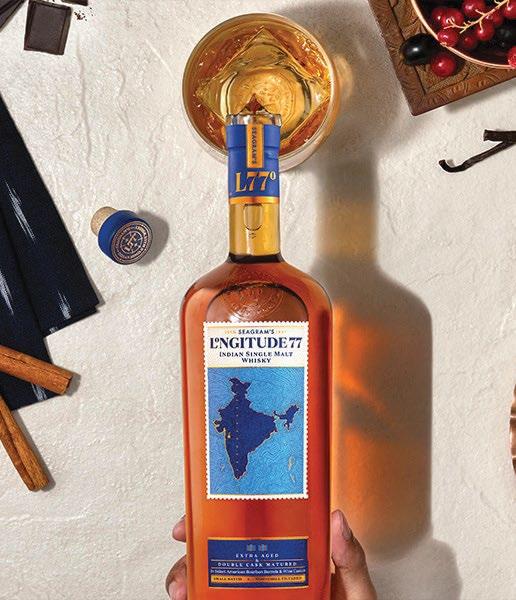

“For both sides to come closer, five-star hotels need to walk the talk by offering Indian hotels need to walk the talk by offering brands equal opportunity.”
whisky playbook. Damodaran points to partnerships with premium on-trade establishments where the focus is on “artisanal culinary processes” that play well with Godawan’s creation story.
Indri and Paul John mention hosting exclusive events and whisky dinners, but there’s still a long way to go here. Kshitij Goel, ex-beverage manager of the W Goa and Tiwari mention that they have never been approached by brands for hosting dinners or events.
For both sides to come closer, five-star hotels, especially those
that portray themselves as guardians of Indian heritage, need to walk the talk by offering Indian brands equal opportunity. They have the capital to invest in stocks and a plethora of options to showcase brands. As Tiwari points out, “The mini-bar is a big opportunity area for Indian single malt brands as we have limited availability of International single malts in minis.”
Given that distilling and warehousing capacities are increasing significantly across the board, I would expect Indian brands to start investing in building their on-trade capabilities as well as crafting unique whisky experiences in luxury hotels. This will help them in brand building with the end consumers as well as in relationship building with the hotels.
Vikram Achanta is Founder/ CEO of Tulleeho, a drinks training and consulting firm and co-founder of 30BestBarsIndia, India’s first bar ranking and awards platform.

As luxury consumers evolve, so does their interaction with brands. To stay relevant, hospitality brands must connect with the new luxury consumers through their passions—whether through F&B pop-ups with celebrity chefs, Michelin-starred dining, music concerts, or wellness events.
Having worked with luxury brands across various regions, I have witnessed the dynamic evolution of the hospitality landscape. This journey has profoundly reshaped my understanding of luxury, moving beyond glitz and glamour.
Luxury is a nuanced and often overused term, meaning different things to different people. Over time, I have come to view it less as grandiose statements and more as discovering meaningful moments in everyday life. Luxury is the time to pursue your passions, enjoying things at your own pace and space.
It is a multifaceted concept embodying exceptional quality,
exclusivity, emotional connection, heritage, innovation, and responsibility. Luxury is about creating and experiencing the best life, appreciating the artistry and ethics behind each product or experience.
It is not just about possessions and brands but the values, stories, and experiences they bring, forming emotional connections. The new paradigm of luxury is about doing what you want, when you want, without judgment. It values exclusivity, environmental and social consciousness, top-quality products and services, inclusivity, and empathy.
Any conversation around luxury must begin with its raison d’etre the consumer.
Luxury consumers are more diverse than ever, both demographically and psychographically. With a mix of millennials and the rising Gen Z population, these younger consumers can be termed HENRYs (High Earners Not Rich Yet), earning well but not yet wealthy. They drive the growth in luxury markets, including luxury hospitality, seeking exclusive experiences and unprecedented access over mere status symbols.
To stay relevant, brands must connect with these consumers through their passions—whether through F&B pop-ups with celebrity chefs, Michelin-starred dining, music concerts, or wellness events. For instance, Chef Massimo Bottura’s first pop-up at The Leela, New Delhi, in collaboration with Culinary Culture, sold out within hours of its announcement despite its high price point, proving that consumers are willing to pay for relevant and exclusive experiences.
As the luxury consumer evolves, so does their interaction with brands. Consumers today are digitally savvy, requiring brands to adapt by crafting meaningful experiences and communicating effectively through video content, storytelling, and social media. The channel, timing, and placement of the communication are crucial for resonating with this audience.
Here are a few touchpoints of luxury, which I put forward backed by my experience, and how hospitality brands can adapt them.
At its core, luxury is about exceptional quality and impeccable craftsmanship. Each piece—
bespoke clothing, a high-end timepiece, a limited-edition handbag, or an exclusive dining experience—reflects the dedication, skill and passion of its creators.
In hospitality, this principle is the same. Every chandelier, carpet, and artefact is meticulously chosen or crafted, and every service and experience is thoughtfully orchestrated to deliver an exquisite and memorable ambience.
The most special property tours often highlight the stories
of craftsmanship and art. The importance of a well-crafted 'scripted' property tour cannot be understated. I have often enjoyed creating these storytelling experiences around property tours.
Luxury is synonymous with exclusivity. It is about possessing something rare and unique, often derived from limited production, bespoke options, or
“With a mix of millennials and the rising Gen Z population, these younger consumers can be termed HENRYs (High Earners Not Rich Yet), earning well but not yet wealthy. They drive the growth in luxury hospitality, seeking exclusive experiences and unprecedented access over mere status symbols.”



rare materials. This exclusivity appeals to our desire for individuality and distinction. In the age of hyperpersonalisation, understanding guest needs and also their trip persona is crucial. A five-minute delay in serving coffee might be acceptable on a family vacation but is a service shortfall on a business trip. Luxury brands are elevating service with personalised butler services.
At The Leela, we re-imagined the butler service as Palace Services, providing personalised attention across nine touchpoints. The butler became the single point of contact or an experience curator throughout the guest's stay. This service has been well-received and sets us apart from other luxury brands.
One of the biggest challenges for luxury brands is creating exclusive experiences or casting a distinctive lens of your brand on the destination. How do we make guests feel that an experience is crafted just for them? The Mountain Gorilla experience in Rwanda is an excellent example, where each group feels their experience is unique, justifying a premium price. Despite repeated visits, such experiences continue to feel exclusive each time.
A recent thought-provoking article on differentiation versus distinctiveness highlighted that while all brands must differentiate to stay relevant, luxury brands must own distinctiveness. Luxury creates extreme, often perceived, value that stems more from the intangible than the tangible.
Our industry thrives on people, experiences and connections, which are deeply intertwined with emotions. People come with emotions. It is the tug at your
heart, the lump in your throat, and the goosebumps when reliving a memory that makes it all worthwhile.
Luxury transcends physical products to evoke powerful feelings—walking into a beautifully designed hotel, receiving a personalised welcome, and experiencing thoughtful service combined with aesthetics.
Great luxury brands create emotional connections, offering memorable experiences that resonate personally with the consumer. It is about access to exclusive, transformational experiences. An example is #PoloInThePinkCity, which we created at The Leela with the erstwhile royal family of Jaipur and the Rajasthan Polo Club. This event merges the rich history of polo with The Leela's celebration of India's traditions, art, cuisine, and culture. The annual Leela Maharaja Sawai Man Singh Polo Cup offers insider access to timeless traditions, enhancing the brand's luxury appeal.
The event's success stems from its authentic connection to royalty and the credibility this association brings. Such collaborations elevate the guest experience, strengthen brand positioning, and create memorable narratives. Discerning travellers seek transformative, authentic experiences. Alliances with credible partners build trust and authenticity.
For luxury consumers, the uniqueness and exclusivity of an experience make it priceless. The desire for transformative experiences, fuelled by the YOLO effect, drives demand for the best, creating FOMO and the reasons for it to be spoken about in elite circles.
For brands, curating these experiences requires authenticity and credibility. Rather than aspiring to be something else, it is crucial to stay true to the brand's identity and heritage.
“For luxury consumers, the uniqueness and exclusivity of an experience make it priceless. The desire for transformative experiences, fuelled by the YOLO effect, drives demand for the best, creating FOMO and the reasons for it to
be spoken about in elite circles.”
An intriguing aspect of luxury is its ability to balance heritage and innovation. Brands honour rich traditions while embracing cuttingedge technology and design, crafting dynamic narratives that stay timeless and relevant.
Effective luxury marketing relies on compelling brand storytelling that inspires emotions, captures heritage, and fosters enduring connections with consumers. Authenticity, credibility, and a deep connection to a brand's ethos and legacy are essential in crafting interesting narratives that resonate. Think Chanel, Rolex, and Louis Vuitton.
When we created Tishya by The Leela, it wasn’t just about a signature fragrance. It was also about the story behind its creation. Tishya has become integral to The Leela's identity, rooted in its heritage and history. This sensory branding approach includes music, fragrance, cuisine, florals, and design, enriching the brand narrative and making it compelling and authentic.
The understanding of luxury has always been contextual and evolved. Today it focuses on authentic, personalised experiences that connect with
communities. Travellers seek meaningful connections with destinations, aiming for impact on local places and people.
Luxury consumers travel with purpose, interested not just in experiencing destinations but also in their social and environmental impact. Postpandemic, people desire purpose, connection, and opportunities for supporting local economies. Guests seek connections with their surroundings and experiences that allow them to be part of the social milieu.
Conversations around luxury now emphasise ethical sourcing, inclusivity, and sustainability, reflecting a broader sense of responsibility. Luxury means owning high-quality products that respect nature and human dignity, driving positive change.
The collaboration between The Leela and Phool, transforming hotel flowers into incense sticks, exemplifies sustainability integrated into the brand ethos, setting a unique brand experience and differentiating strategy. By delivering meaningful value, enabling individual expression, and embodying purpose, luxury brands can meet the evolving expectations of modern consumers and thrive in a dynamic market.
Anjali Mehra is a seasoned hospitality brand marketing and communications professional and former Vice President – Marketing of The Leela Palaces, Hotels and Resorts.
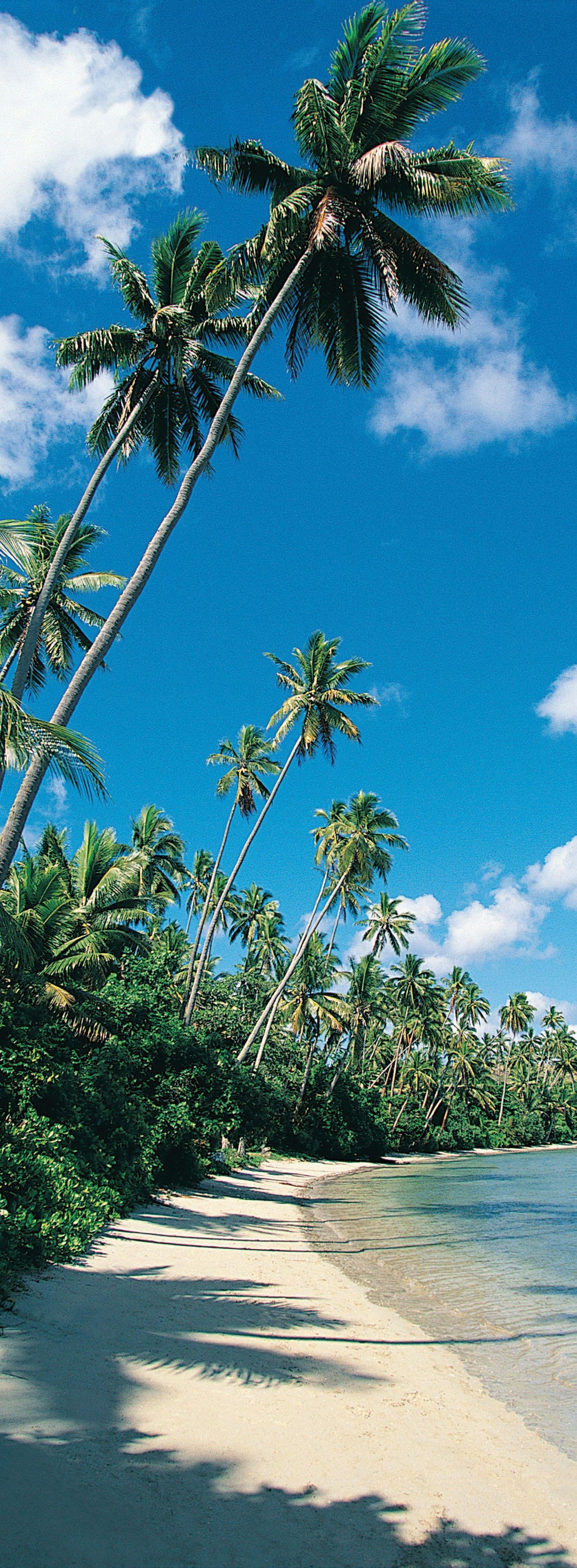
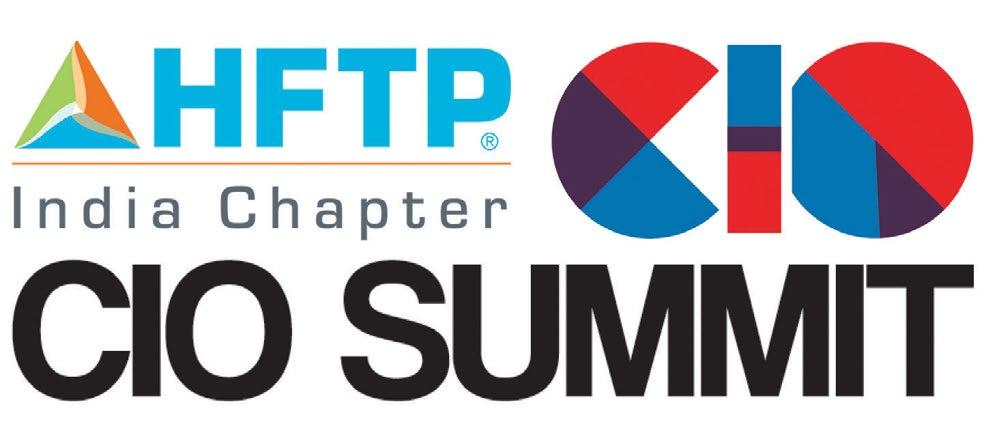
The HFTP India CIO Summit brings together technology leaders, industry experts, industry experts, and innovators to discuss the latest trends, challenges, and opportunities in hospitality technology.
14-16 October 2024 at Taj Cidade de Goa
BY DEEPALI NANDWANI
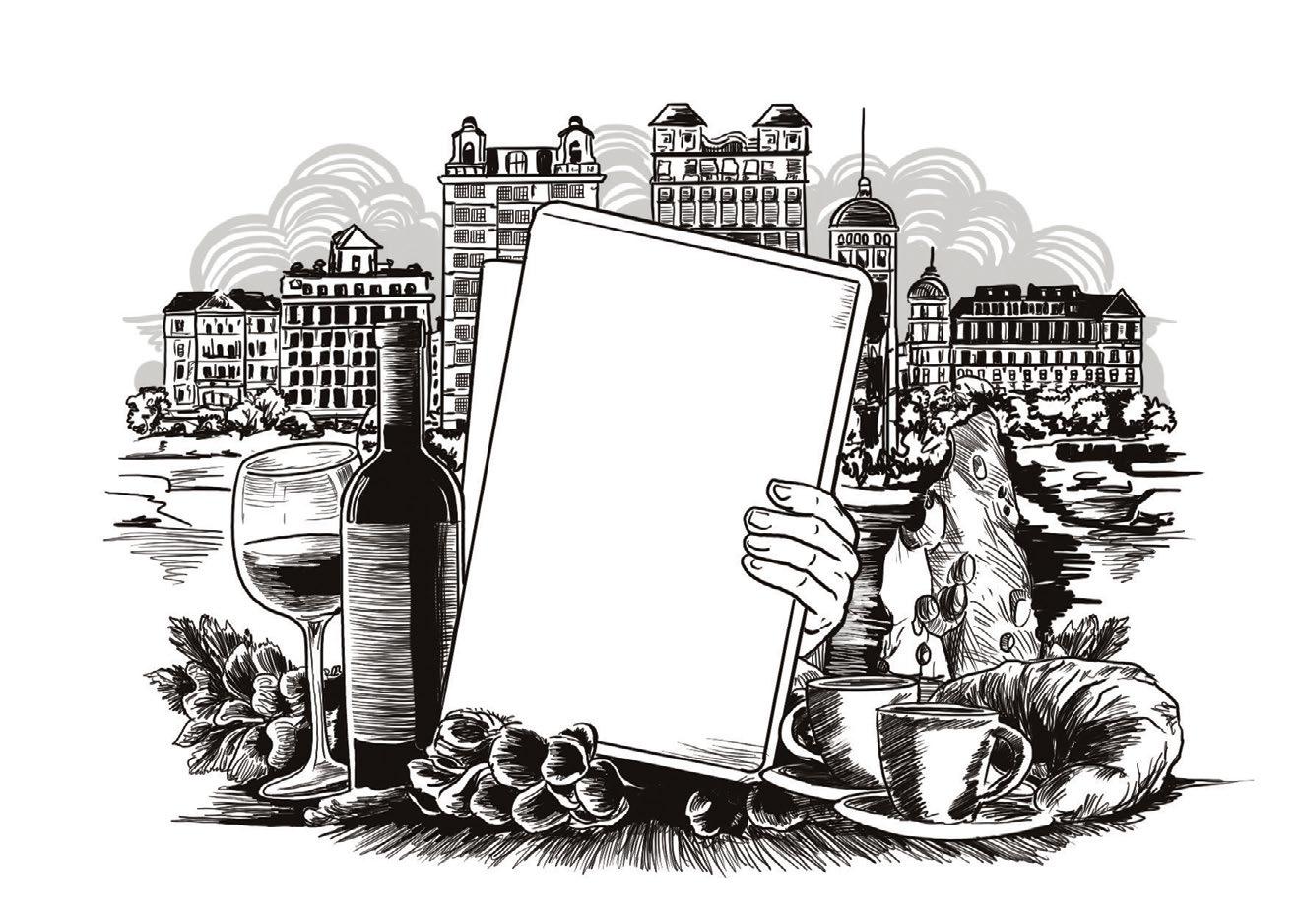
Travel can be challenging for neurodivergent individuals due to sensory overload and unpredictable situations. A 2022 survey by the International Board of Credentialing and Continuing Education Standards (IBCCES) found that 78% of families with autistic members hesitate to travel, but 94% would if options were available. In response, the modern travel industry has become more inclusive, offering sensory rooms, trained staff, and autismfriendly accommodations. Many airports in the US and Europe provide calm spaces designed to thwart overstimulation and trained staff to deal with those suffering from forms of autism. Hotels, too, have created spaces for neurodivergent guests. Nearly 40 properties under the Hilton Hotels & Resorts umbrella across Europe and the US participate in the Hidden Disabilities Sunflower program, and the company is actively adding more throughout the year.
The World Architecture Festival is a global tour de force, featuring and awarding the best of modern architectural wonders. Among the contenders this year are two travel and aviation-related projects—Terminal 2 at Singapore’s Changi Airport, and Atlantis the Royal Resort in Dubai. BOIFFILS Architectures redesigned Singapore's airport terminal into a serene gateway reflecting the 'Garden City'. It aims to ease travel stress through a multi-sensory journey across an indoor landscape of minerals, water, and lush greenery. Dubai's Atlantis The Royal maximises views of the Gulf and Dubai skyline; it also boasts private pools and shaded gardens. The iconic sky bridge connects terraces, creating a lush oasis of pools, lounges, and cabanas.
And now for the heritage and history segment I'm obsessed with. Did you know that the world's oldest hotel is nestled near Mount Fuji in Japan? It's called Nishiyama Onsen Keiunkan, a ryokan that's been welcoming guests since 705 AD— over 1300 years of history. This family-run gem has passed through 52 generations, offering a testament to its enduring legacy. Famous for its healing hot springs and tranquil atmosphere, it provides a unique blend of traditional Japanese and modern comforts, immersing you in Japanese culture and hospitality.
Chuck your ciggie!
When Vikram Cotah, CEO, GRT Hotels & Resorts declared that the hotel group would, from hereon, be a complete non-smoking zone, including its public areas, some feared it would hurt business. However, the policy aligns with their guest-centric and eco-conscious approach. The policy protects guests from health risks, enhances their experience, and supports sustainability. It also reduces cleaning costs and fire risks, and attracts a wider clientele. Guests who smoke are directed to the designated outdoor areas, ensuring a smoke-free environment. “Environmentally, it reduces cigarette litter and minimises damage to hotel interiors, supporting sustainability.” Economically, it cuts down cleaning costs, reduces fire risks, and attracts a broader clientele, boosting occupancy and revenue.
When asked what happens if a guest desperately wants to smoke, Cotah responded, “In some resorts, we have used bamboo screens to cover the designated smoking zones since the plant negates cigarette smoke. If they specifically want a smoking room, we suggest another hotel!” Cotah’s unapologetic conviction sets him apart as the bold new face of India’s hotel scene.

PRESENTED BY

